Photo report: “Venezuela: The Lost World”.
March 2013
Days spent: 19
The route went througth Venezuela. Expedition numbered 6 persons.
So, we continue traveling along the routes inspired by children’s writers. This time we are tempted by “The Lost World” by Sir Arthur Conan Doyle and mysterious Mount Roraima.
After a long flight we finally arrived to the airport of the city of Caracas. We don’t have any time for getting to know the city, so we immediately go to the Caribbean seaside, Sombrero Island, where we hope to relax and take a rest before long trip to the south of the country through Gran Sabana and Canaima National Park.
We stay overnight in a nice lodge by the Caribbean seaside.
So, on a small boat we head towards Sombrero Island, lost within the vast expanse of Morrocoy National Park.
This tiny island, less than one and a half kilometres long and 400 meters wide attracts tourists by its sandy beaches, pristine nature and stunningly beautiful clear sky-blue water.
And that is what we need today. All the more so, we will spend the entire next day on the road.
The Orinoco River is the third longest river in the South America. It spreads at 2150 km from its source along the Brazilian border to the wide estuary of the size of Belgium, on the north-eastern coast of Venezuela.
On the motor boat we make our way through one of the broad channels inward the Orinoco estuary to our main camp, situated in a picturesque lodge.
At our request the lodge hostess has ordered some fresh fish from local fishermen. And we should admit that some species are of considerable dimensions. Thus, today we will have a great dinner.
After a brief insight from our guide we go for the first encounter with the wildlife of the Orinoco river estuary. We head deep in selva through plant filled channels, enjoying its beauty.
Here grow Moriche palm trees, straight and slim bodies of which can be up to thirty meters high
One can spot Howler monkeys in their shadowy branches
Not far off a lone toucan, one of the symbols of local selva, hides in foliage
And below, in mangroves – there is an ambassador of prehistoric age – graceful hoatzin. We didn’t expect to meet it at all.
Further we head towards one of the villages of aboriginal inhabitants of Orinoco estuary – Warao people, lost in river arms. They live in houses built on piles right near the river
The entire life of these people is spent on the river and fully depends on it: it’s their water, their food and their travel means
It is evening already and we have to go back to the lodge, where there is a perfect fish dinner waiting for us, and where we will be able to share emotions over the glass of wine.
The new day has come and we go further deep inside selva. The river arms become even more tight, and scrubs – more thick.
Finally we find the place where we can moor. It’s ebb time. Water leaves and the ground crops out. We got the opportunity to wander around thick selva for several hours.
Our guide decided to chop down one of the young palm trees in order to treat us with its heart – local delicacy of which Indians cook very tasty salad.
Further we head towards another part of the estuary, where, in one of the backwaters we will try to catch some piranhas. We hope to get lucky… In the meantime we are going to enjoy the beauty of Orinoco estuary wild life for a little more.
Fishing was successful. We definitely will be able to cook a dinner. And roasted piranha is a delicacy!
It is time to say goodbye to this kingdom of pristine wild nature, scrubs of Mauritia palms and mangroves, inhabited by the flocks of red American ibises, where Howler monkeys loudly concertize at sunset and at dawn. And we have to go. Tomorrow the new stage of our expedition will take off from the city of Puerto Ordaz. Five-day safari on jeeps over Gran Sabana to the mysterious Roraima.
Puerto Ordaz is situated at the confluence of the Caroni and Orinoco Rivers. We were told that there are beautiful waterfalls there and we go on a motor boat downstream in order to see them
So, we begin our five-day safari on jeeps. We will drive over Gran Sabana to the mysterious Mount Roraima.
The first stop is near the Chinak Meru falls. And we go for a three-hour walk to the bottom of the waterfall
.
We greet the morning away from civilization in one of the picturesque places of Gran Sabana. River, waterfall, gorge – this is everything we need for active leisure.
Our guide Ivan suggested us to spend the next two days at the waterfalls with extreme elements, and of course we’ve agreed…
In conclusion, we decided to go down one of Gran Sabana caves and meet its inhabitants
Feeling great, we finally made it to the main camp, from which tomorrow in the morning we will fly on helicopter over Roraima and land on its top
We’ve got lucky! There’s not a cloud over Roraima and we go on helicopter to its top.
Mount Roraima is the highest of the Pakaraima chain and is one of the oldest geological formations on Earth. It is about two billion years old. Top of Roraima – is a plateau with the area of about 34 sq. km, securely surrounded by four-meter high cliffs
Today we are going to see Roraima for the first time. Five-hour tracking over mountainous plateau through bizarre rock formations created by nature lies ahead
There are lots of unique plants growing at Roraima, among which there are quite a lot of endemics
And at the end we will go down an ancient cave, which was first discovered only in 2006
Weather is treacherous in the mountains, and Roraima is no different. There will be fog in the morning, but we hope to get picked up by the helicopter today. Meanwhile – yet another trip over mysterious Roraima…
The sun showed up just in time, we made it to a stream with some natural baths formed in it – so we decided to take a dip. Temperature of water is 18-20 degrees
Finally, we decided to climb the highest point of Roraima – Maverick Rock, in order to see the sunset.
The weather definitely turned bad and we can only rely on our pilot’s competence. We have no desire to take farewell of Roraima, and with sad heart we leave this “Lost World”, hoping, that someday we will return.
Today, on two planes we go into the depths of Canaima National Park in order to see one more unique place of Venezuela – Angel Falls – world’s highest waterfall. It is 979 m high. It was named after the aviator Jimmie Angel, who flew over it in 1933.
After starting off the airport in Santa Elena, we asked our pilot Jimmie Jimenes to fly as close as it’s possible to the waterfall, since we were filming a video about Venezuela and these shots were very important for us
Back then we had no idea that he would present us the unique extreme flight we will remember for the rest of our lives.
Canaima – is a small village in the centre of its namesake National Park. It is a beautiful place
All expeditions to the Angel Falls and surrounding table mountains called Tepui start from here. We also decided to go on a boat and enjoy the beauty of local nature, declared to be the UNESCO World Heritage site.
Our expedition is over. We say goodbye to Venezuela and its unique nature and leave, hoping to come back here someday.




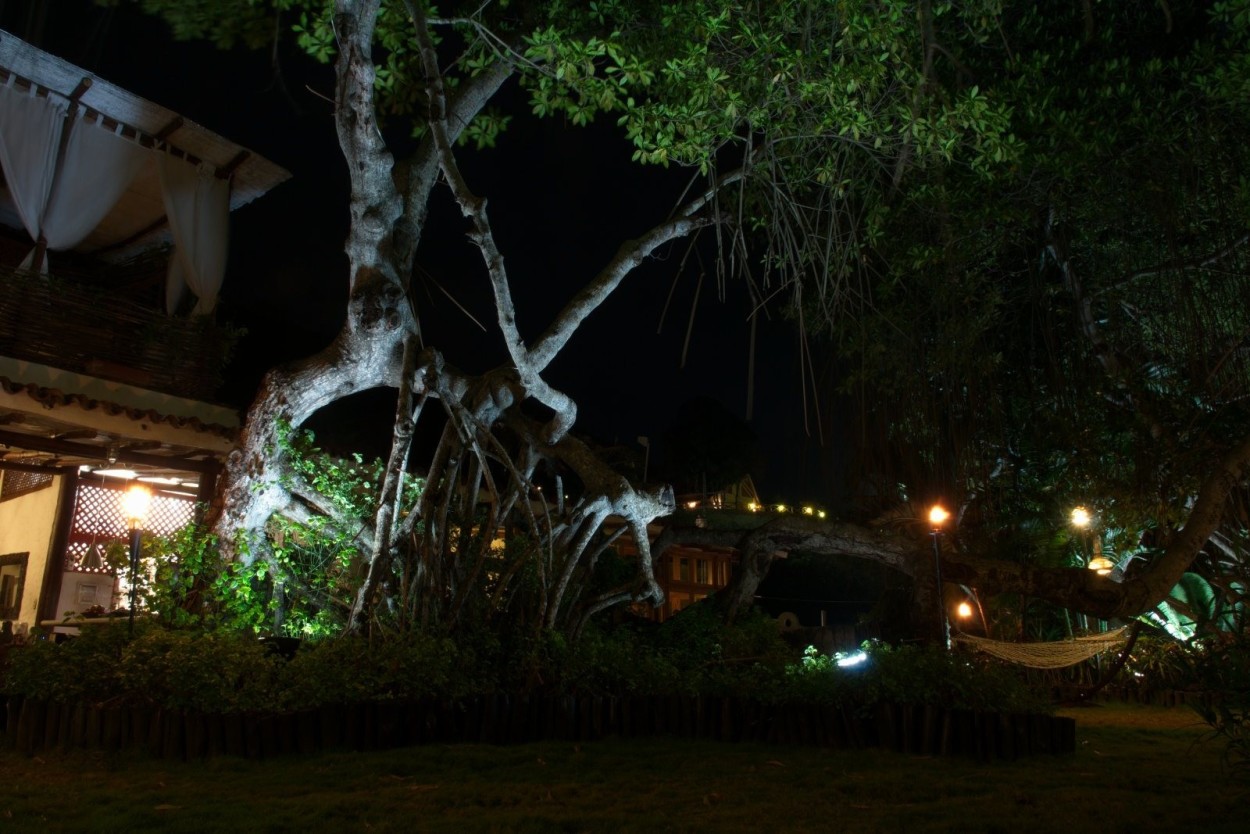
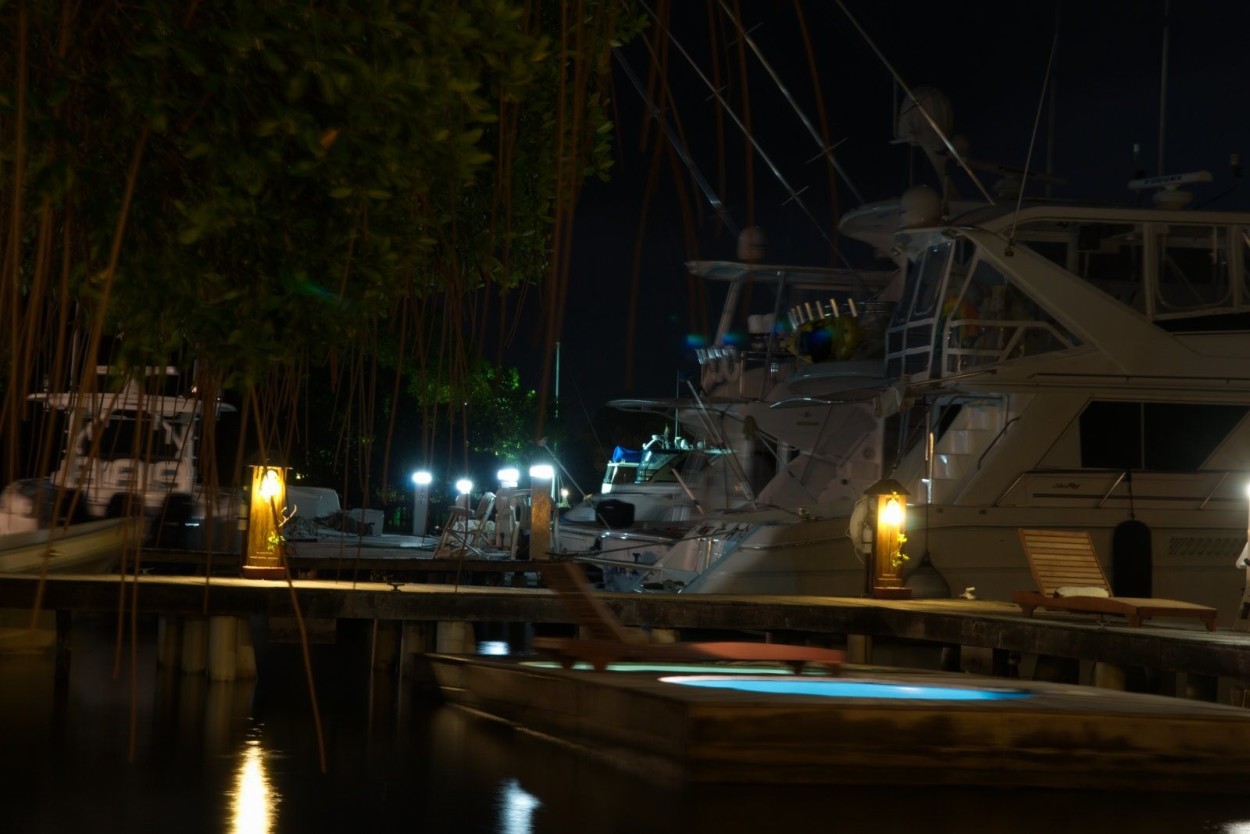
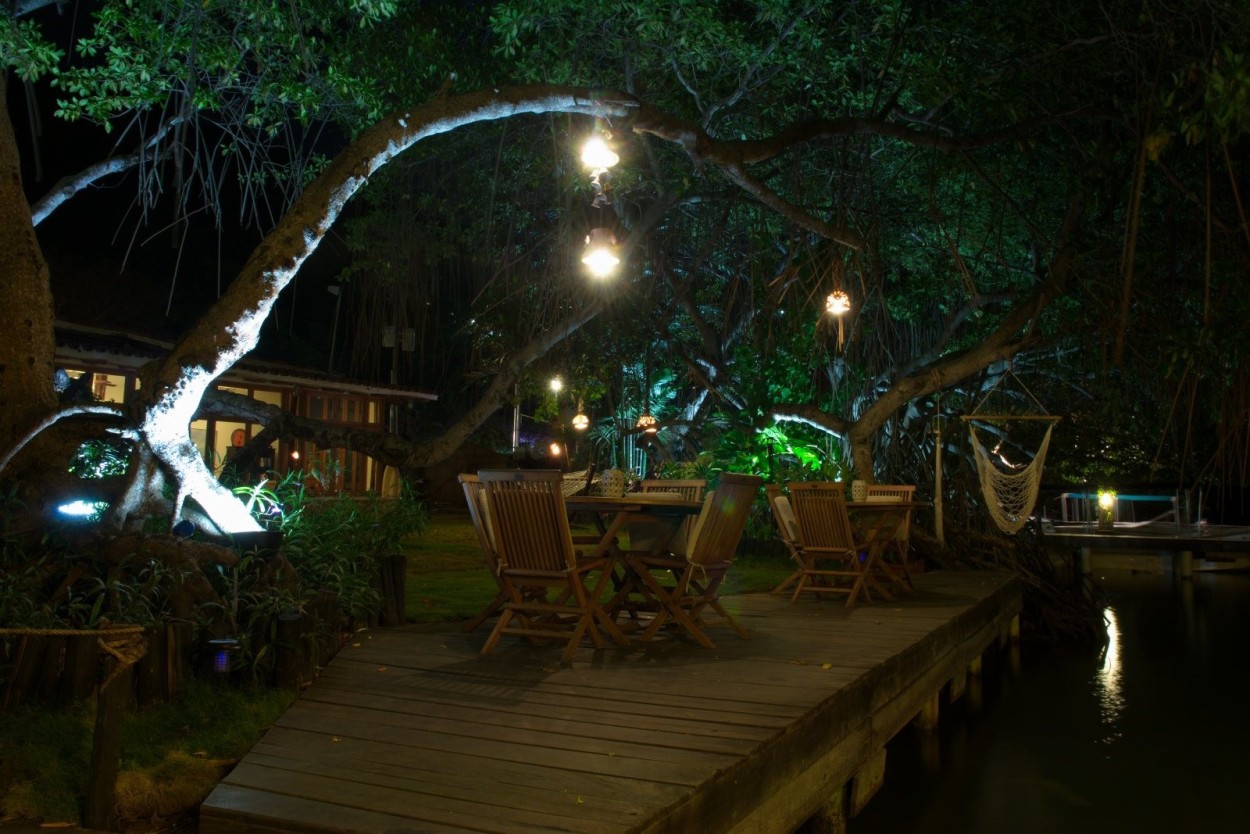
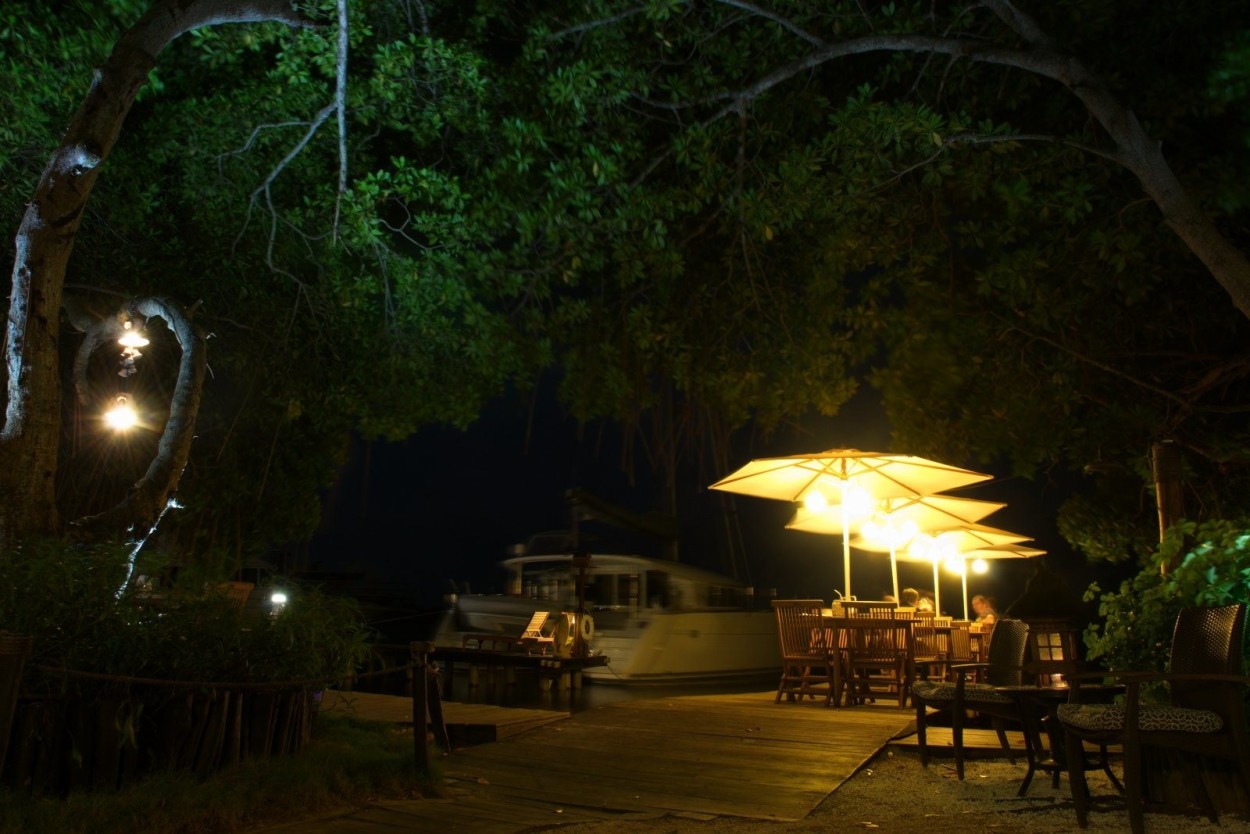
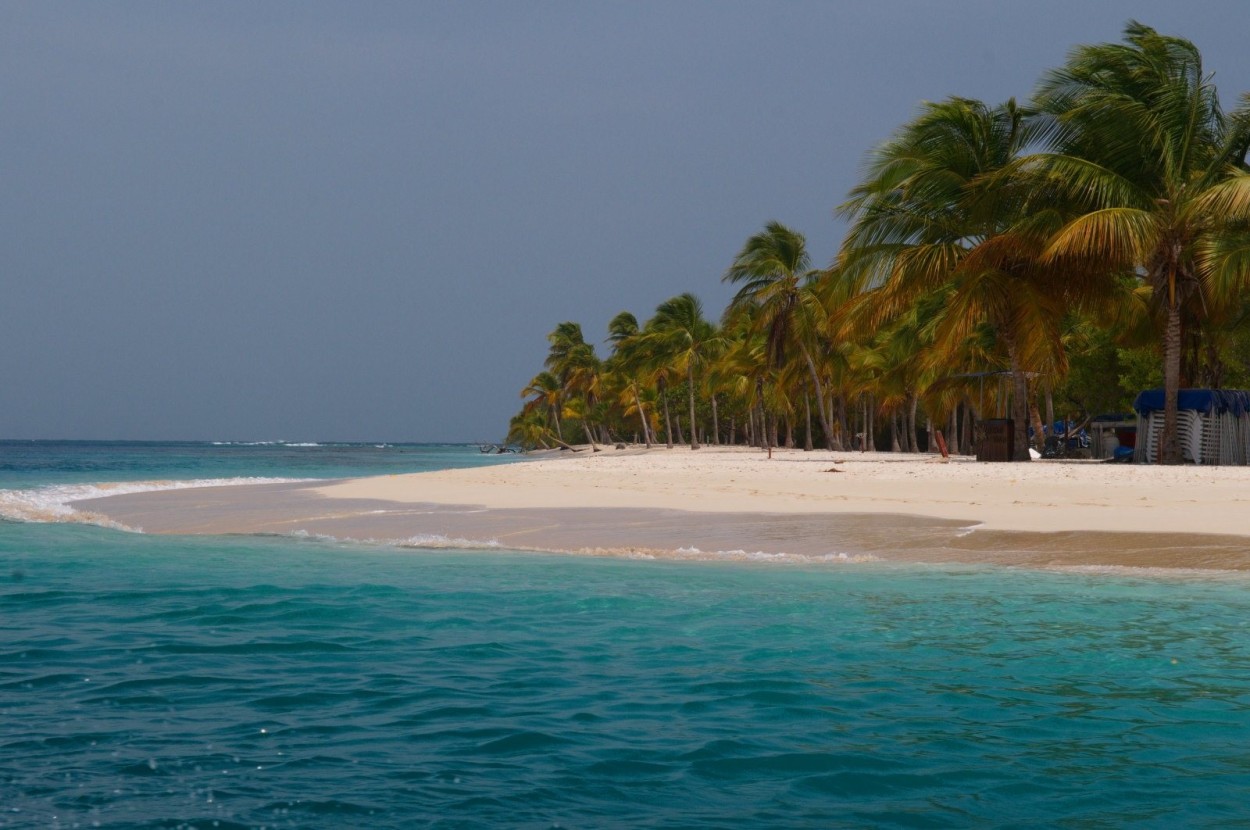
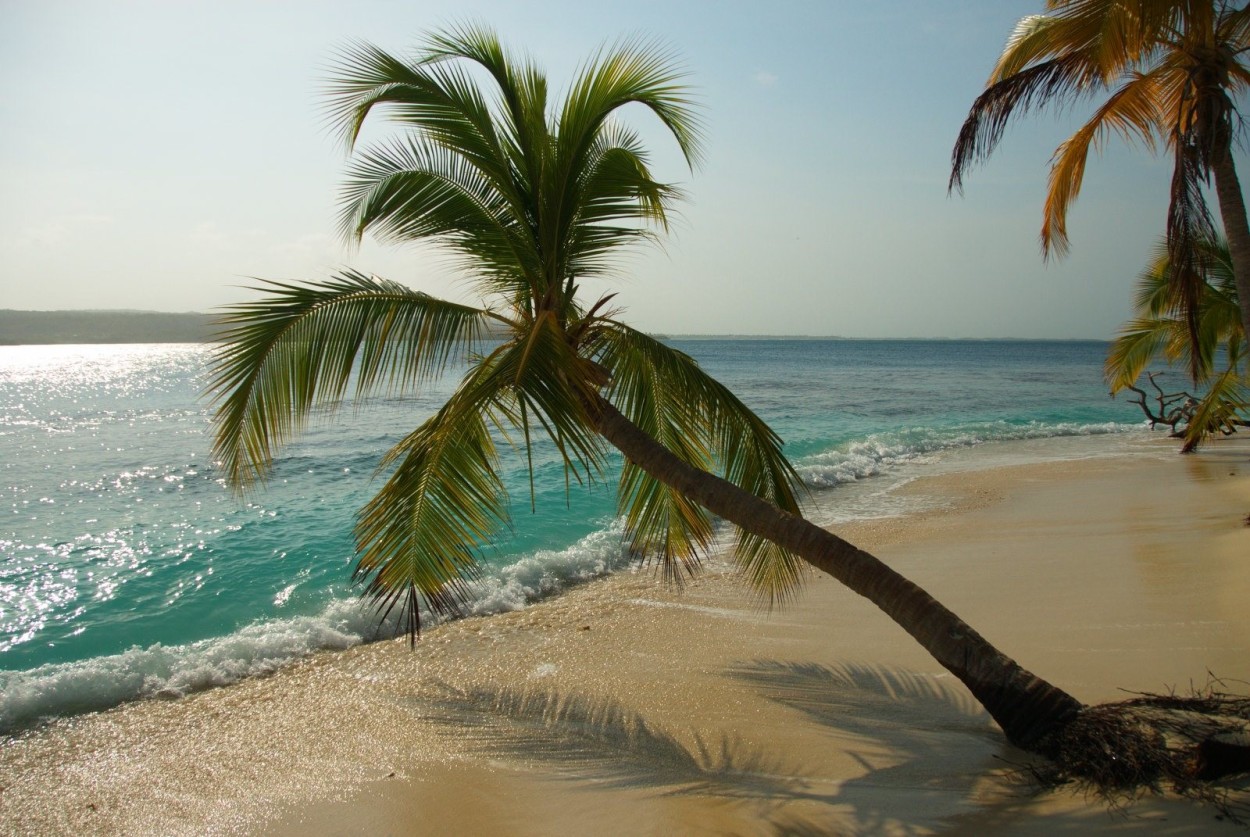
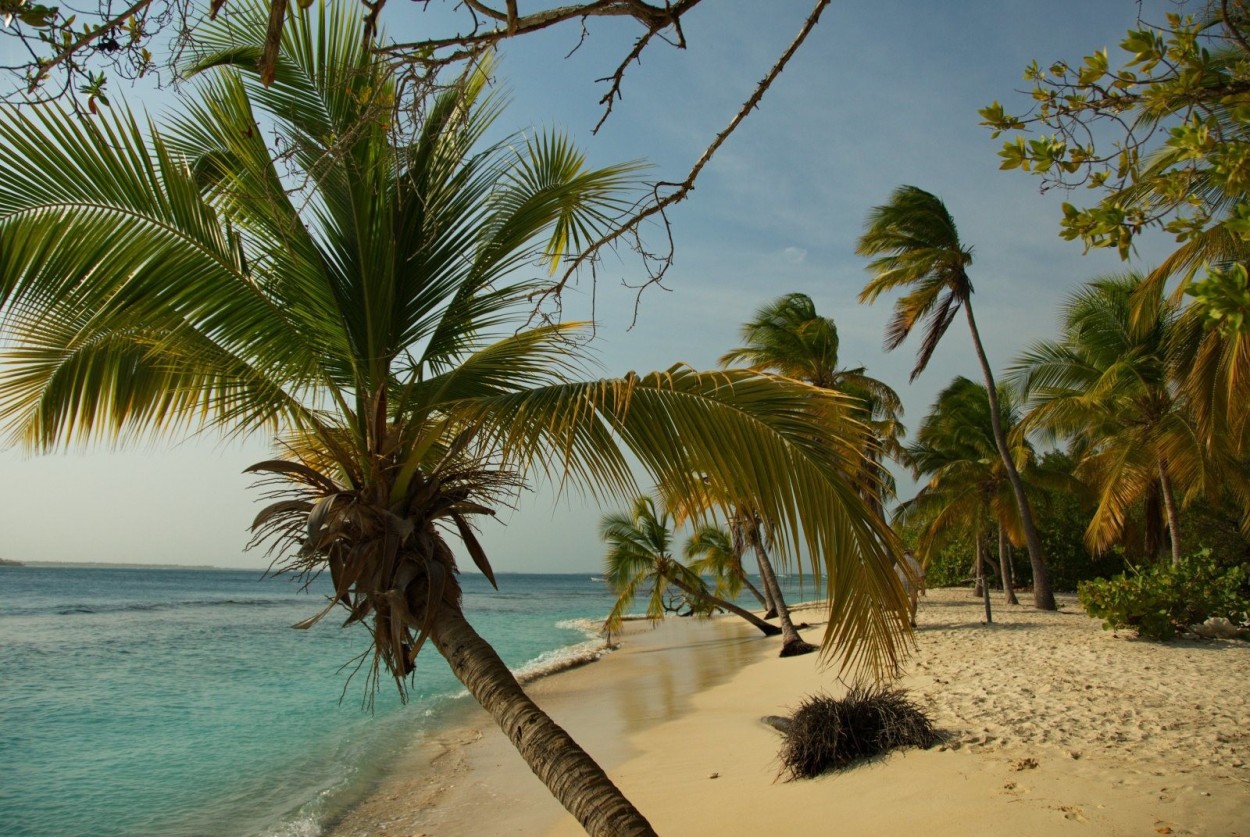
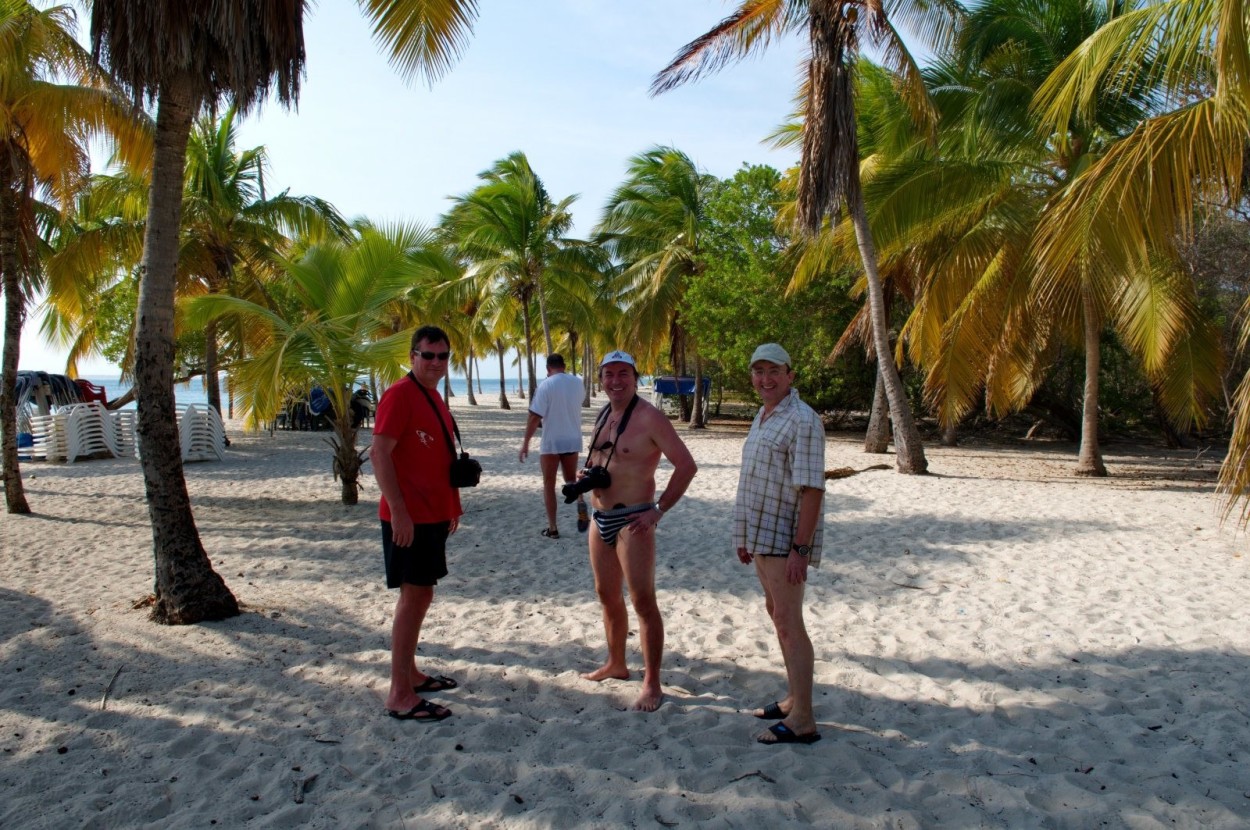

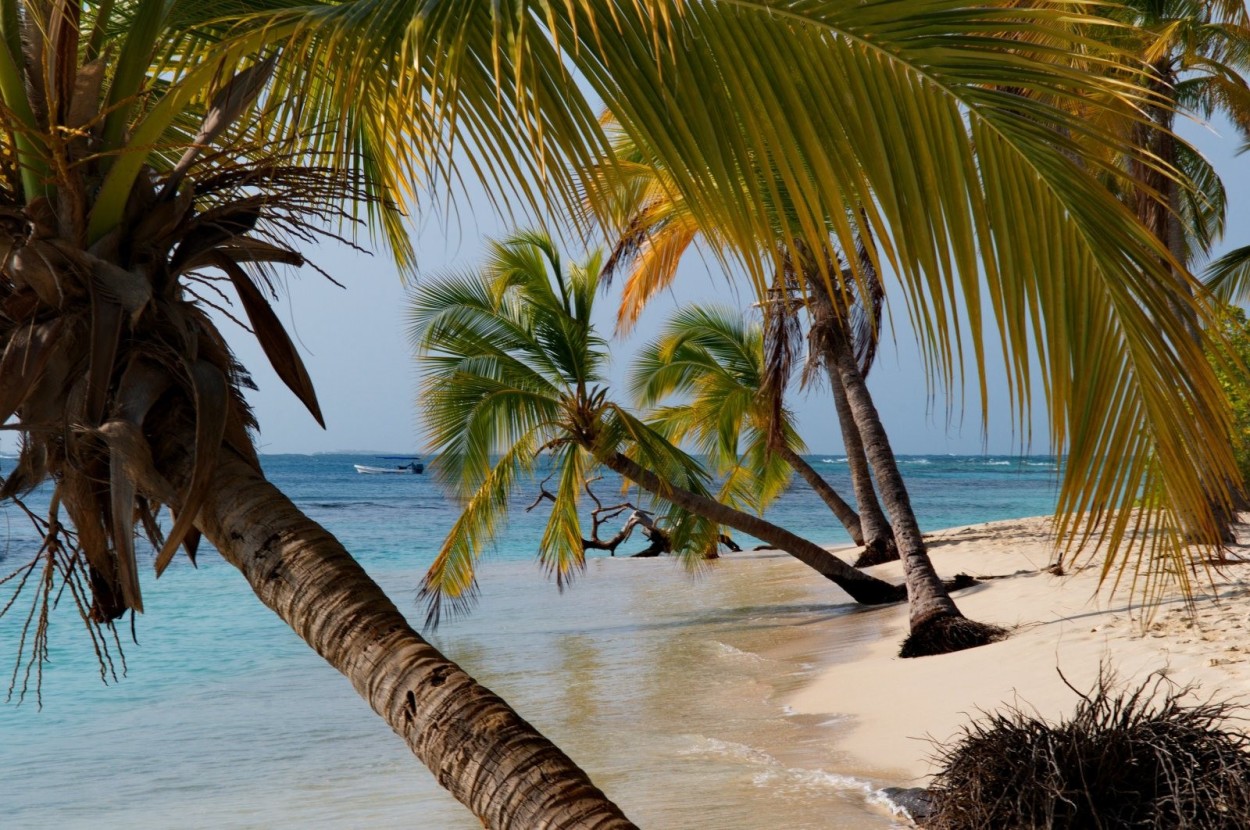
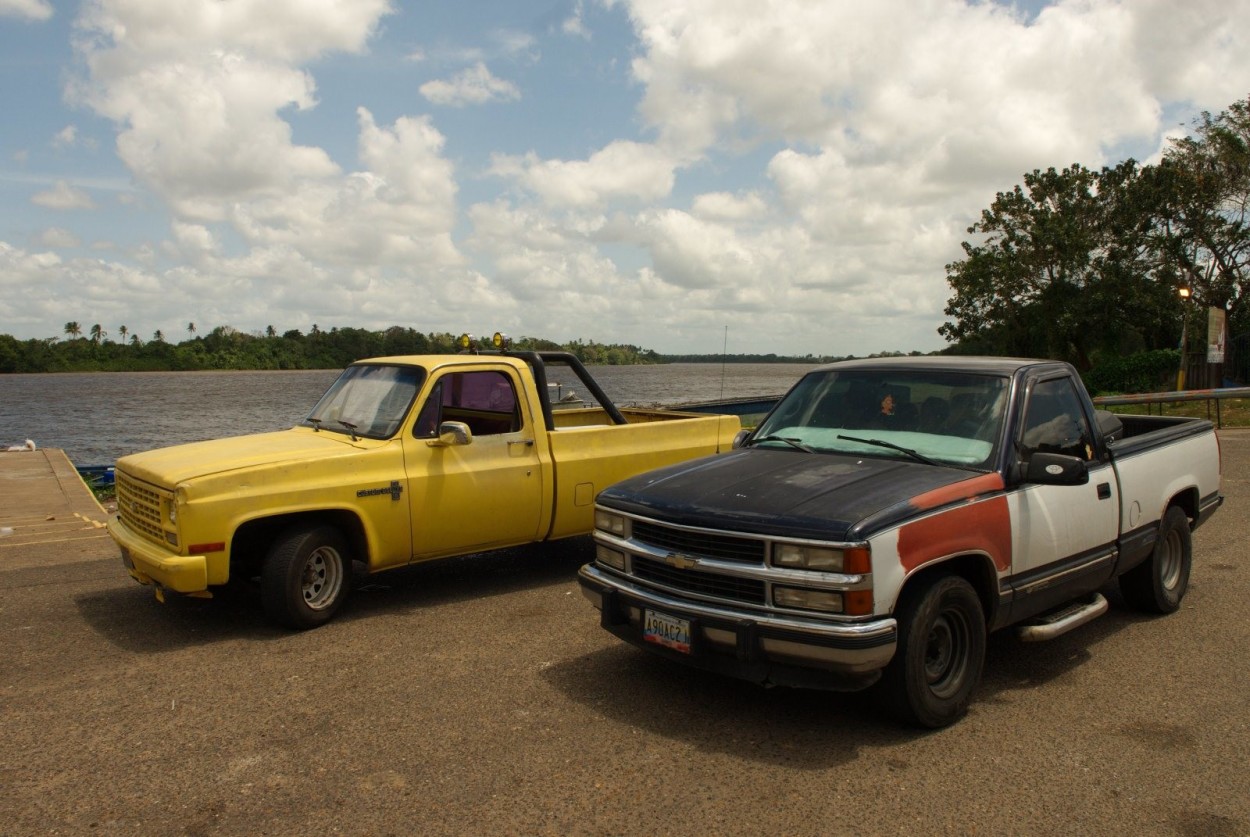
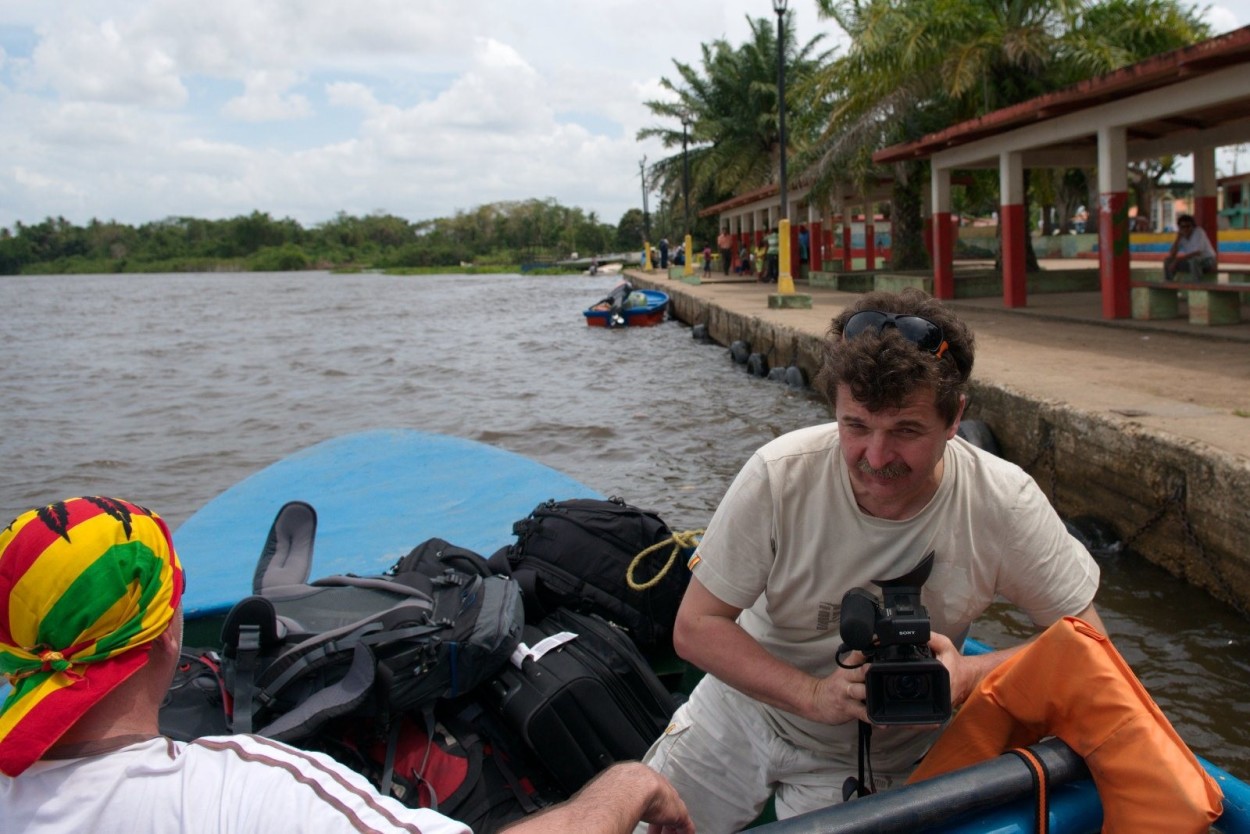
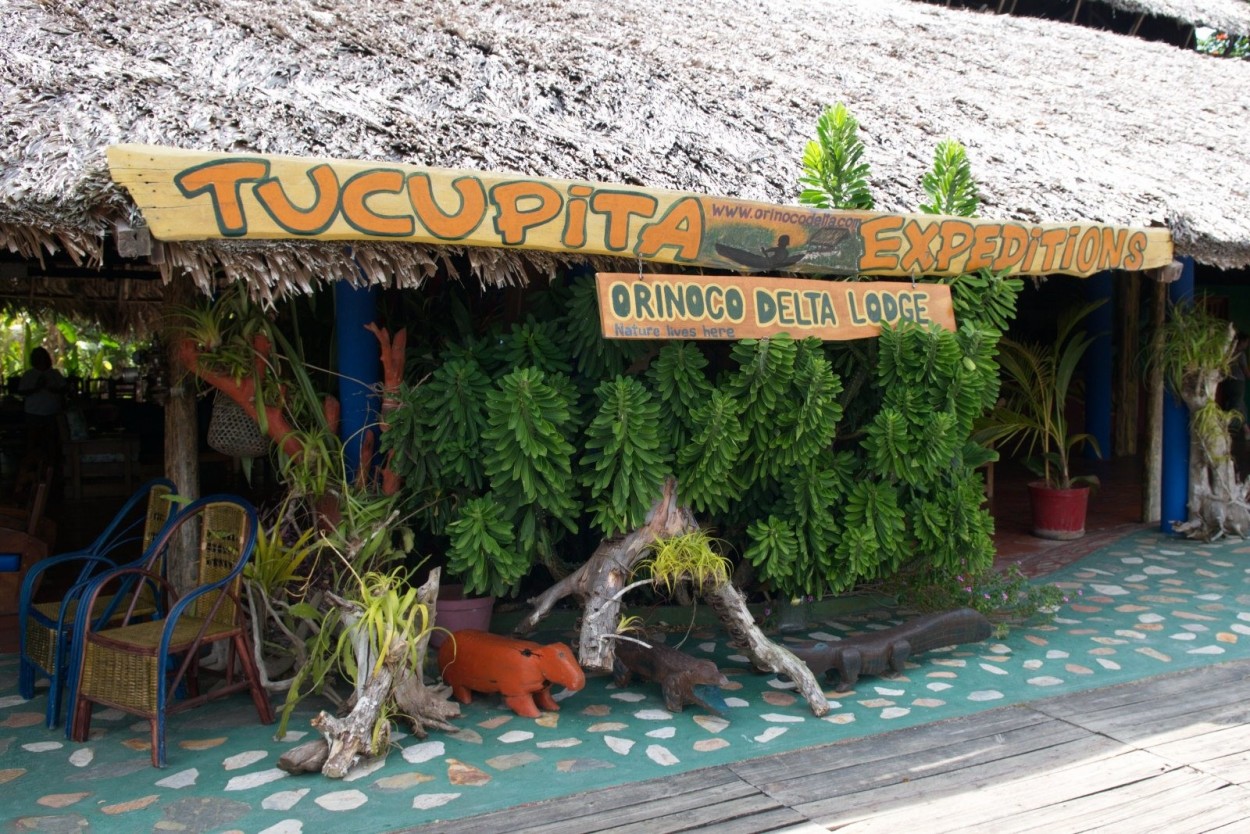
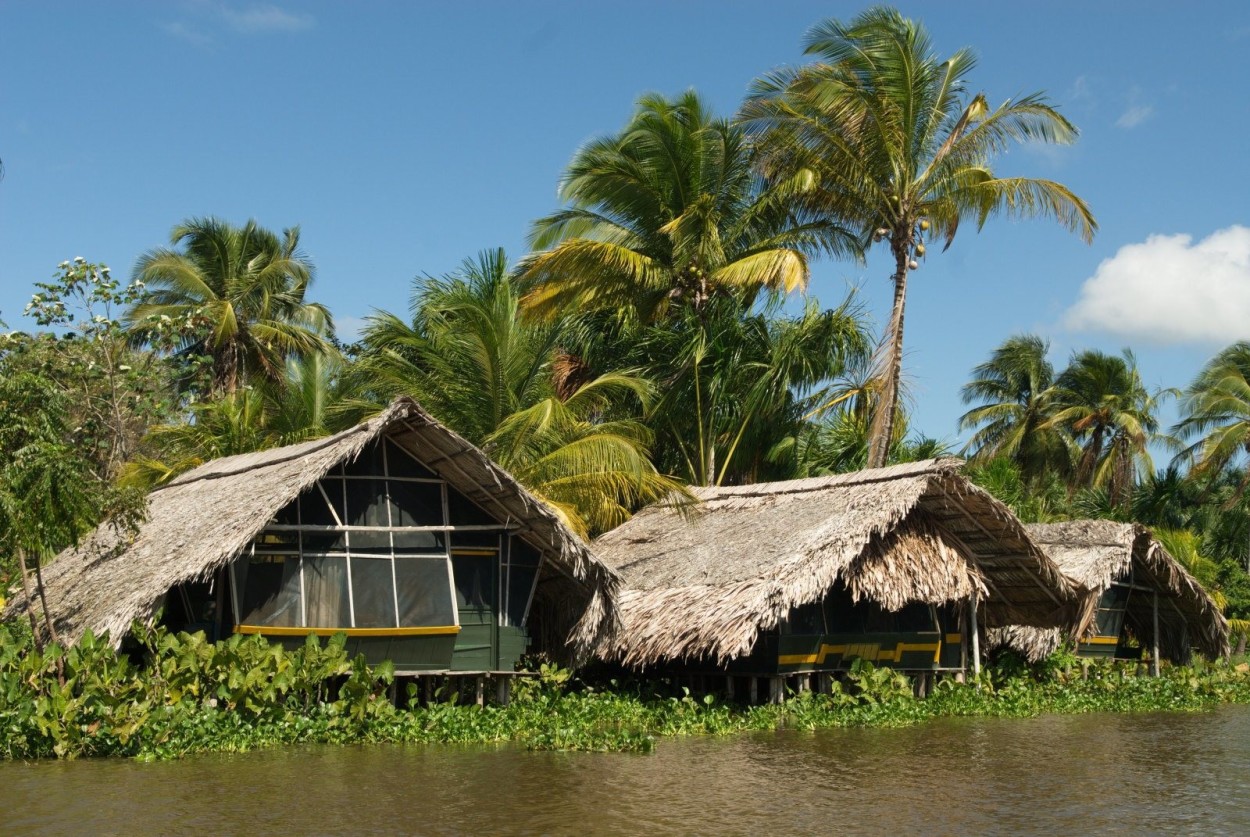
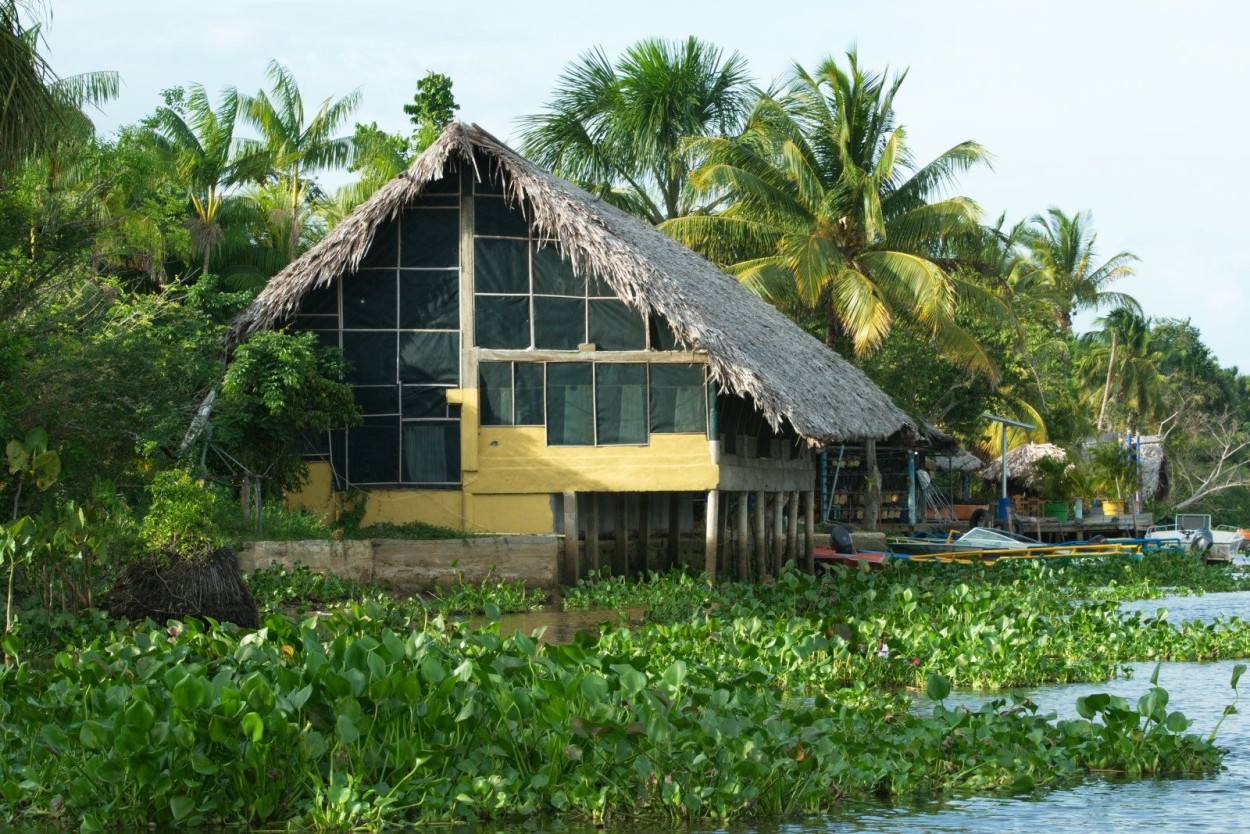
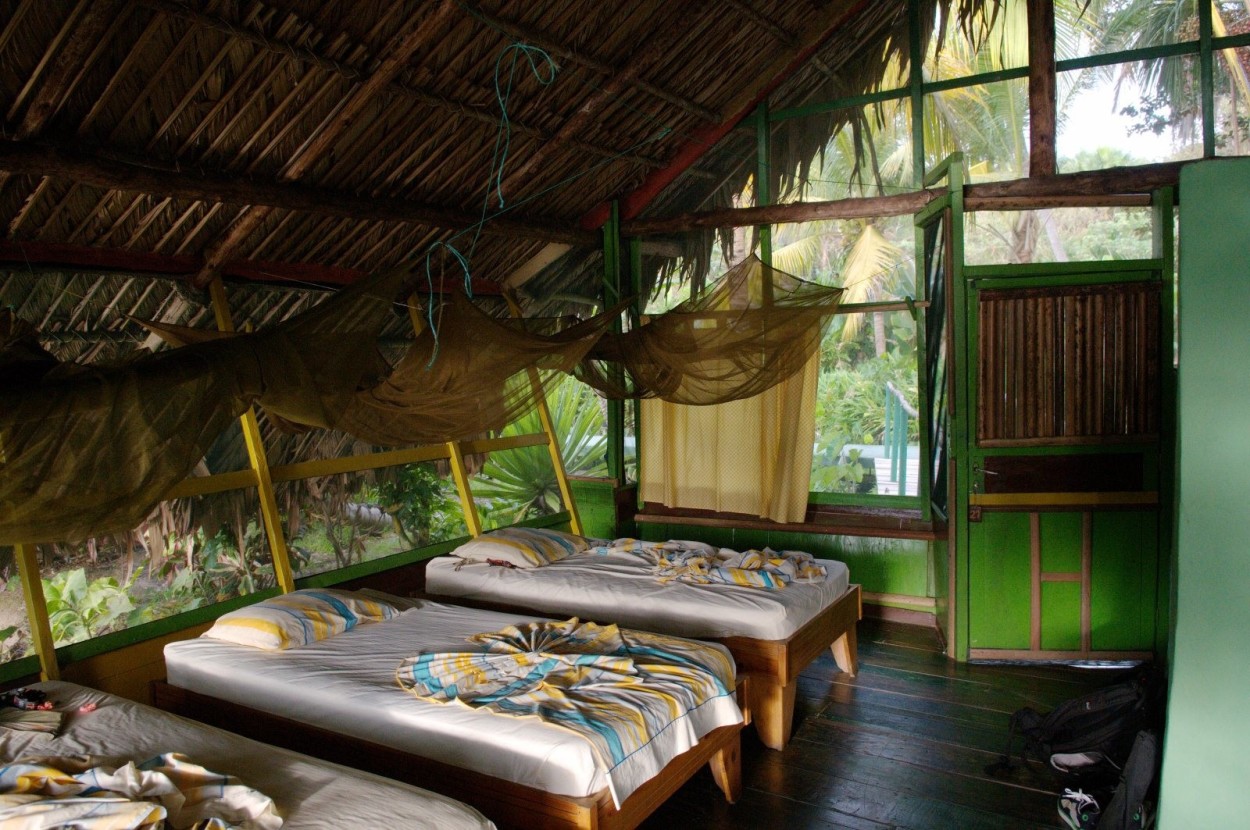
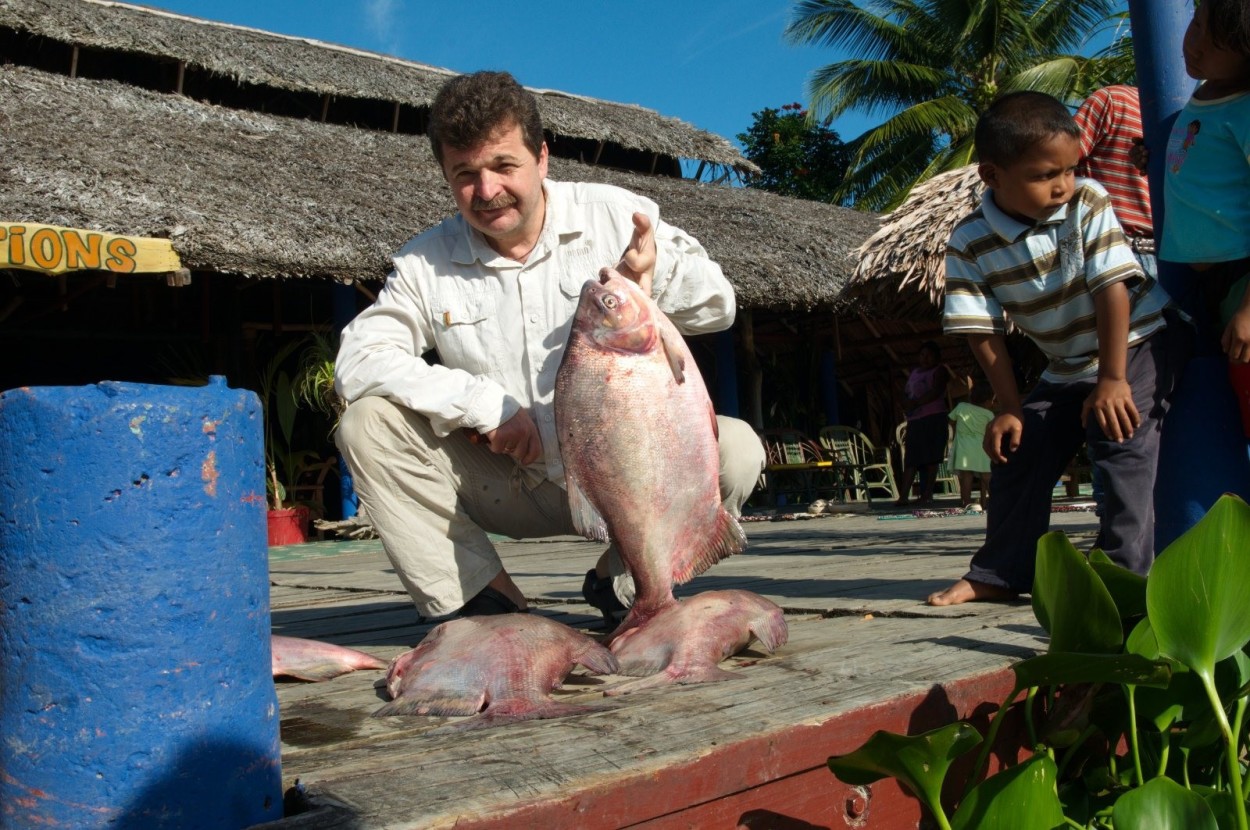
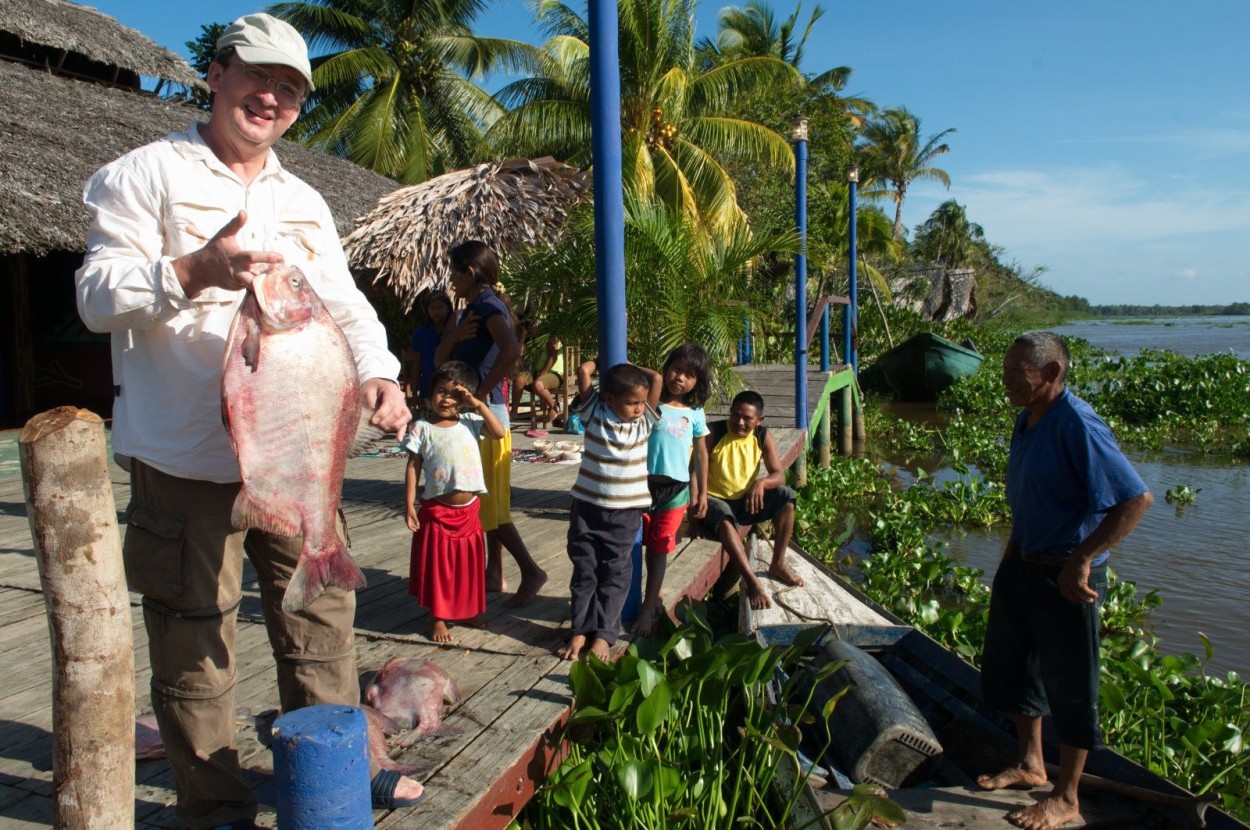

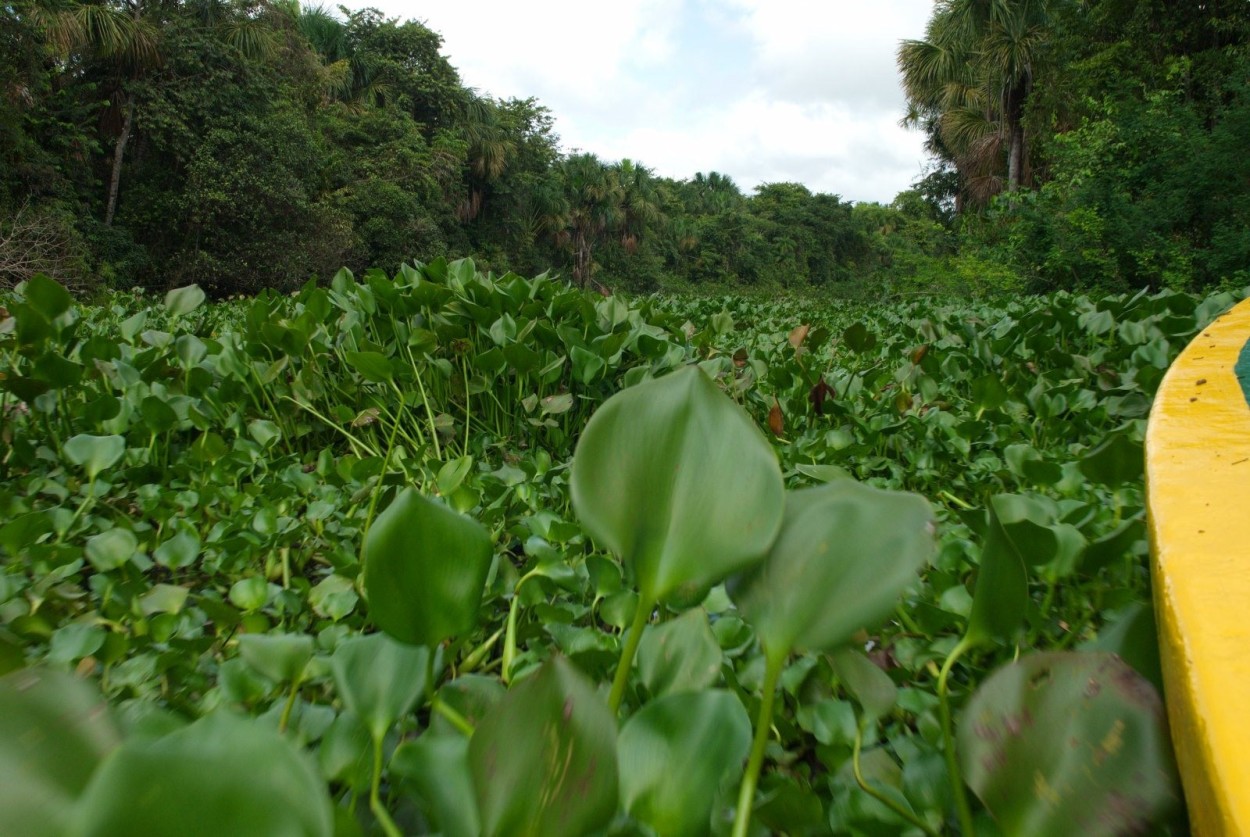
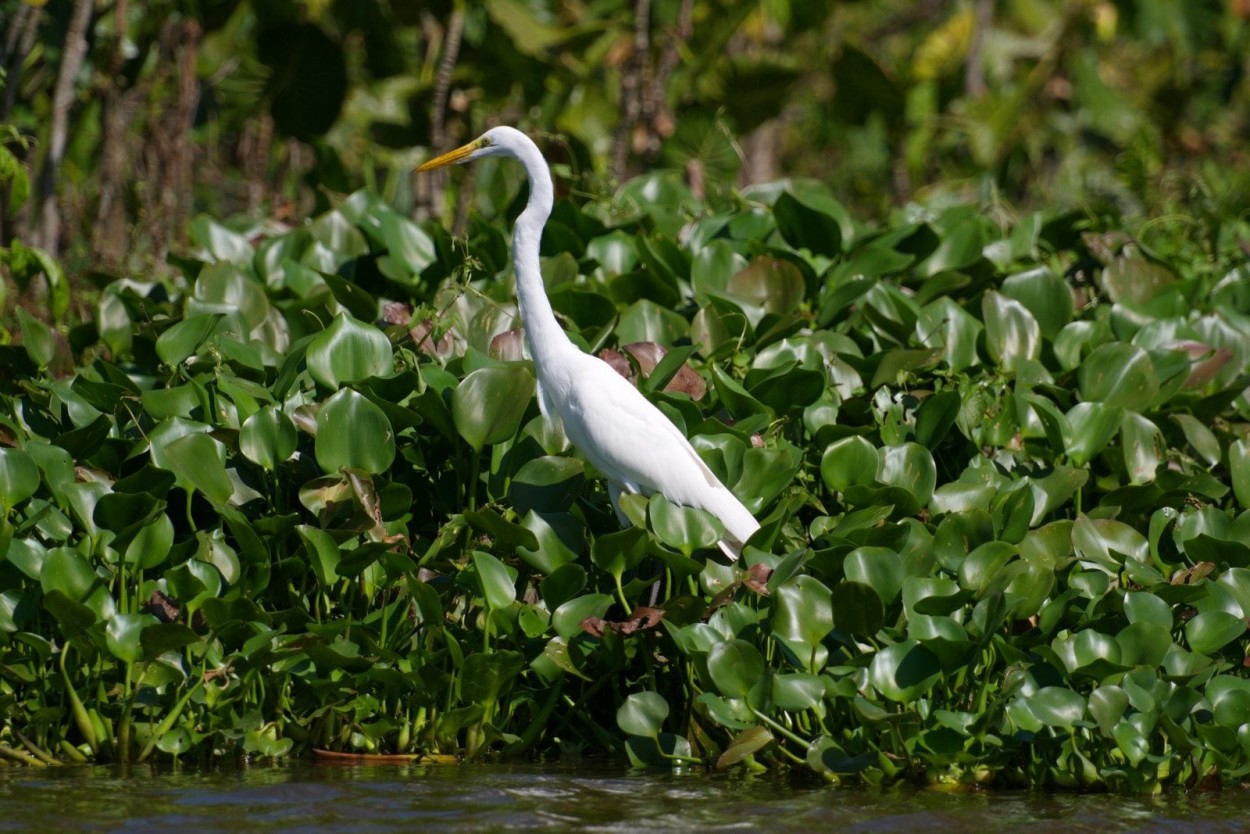
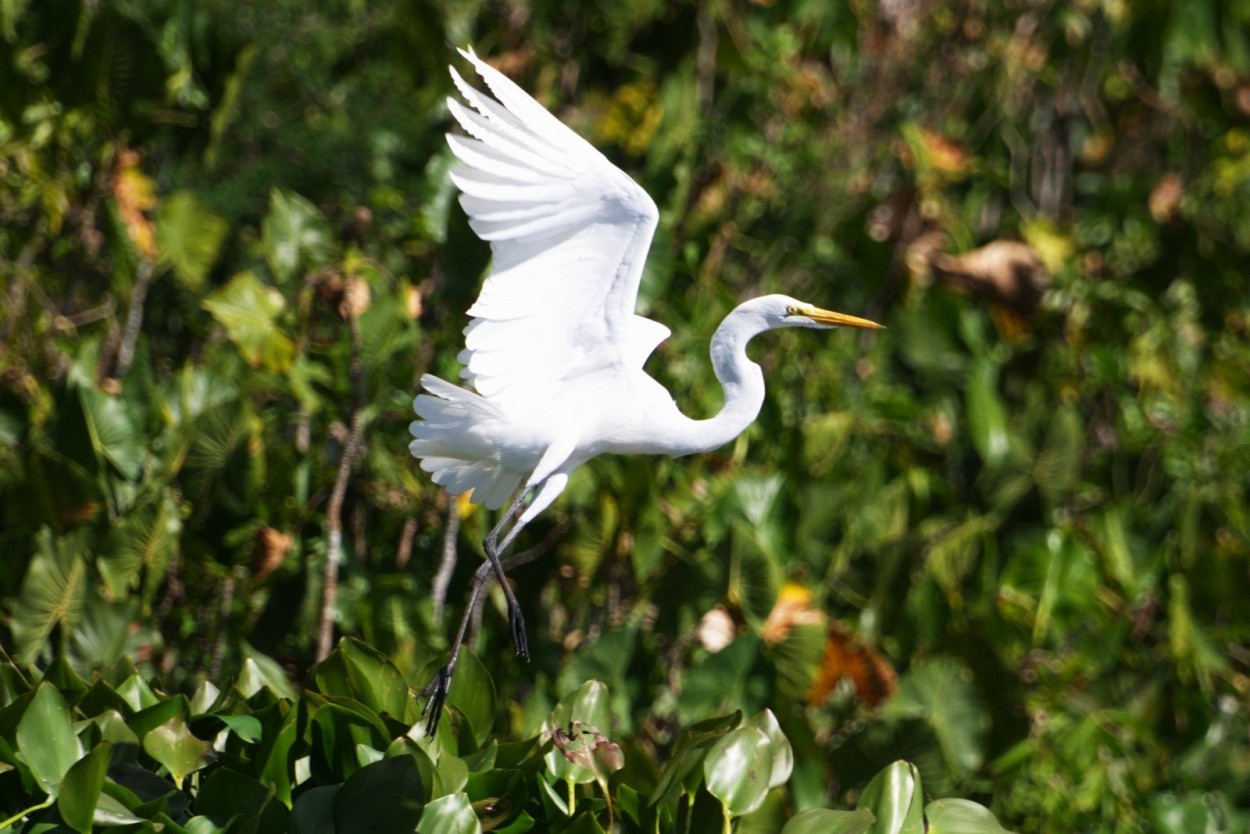
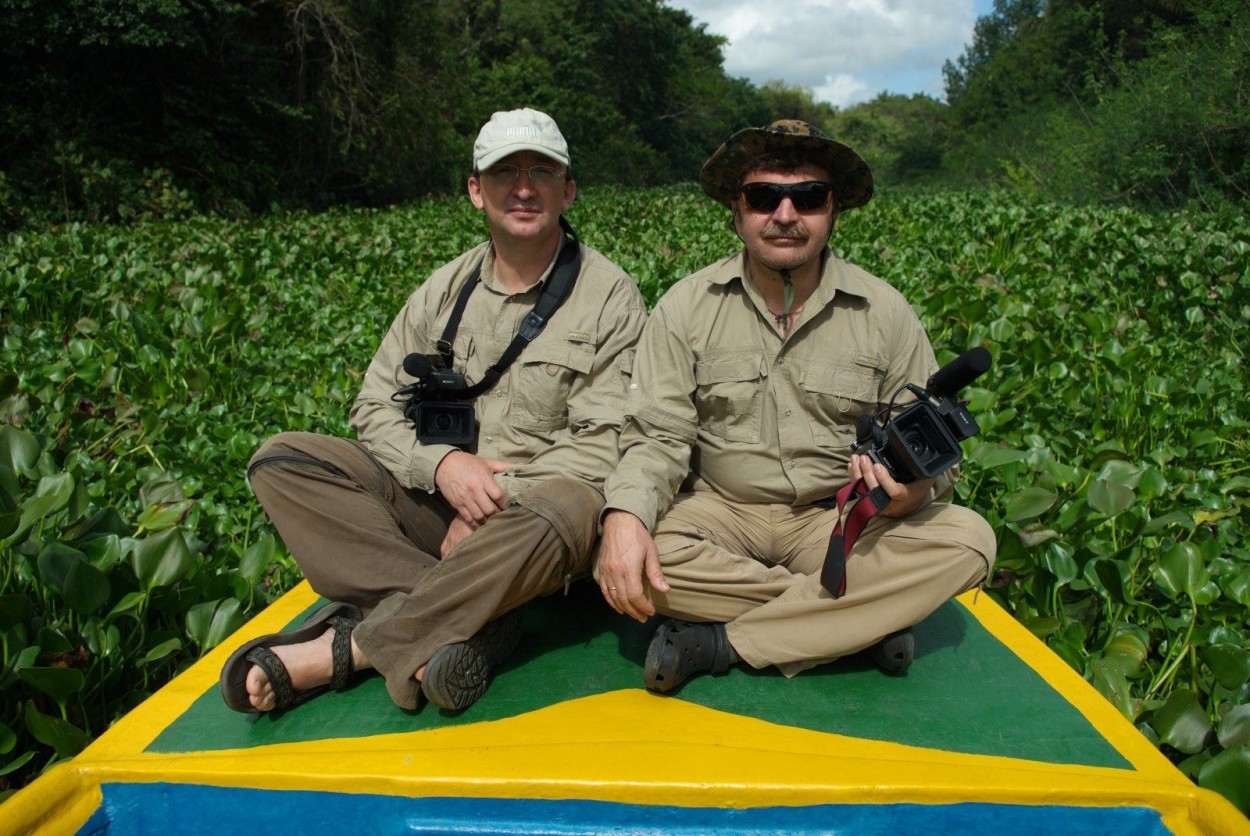
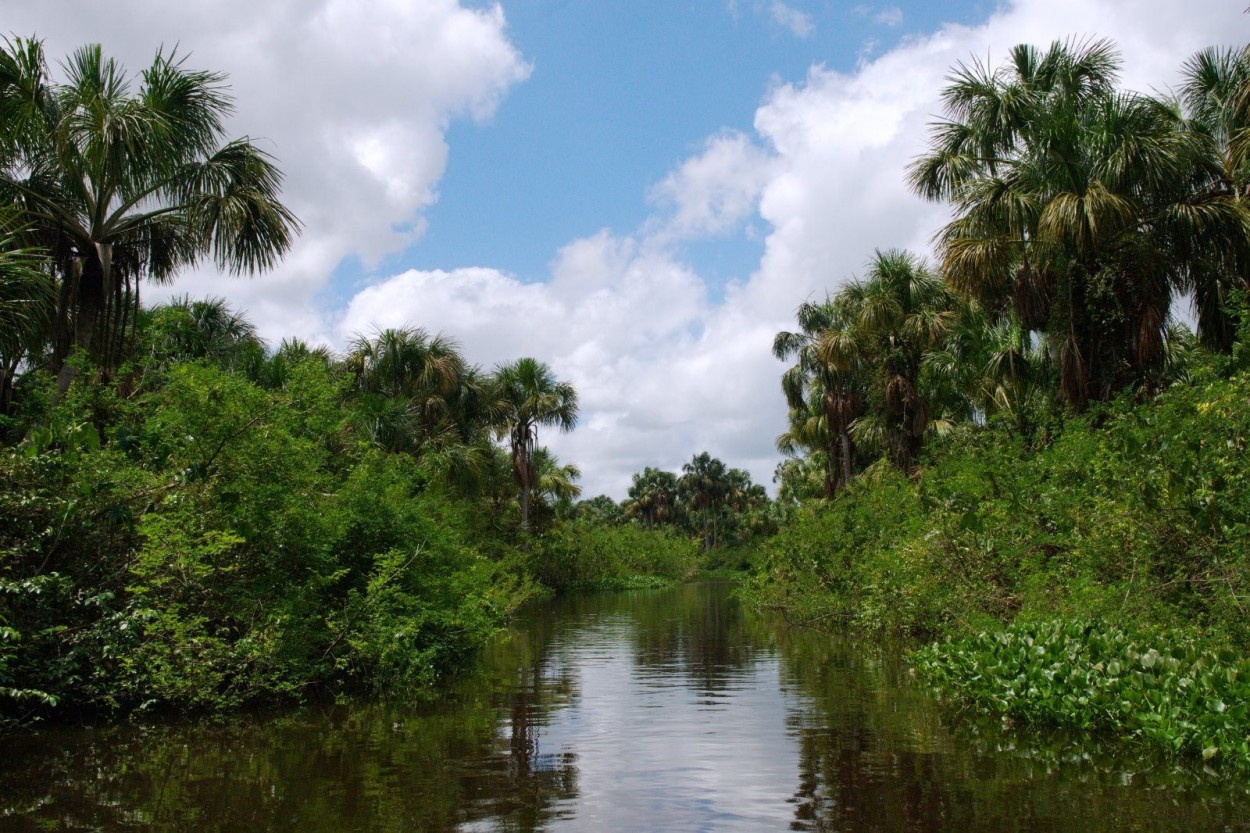
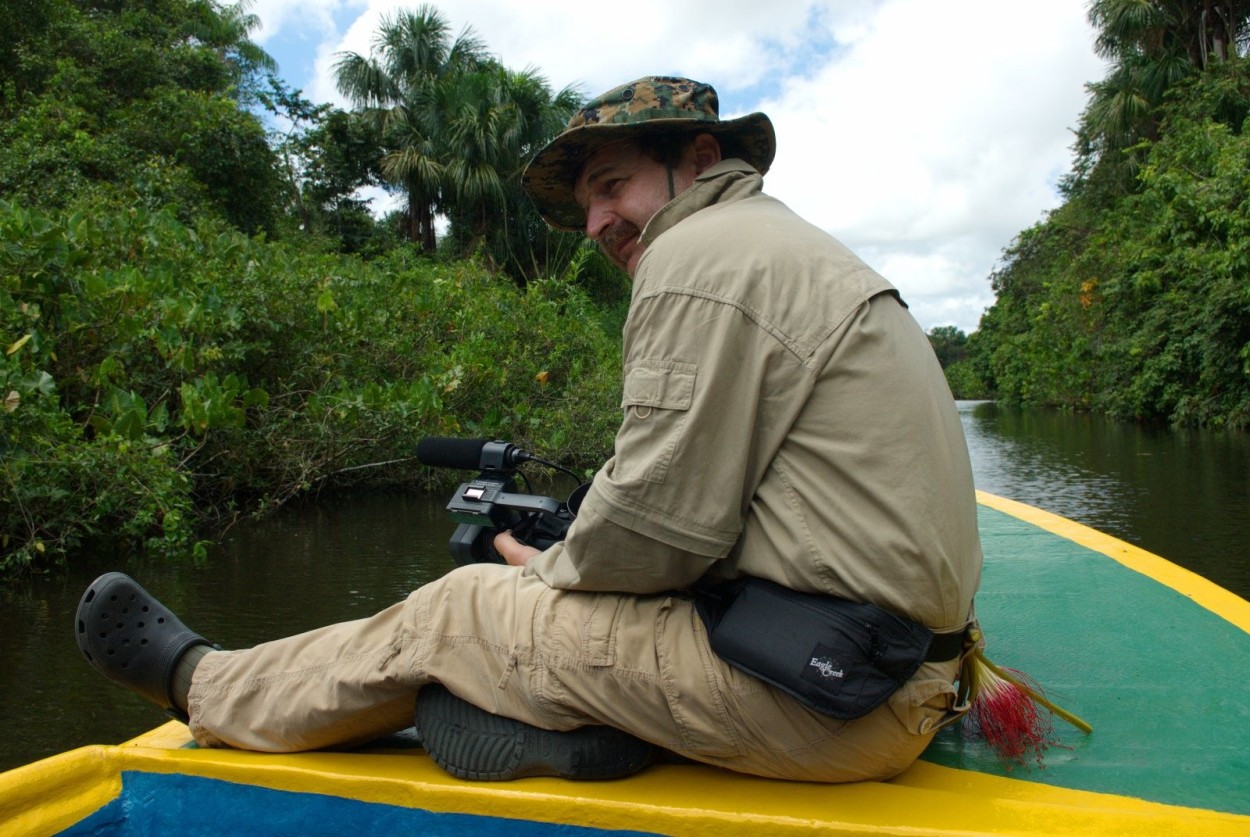
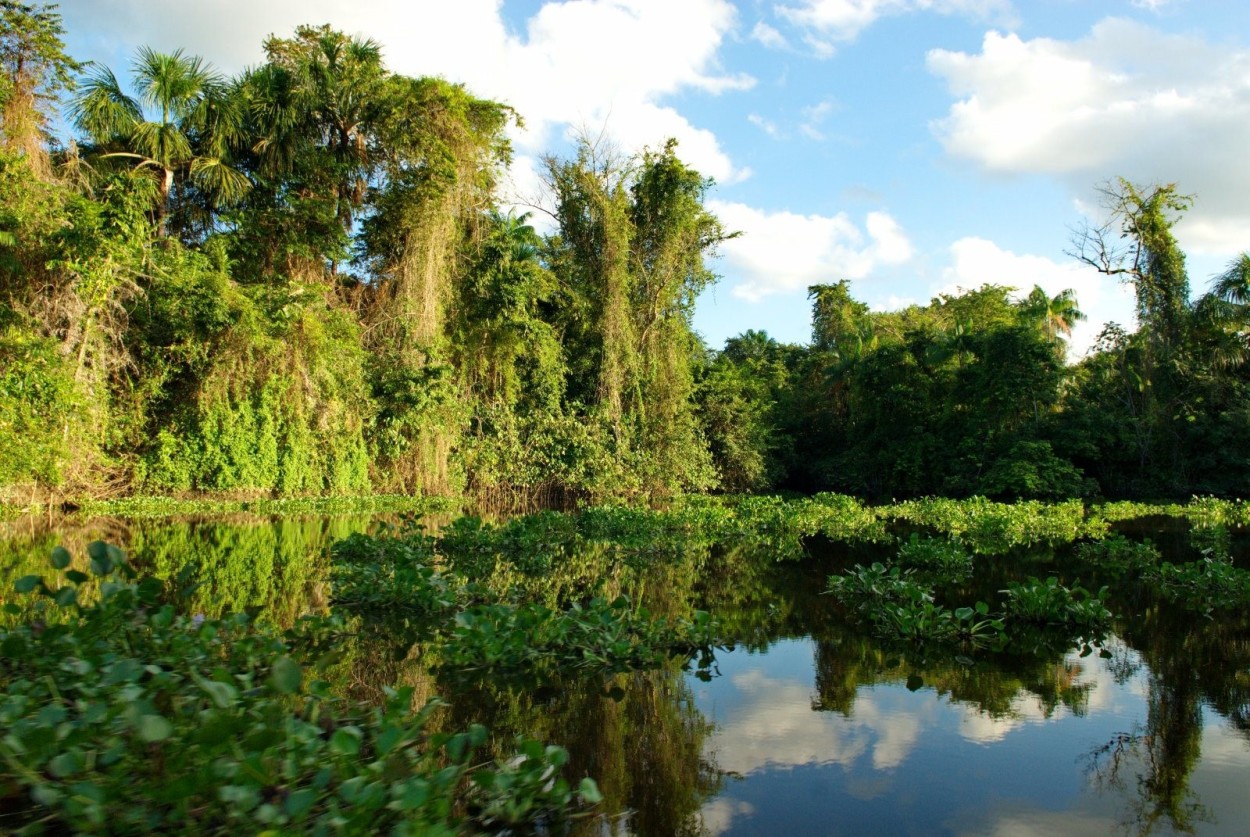
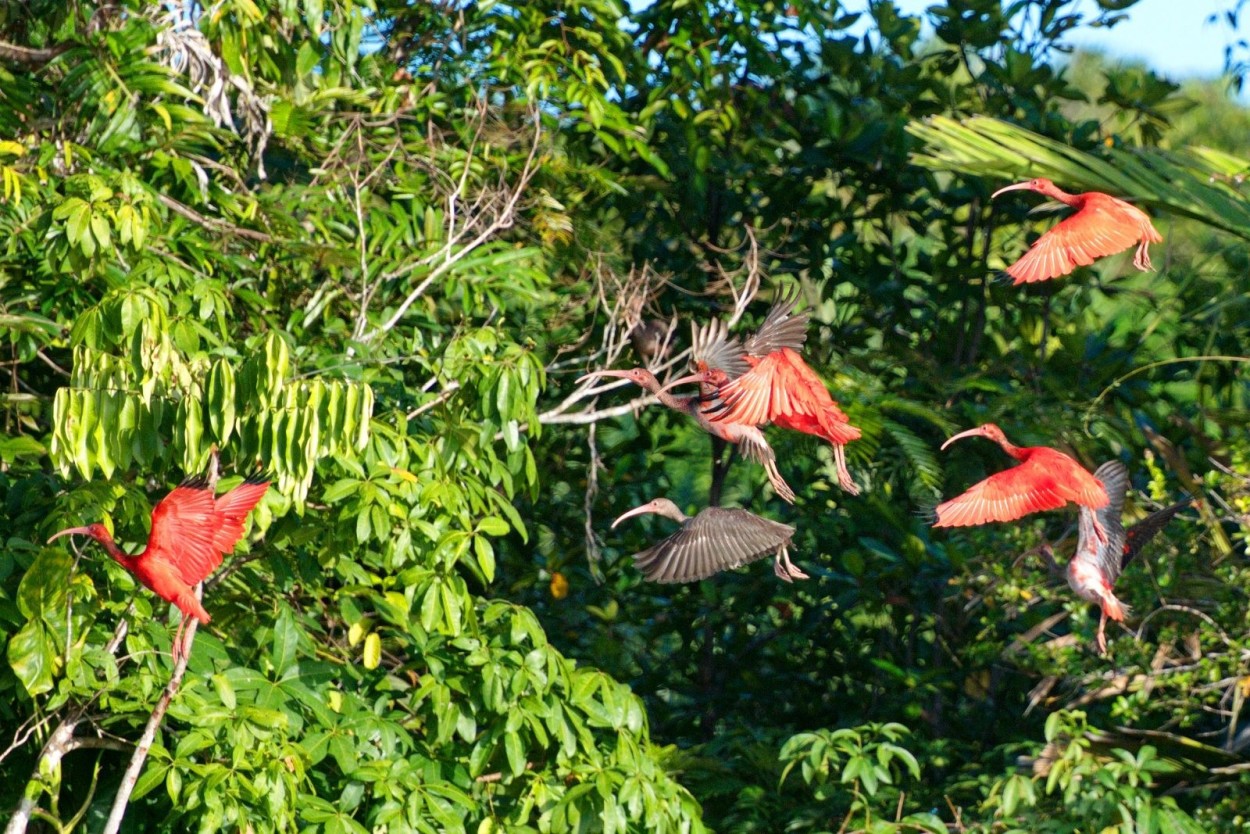

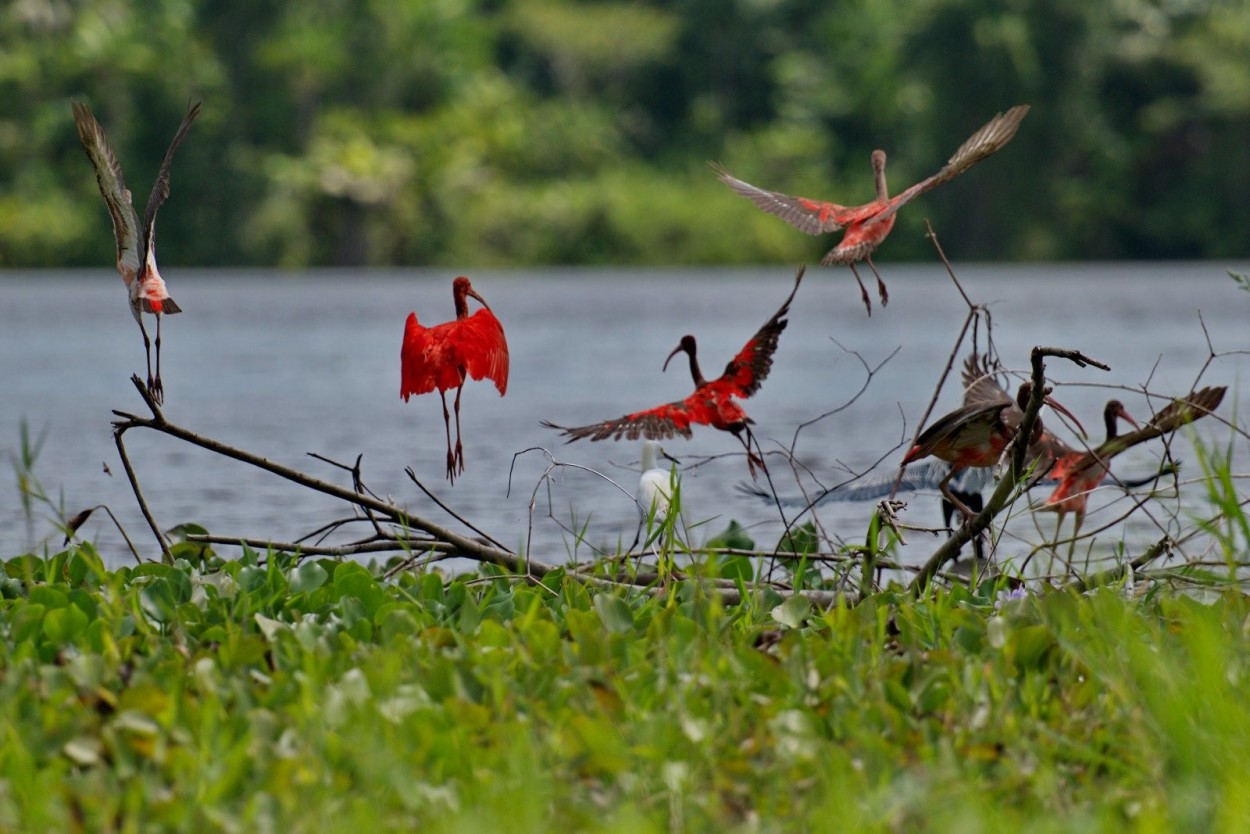



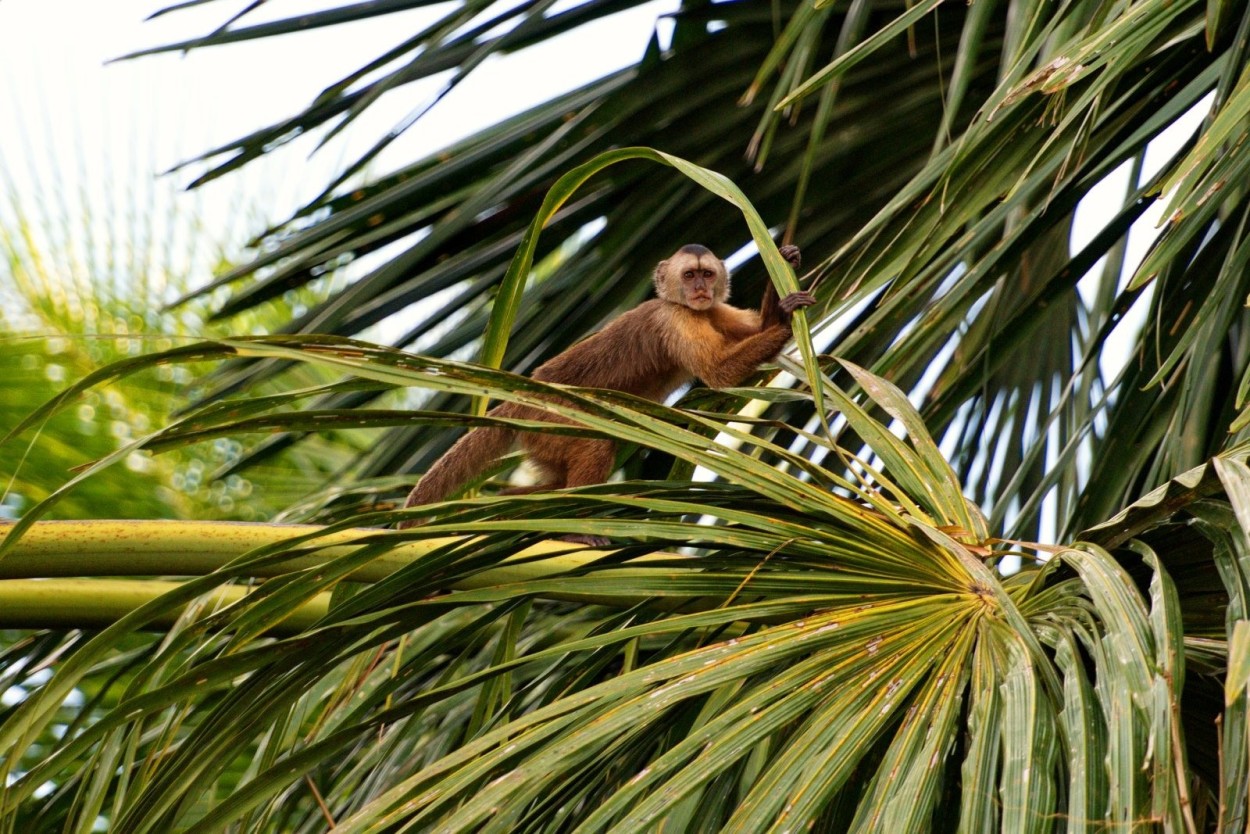
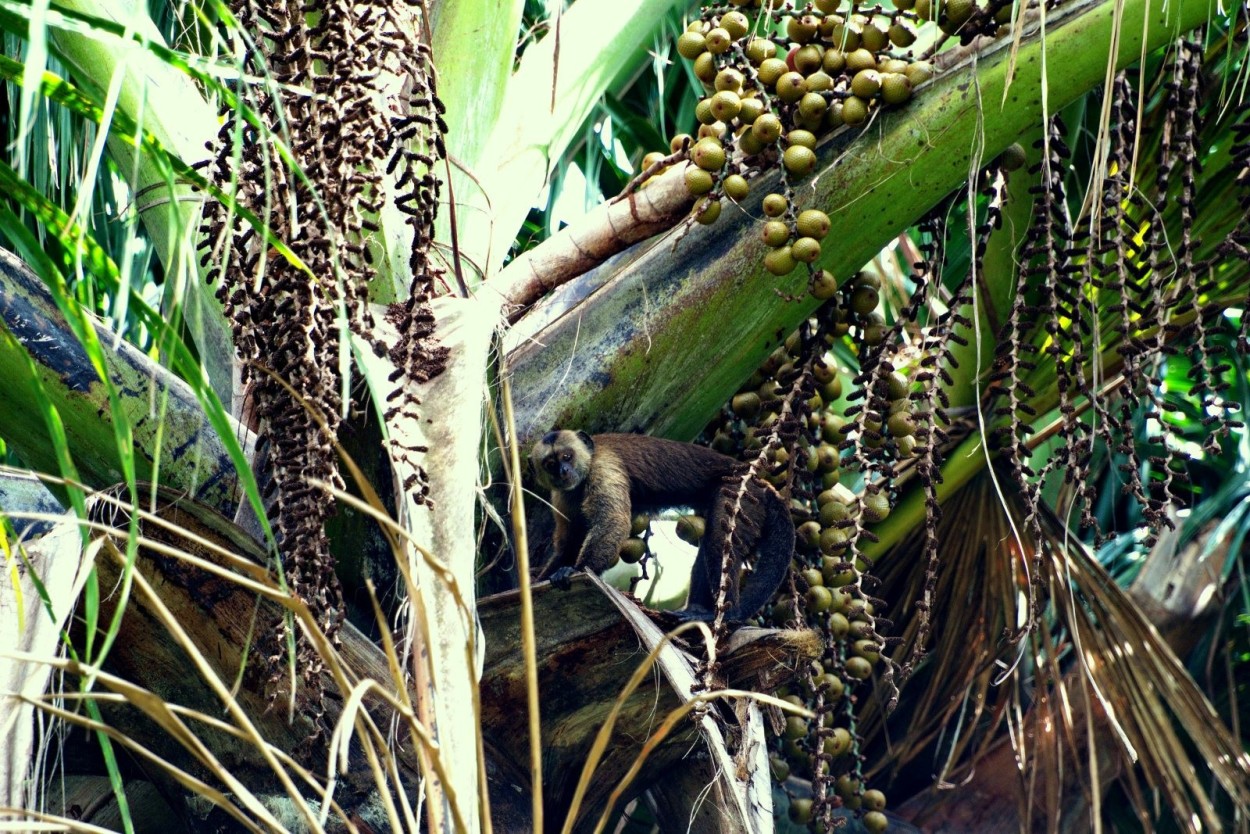

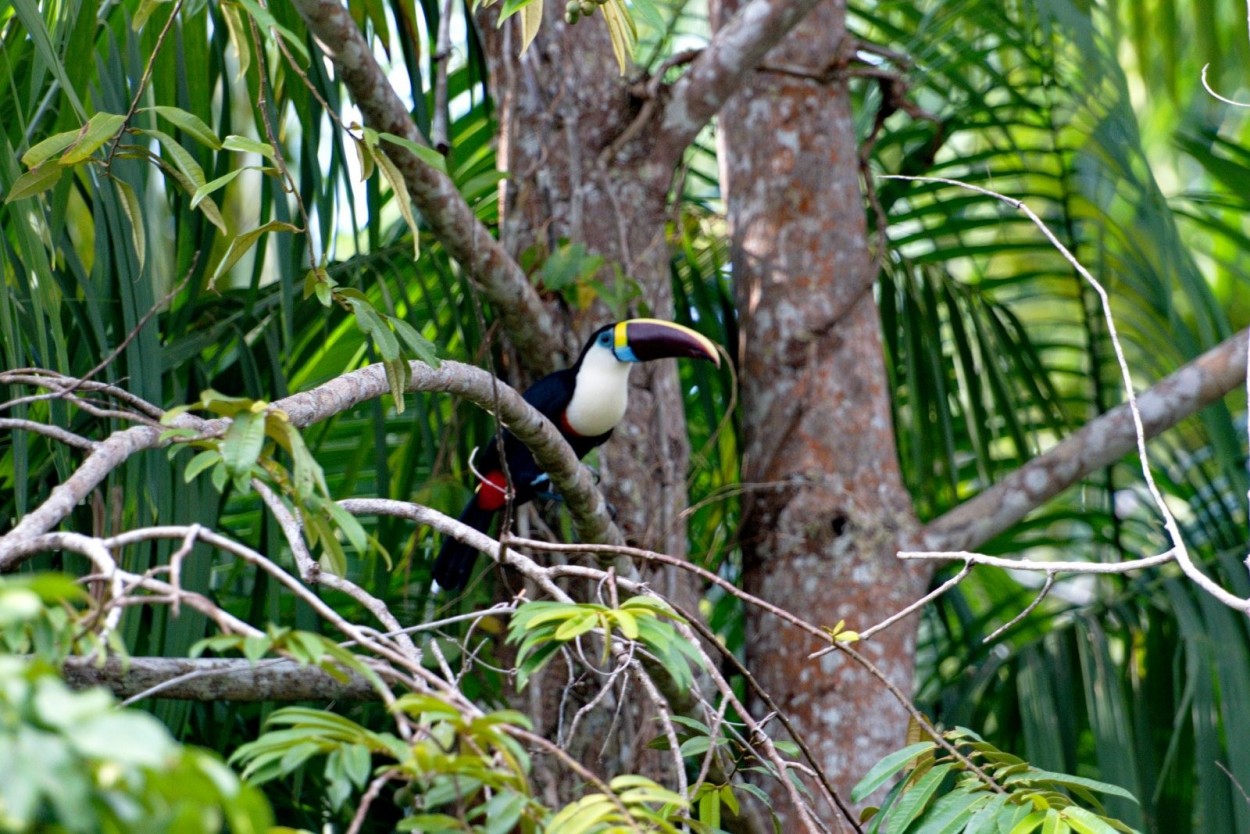
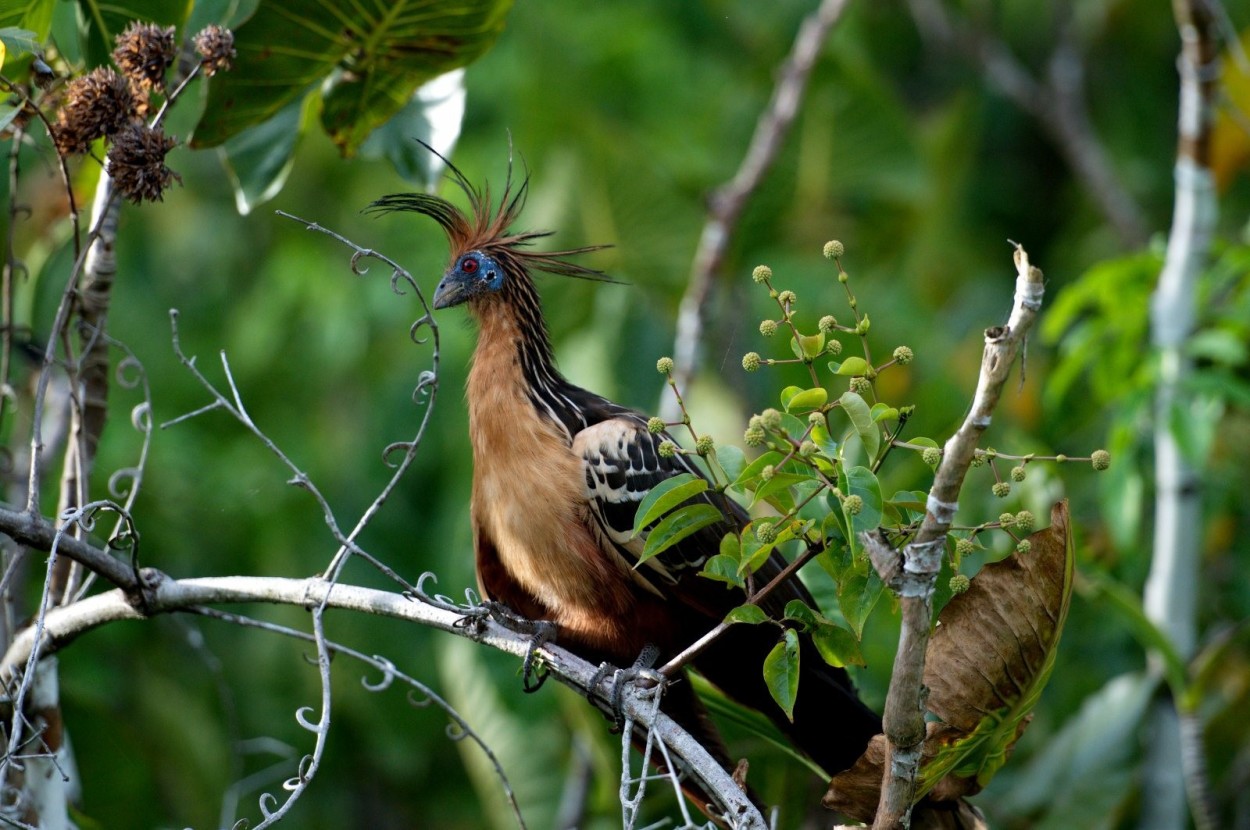
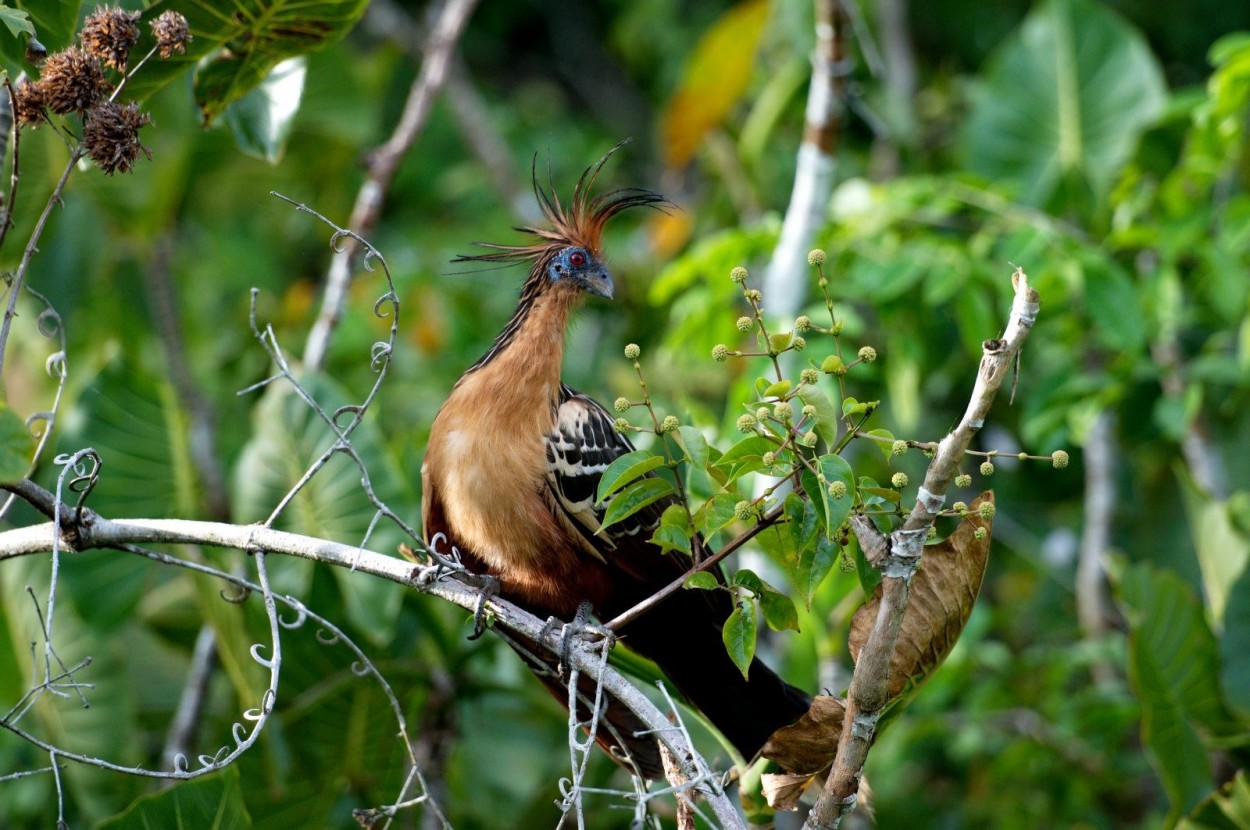
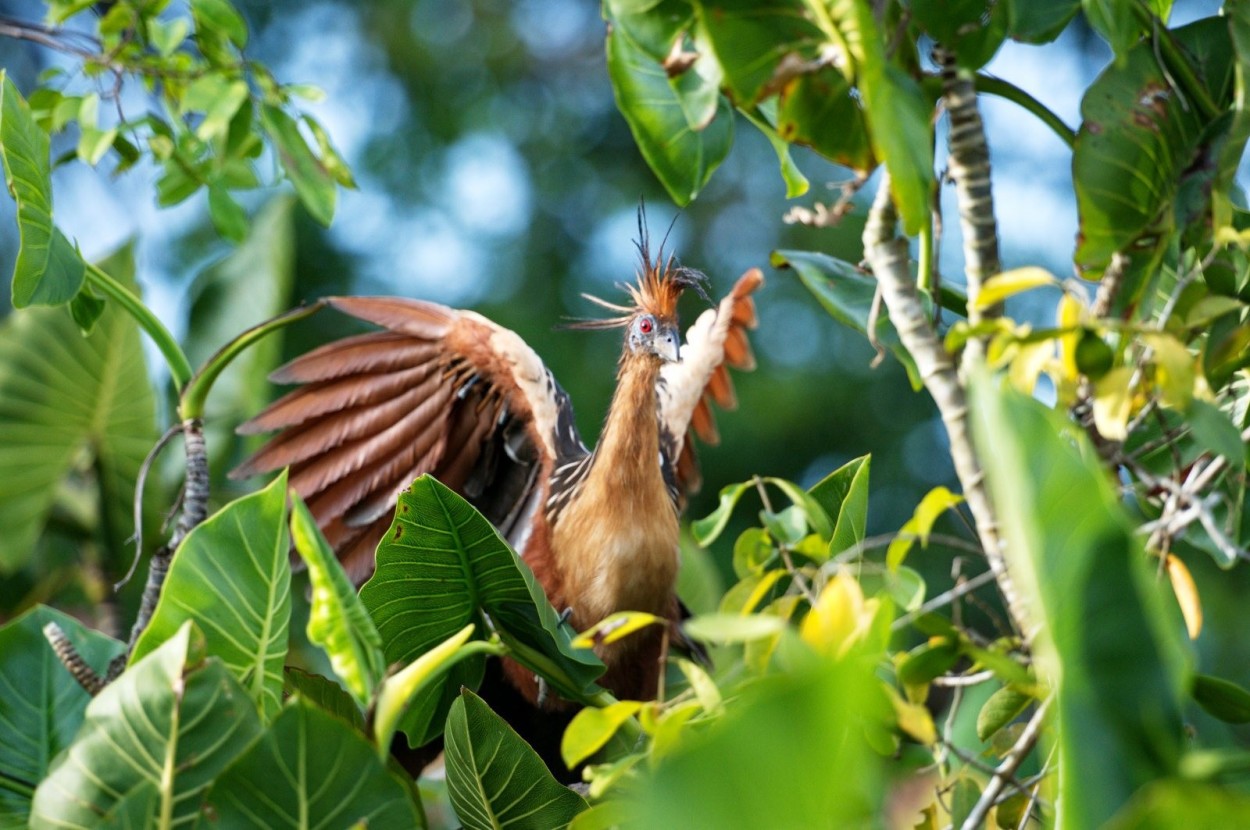
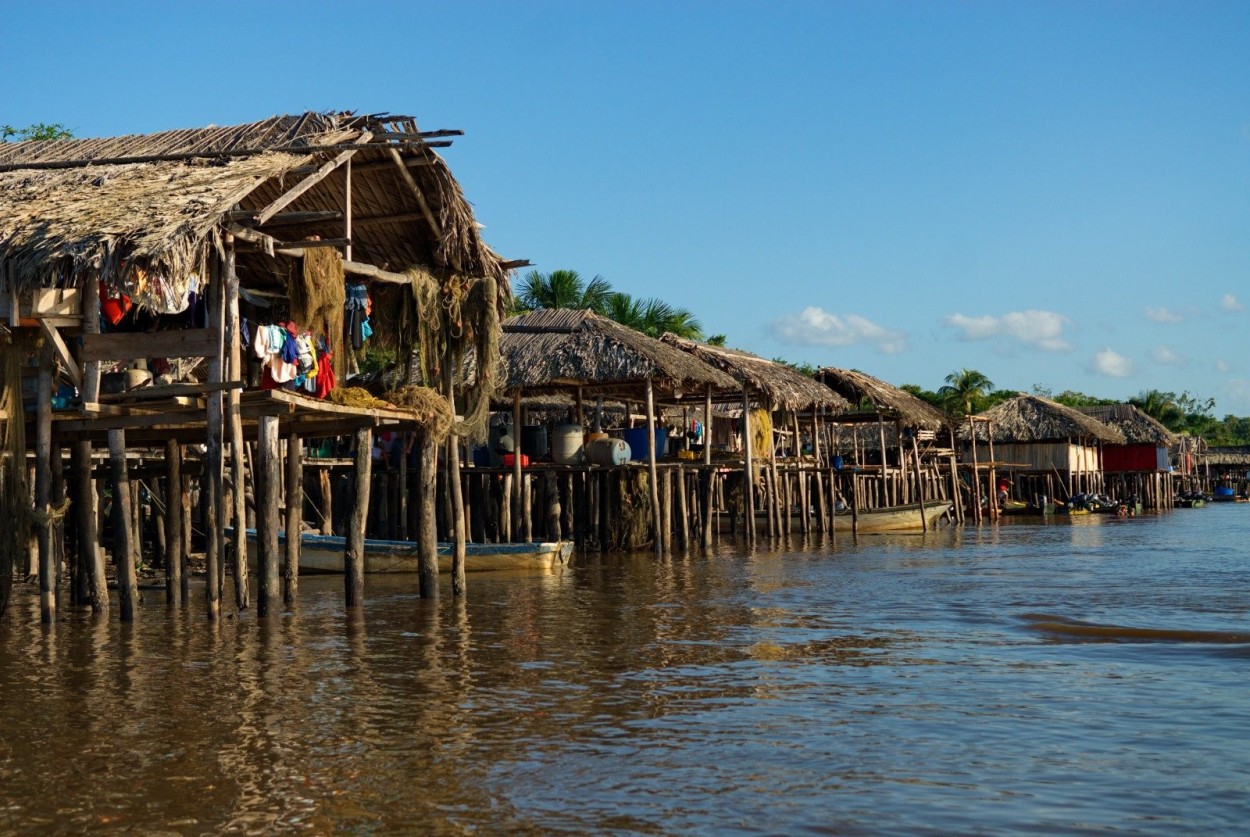

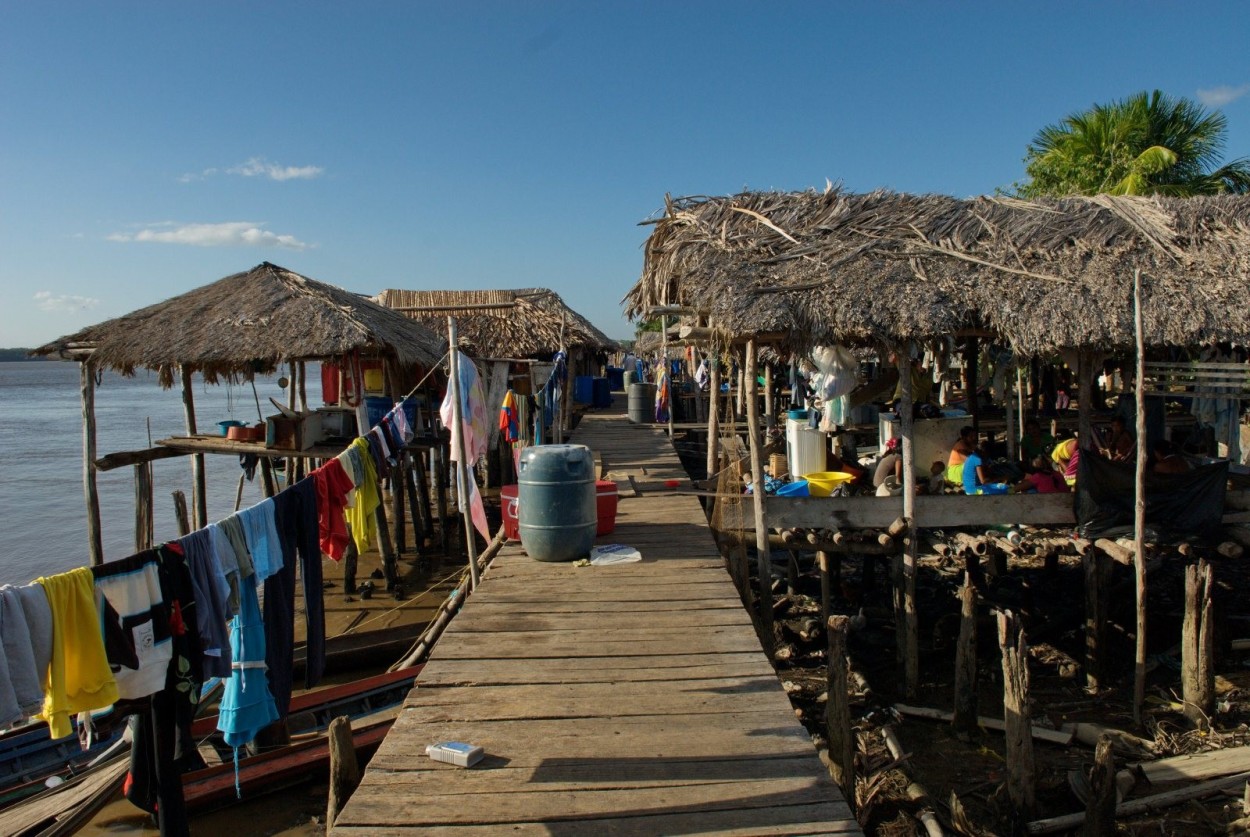
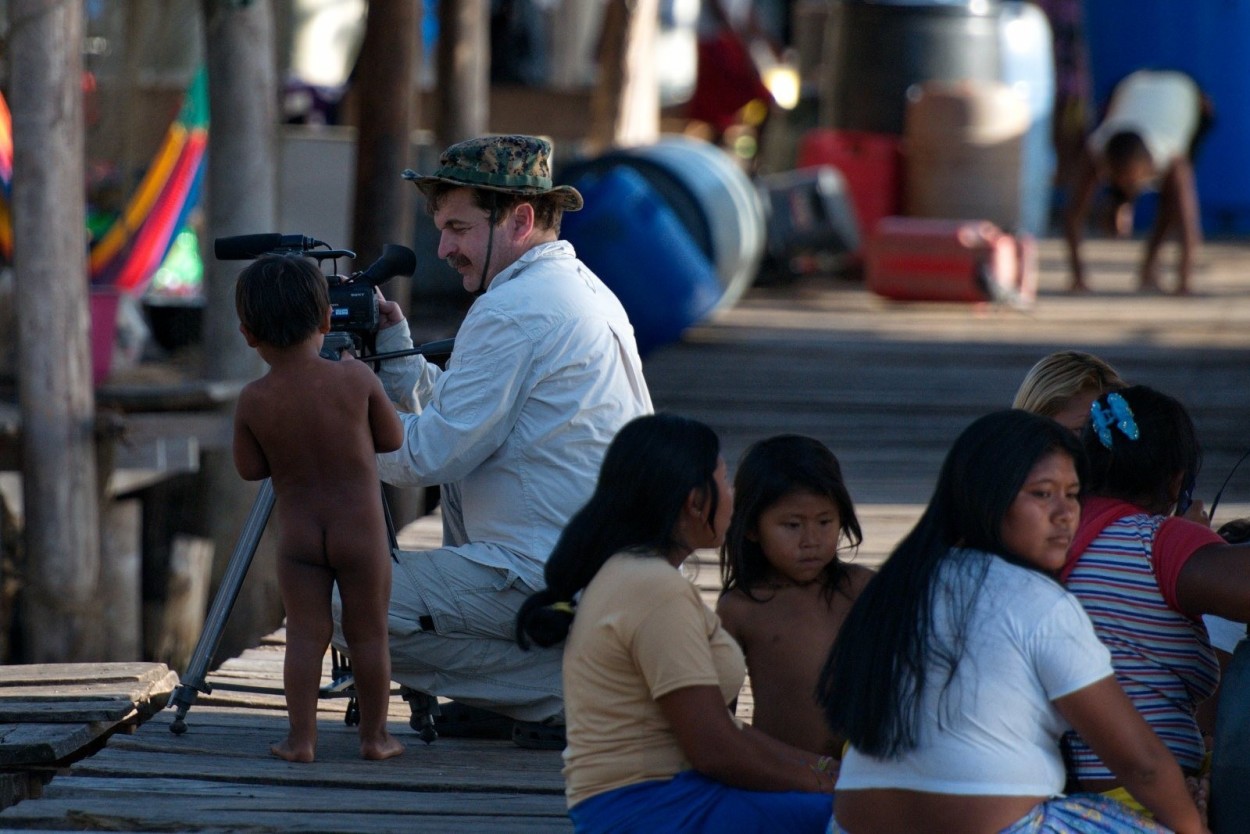
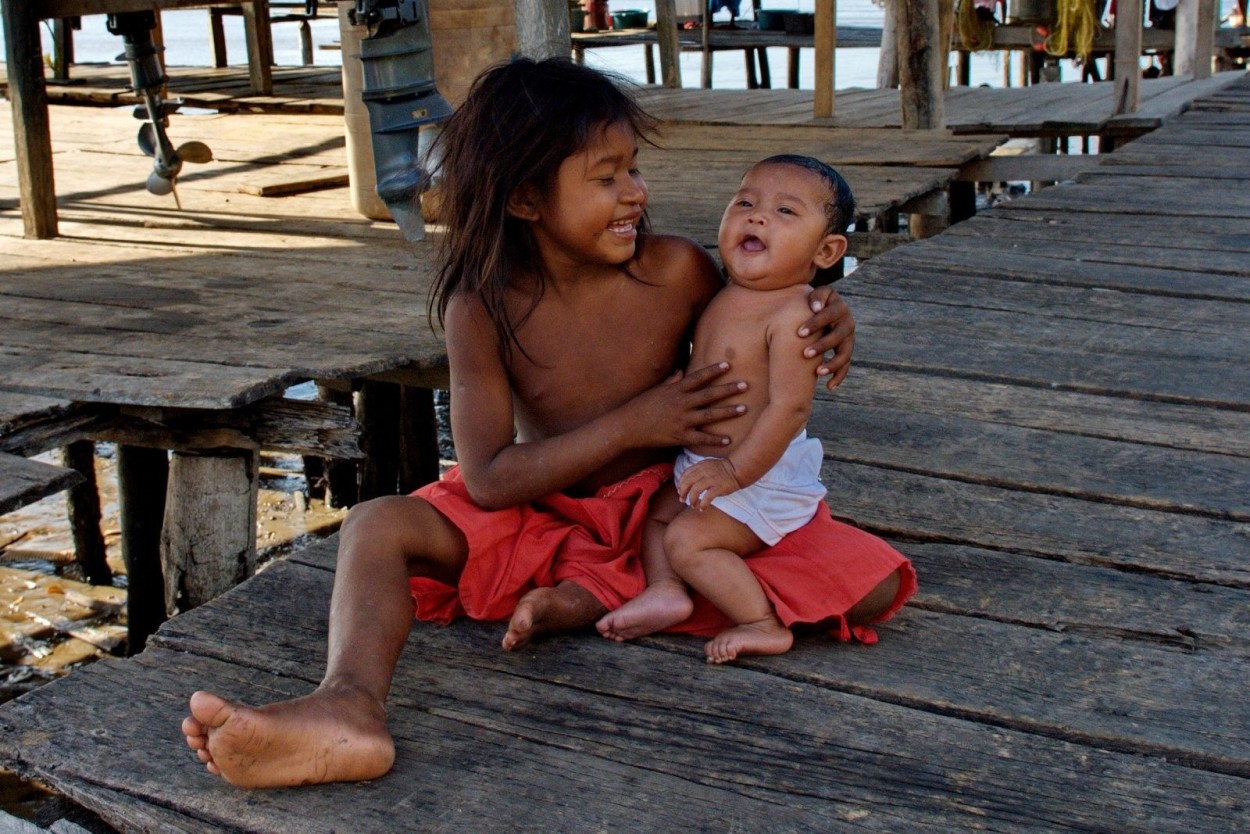
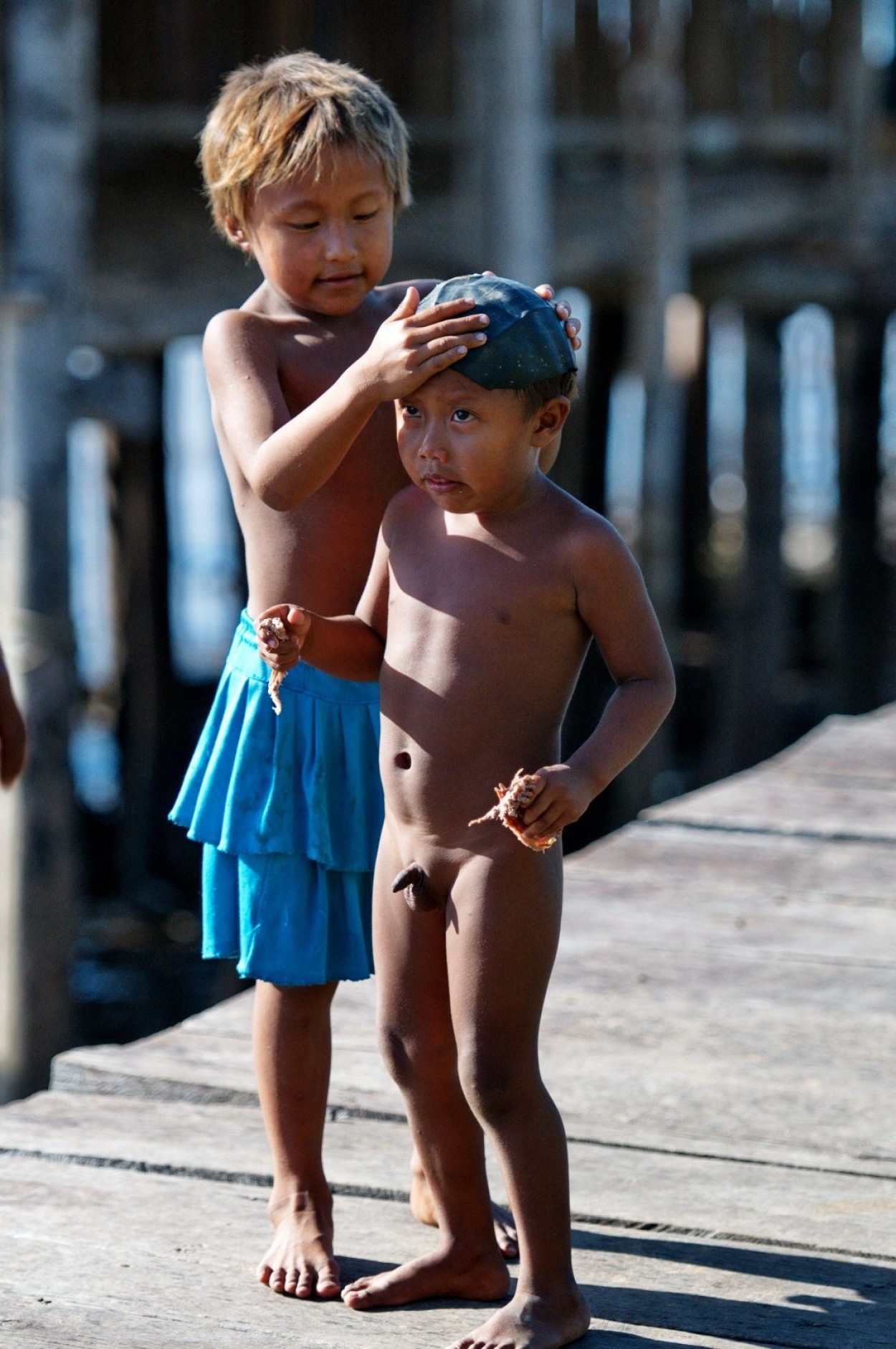
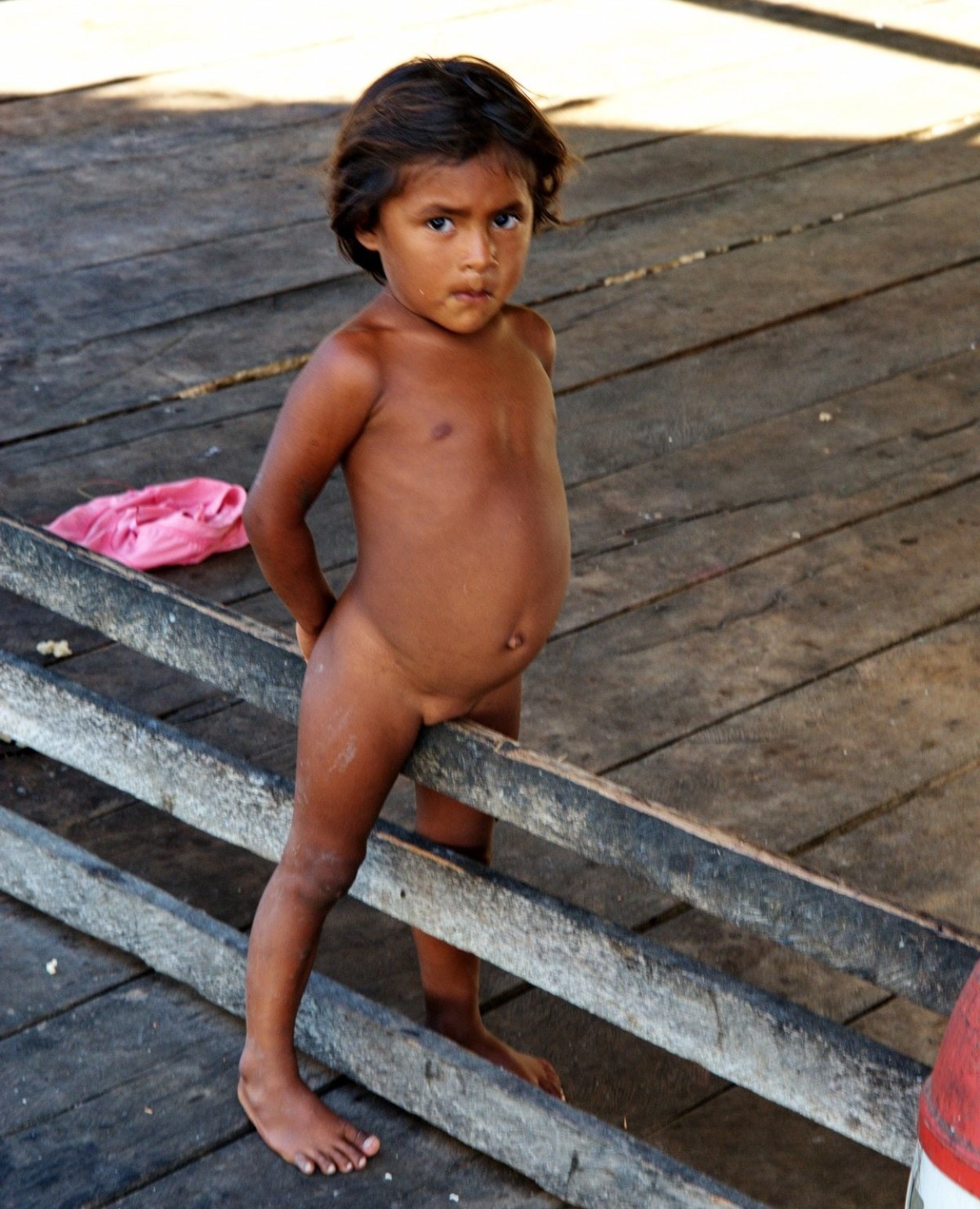
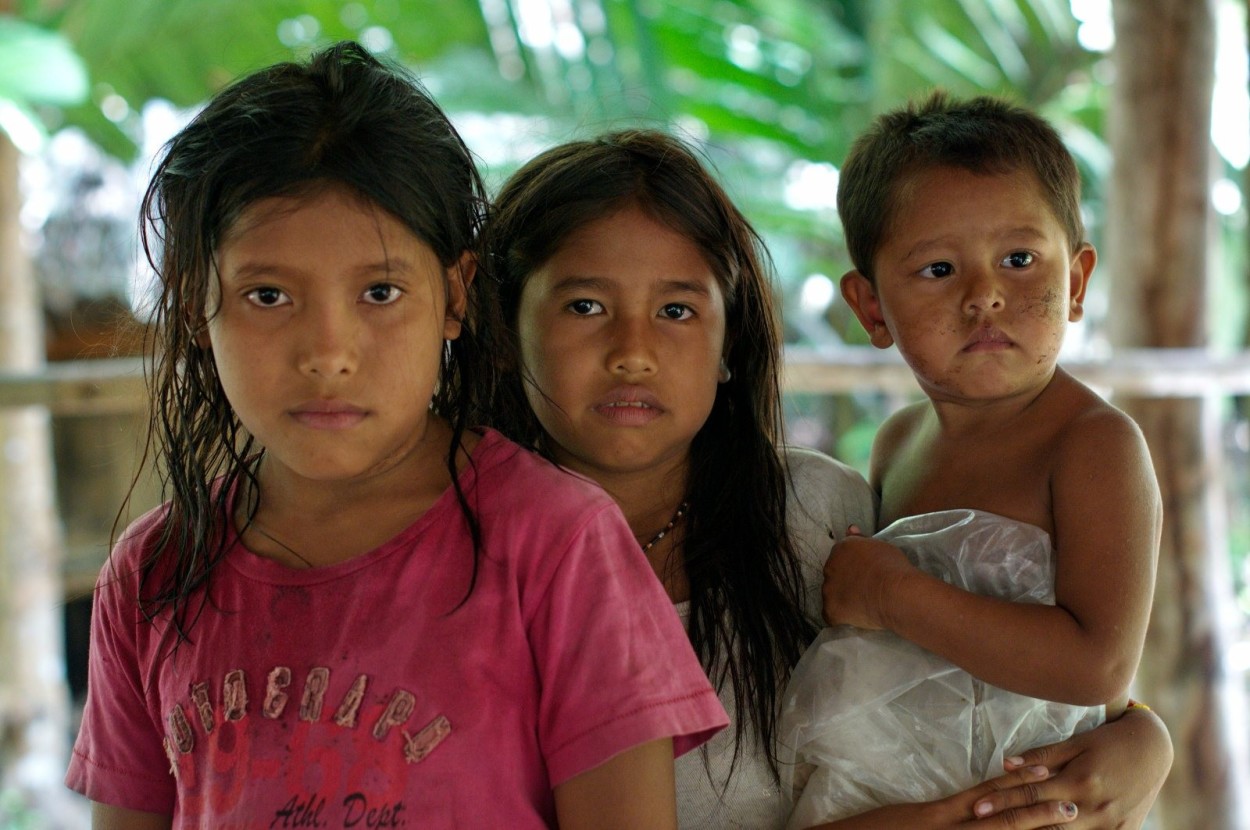
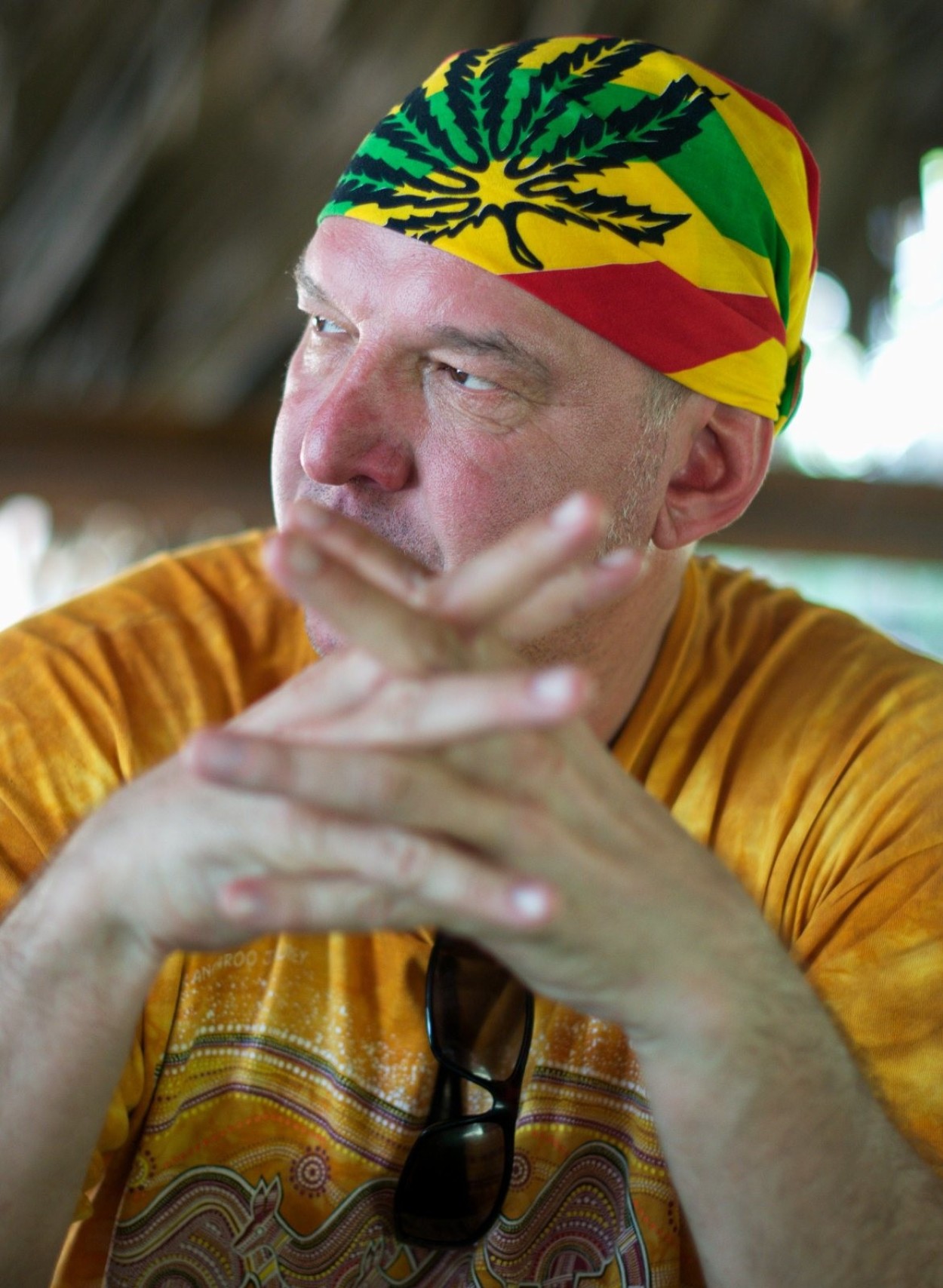
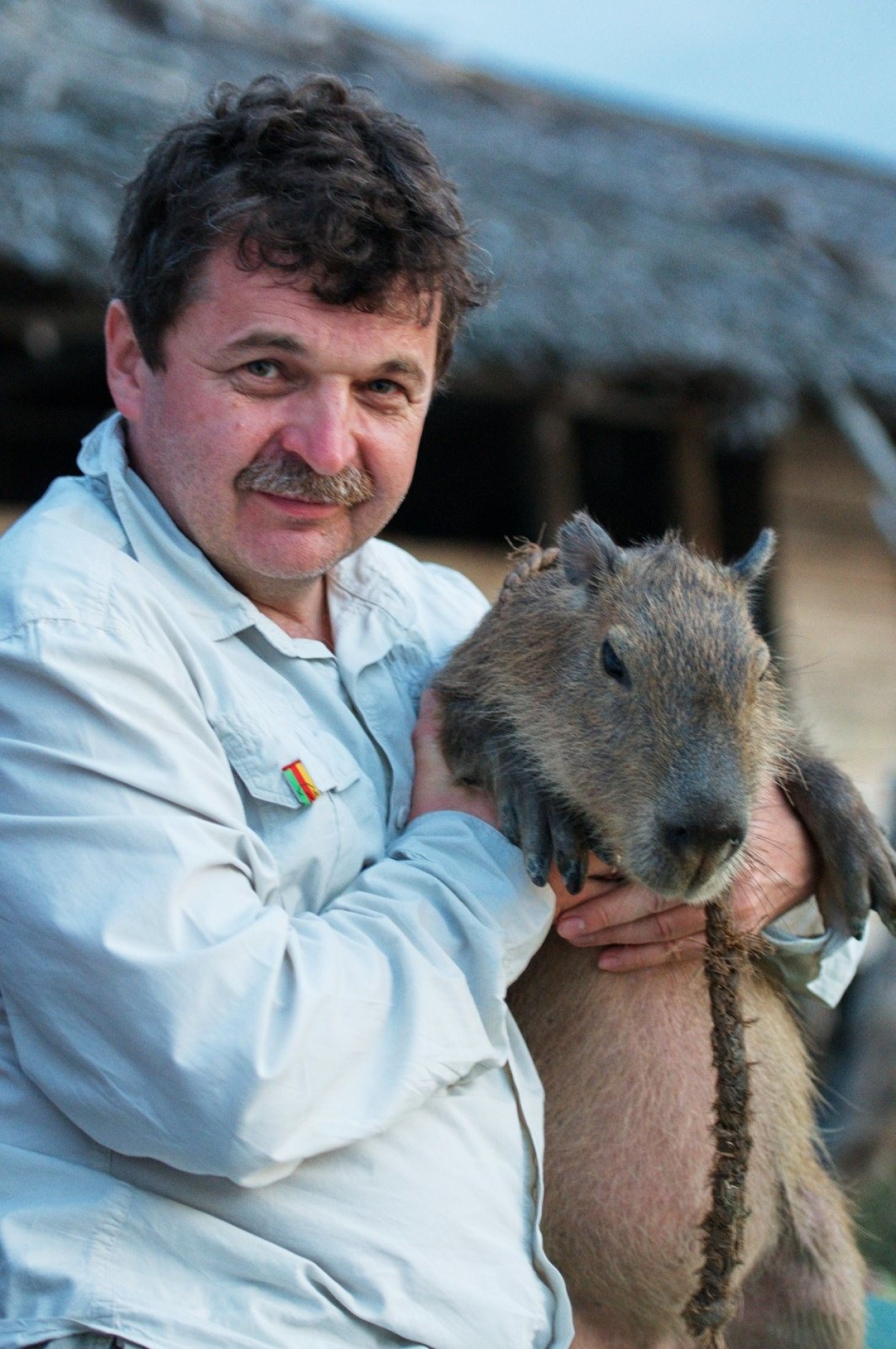
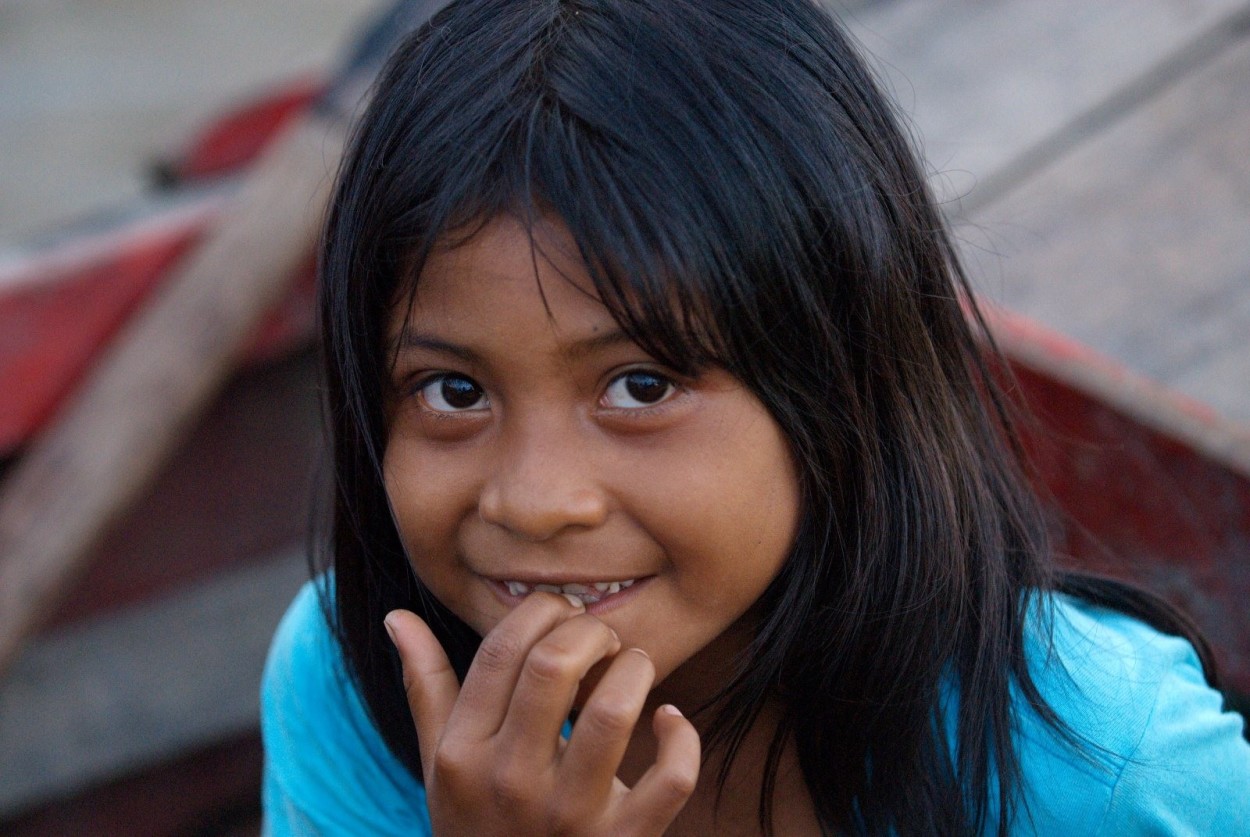
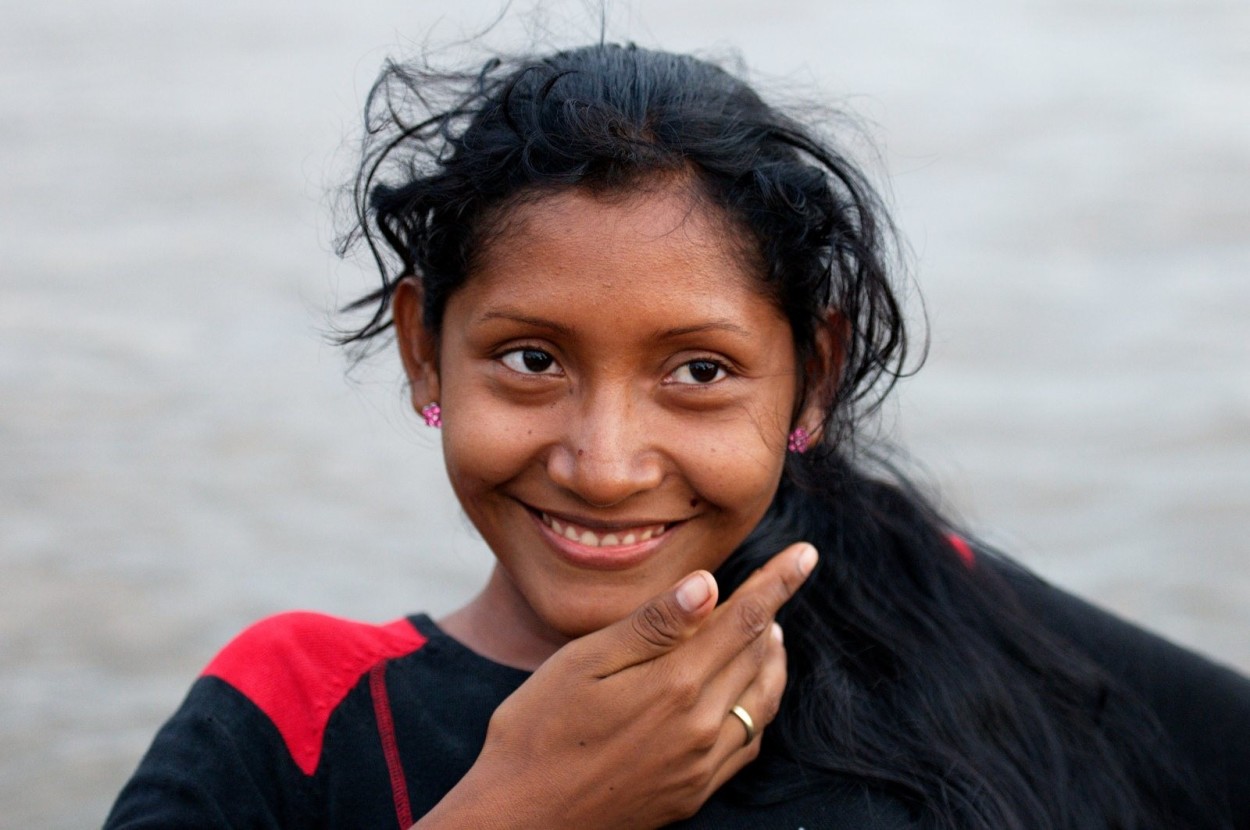


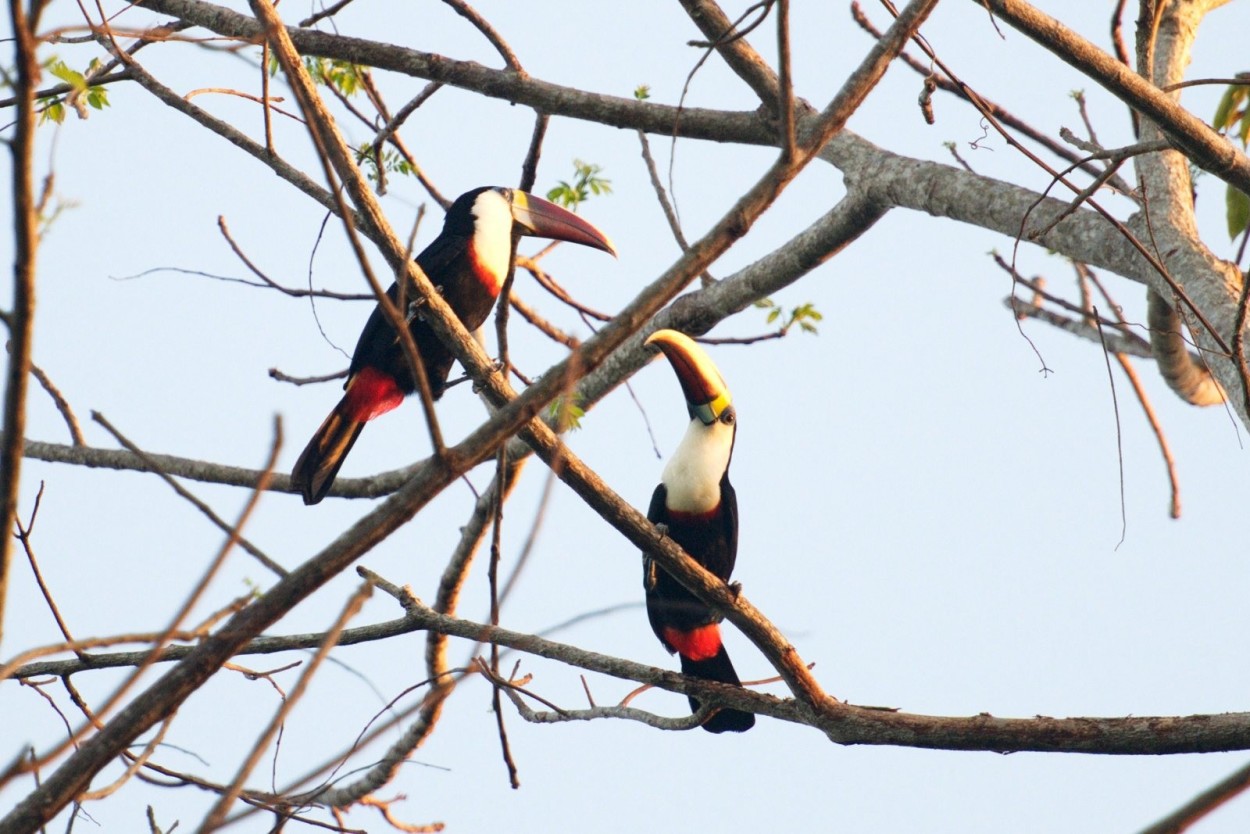


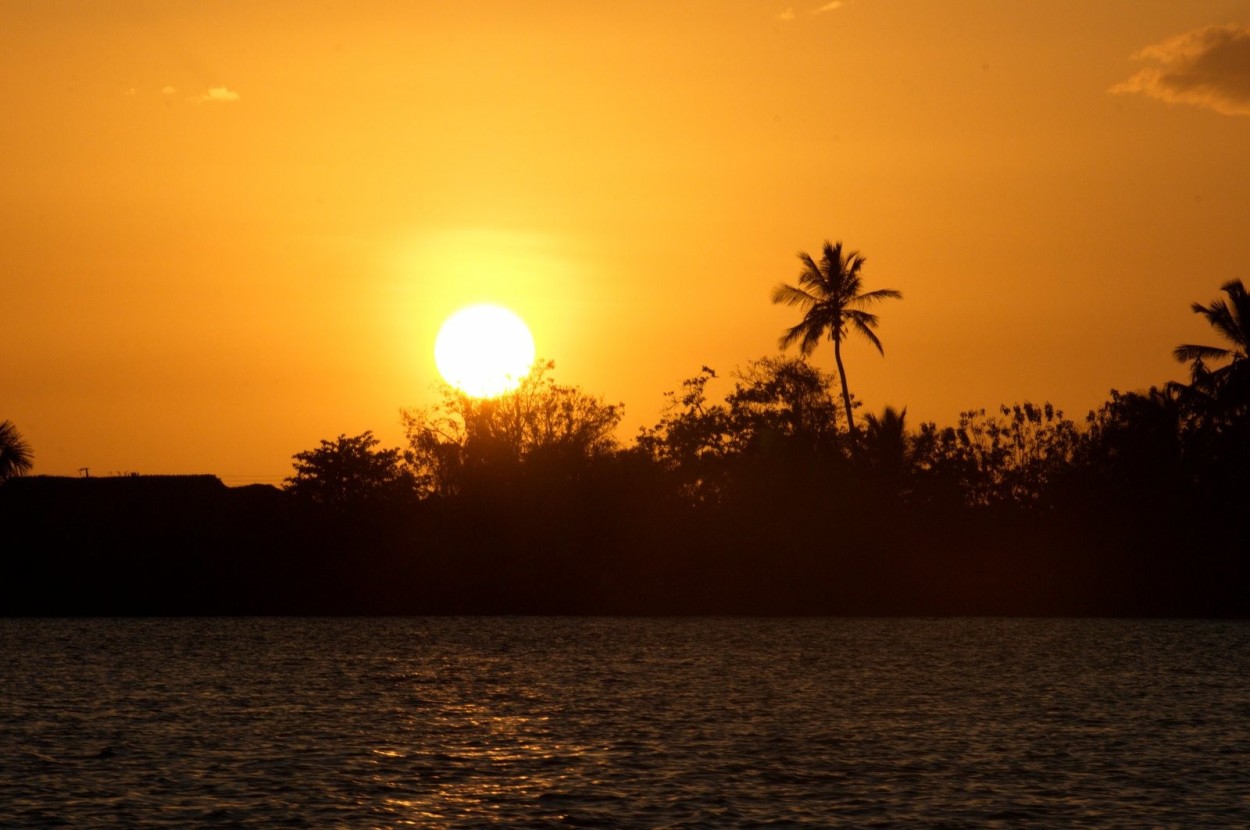
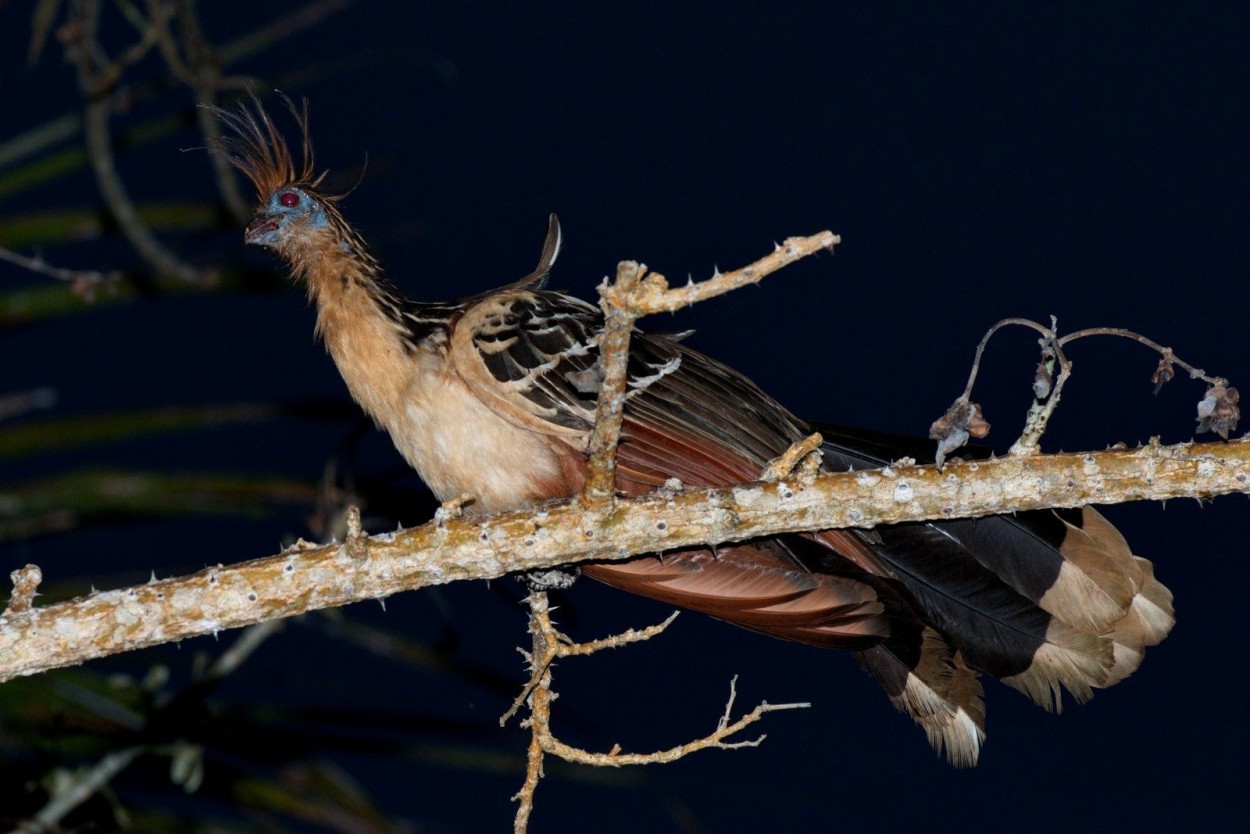
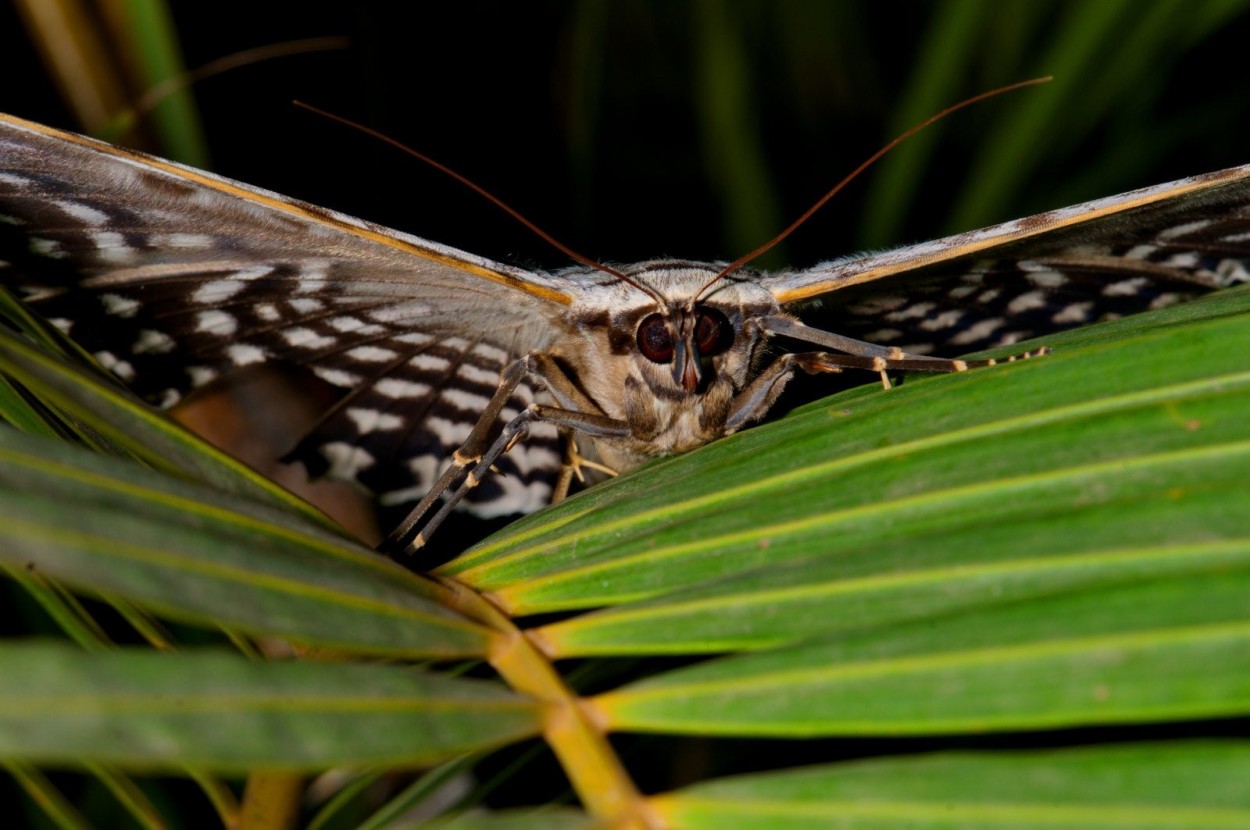
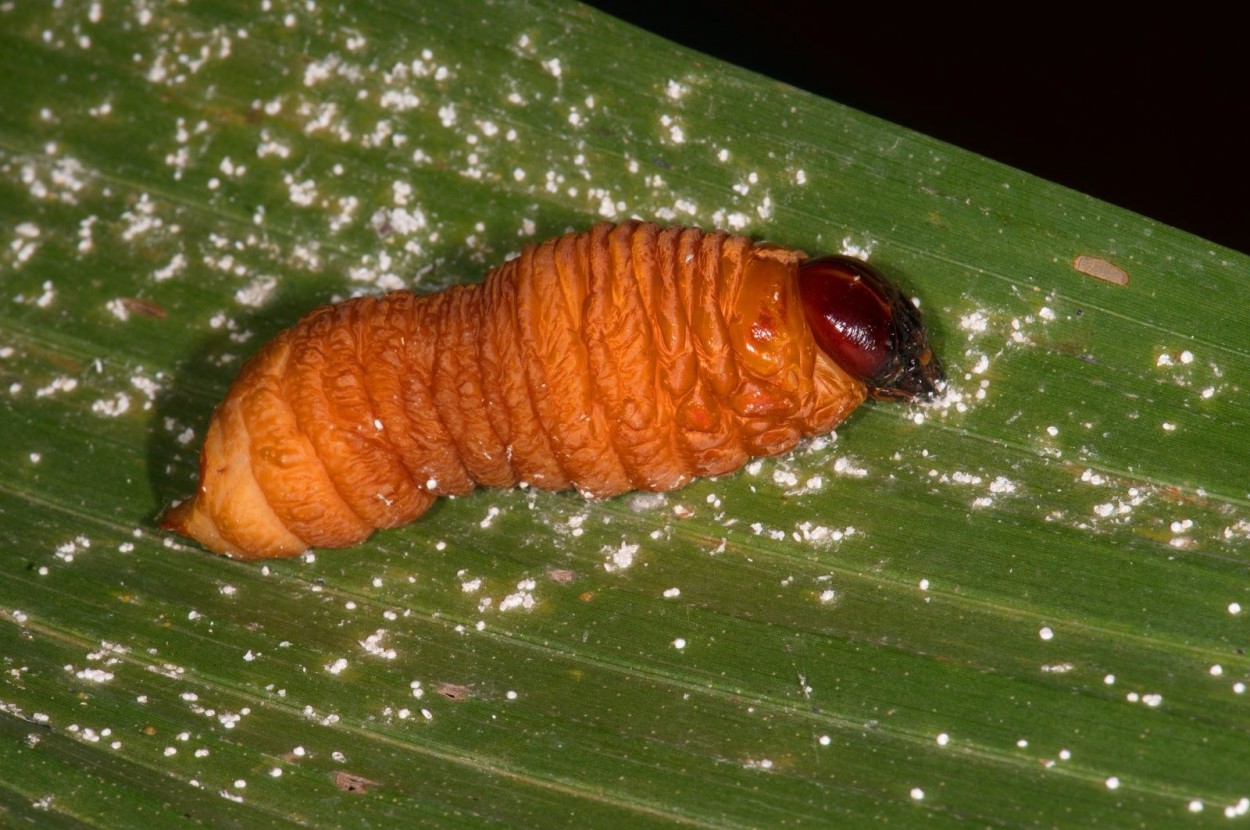
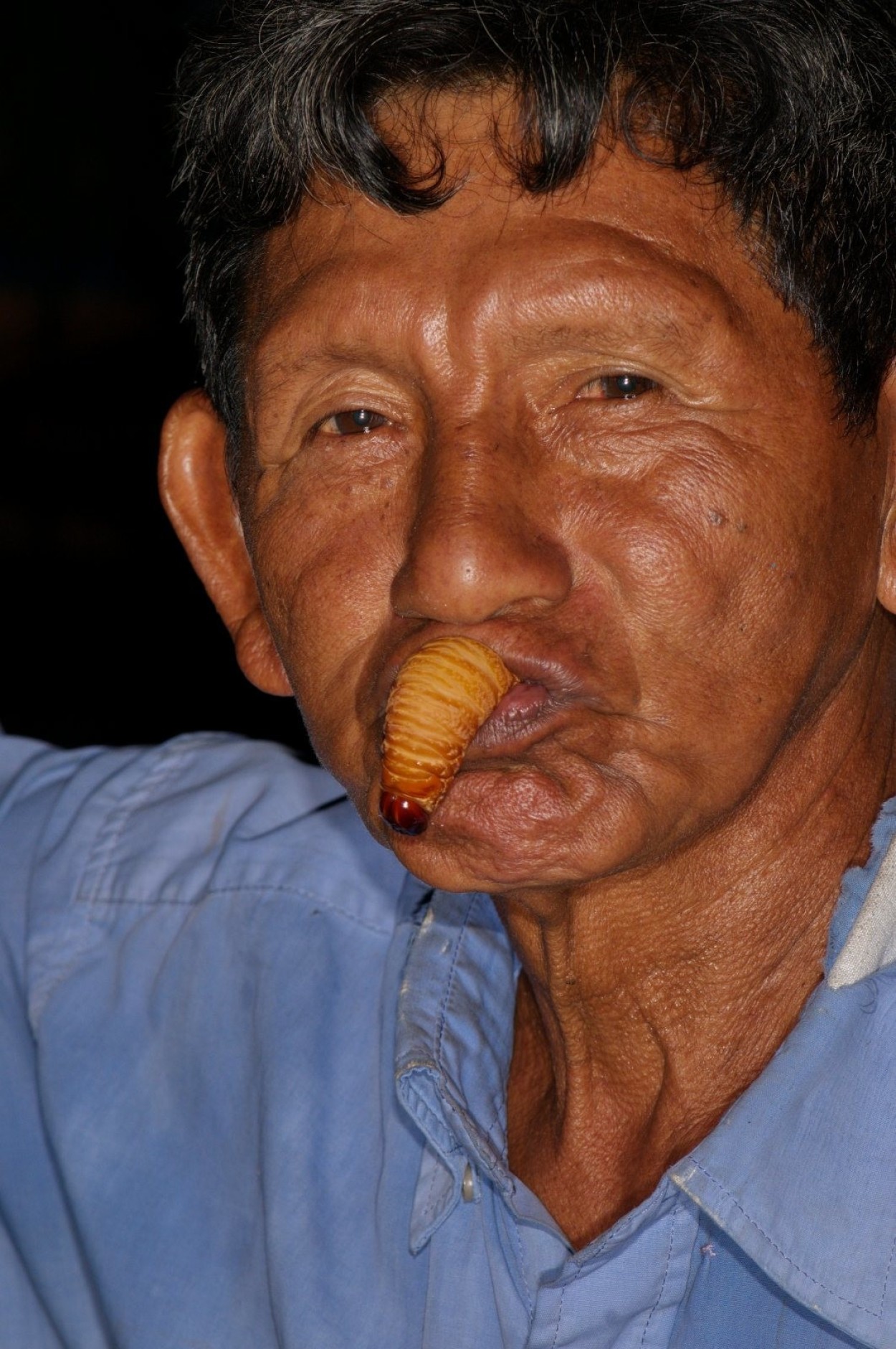
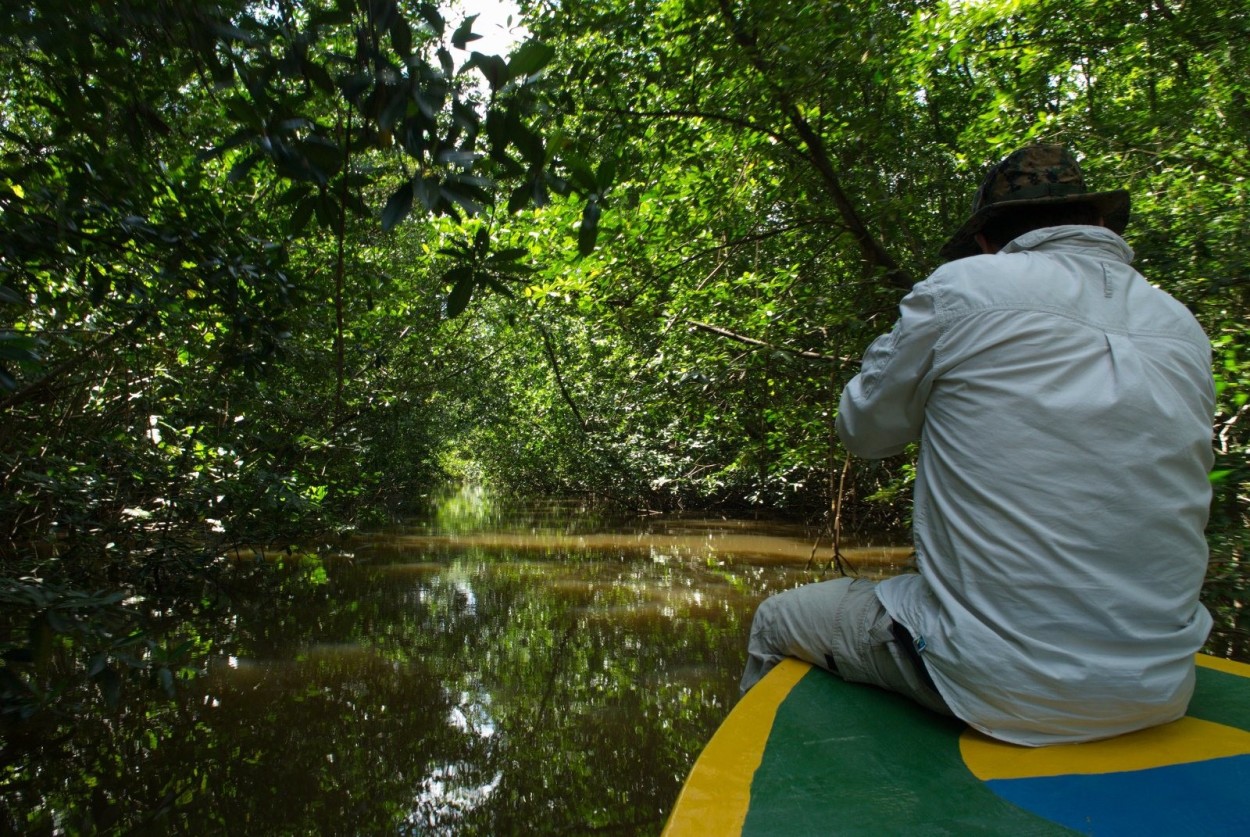
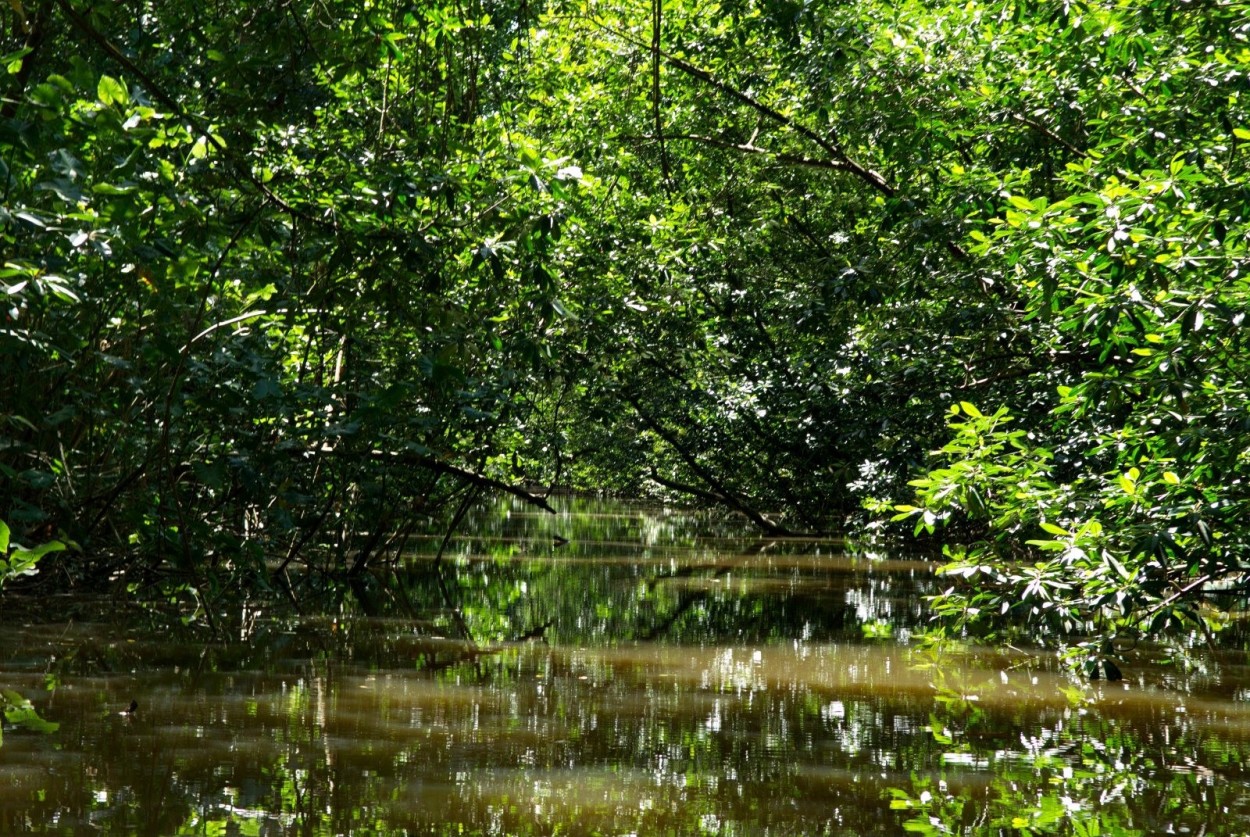
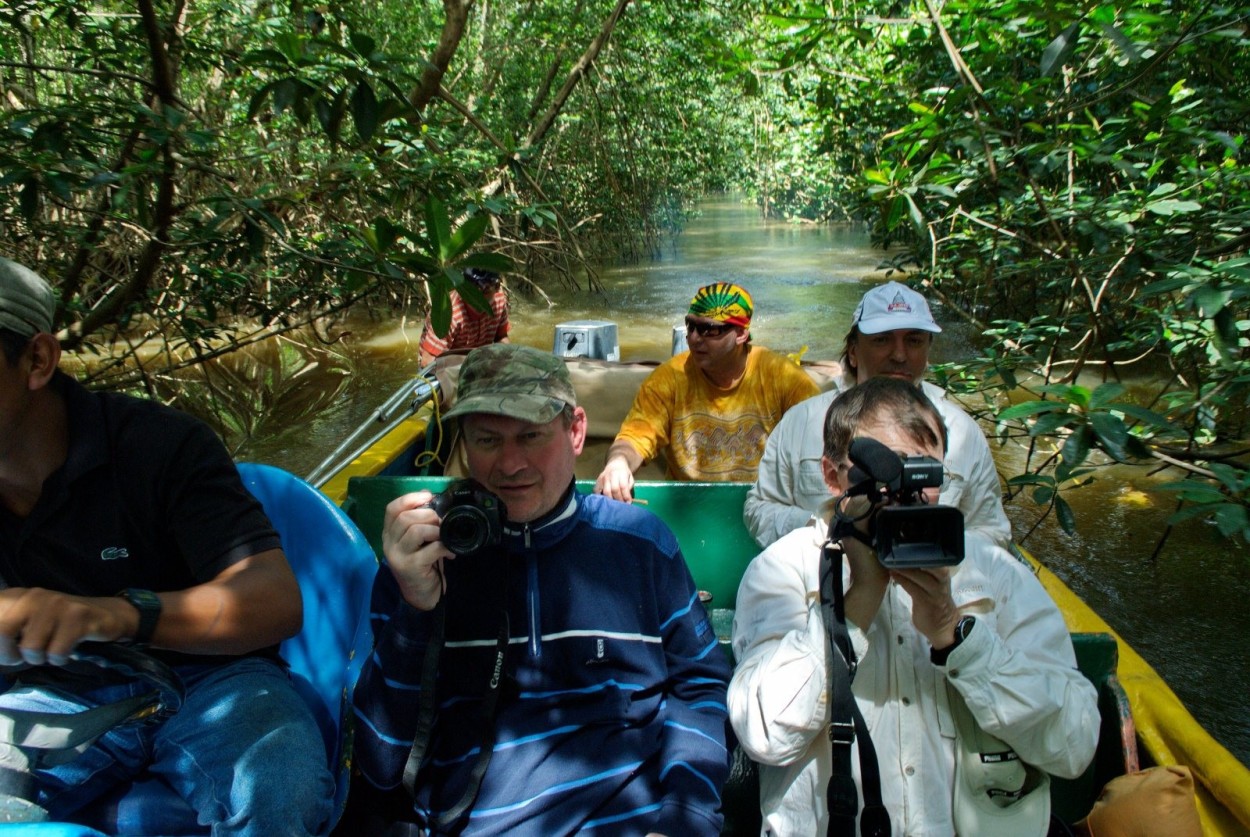
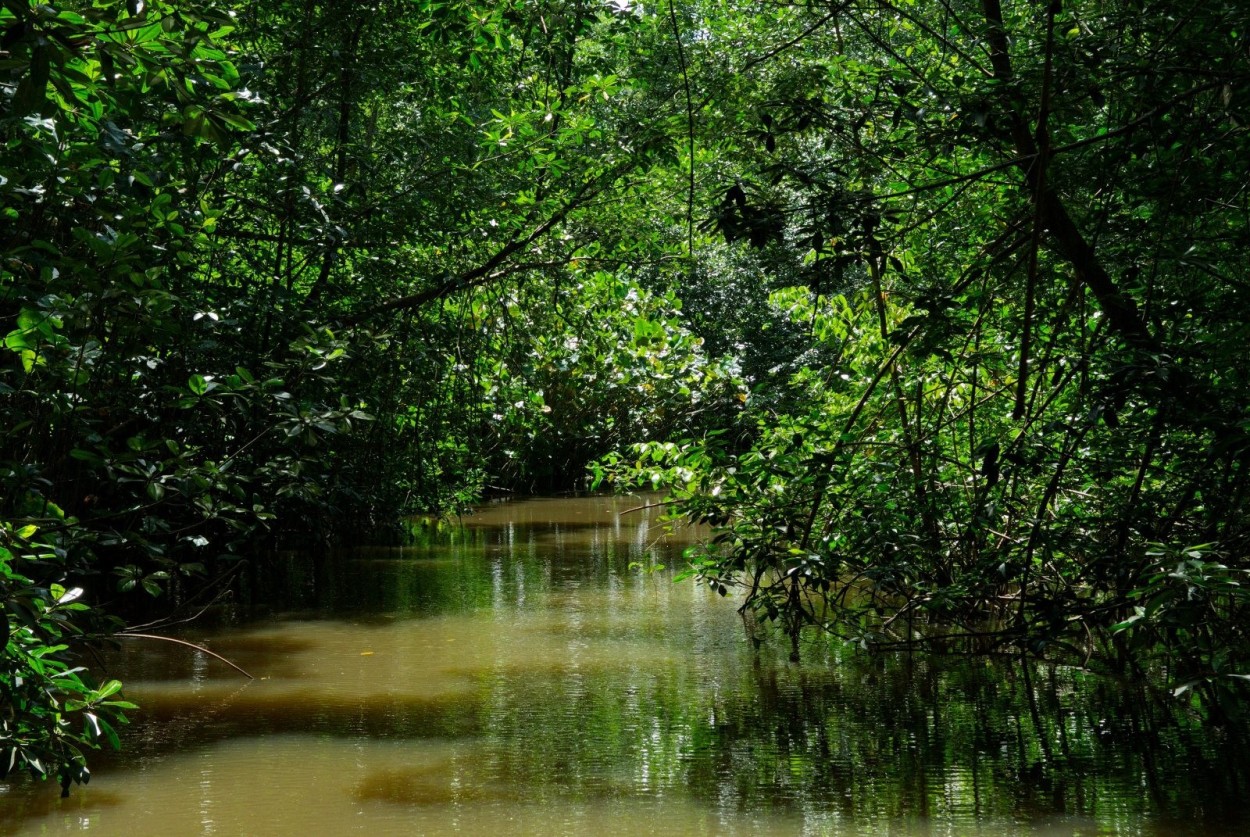
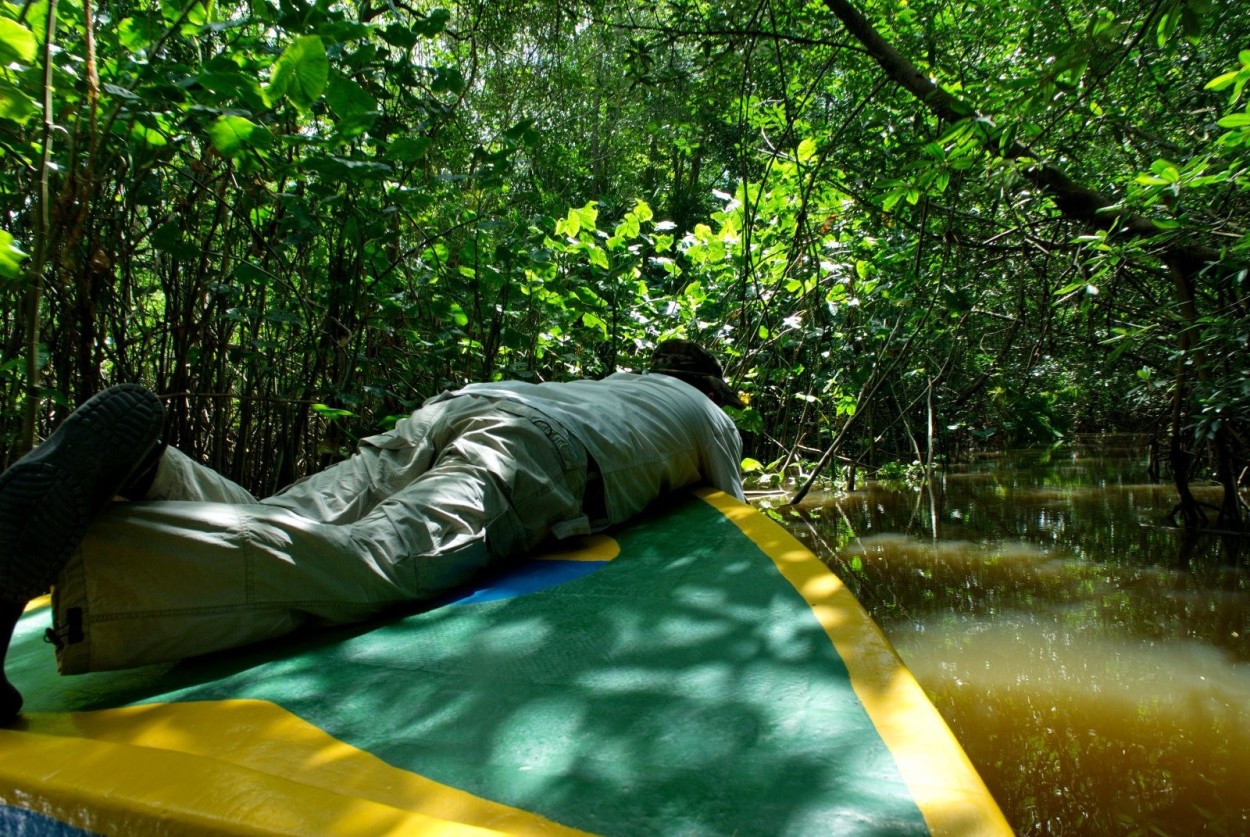
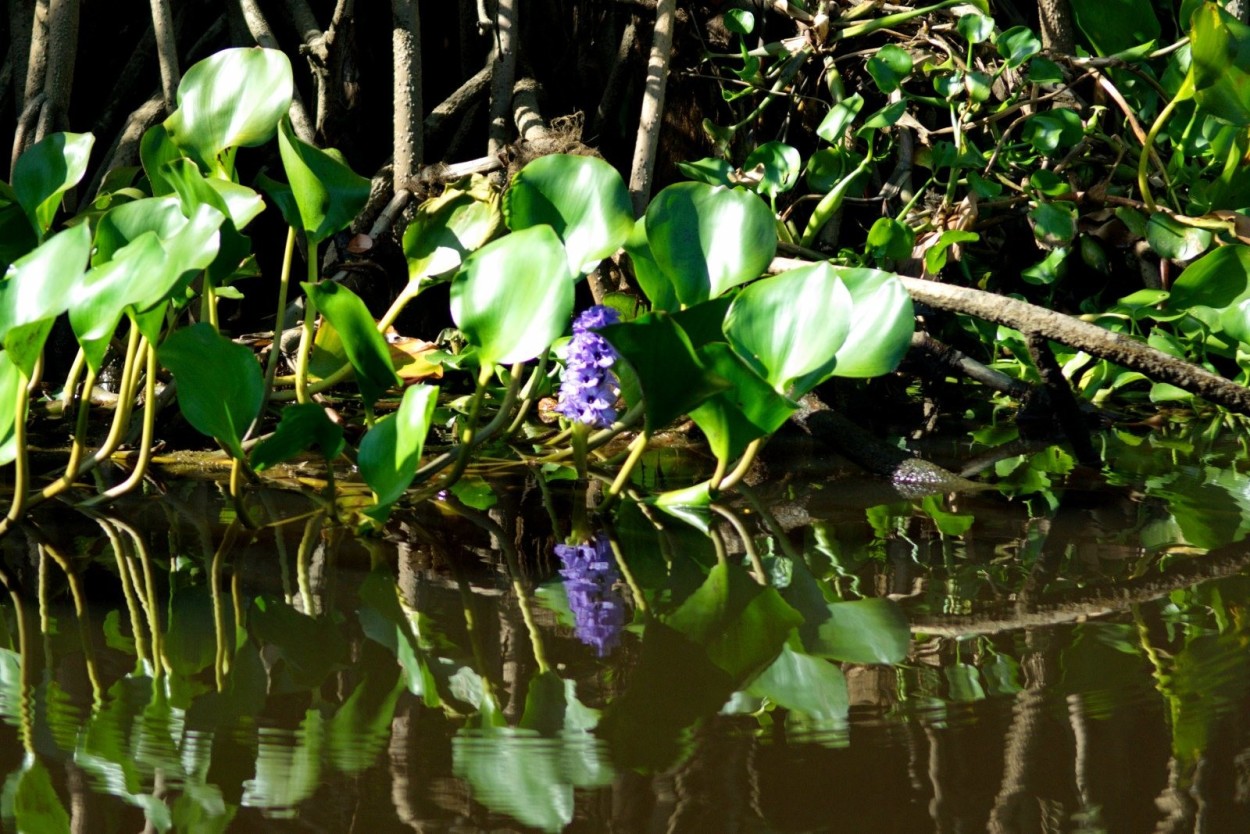

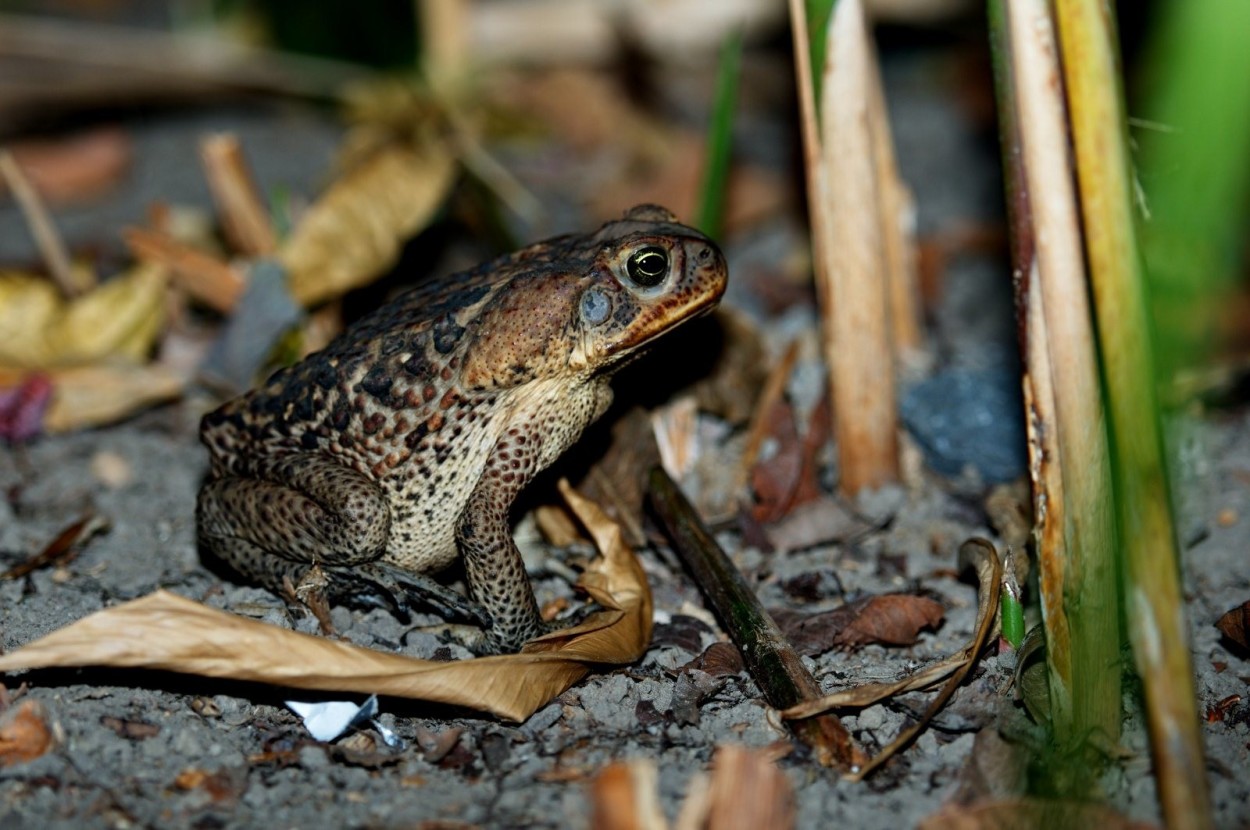
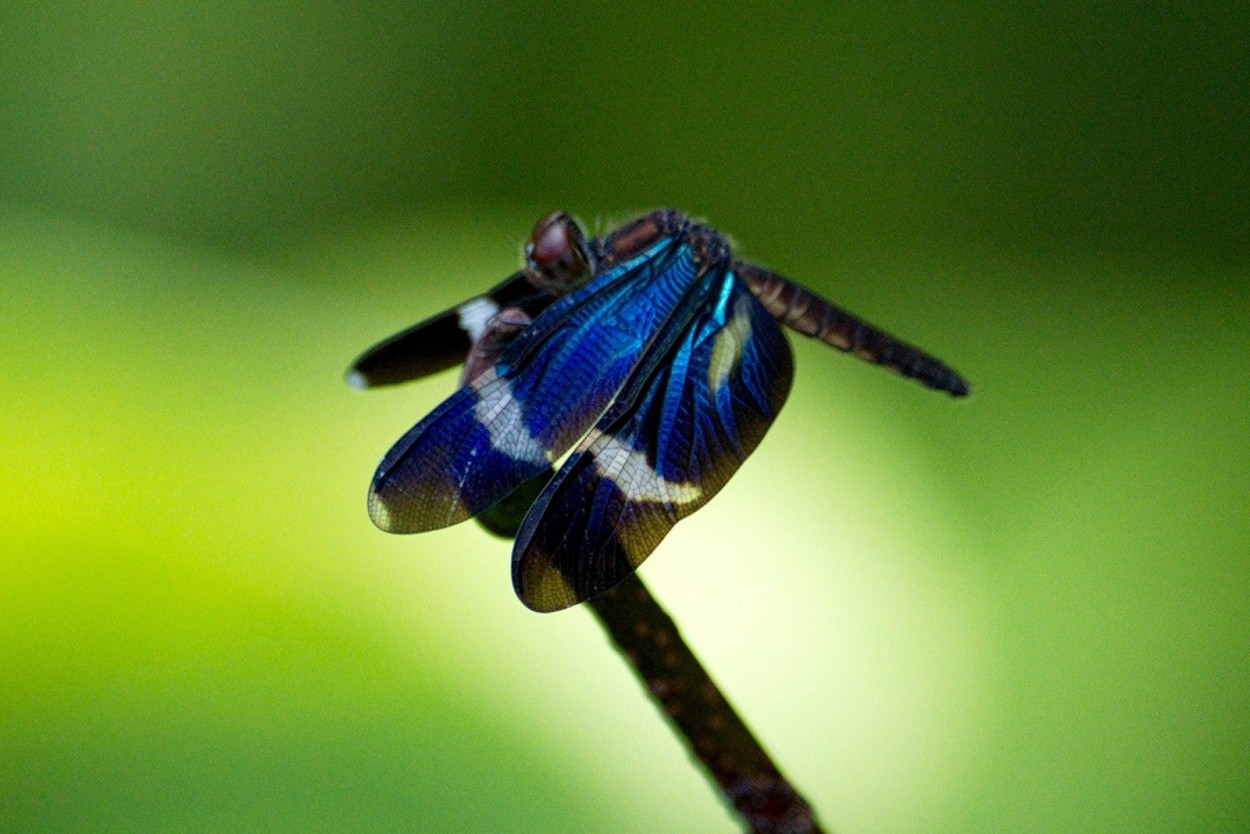
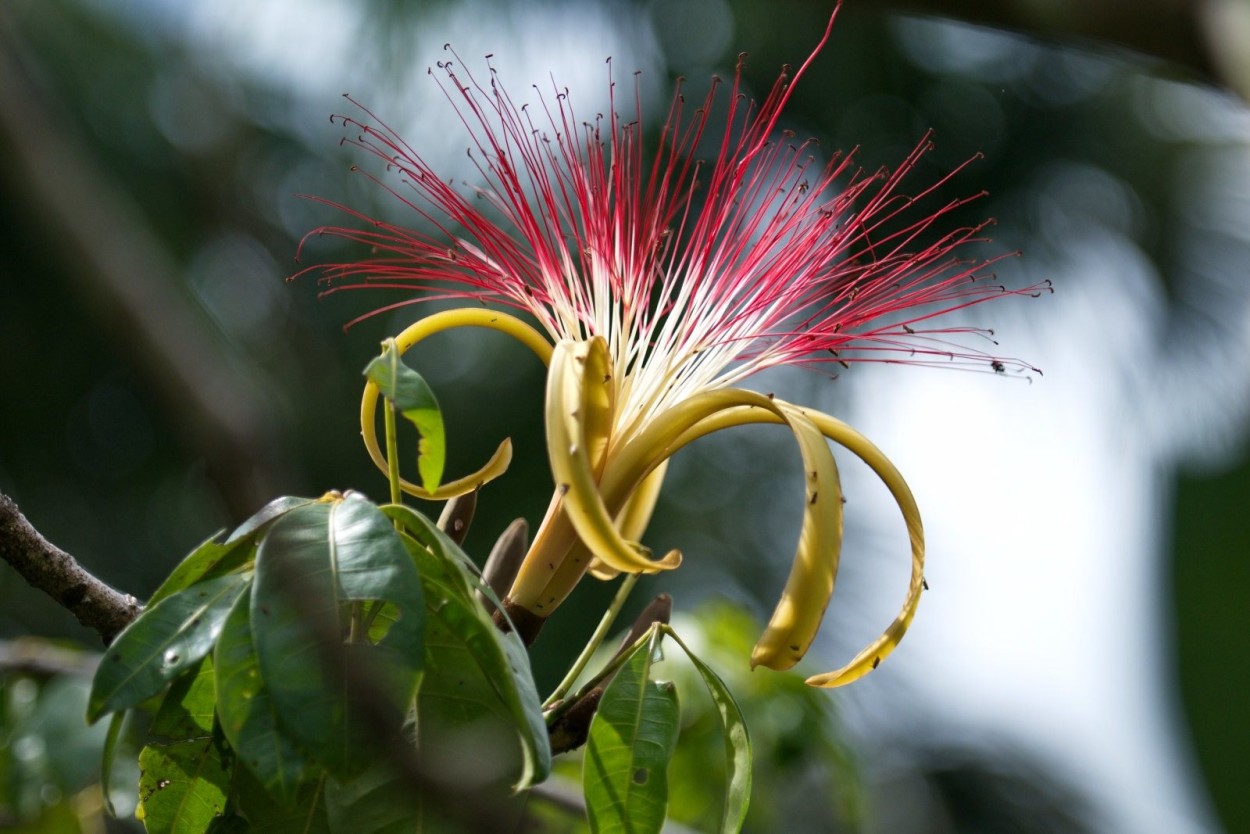
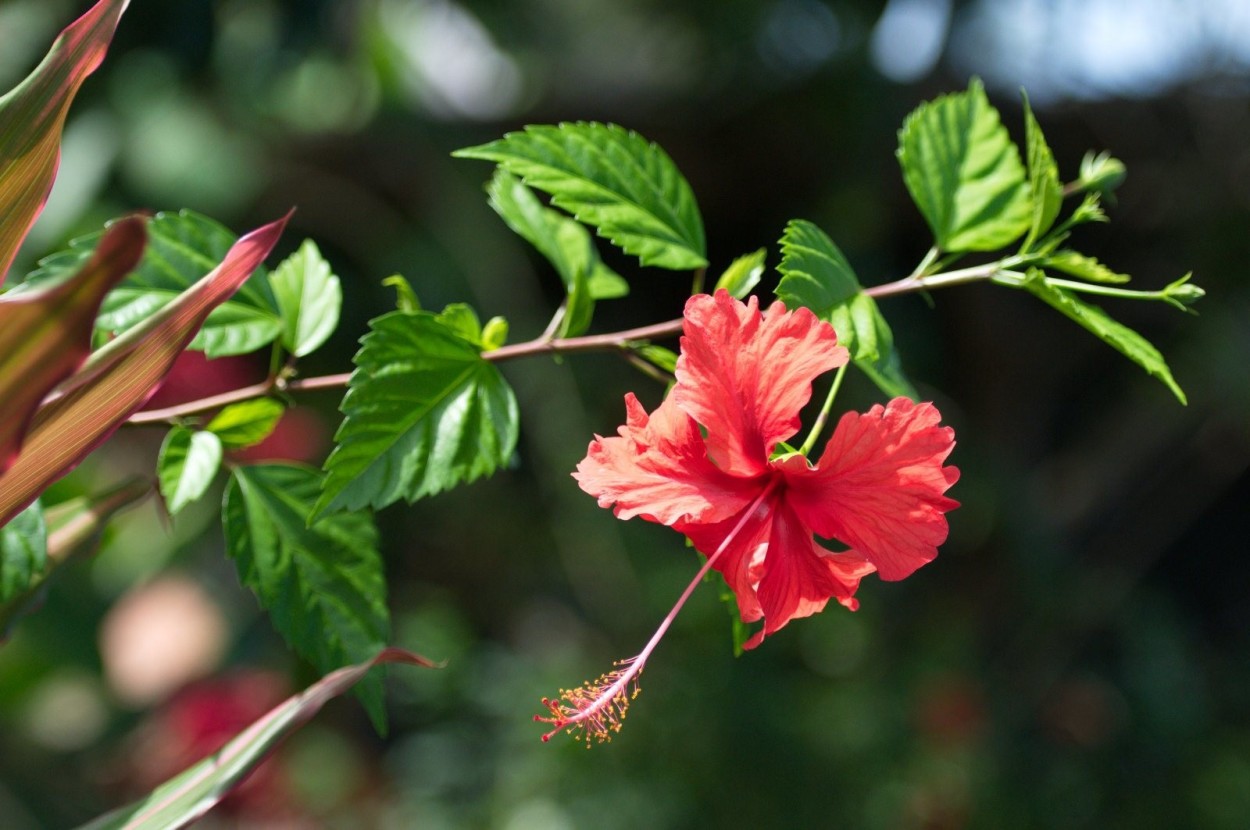
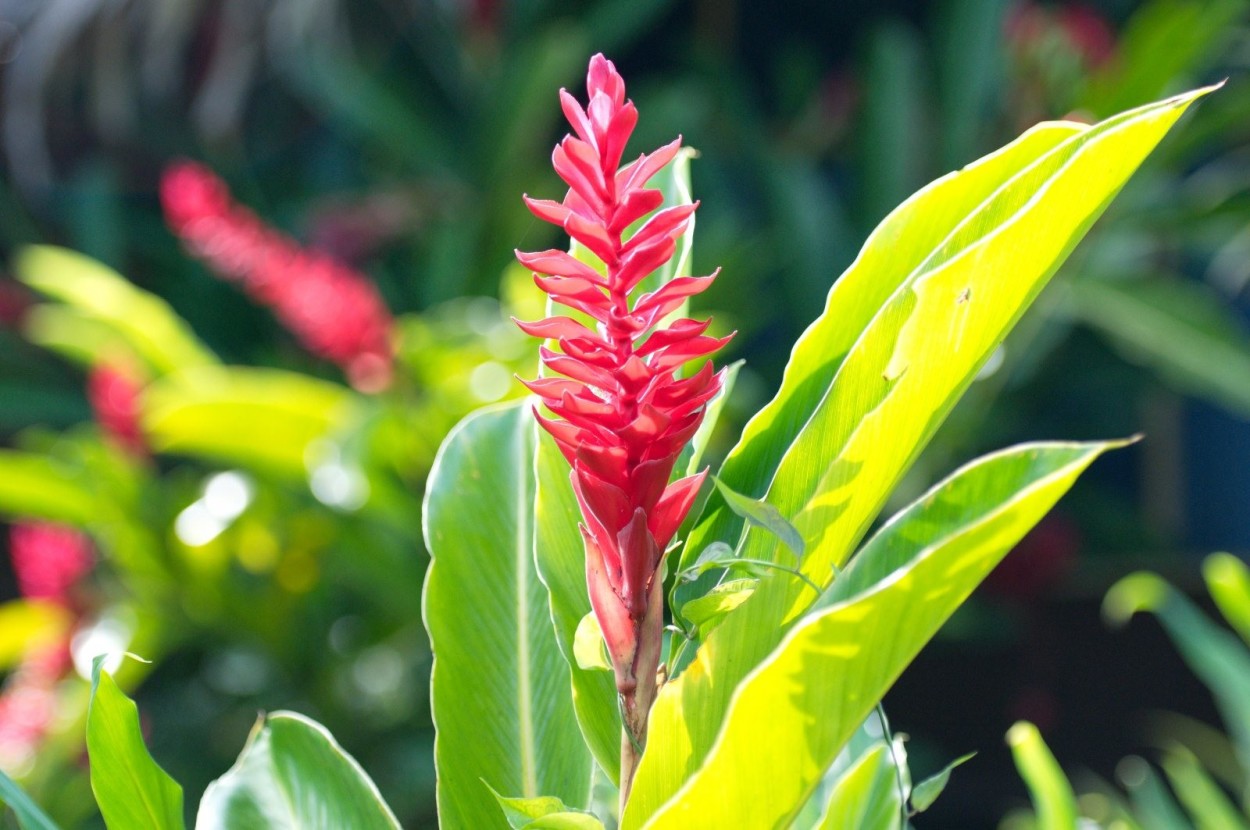
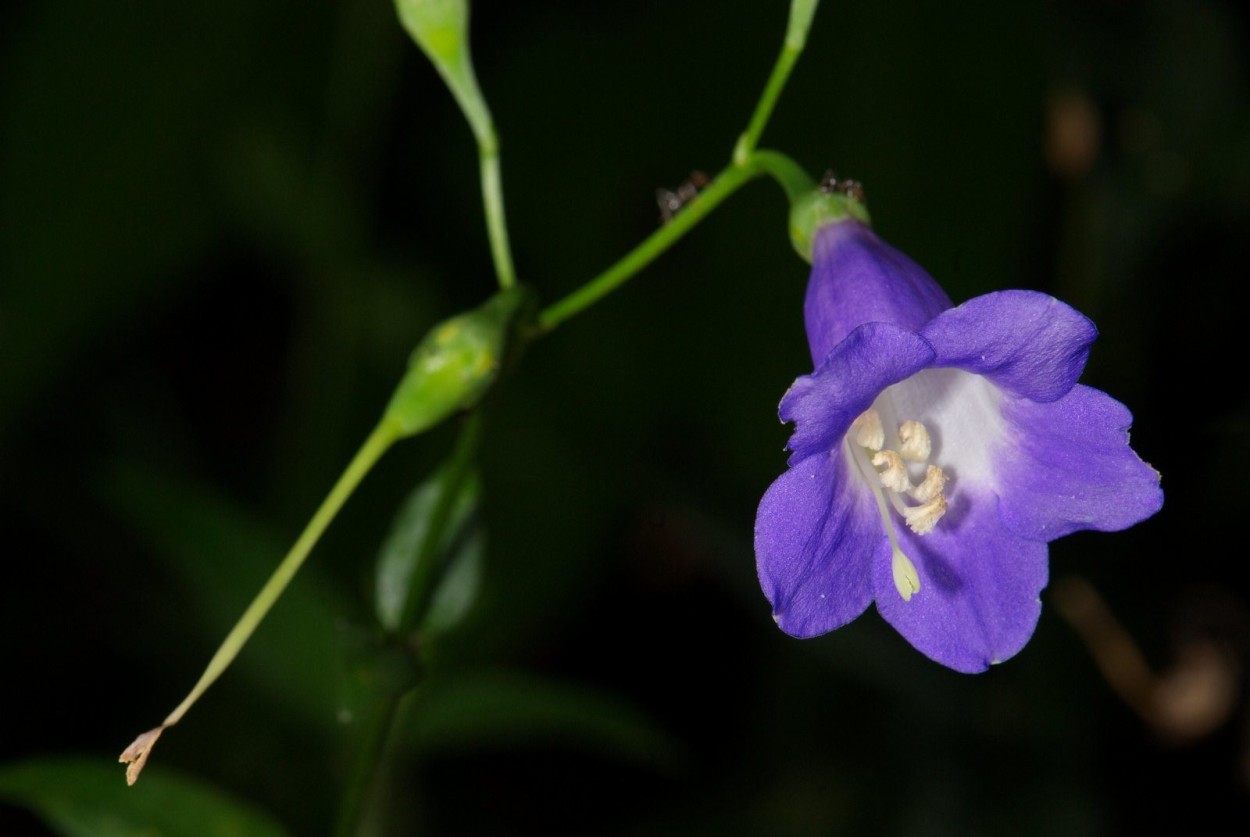
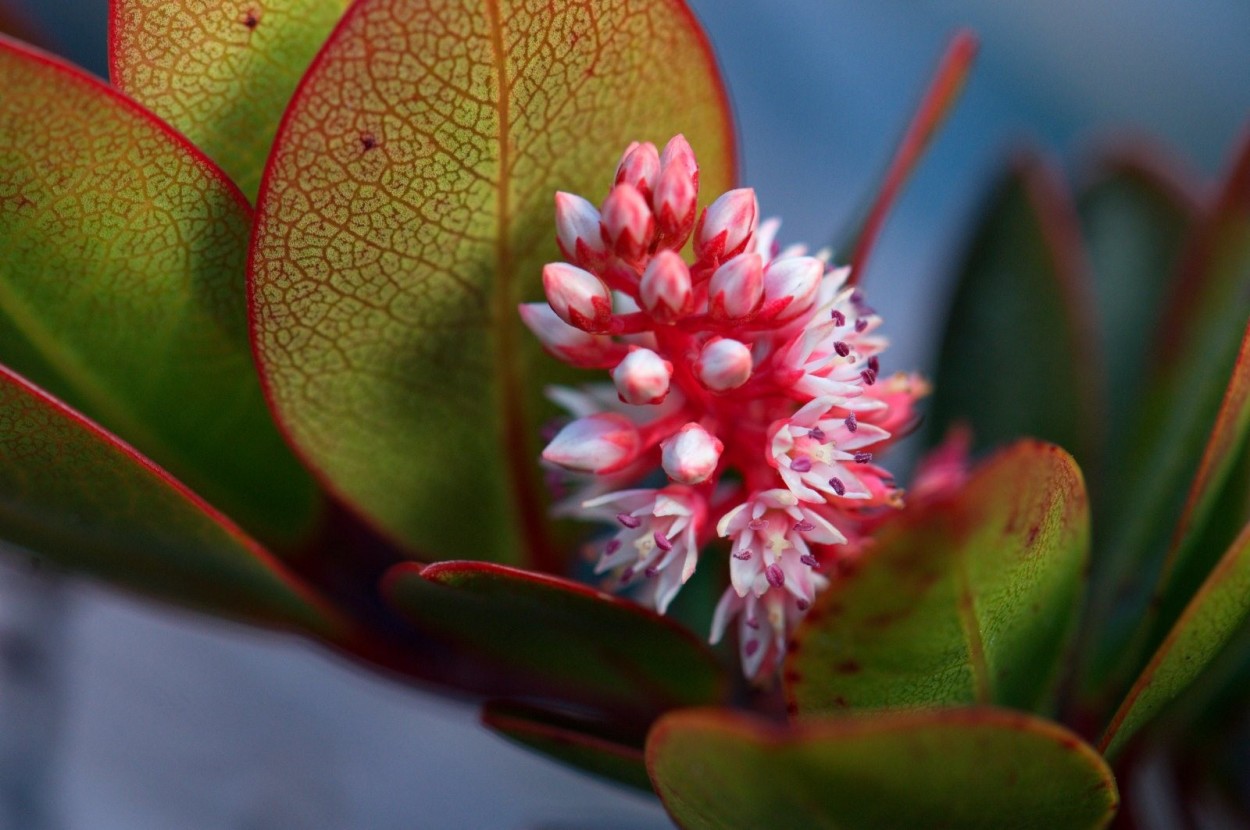
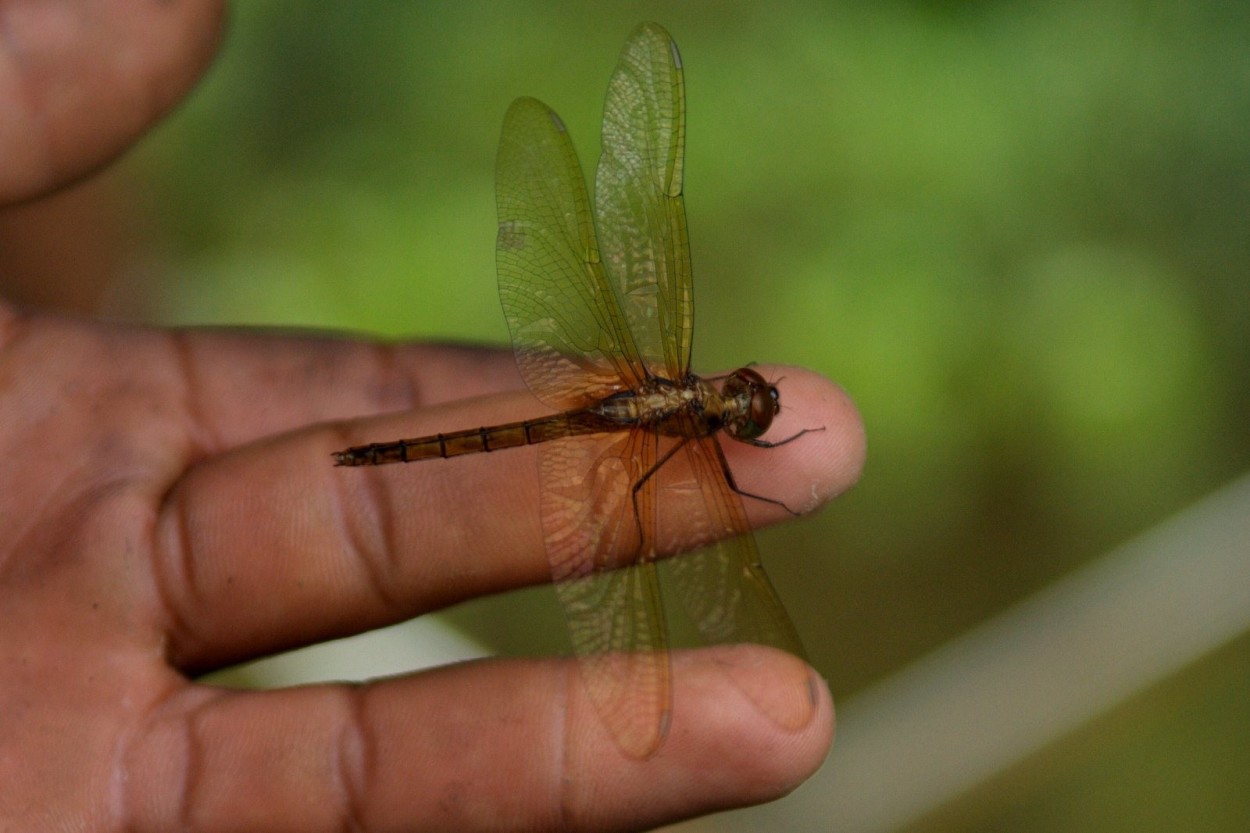
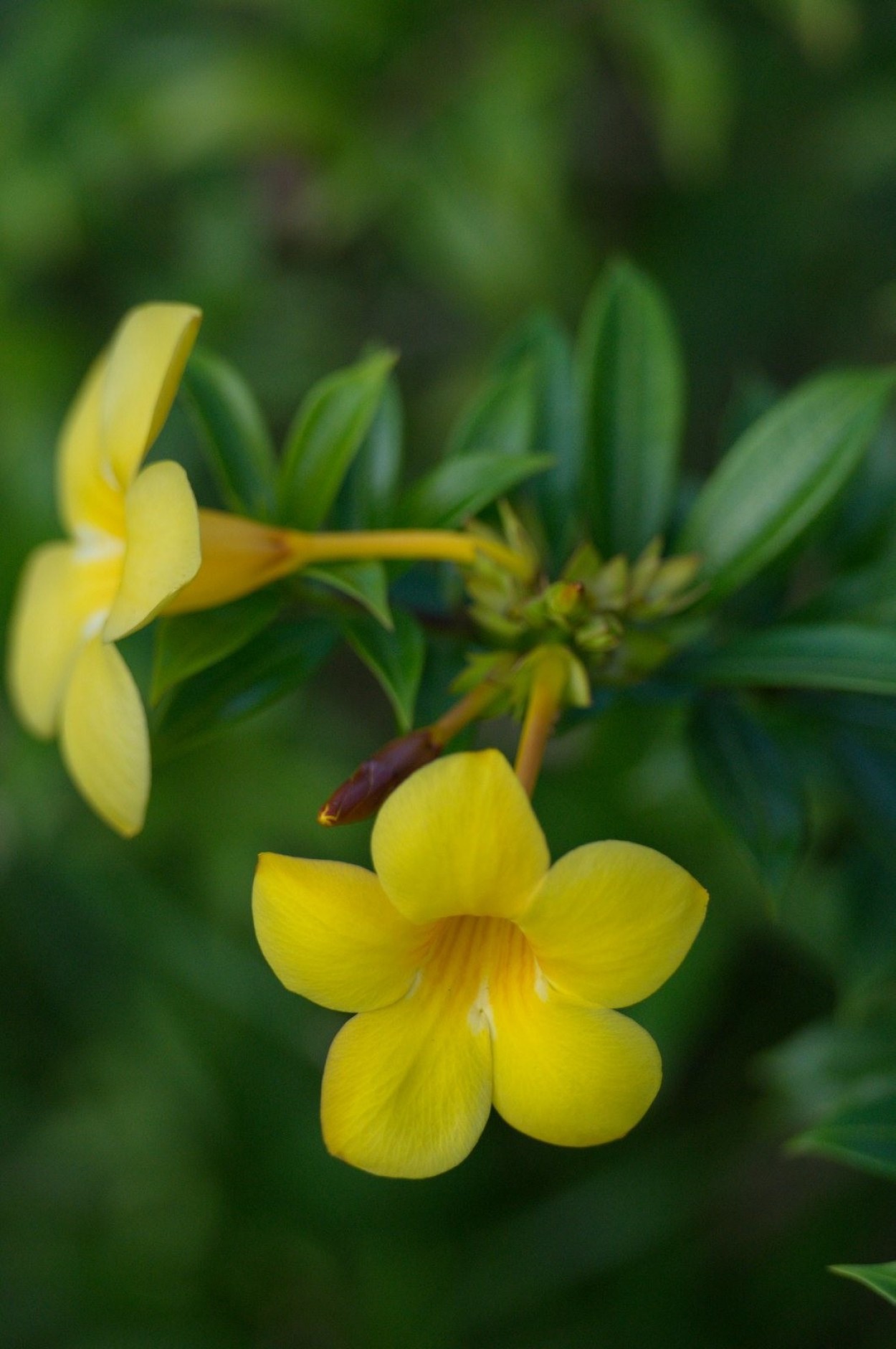
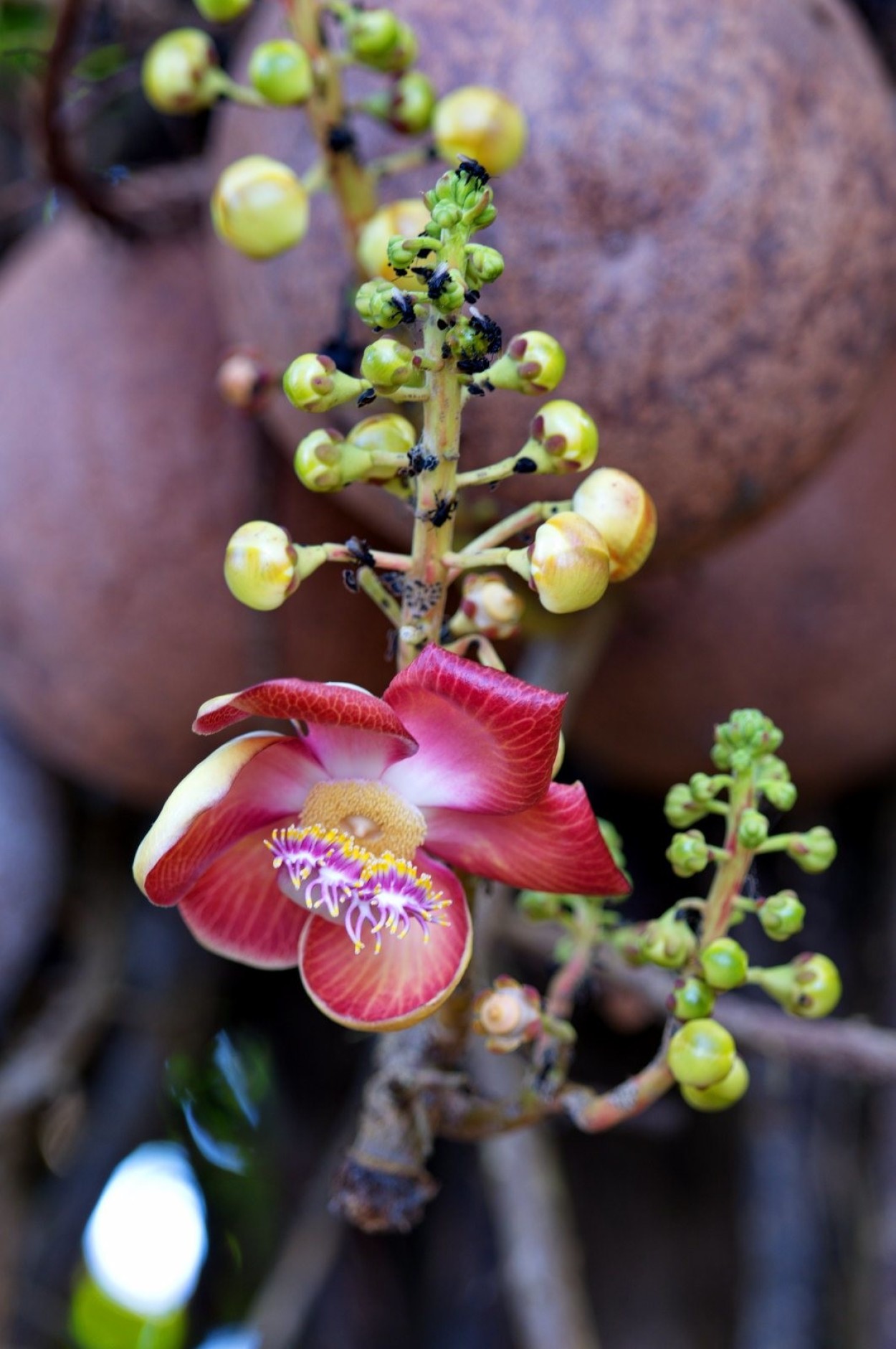
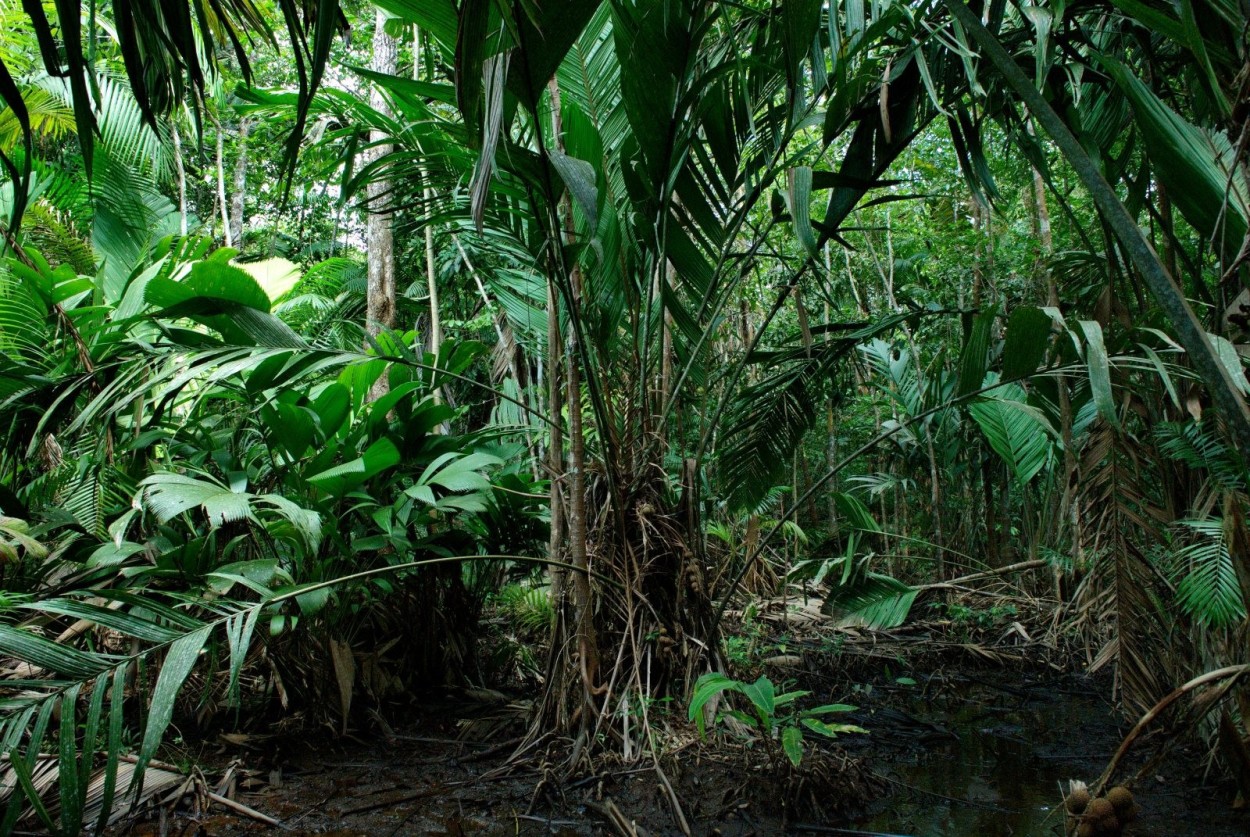
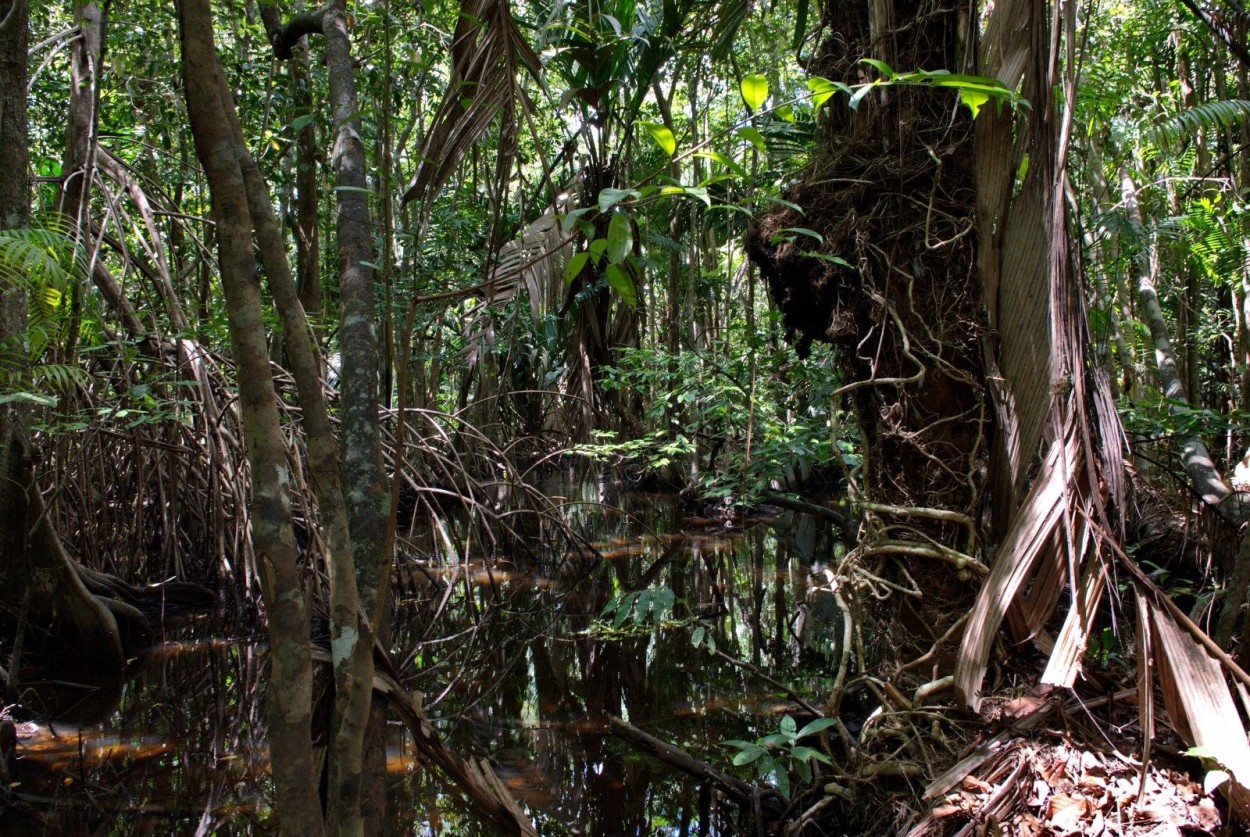
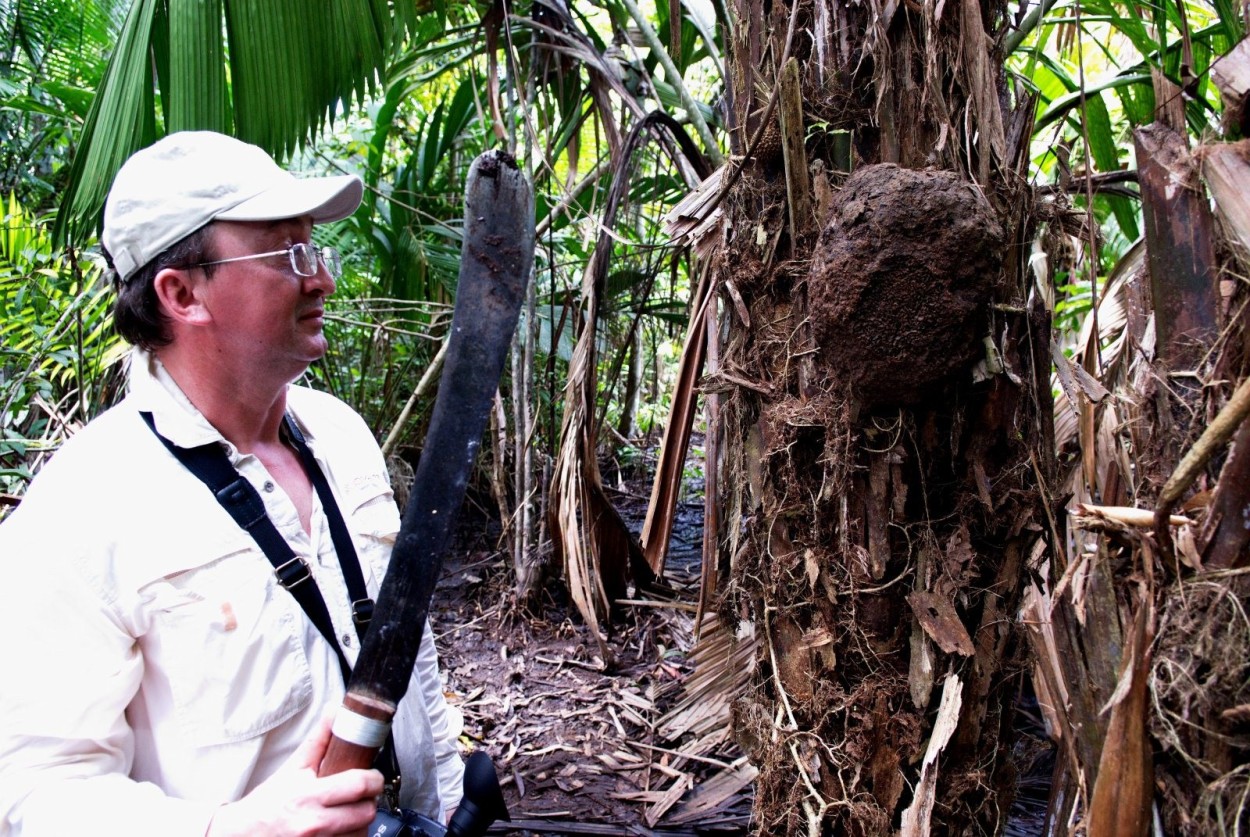
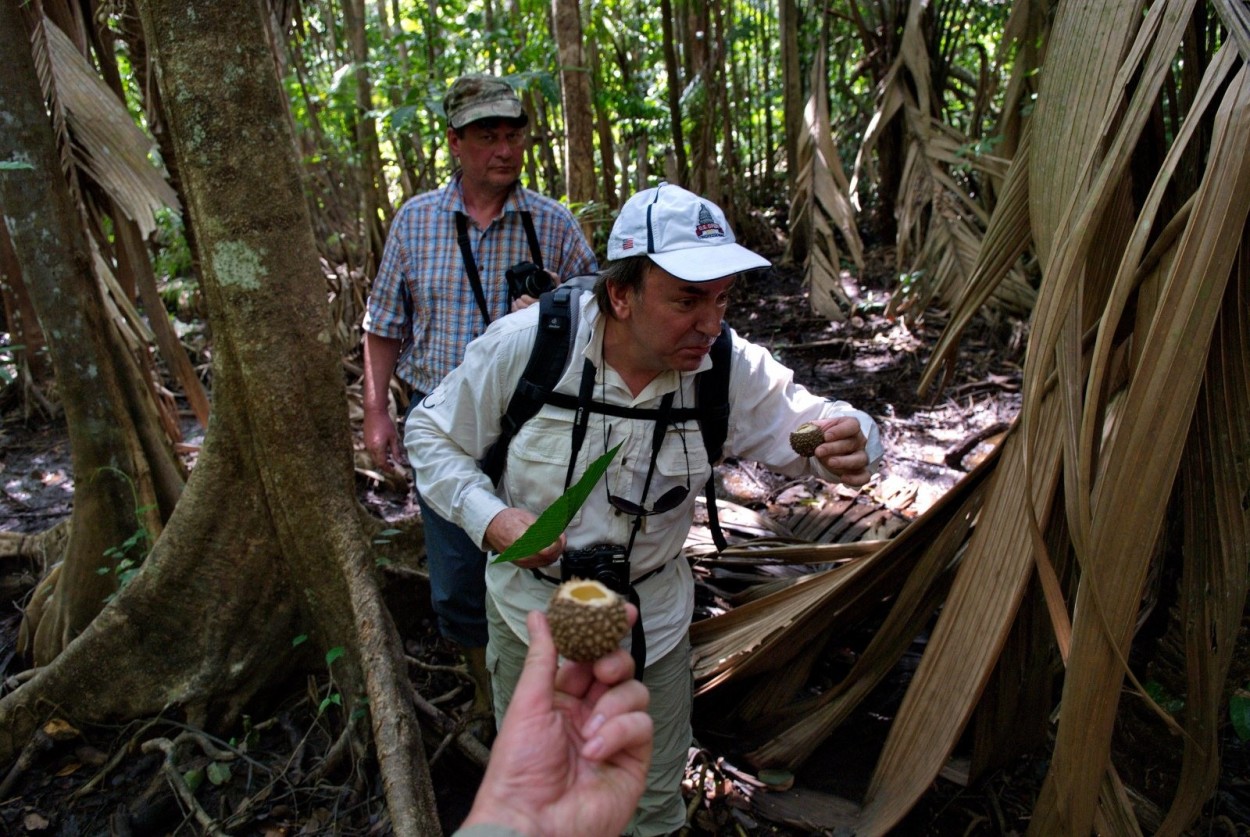

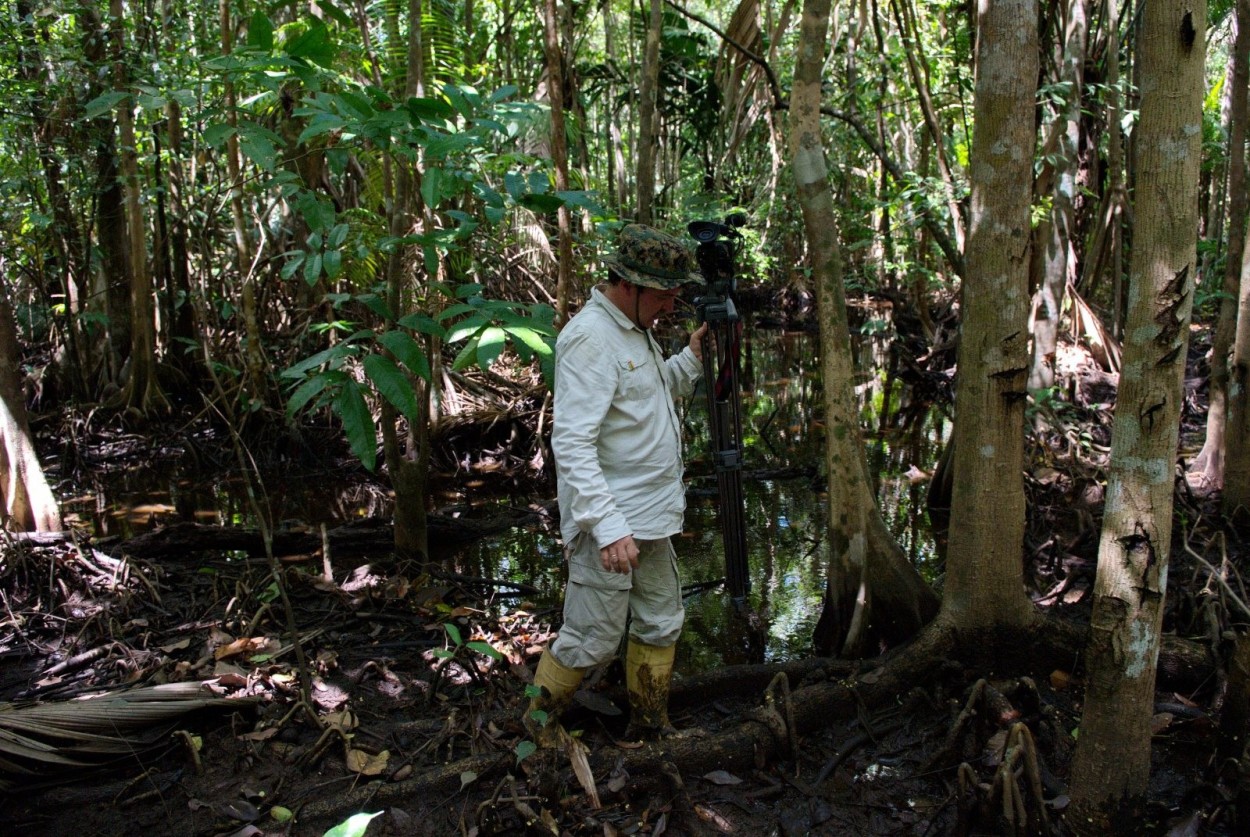
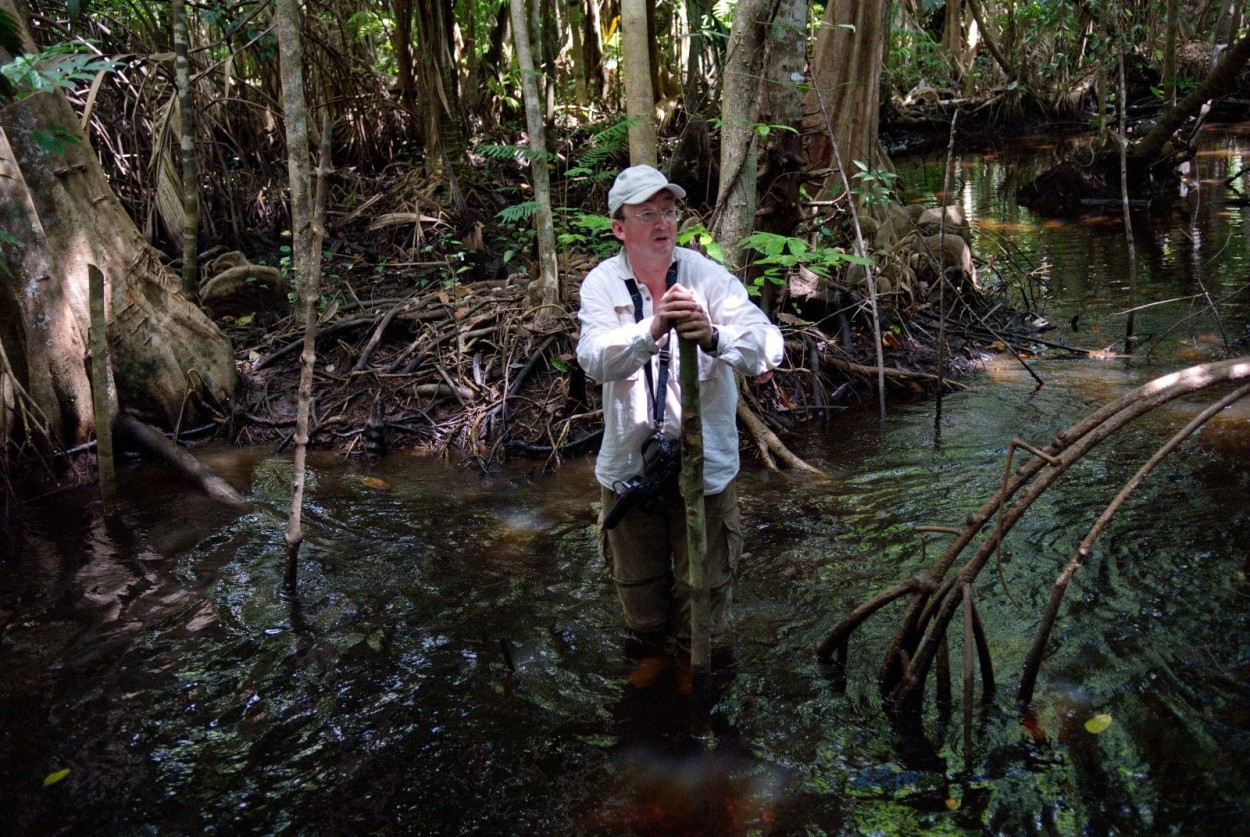
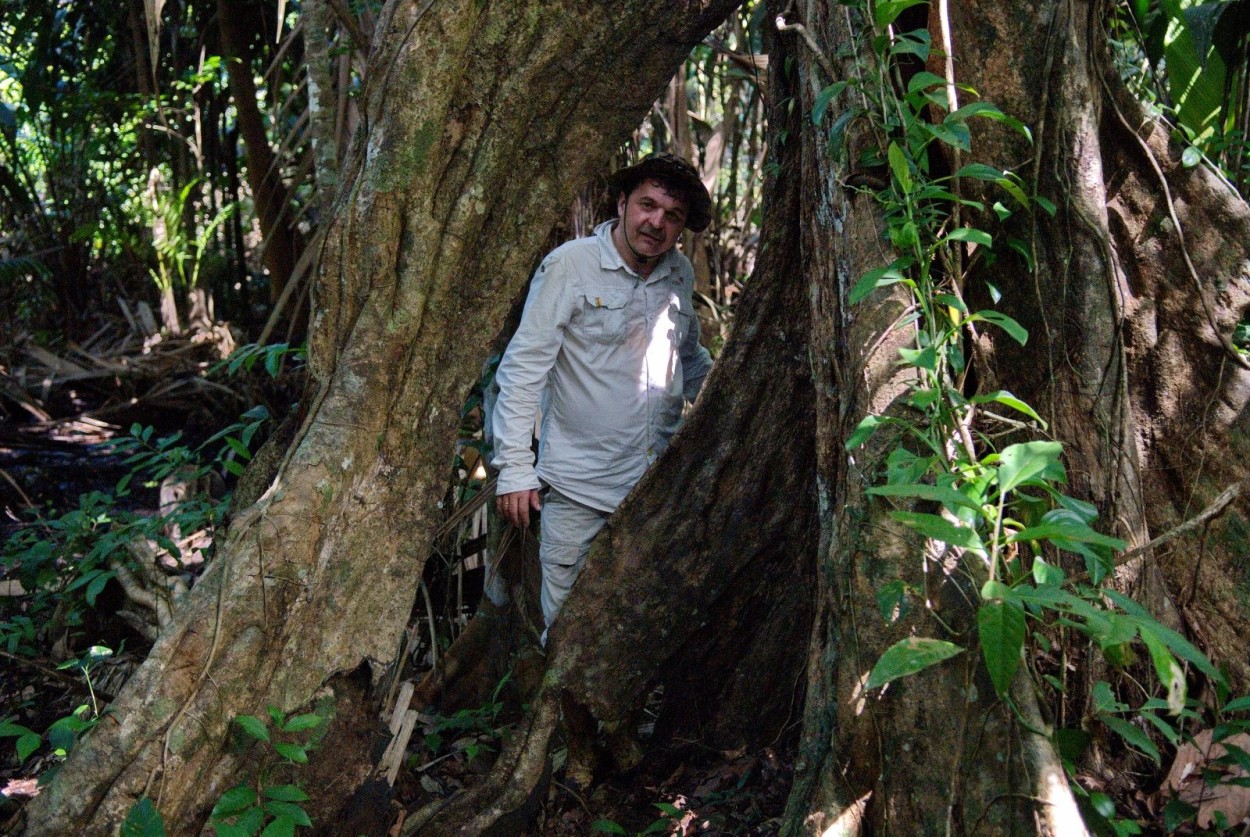
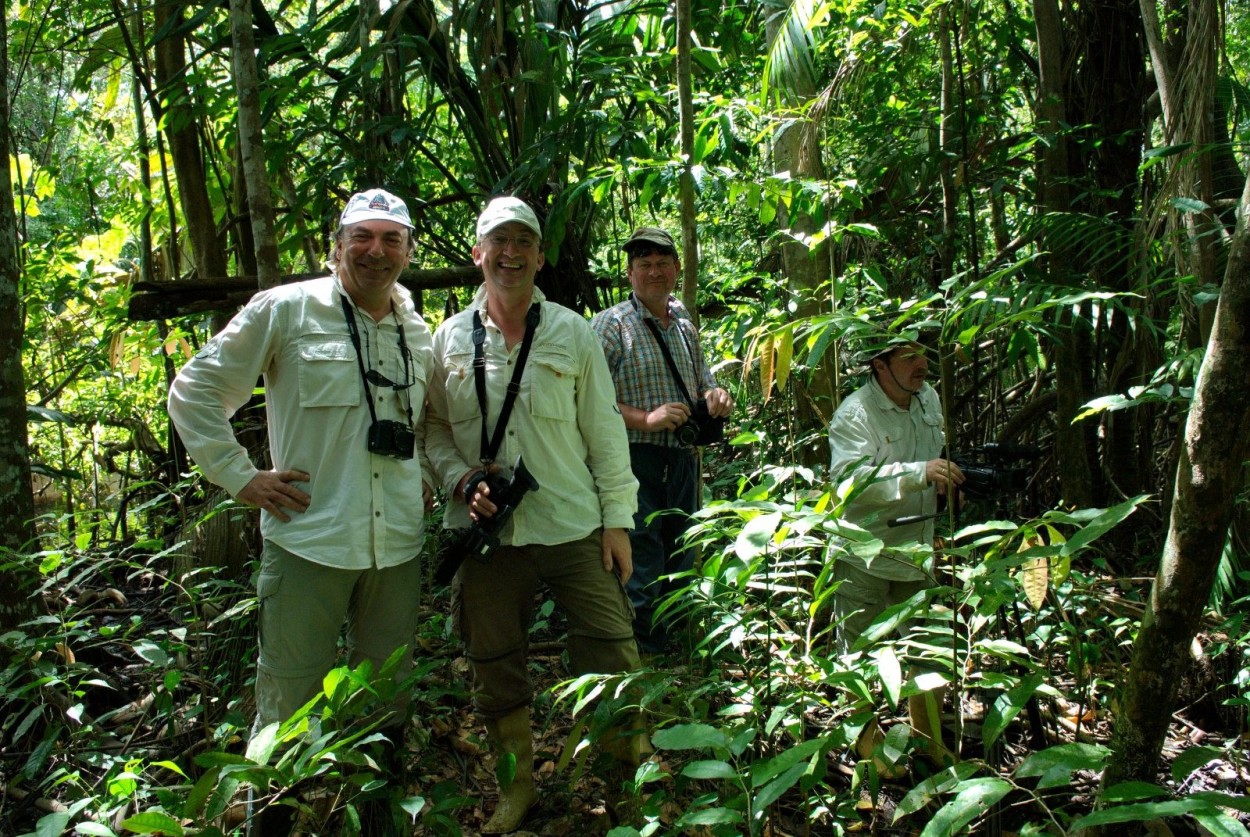
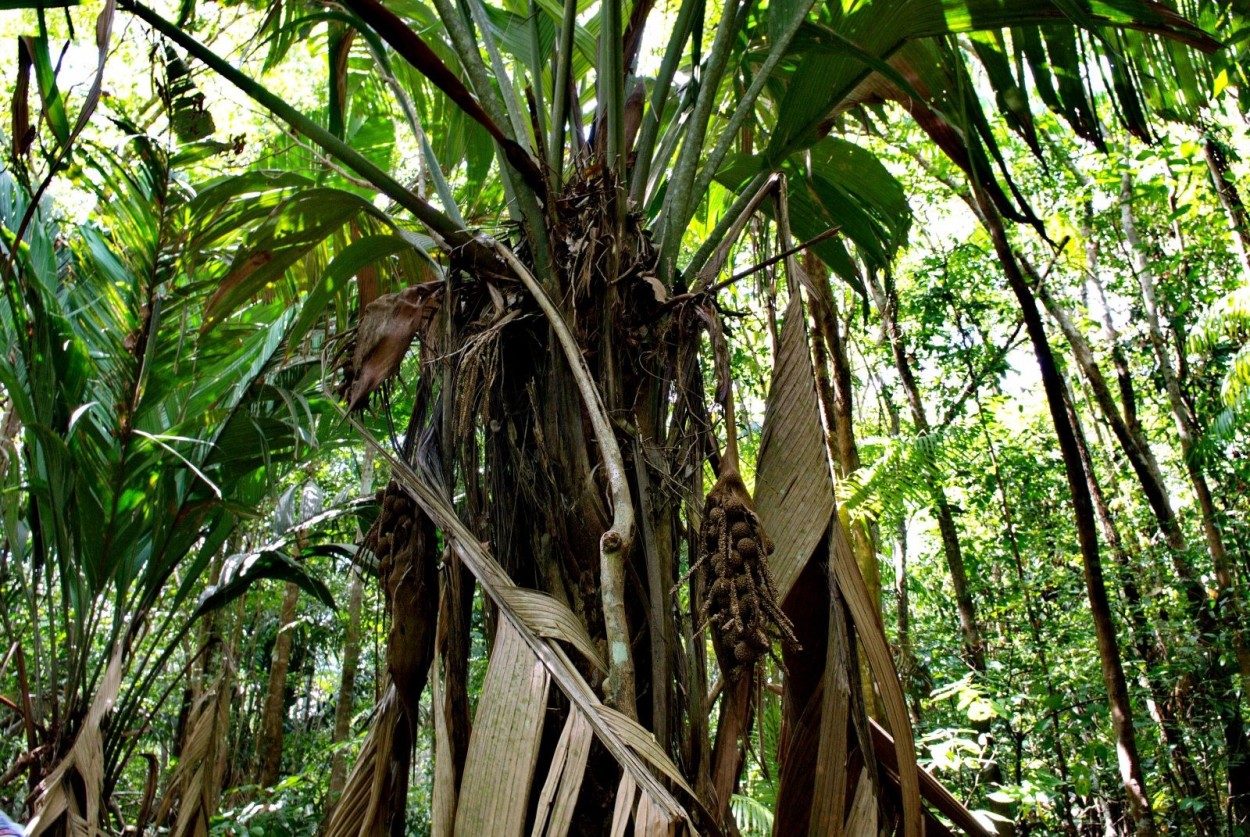
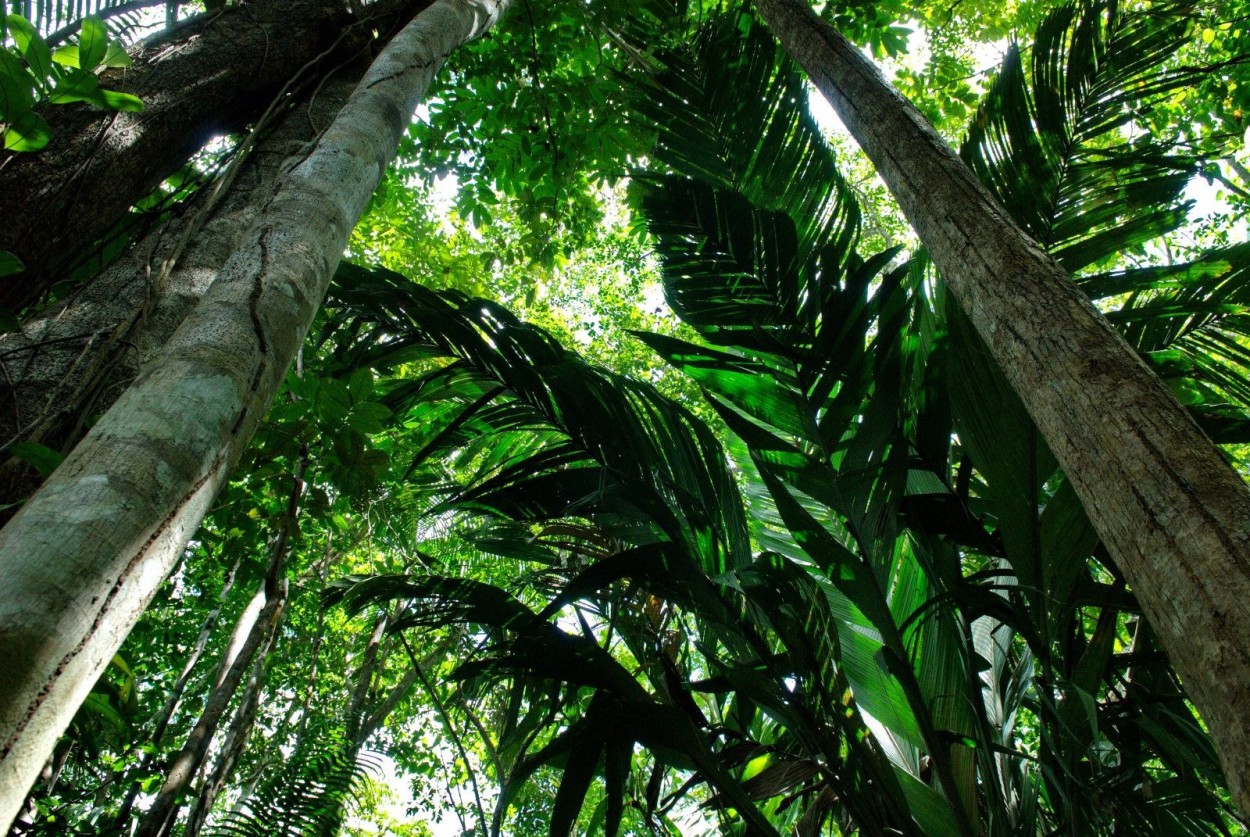

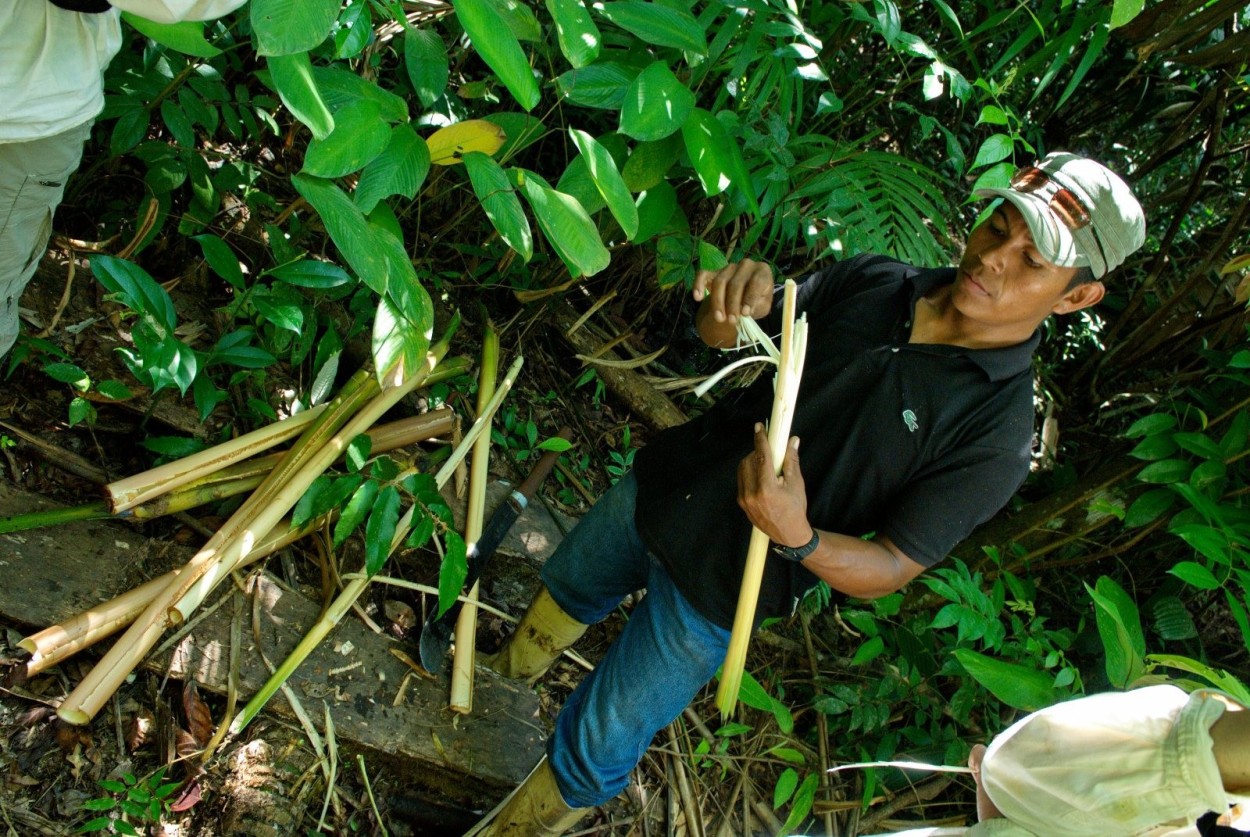
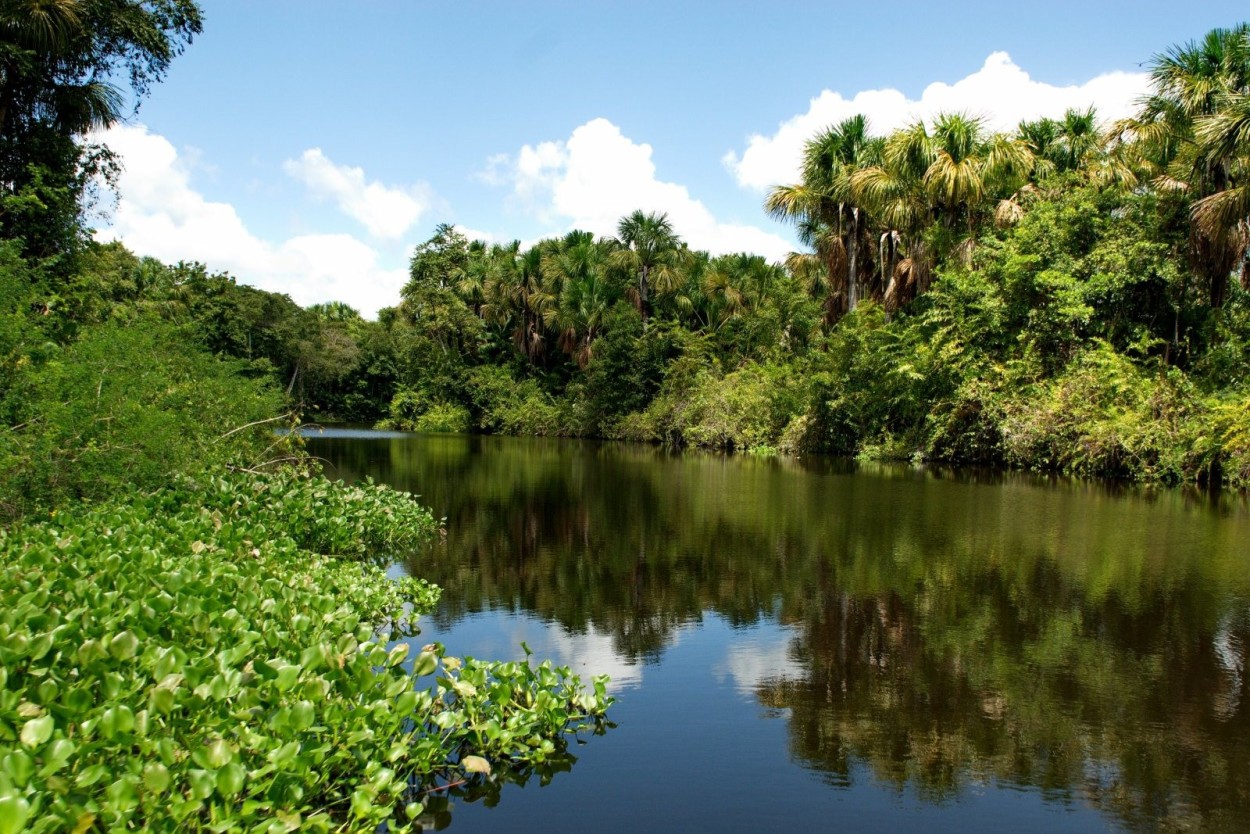
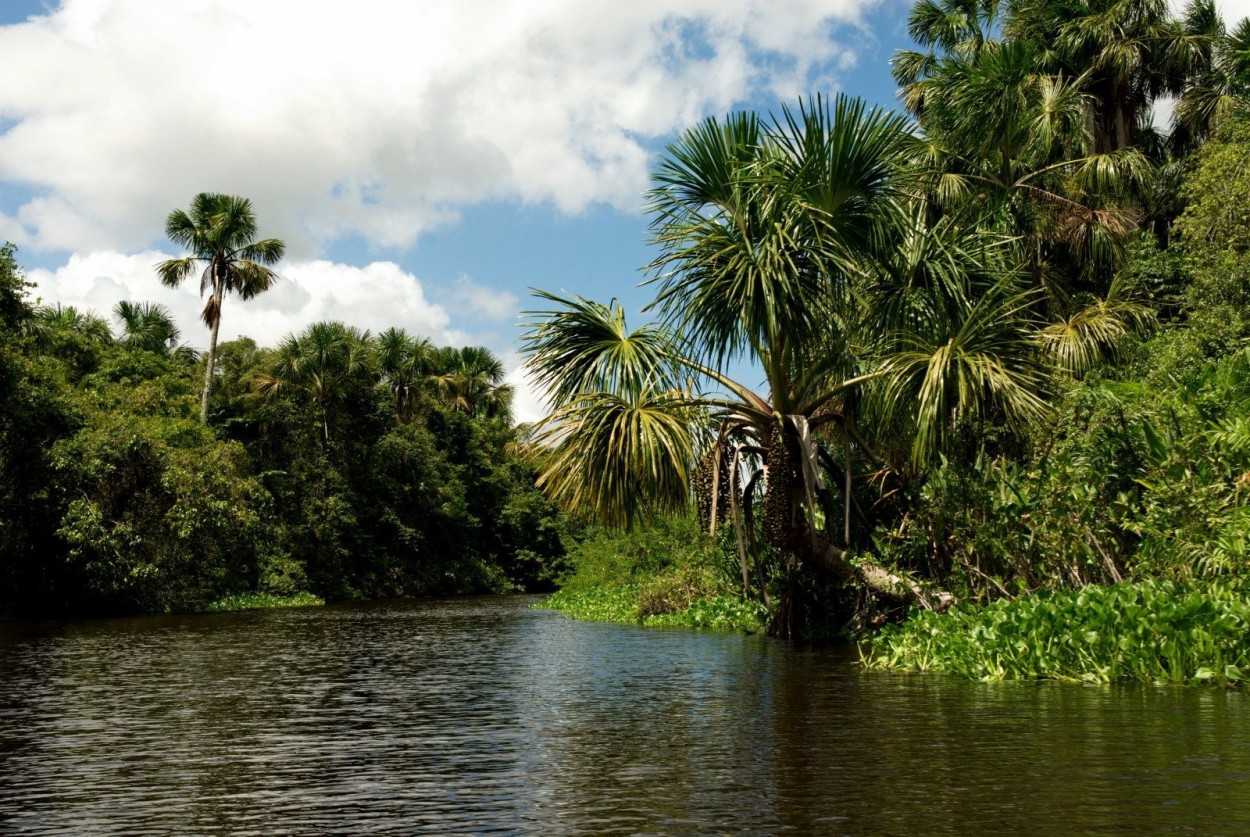
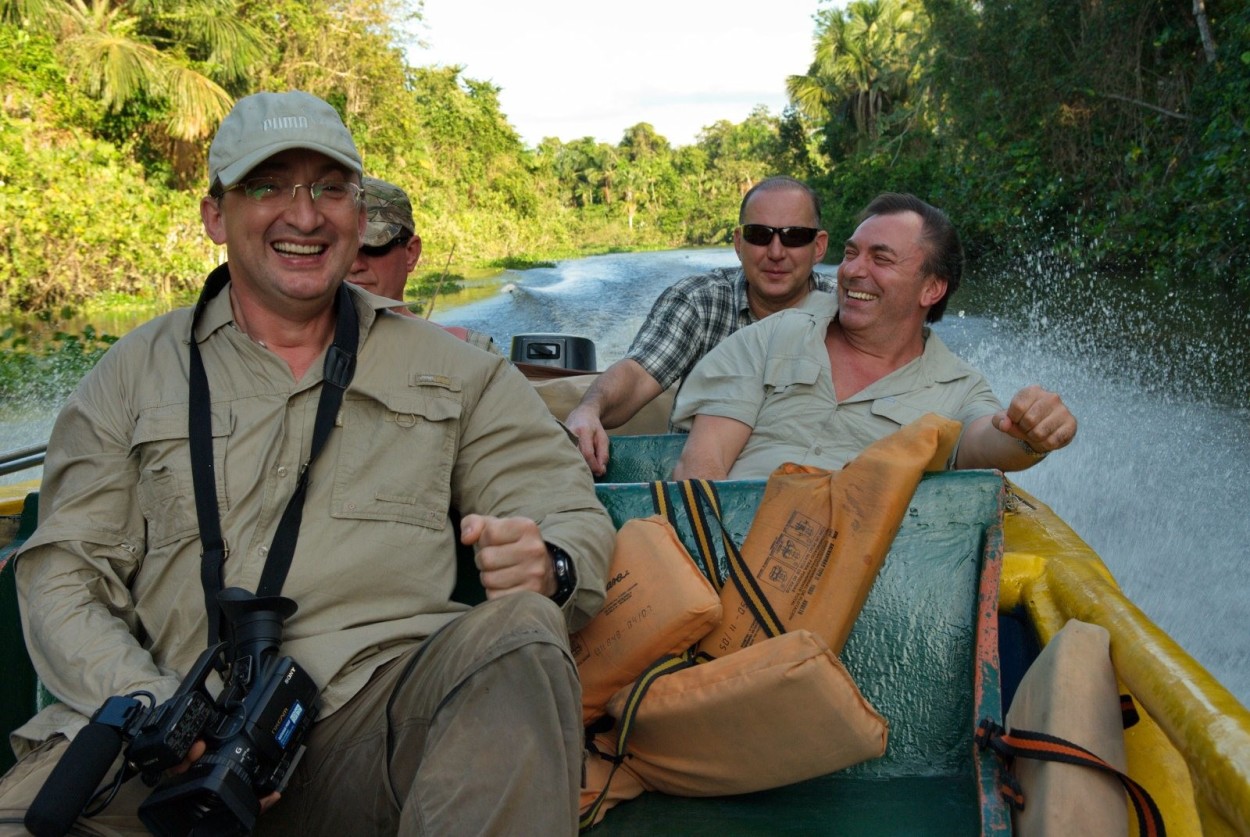

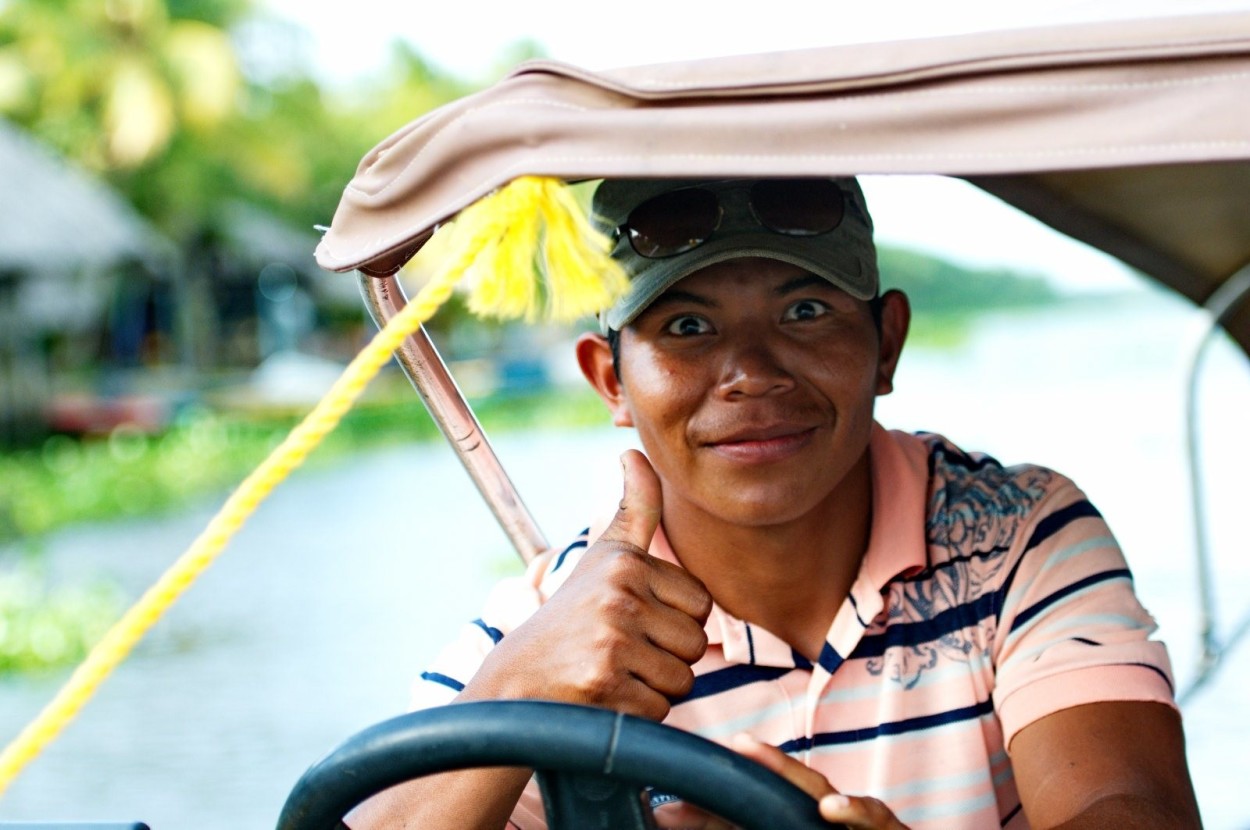
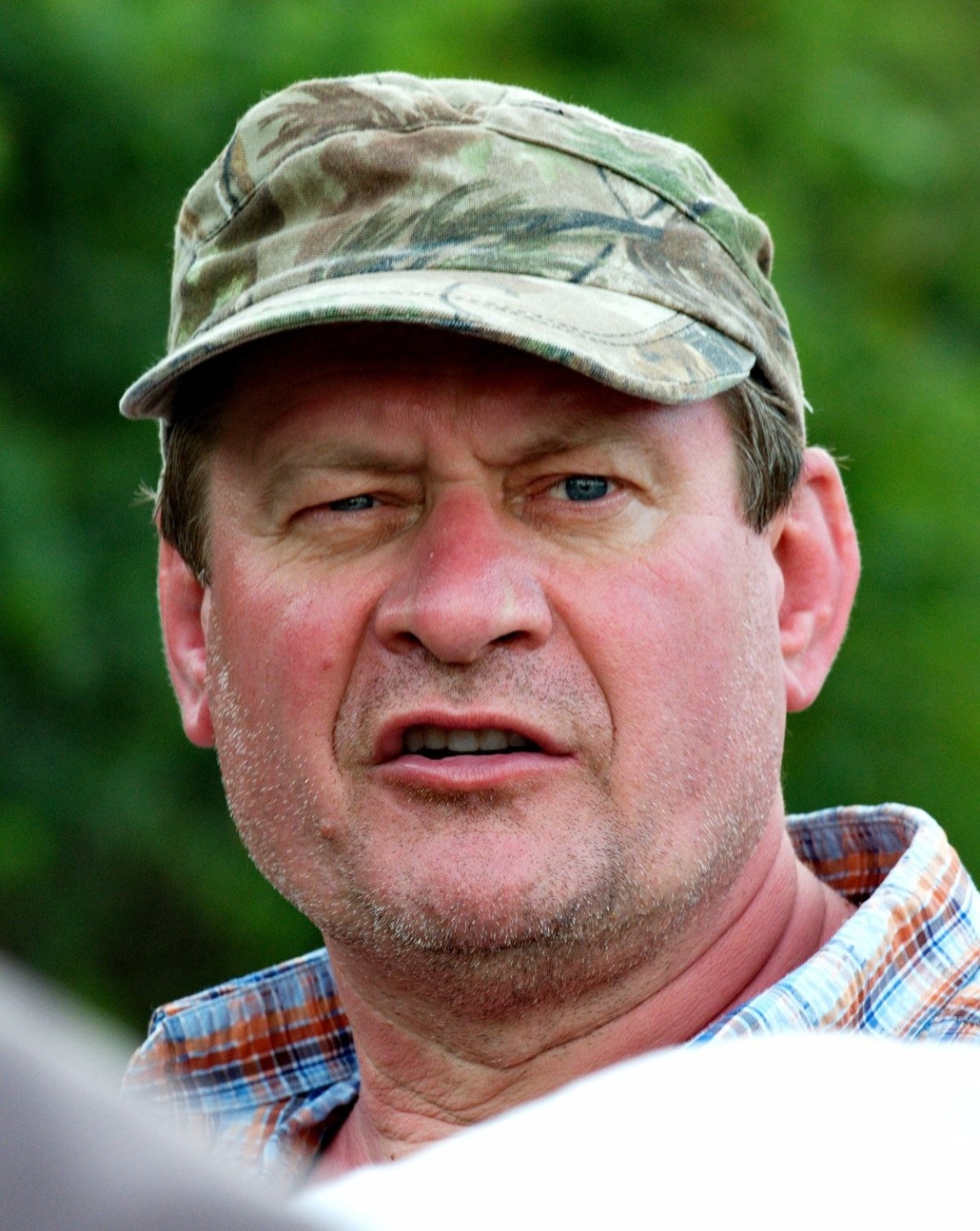
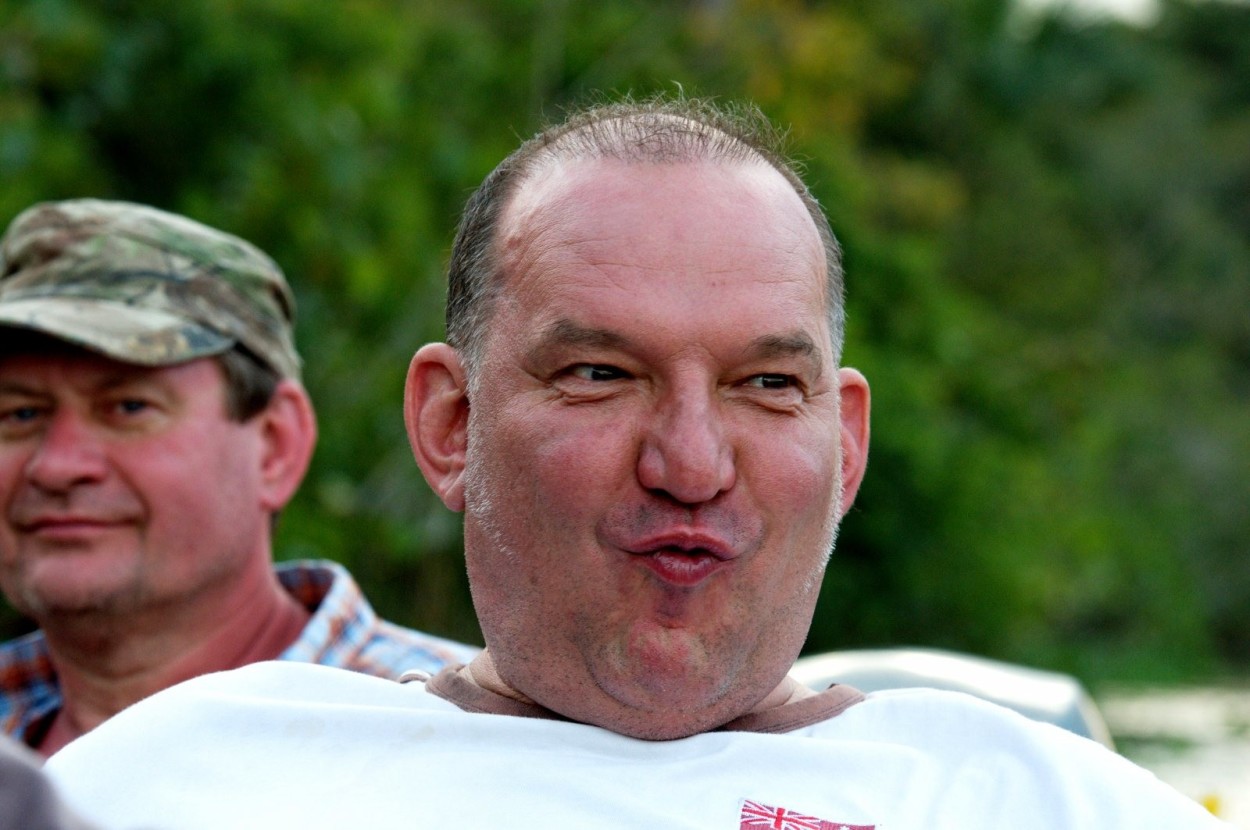
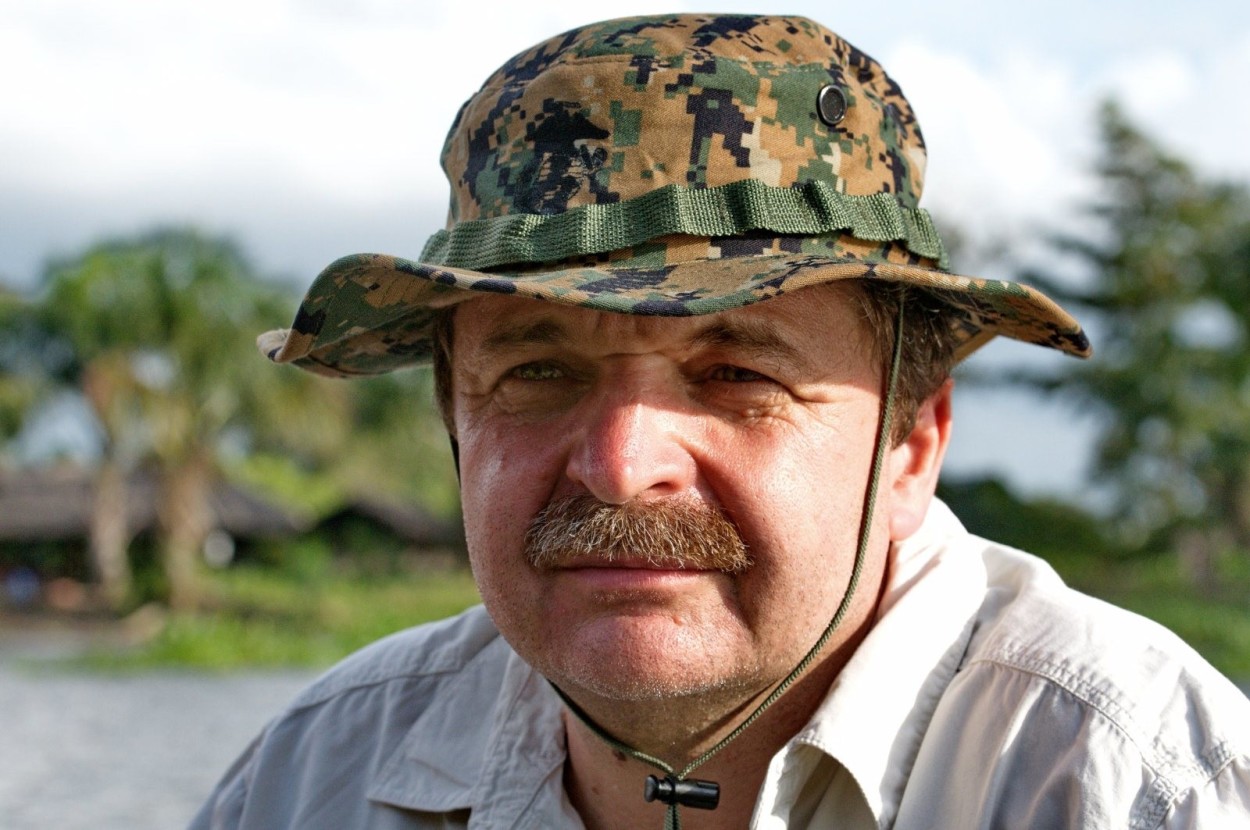
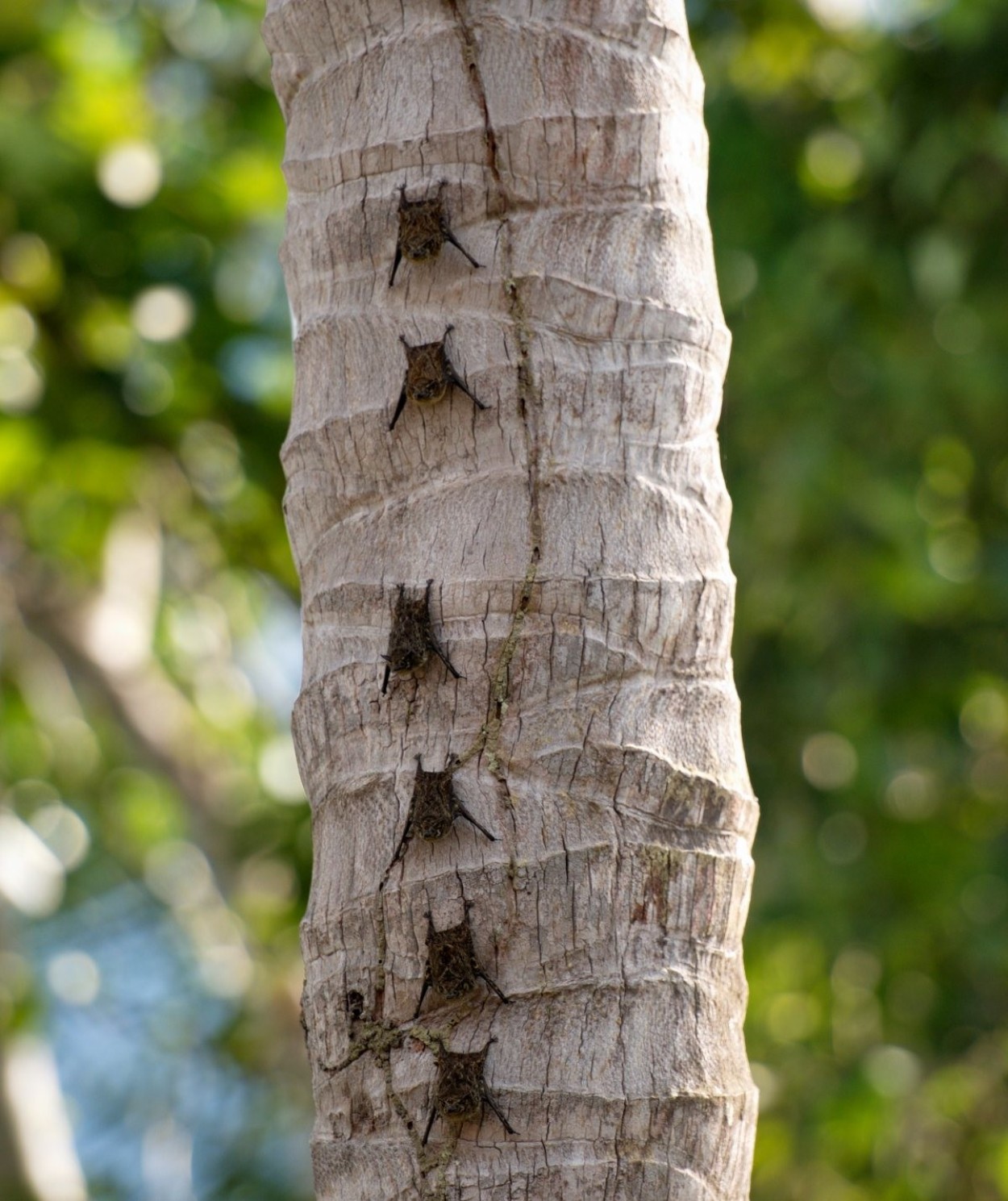
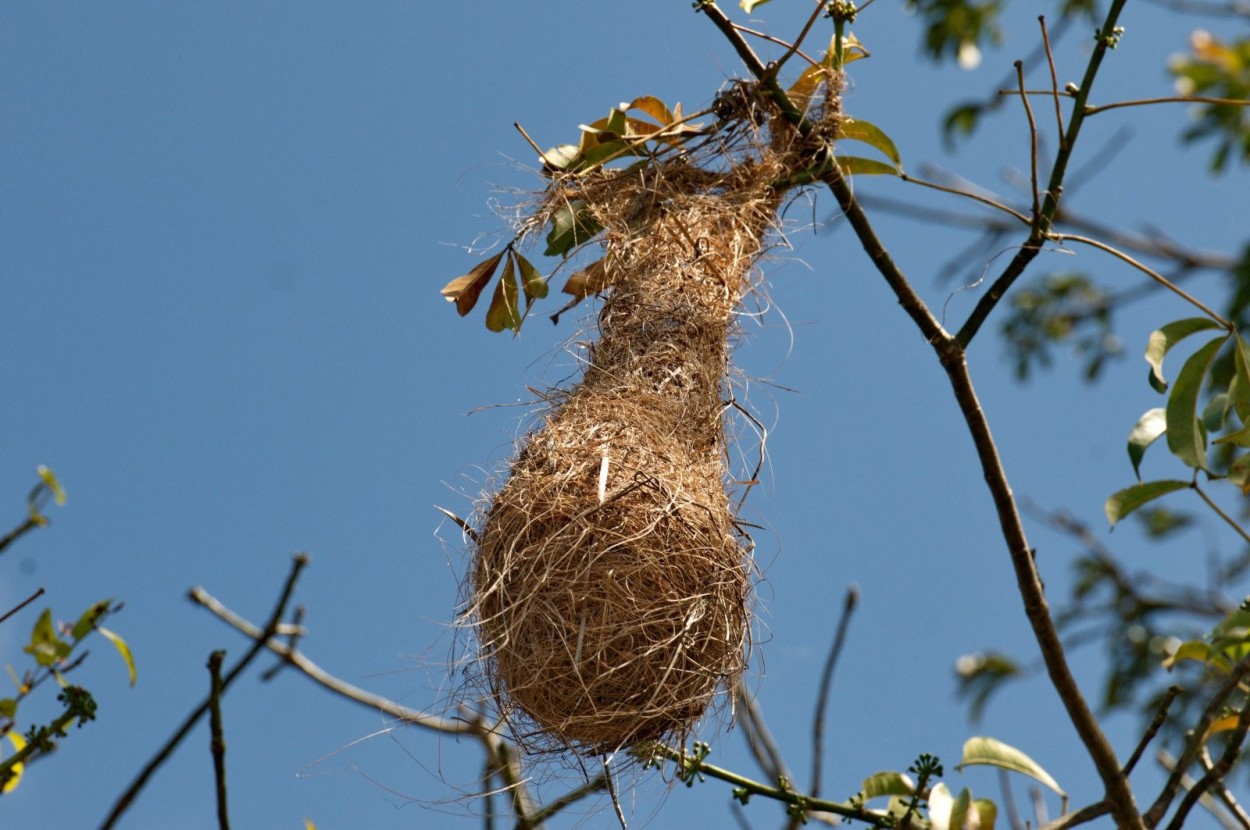



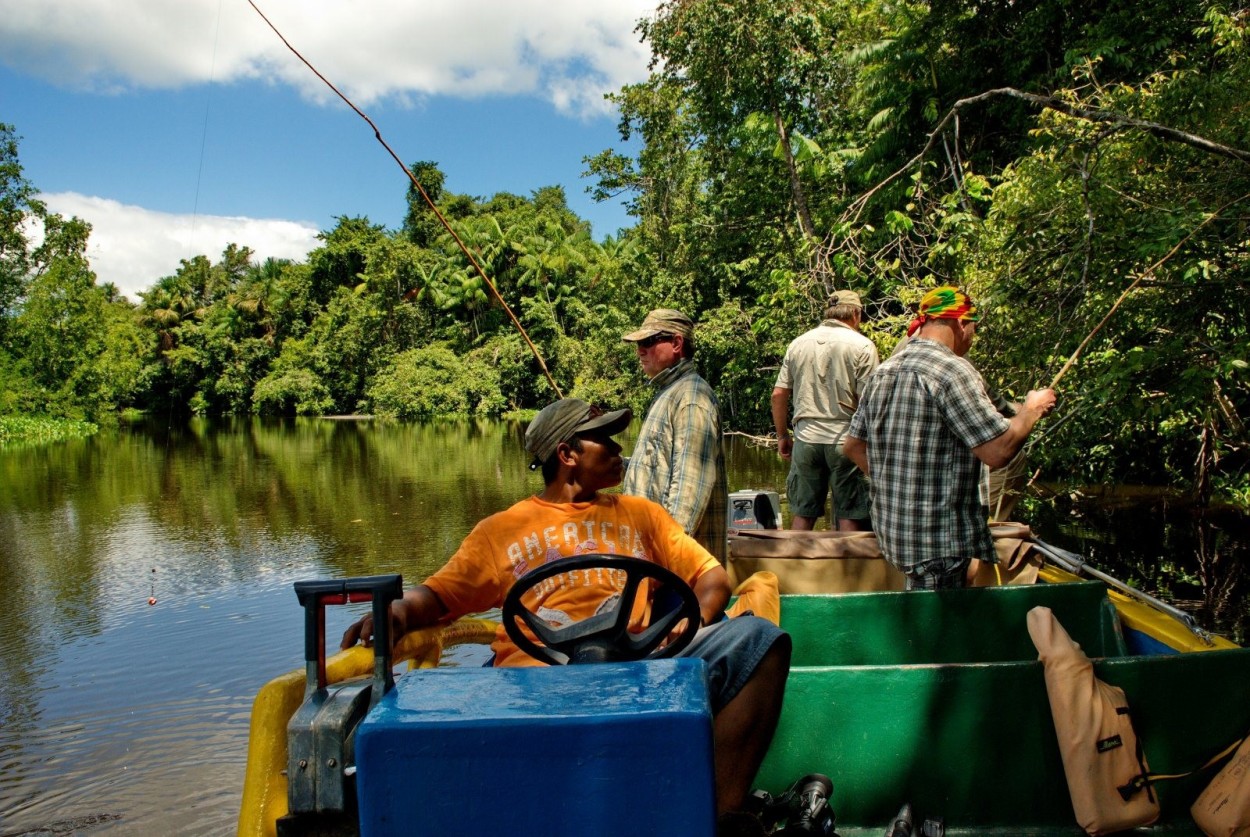
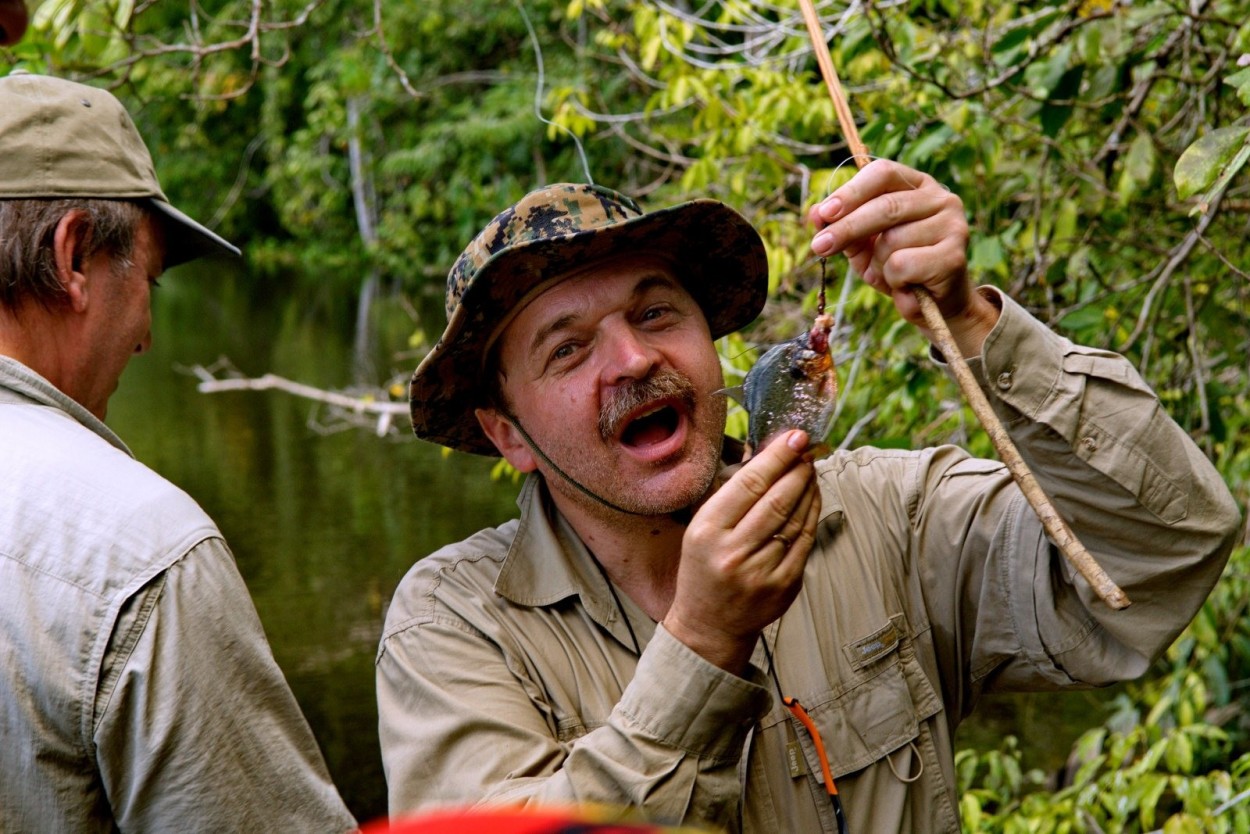


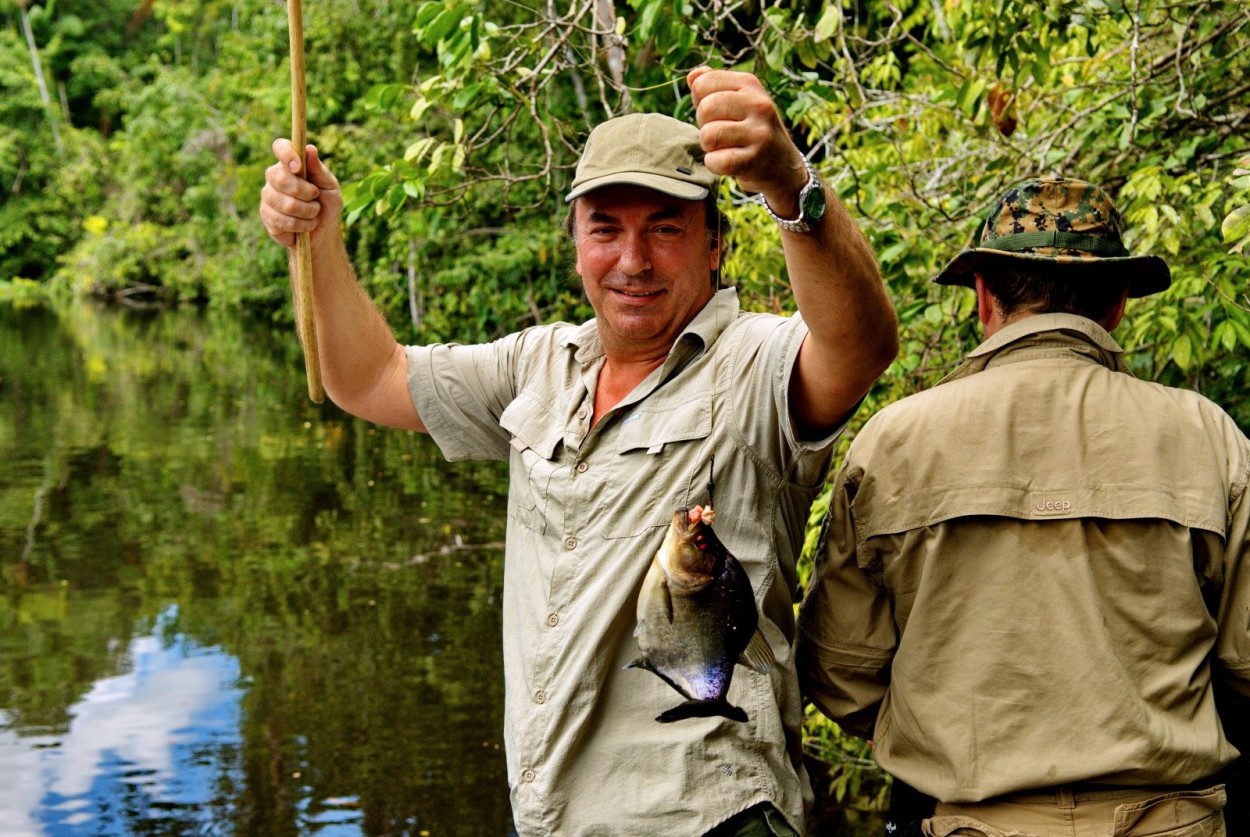
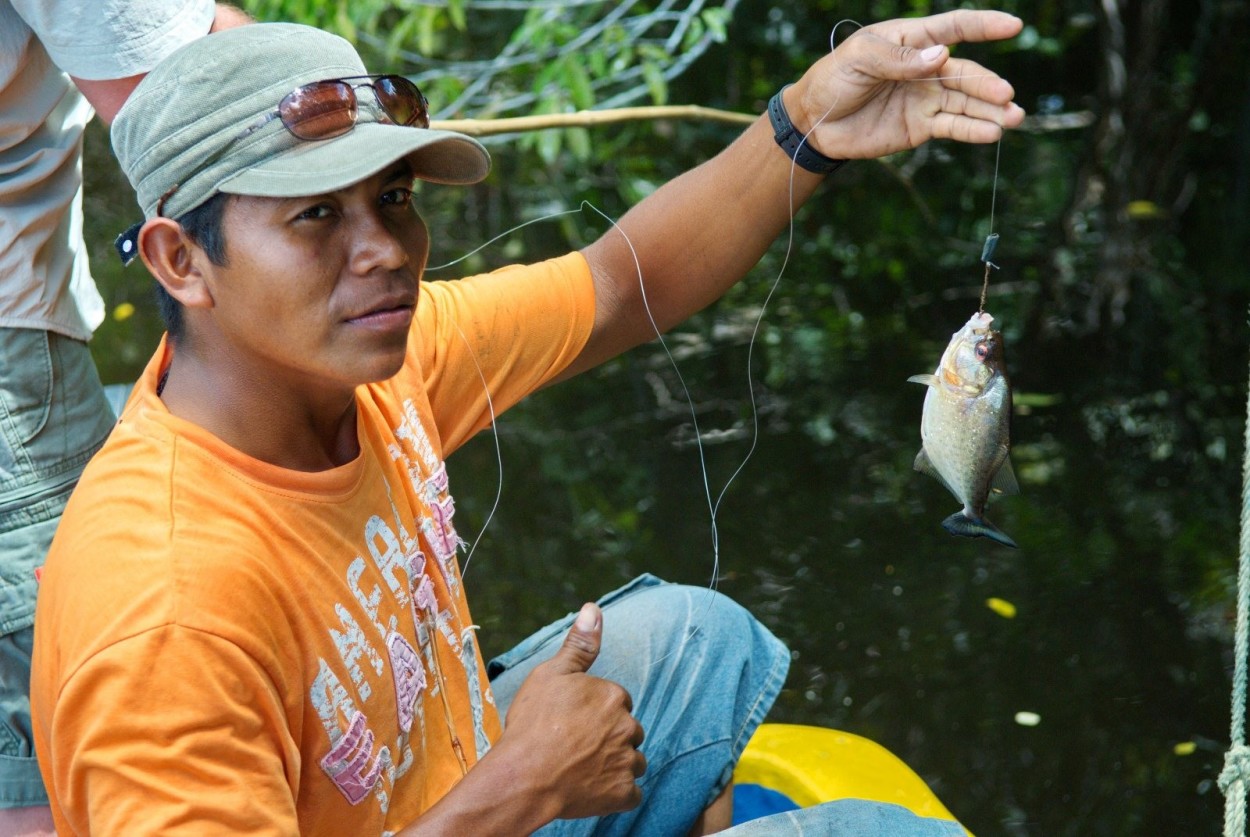
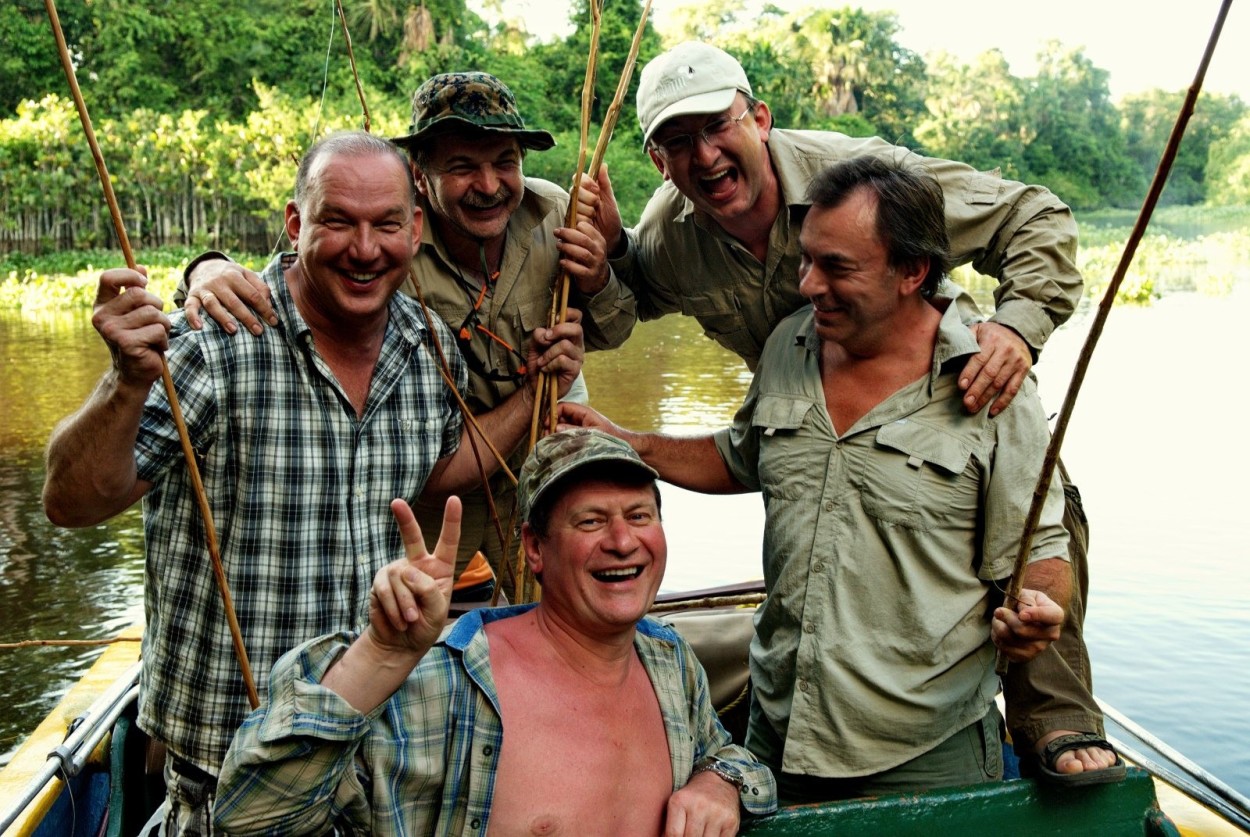
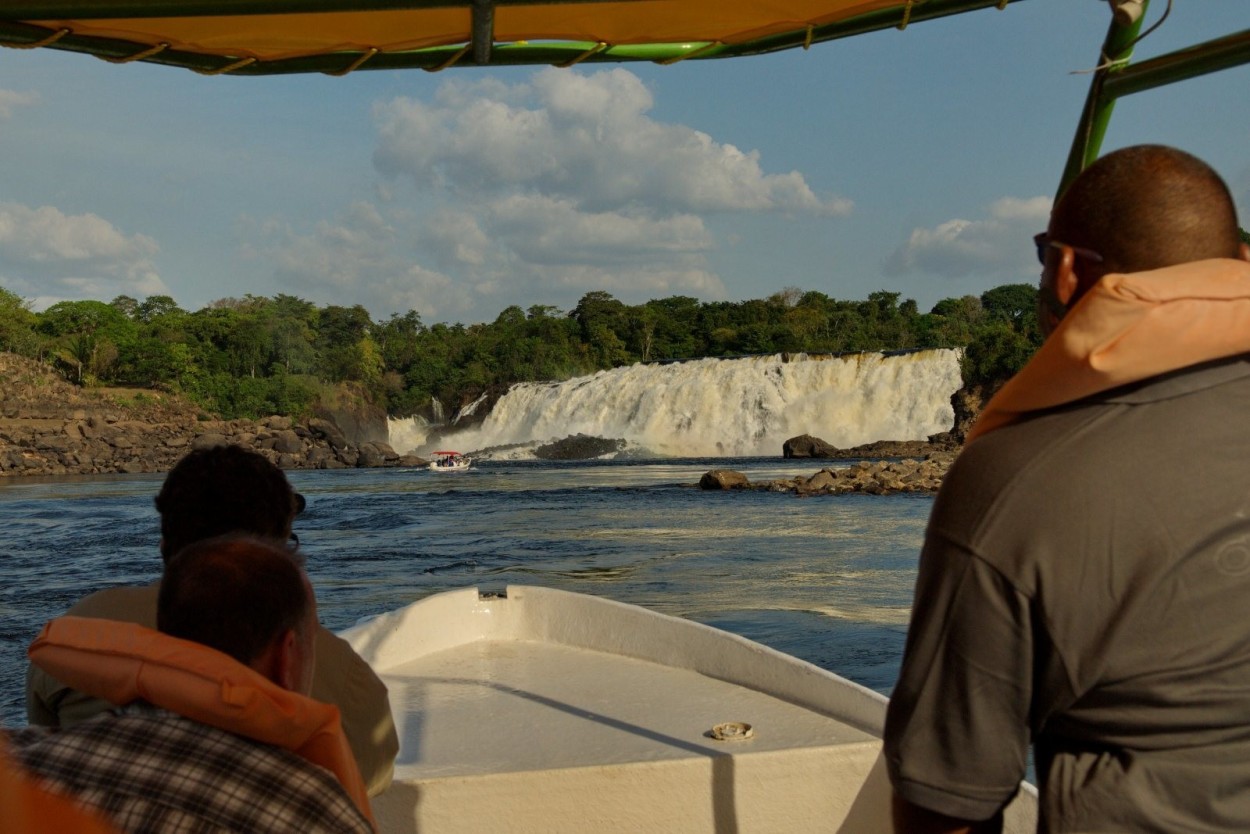
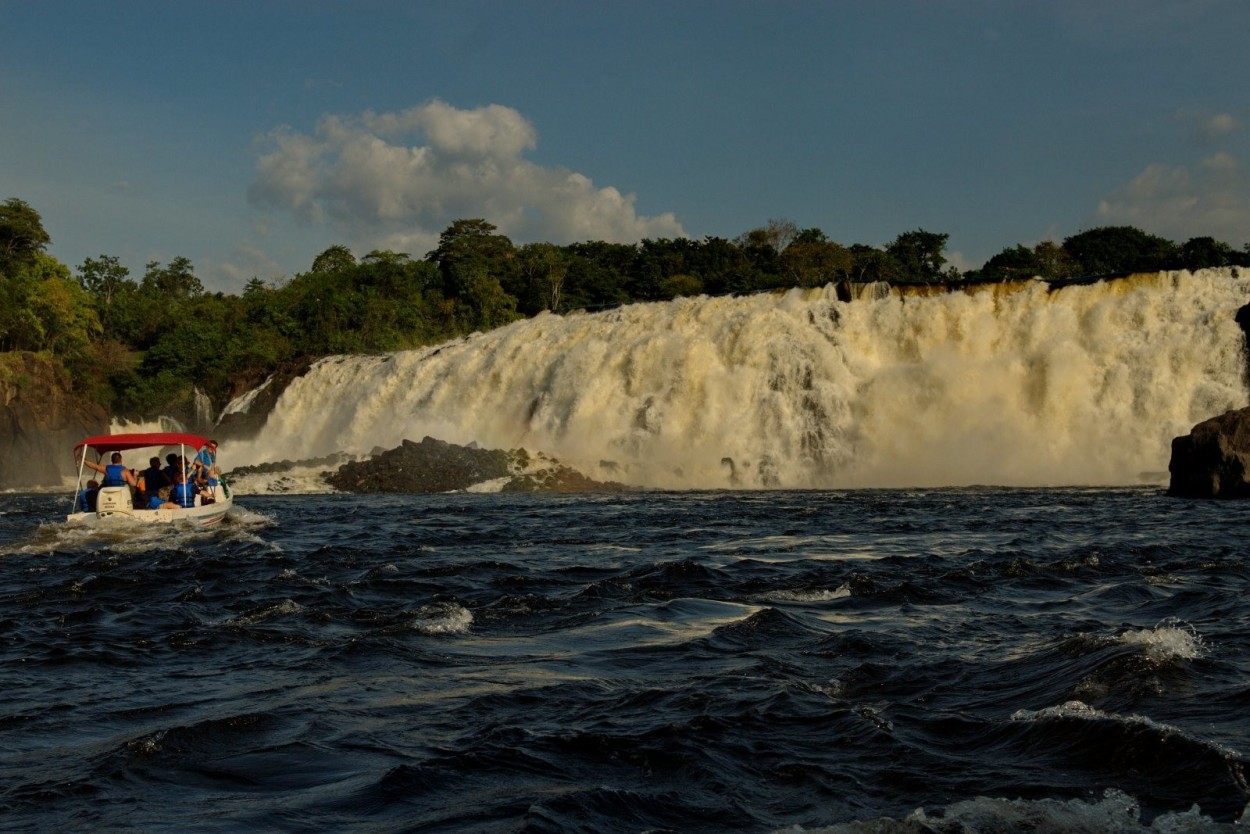
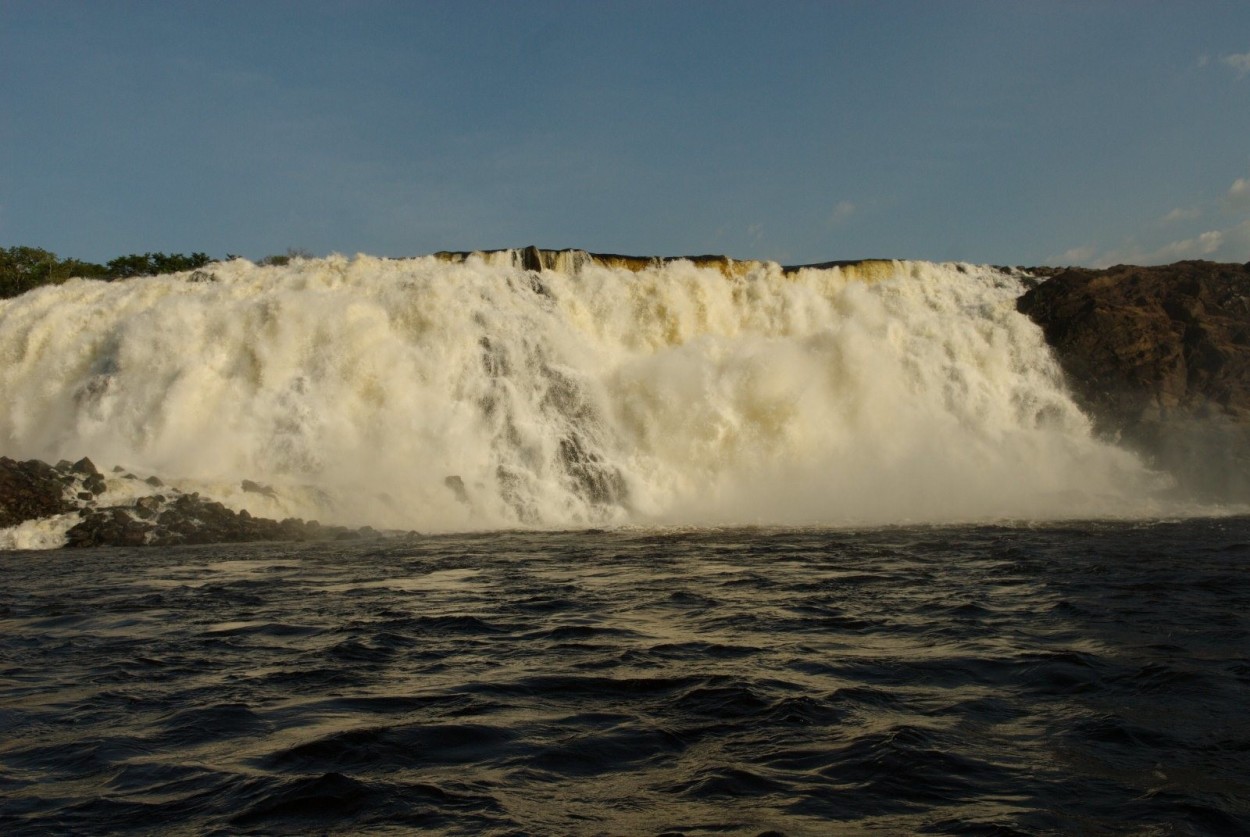
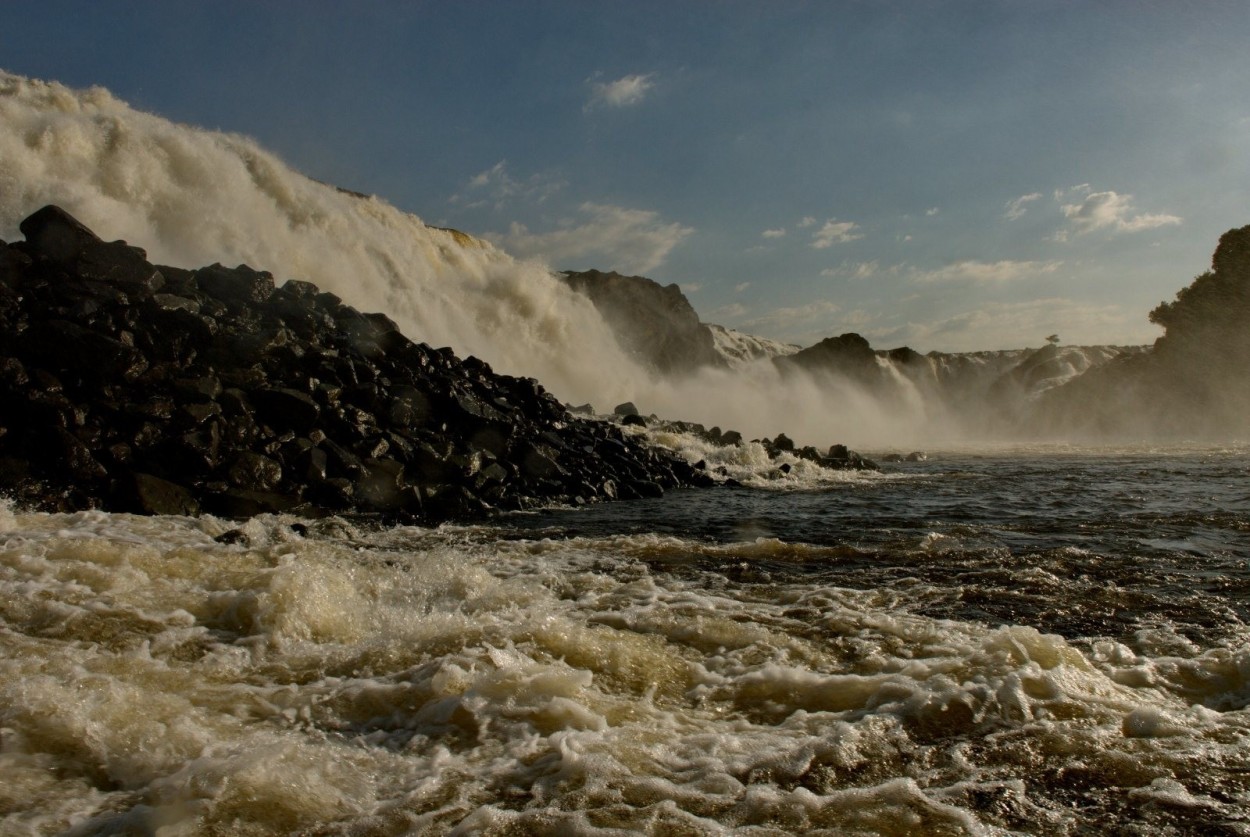
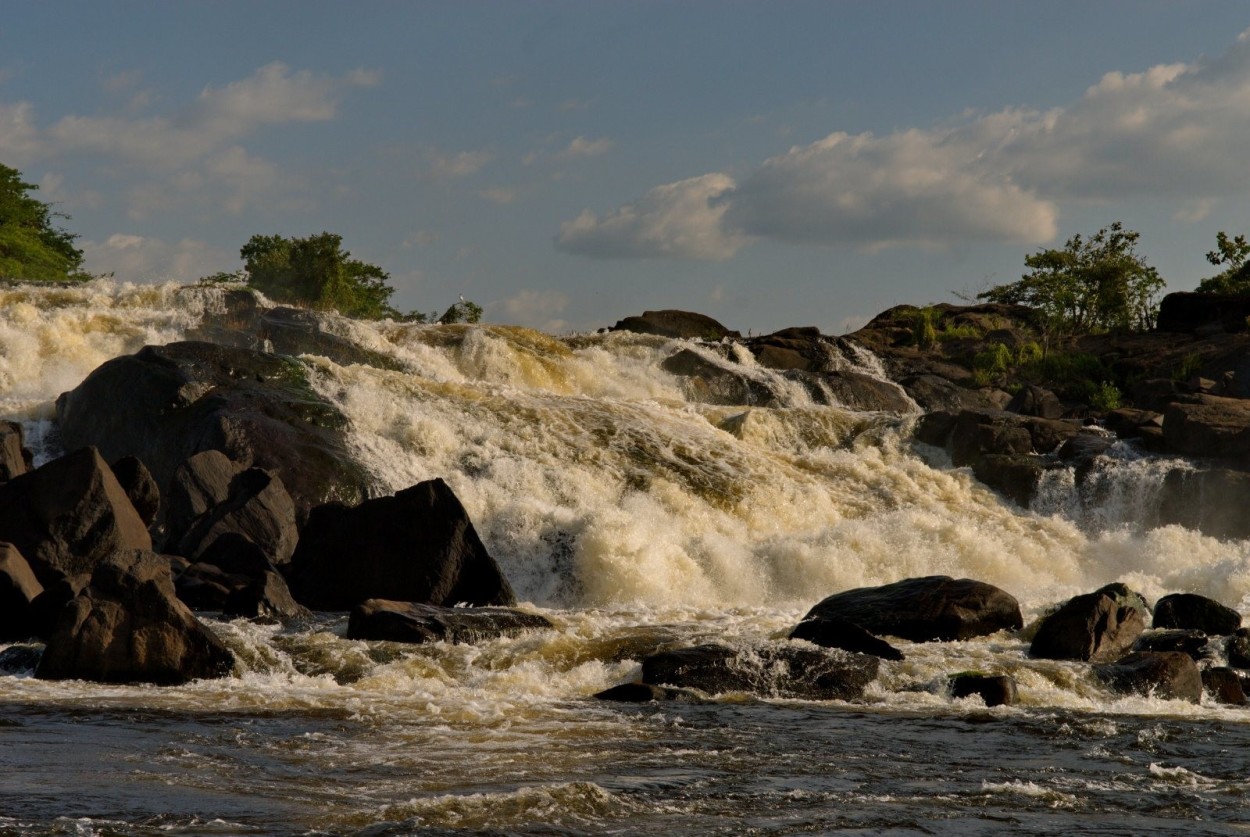
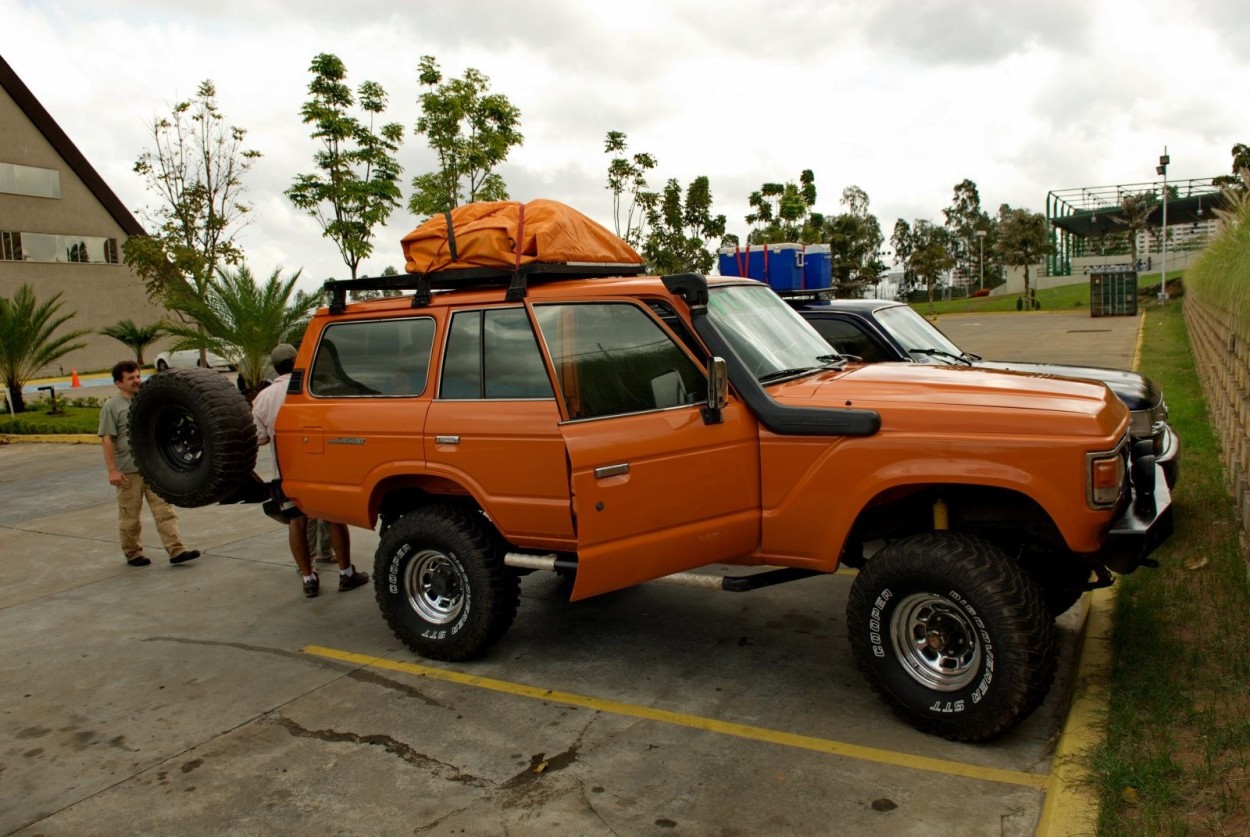
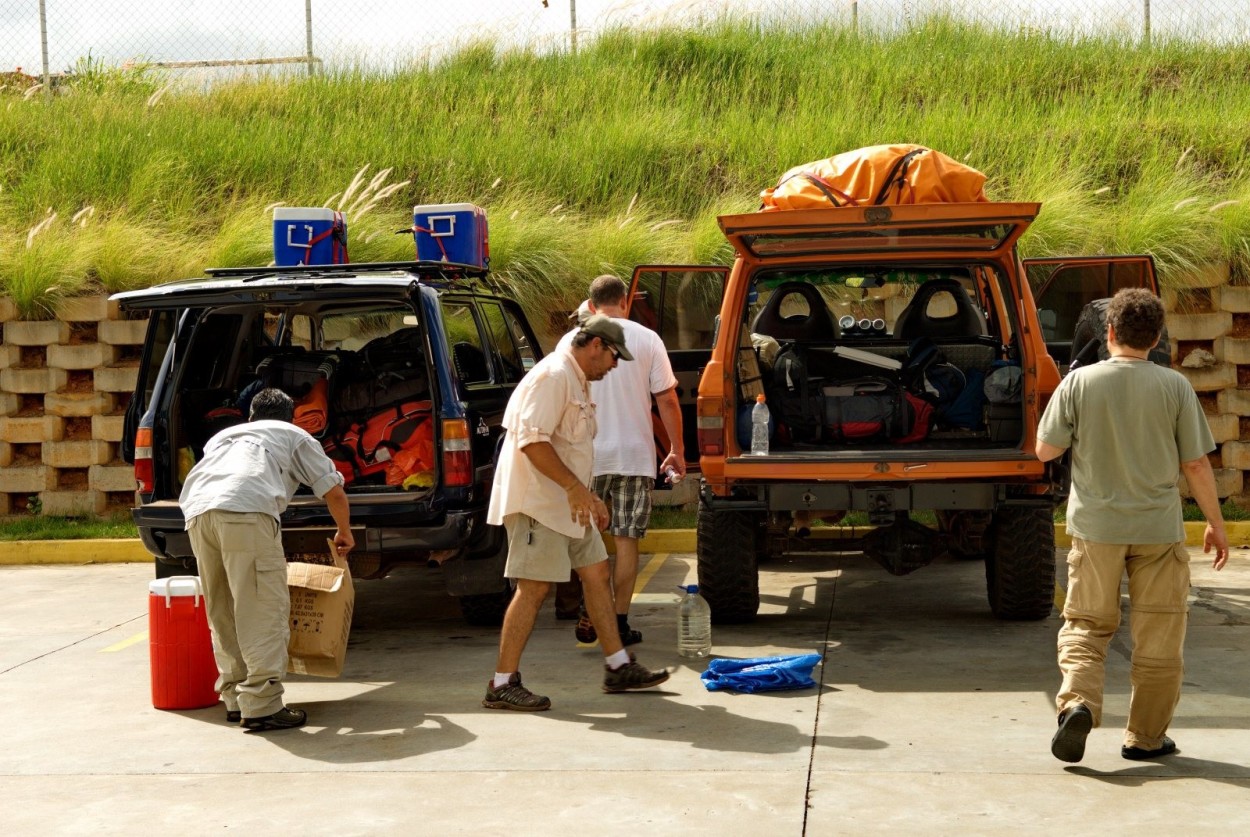
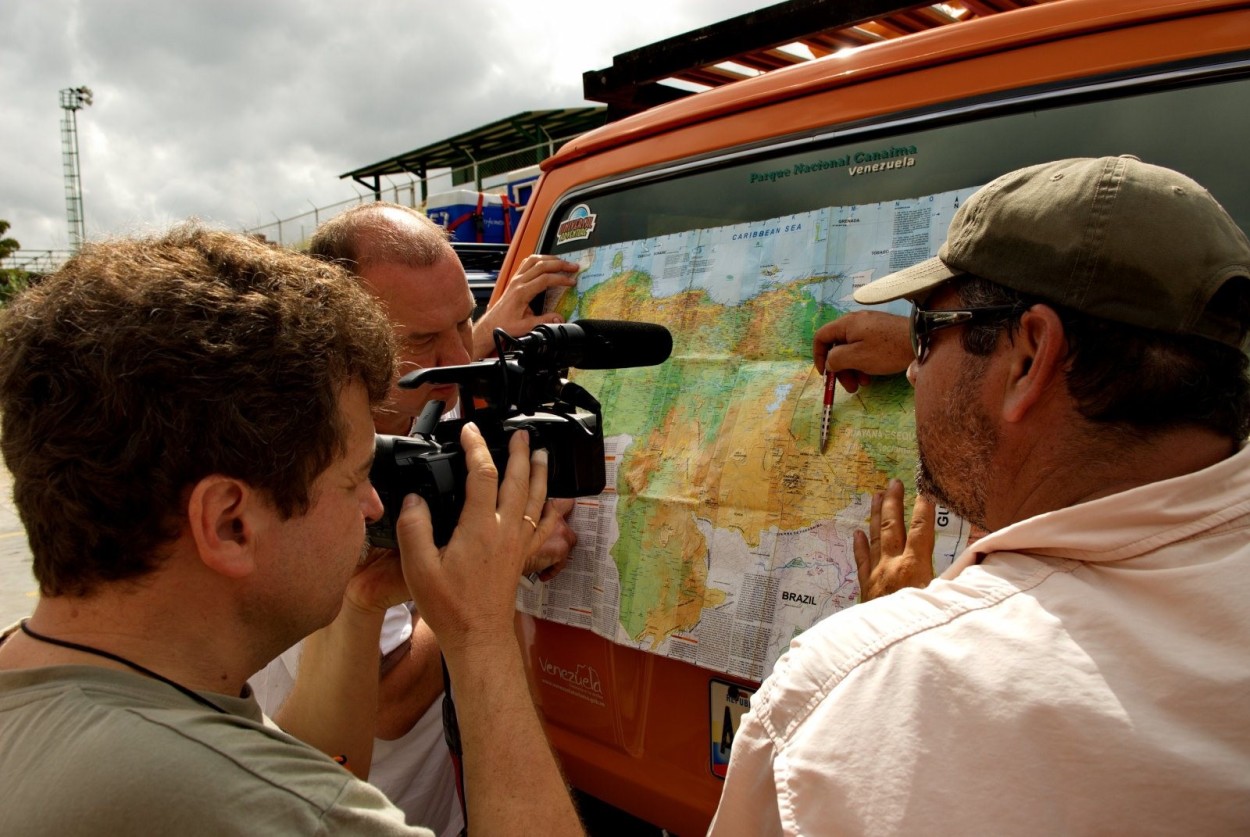
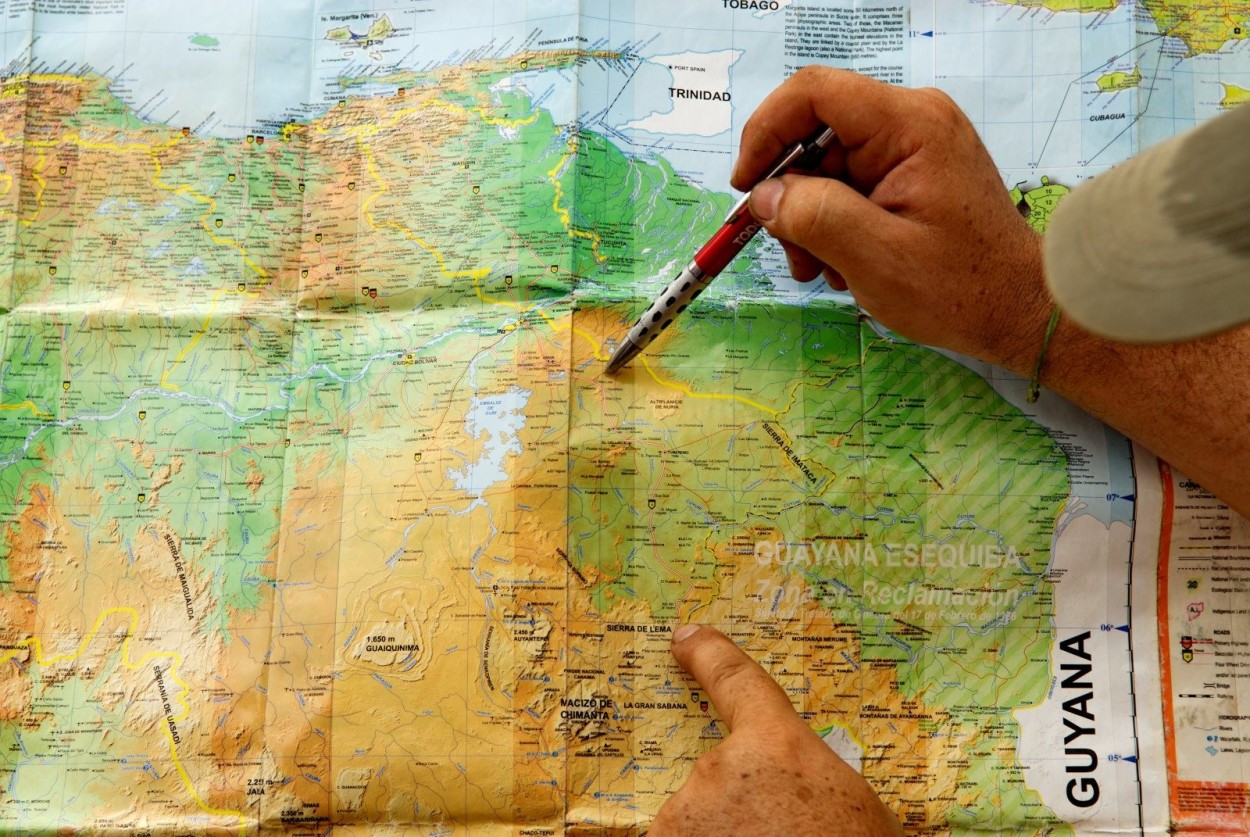
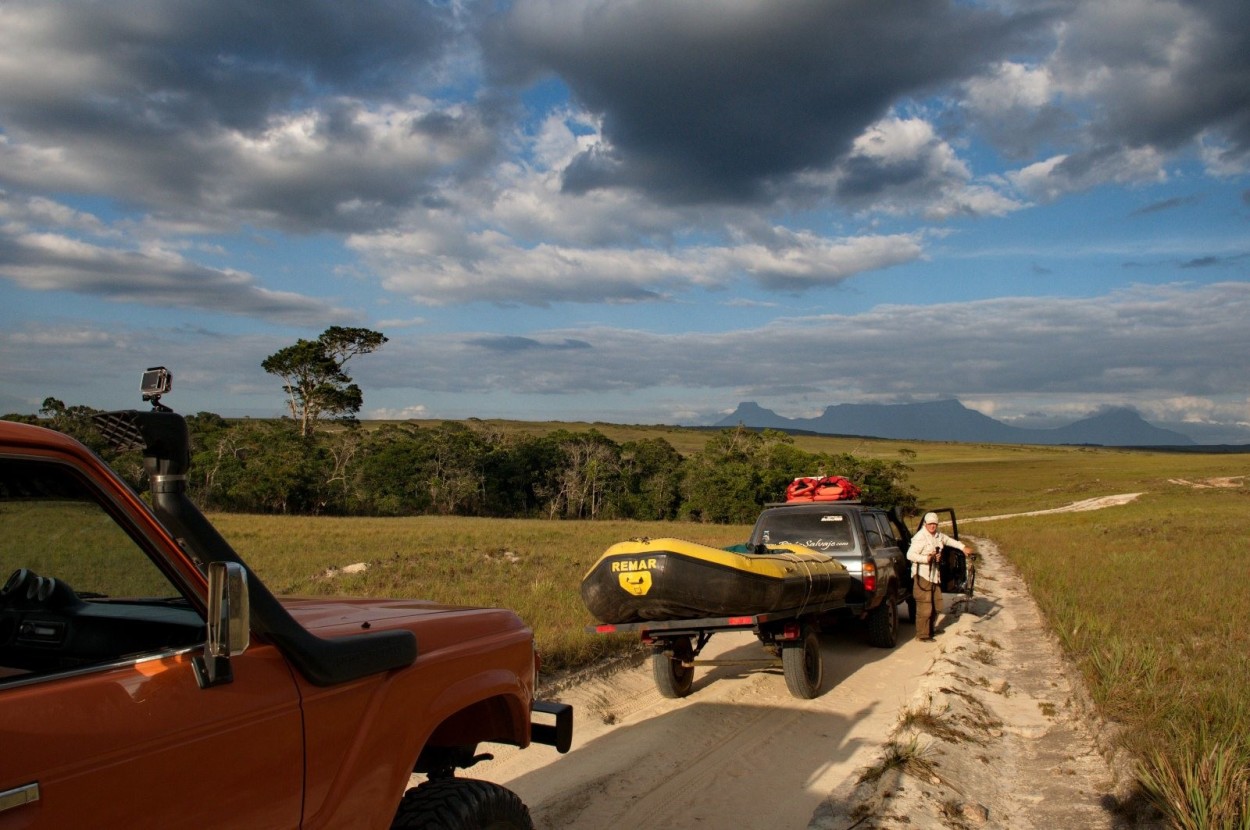
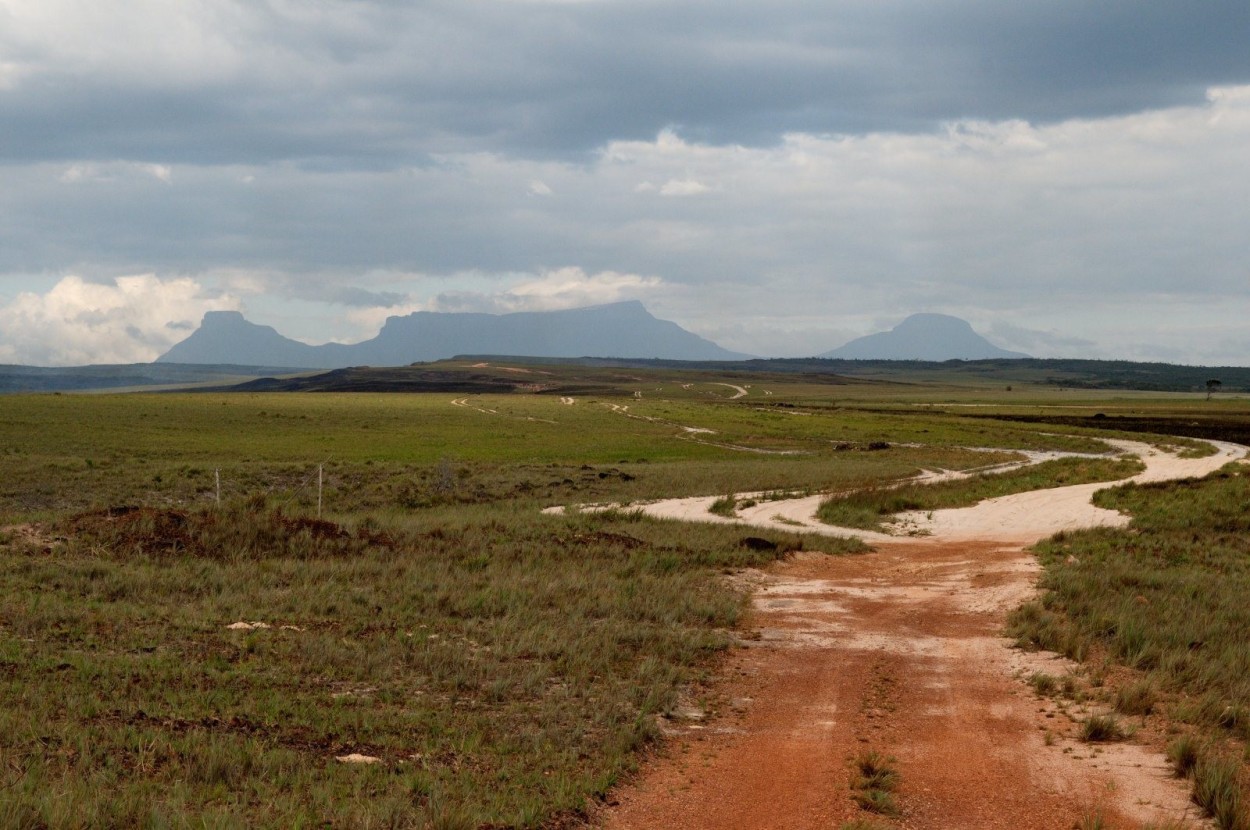
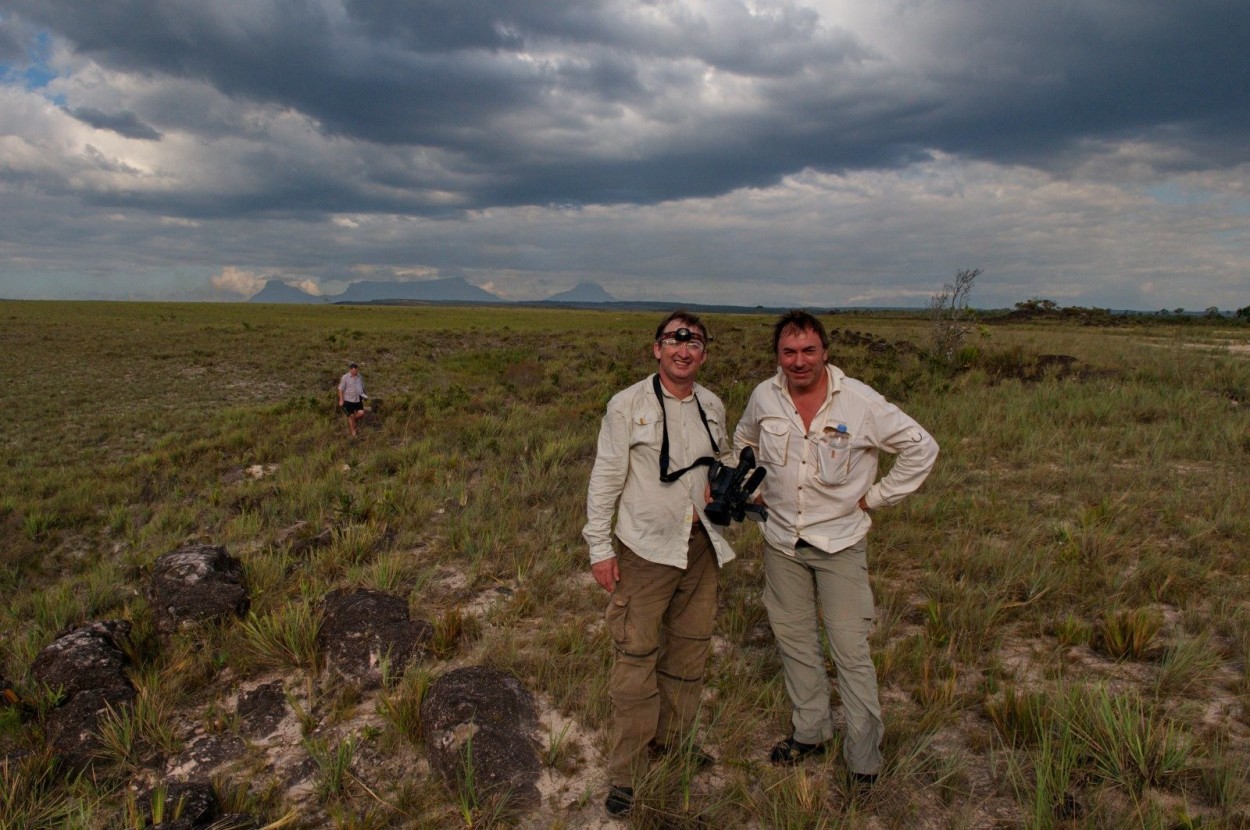
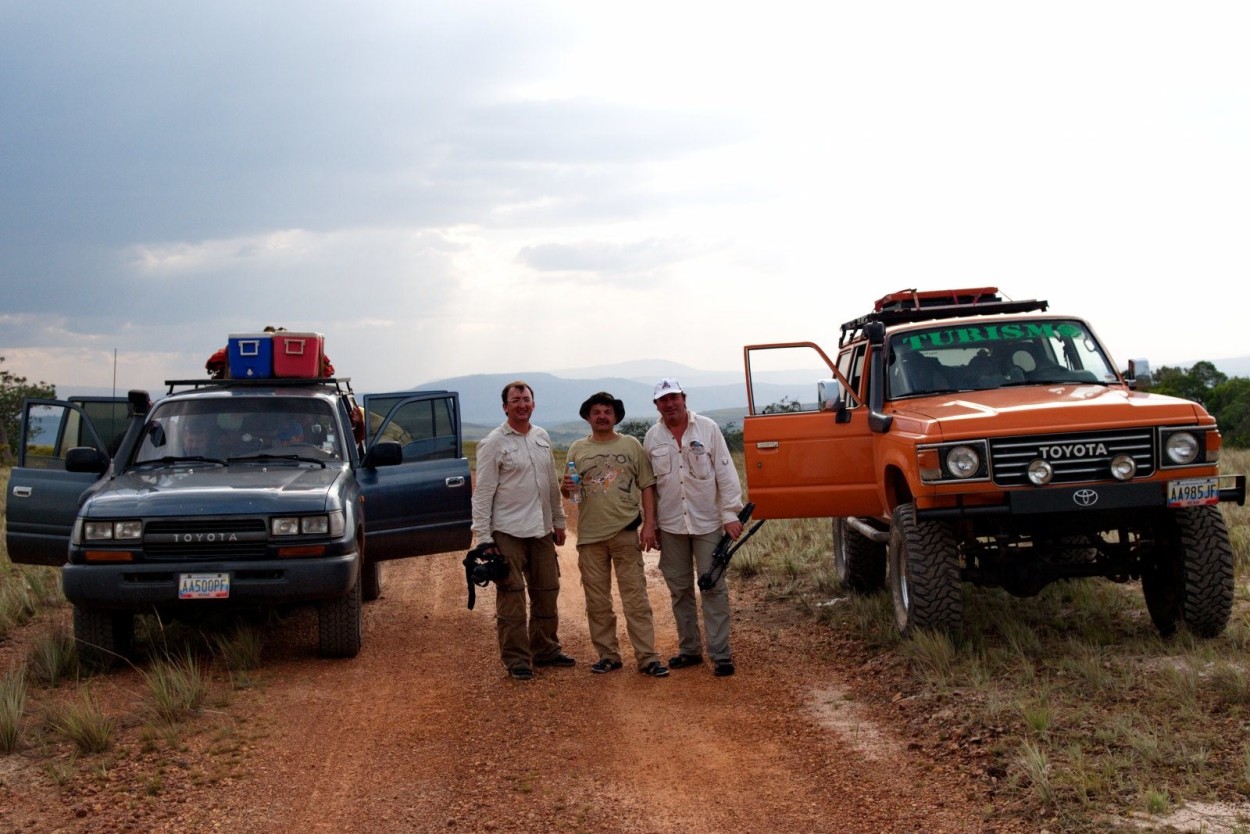
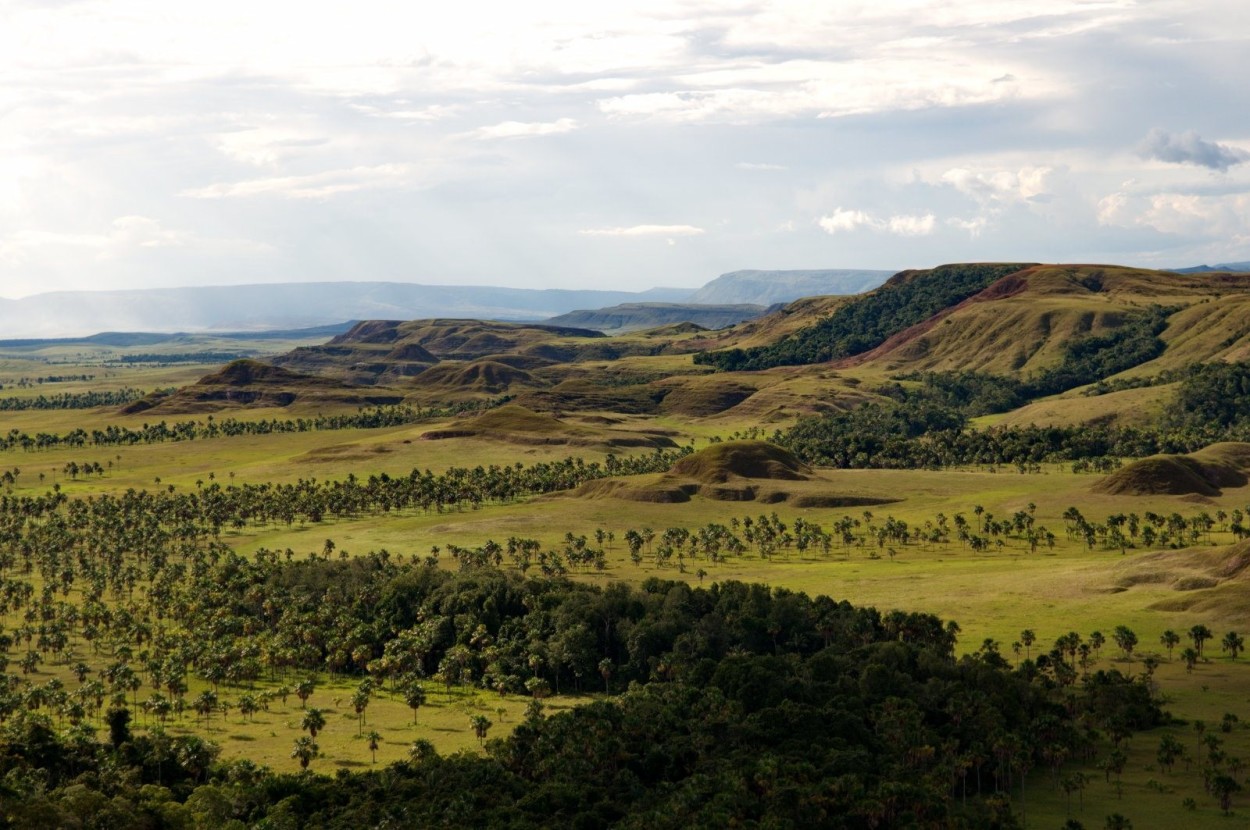
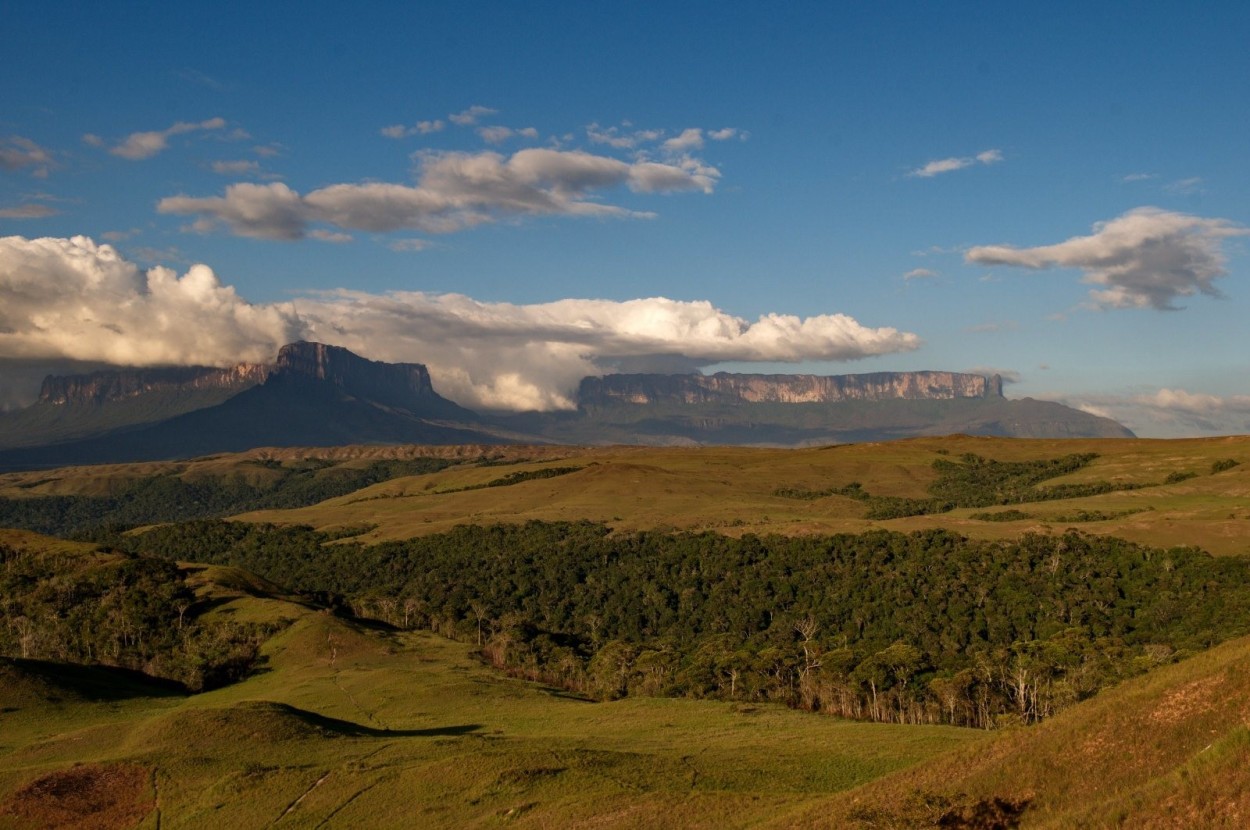
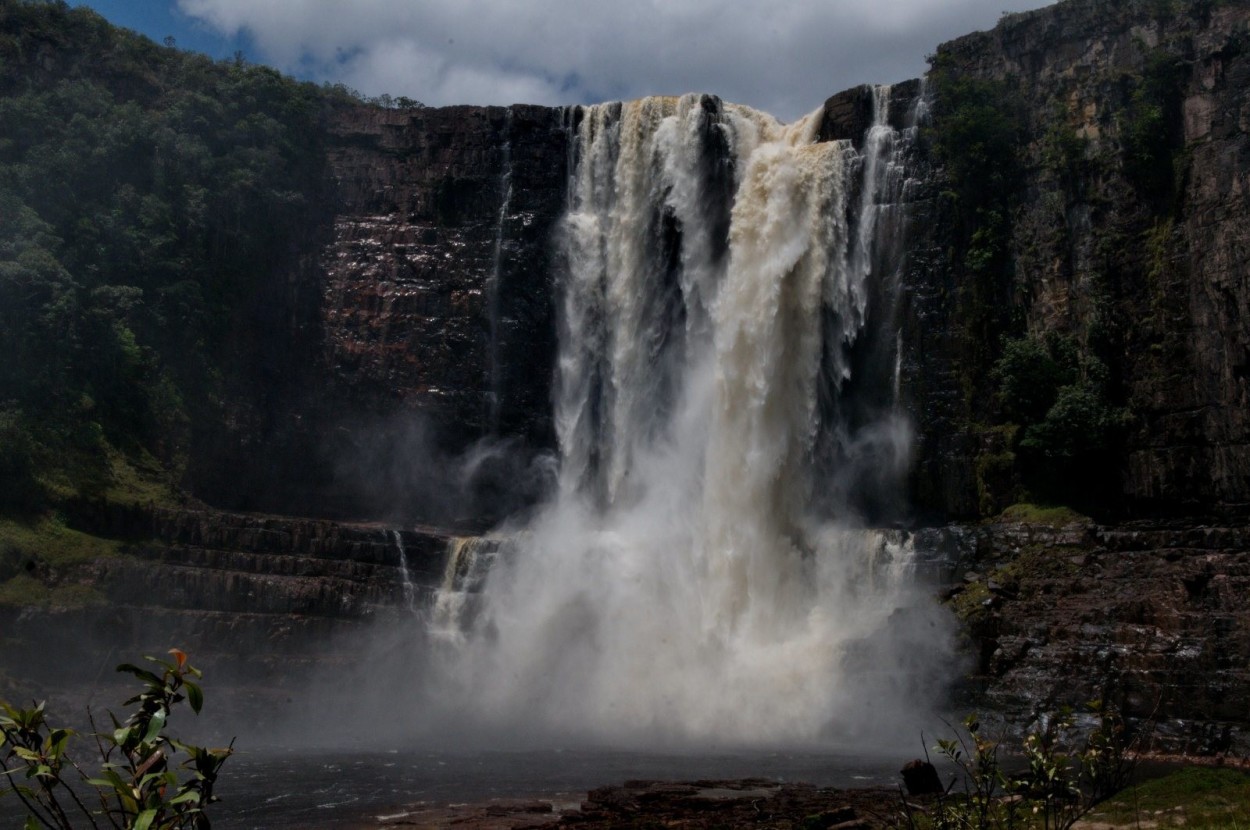
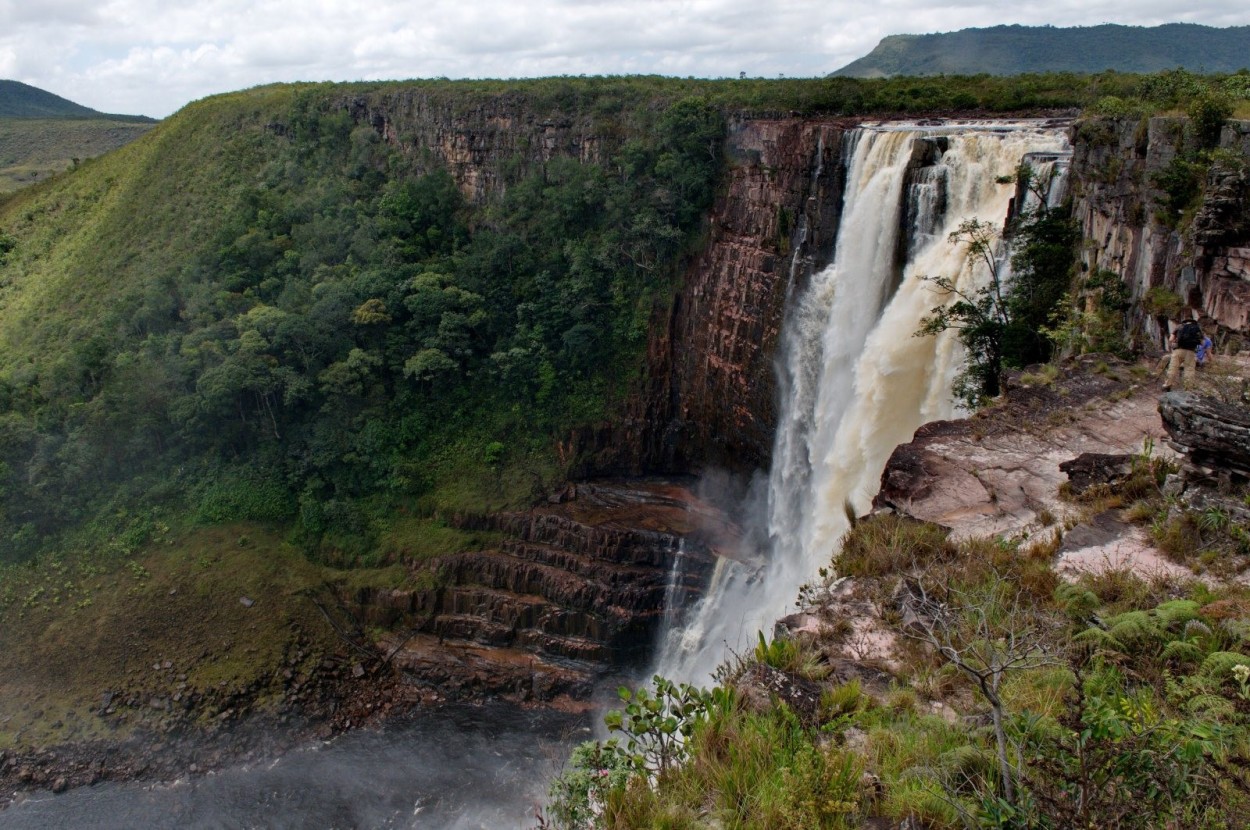
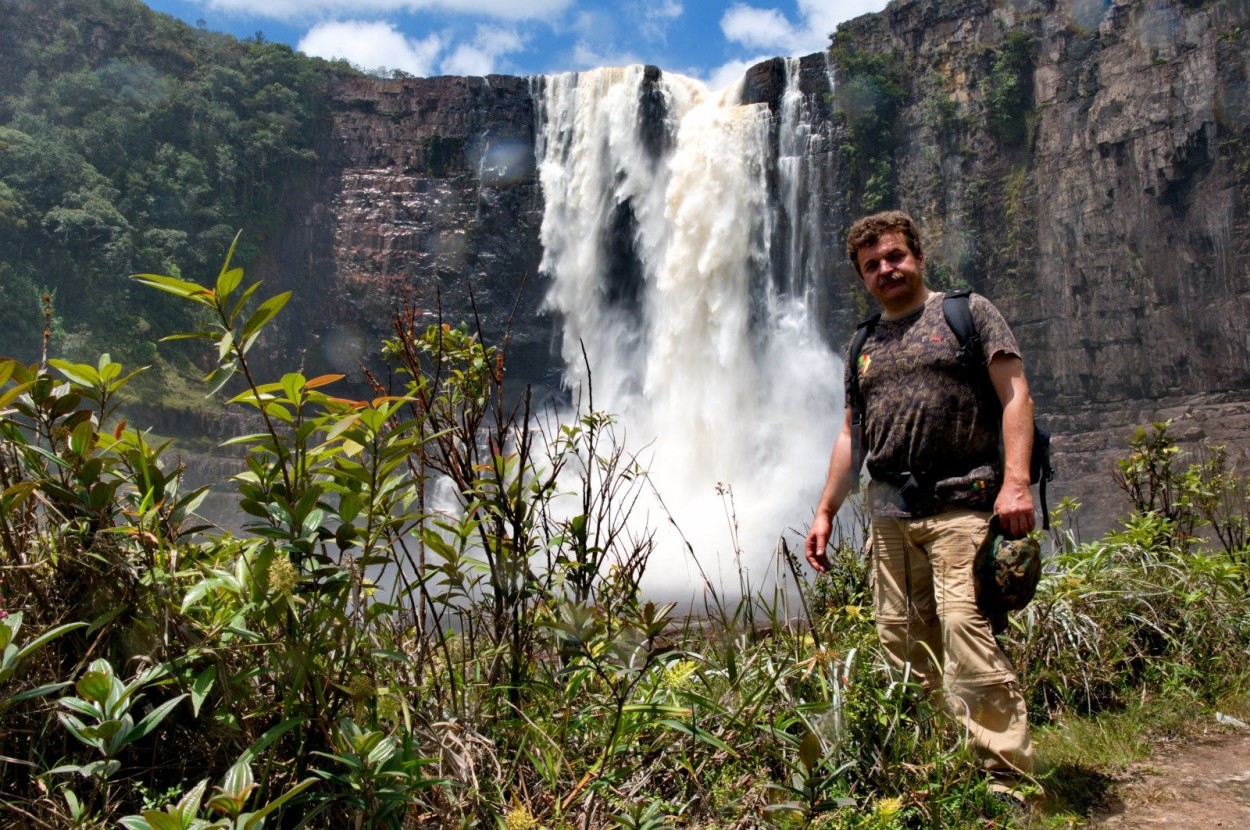
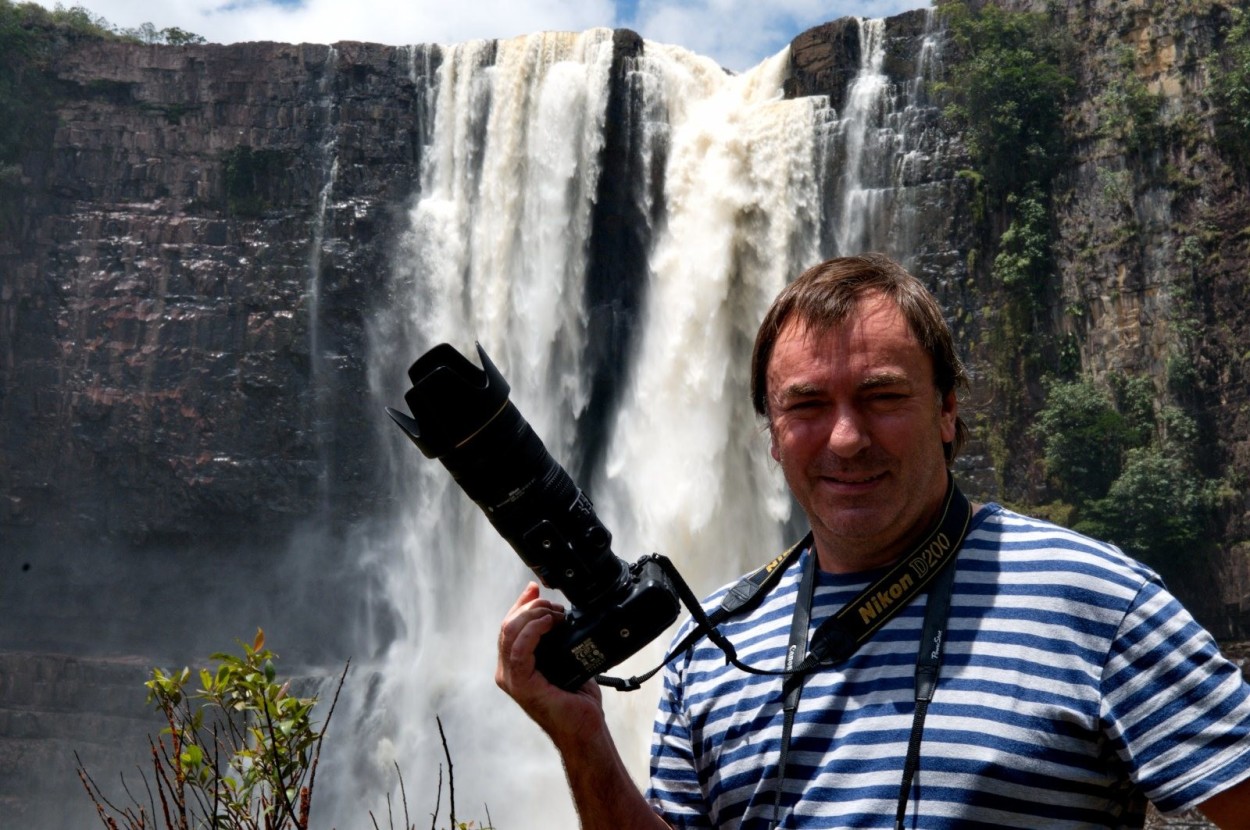
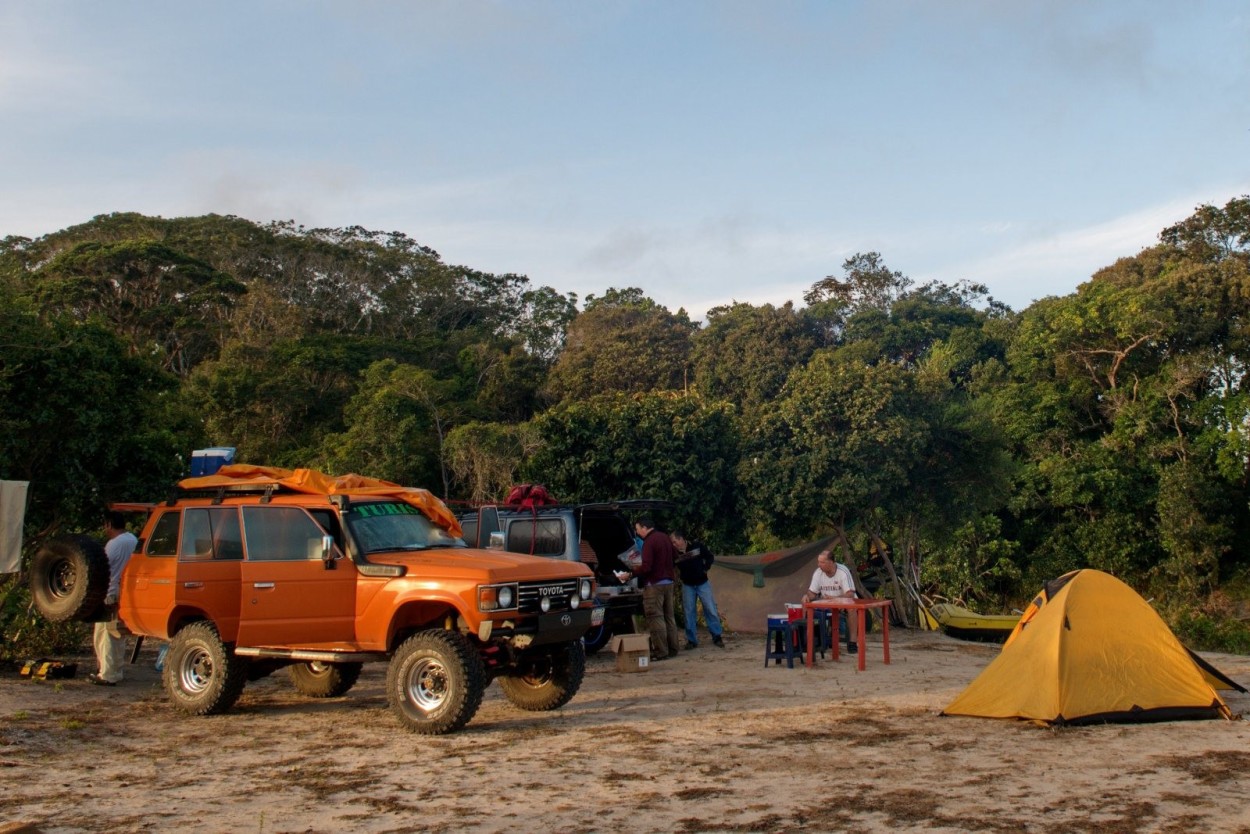
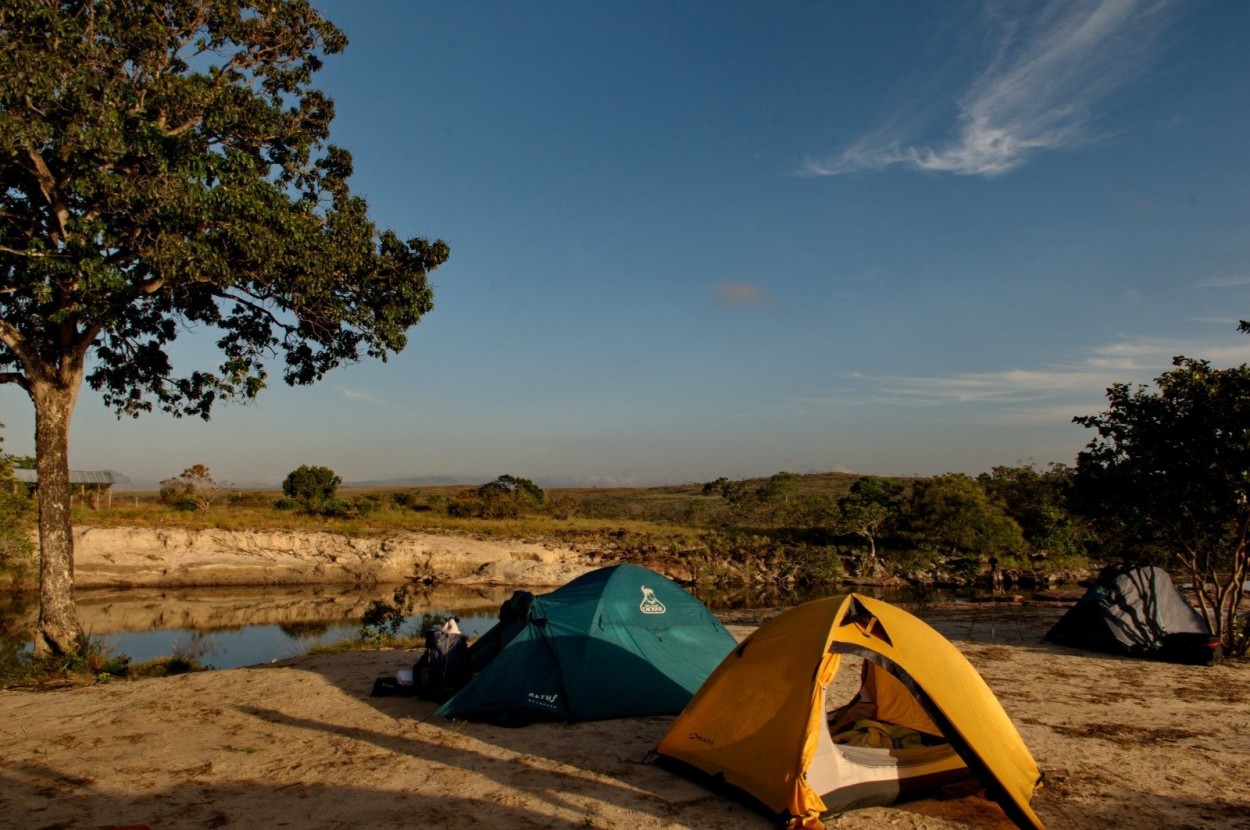
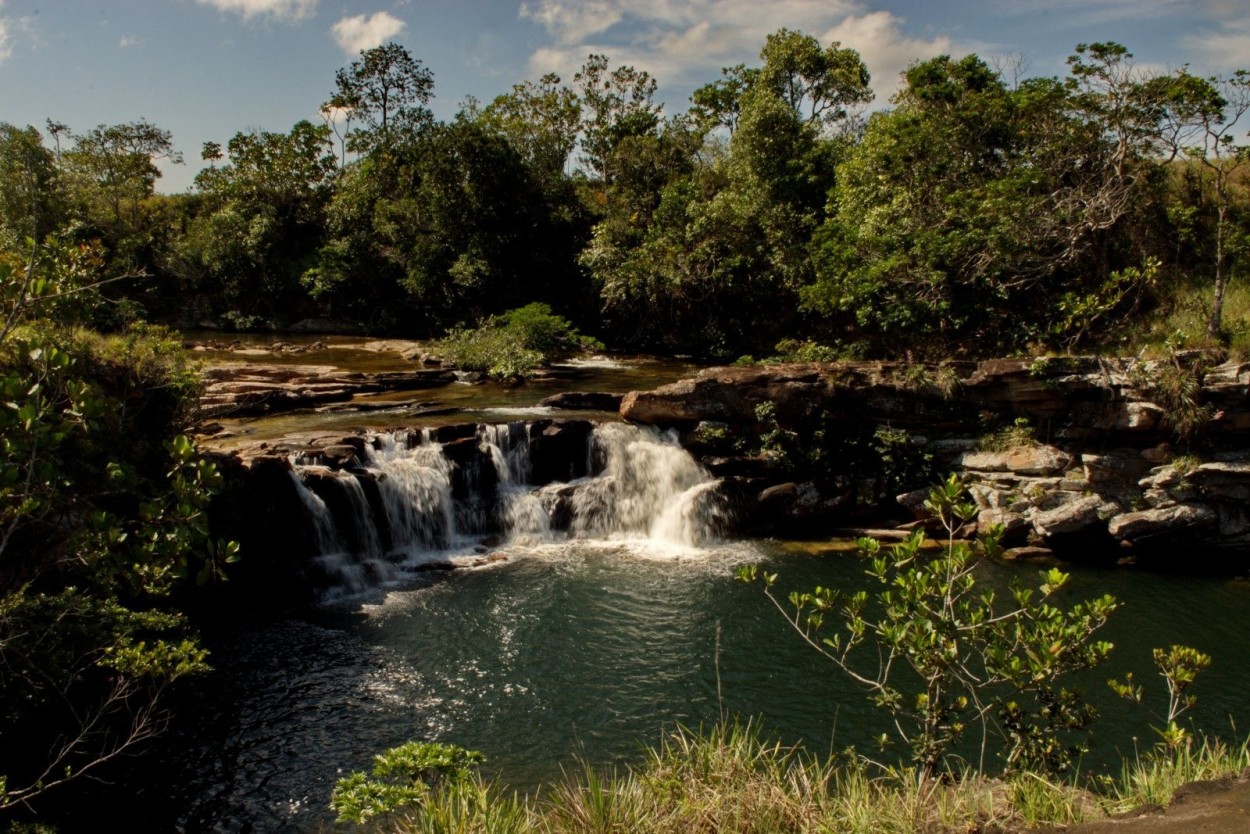
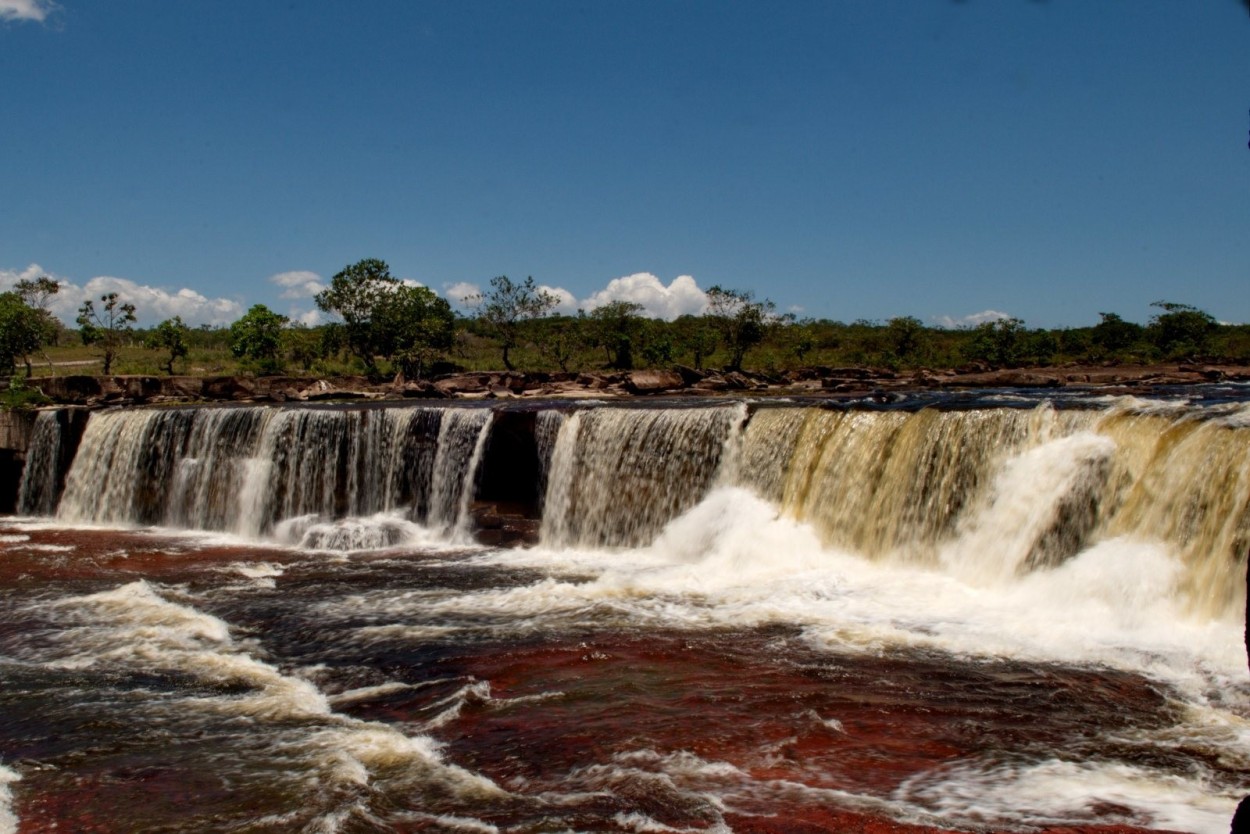
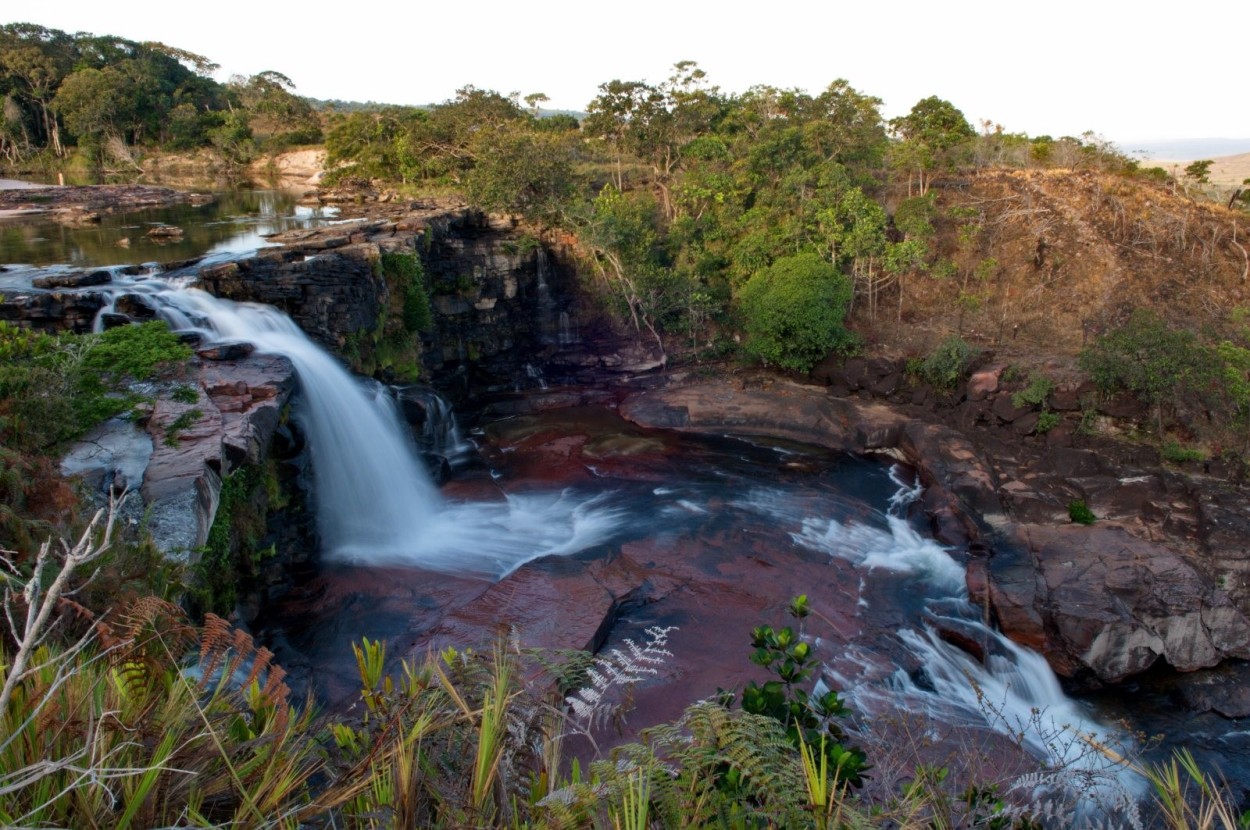
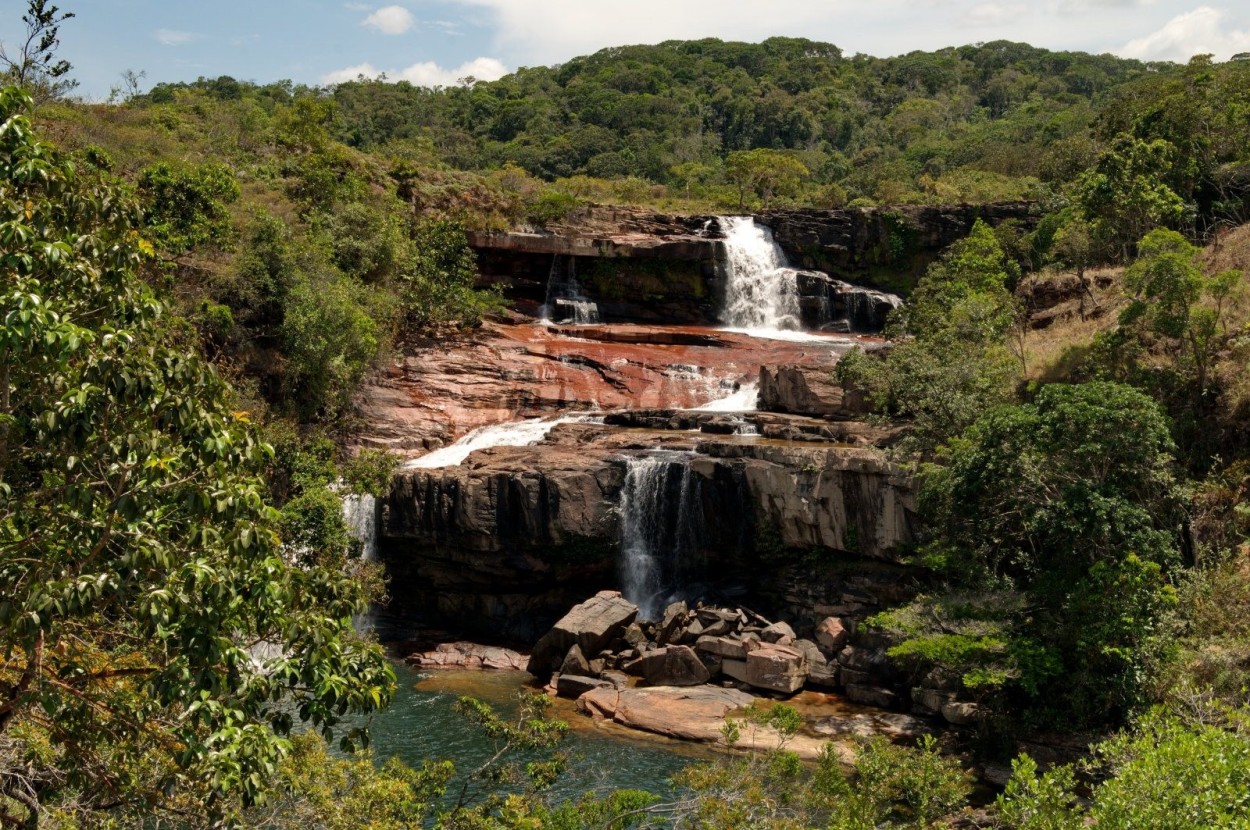
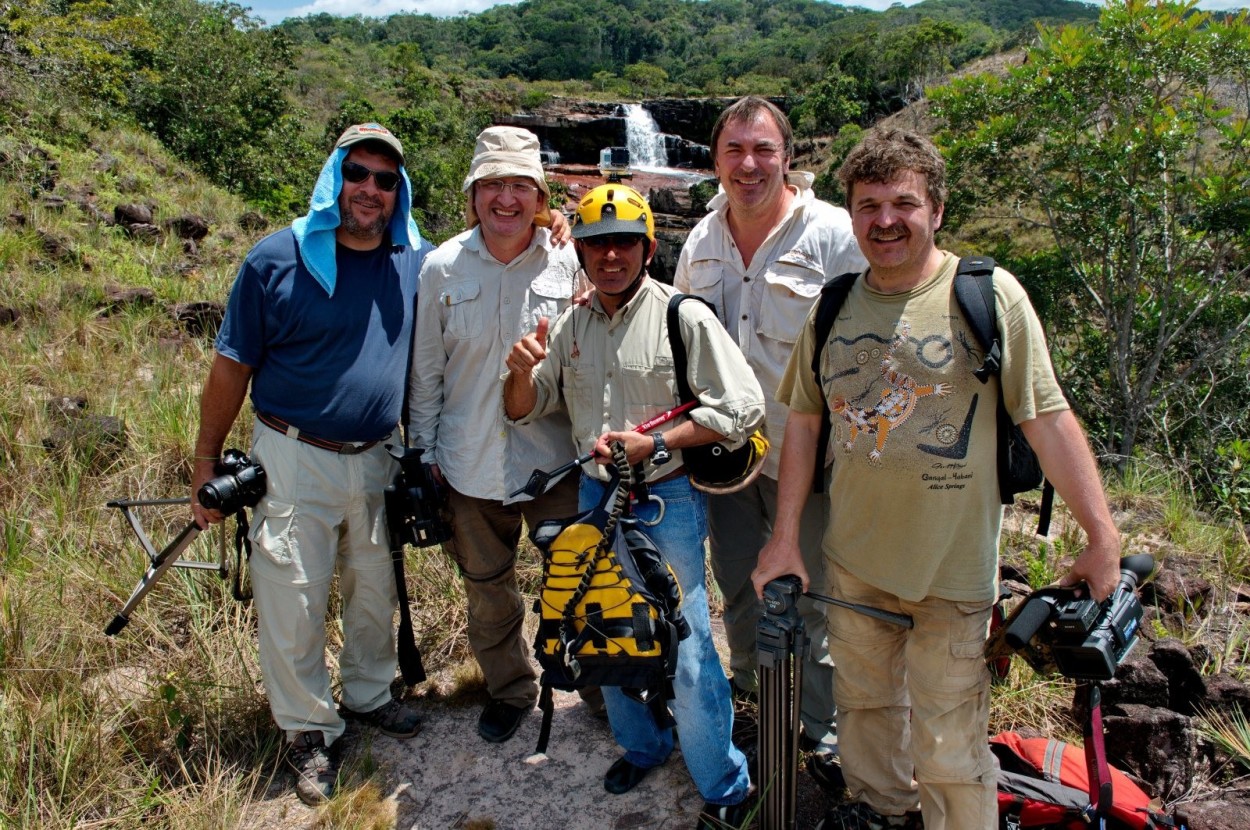
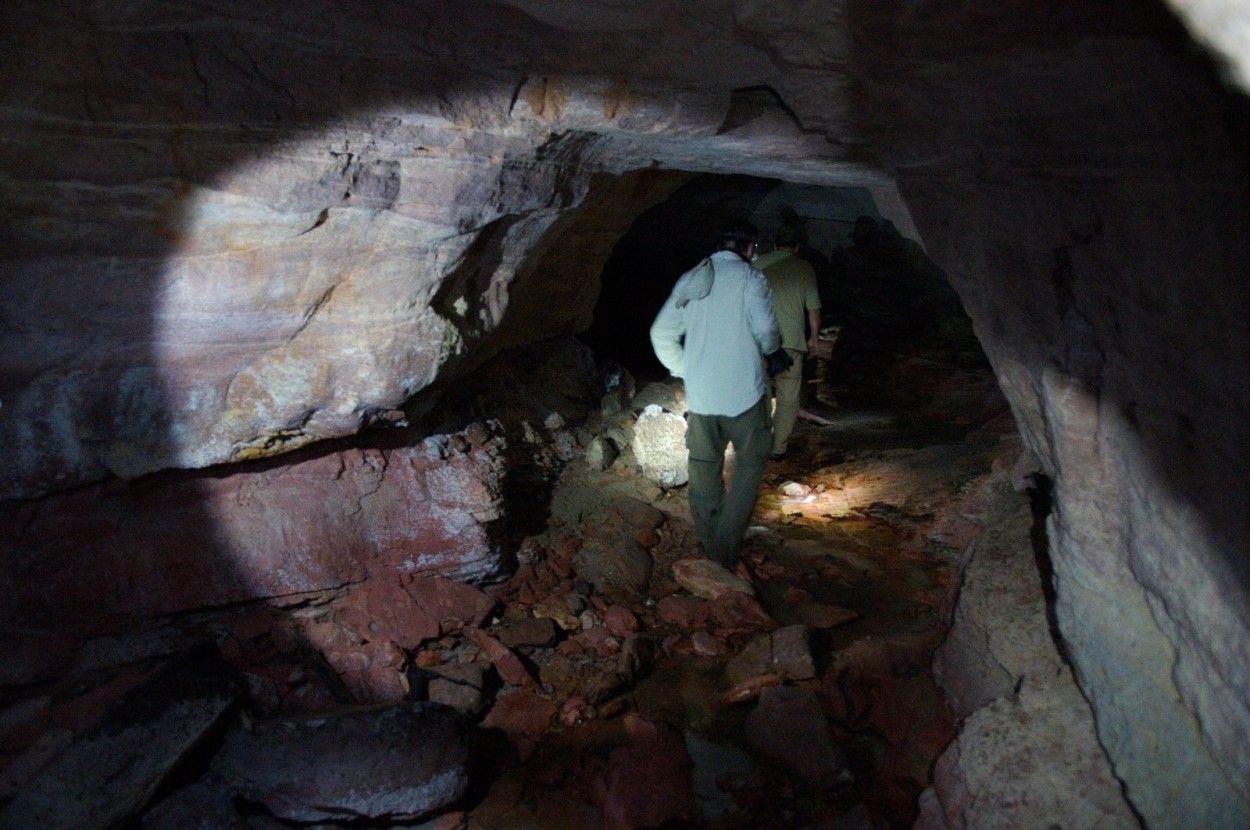

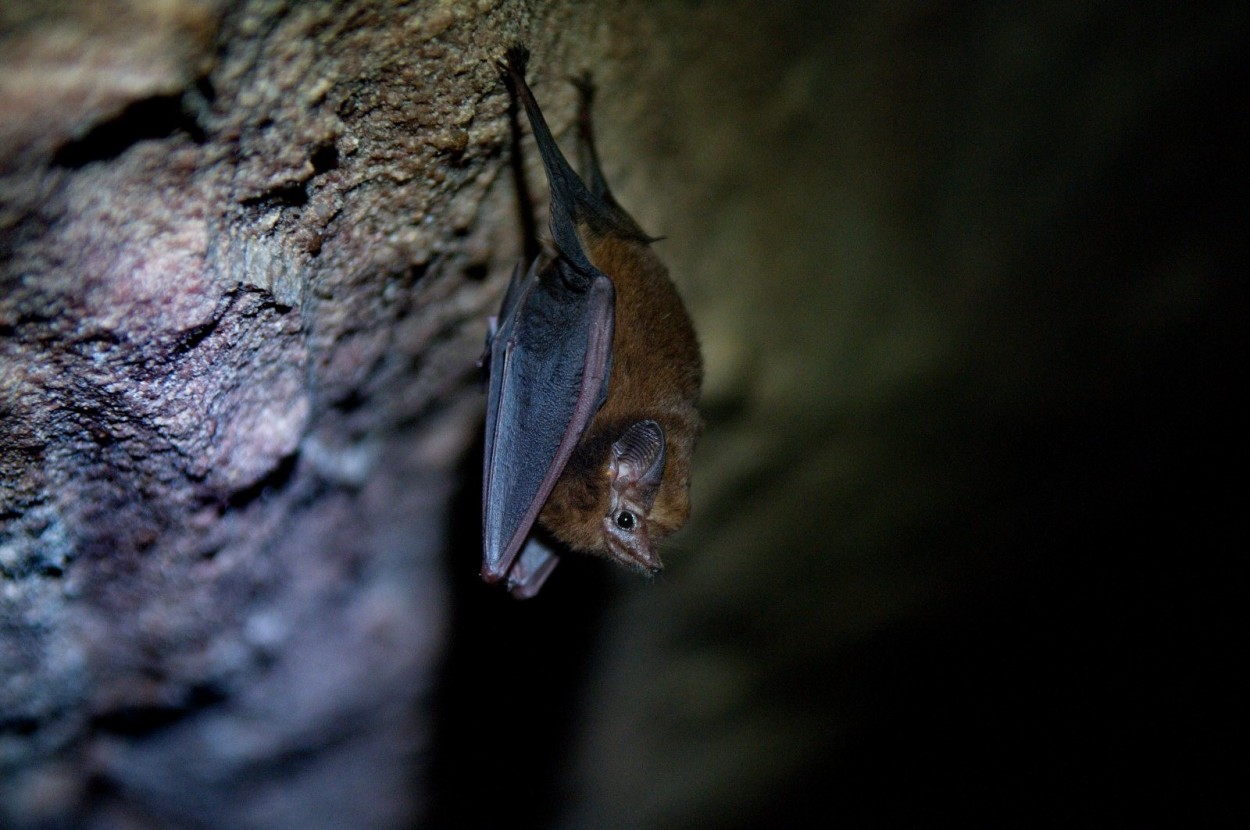
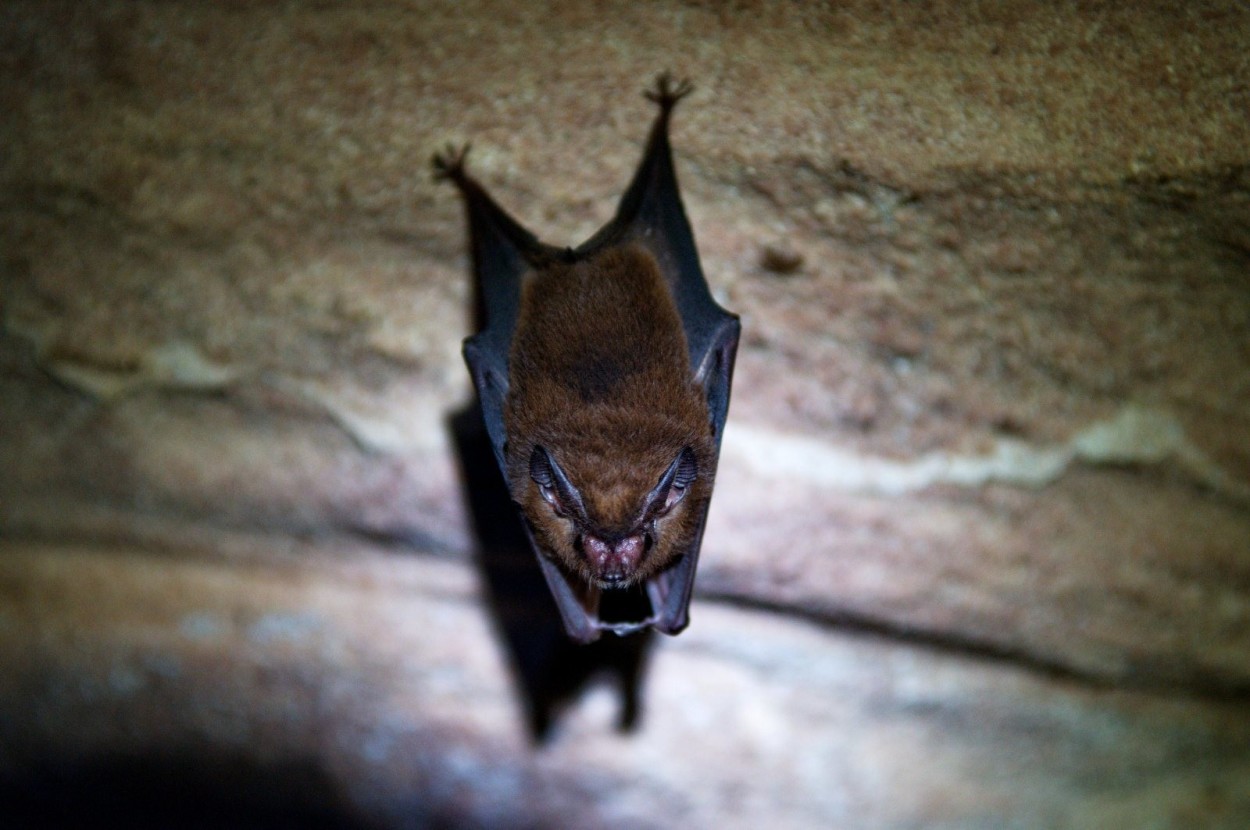
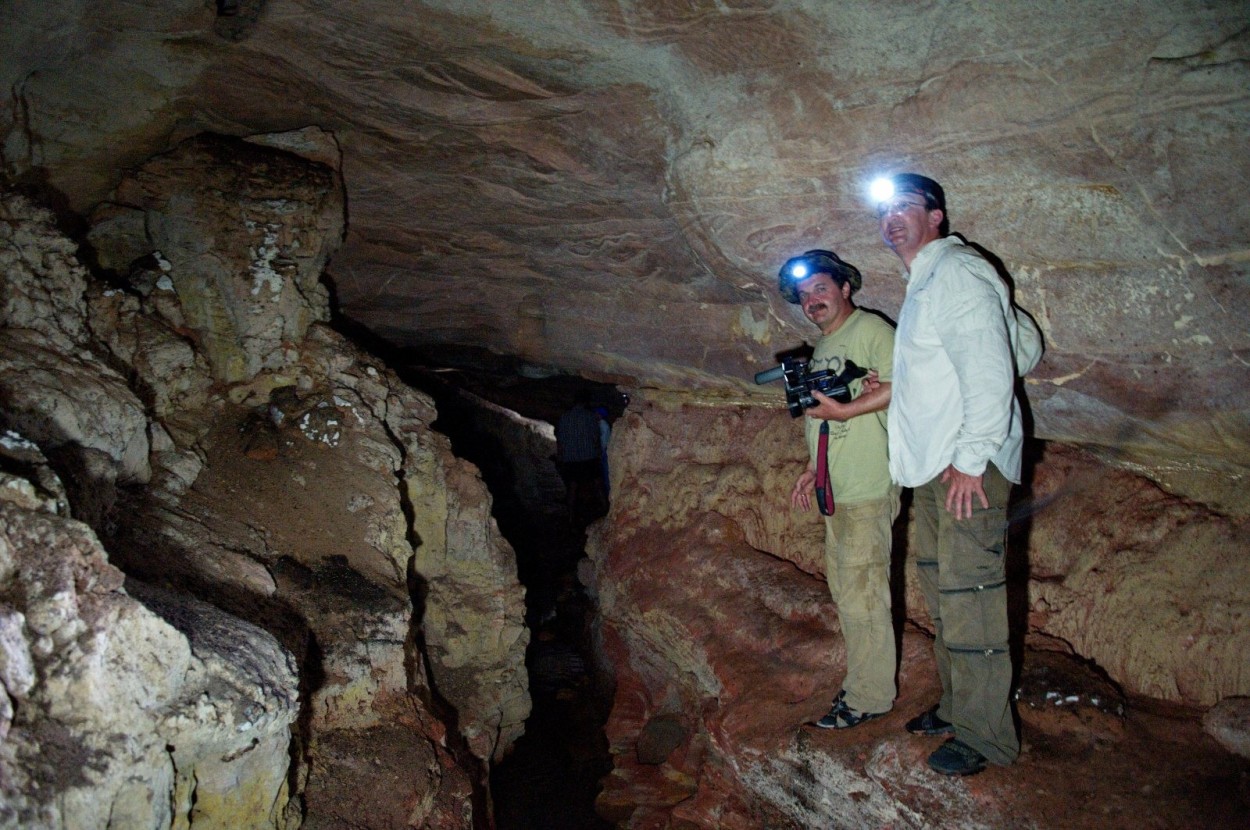
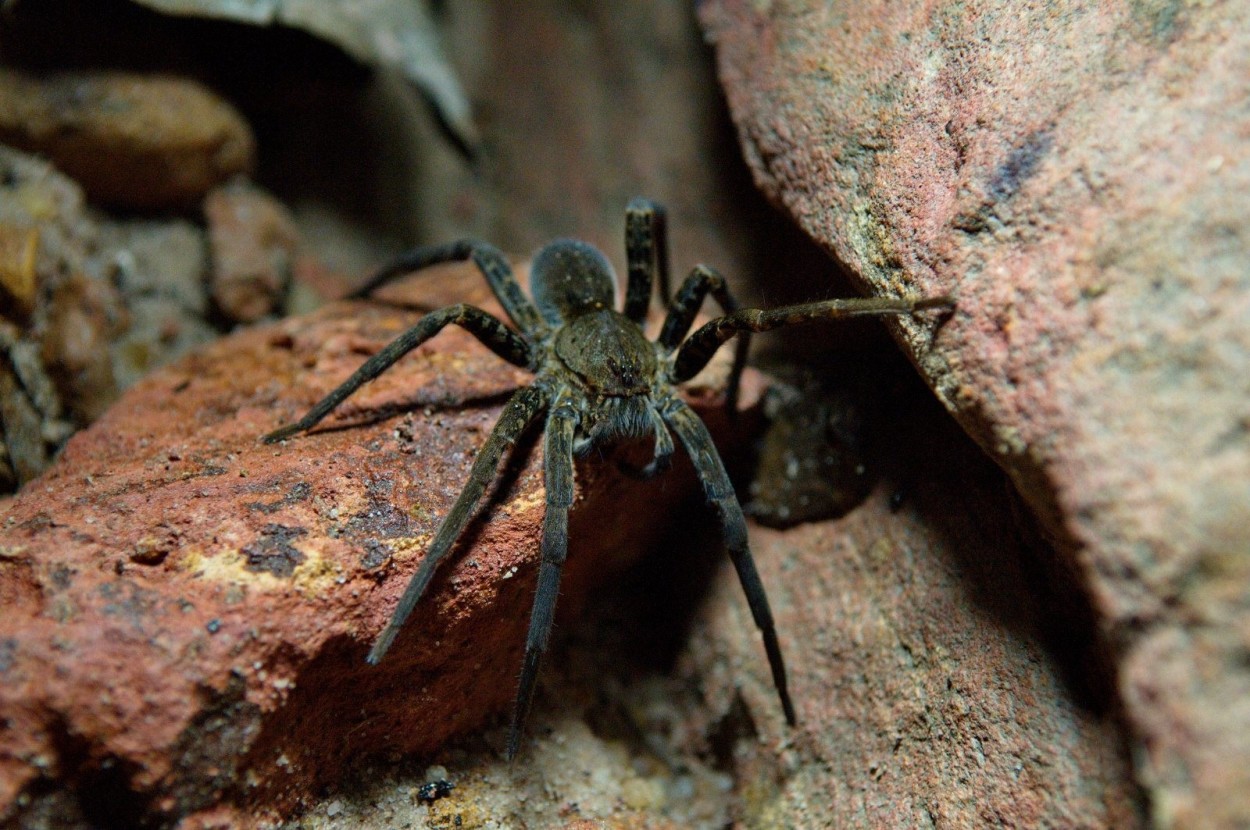
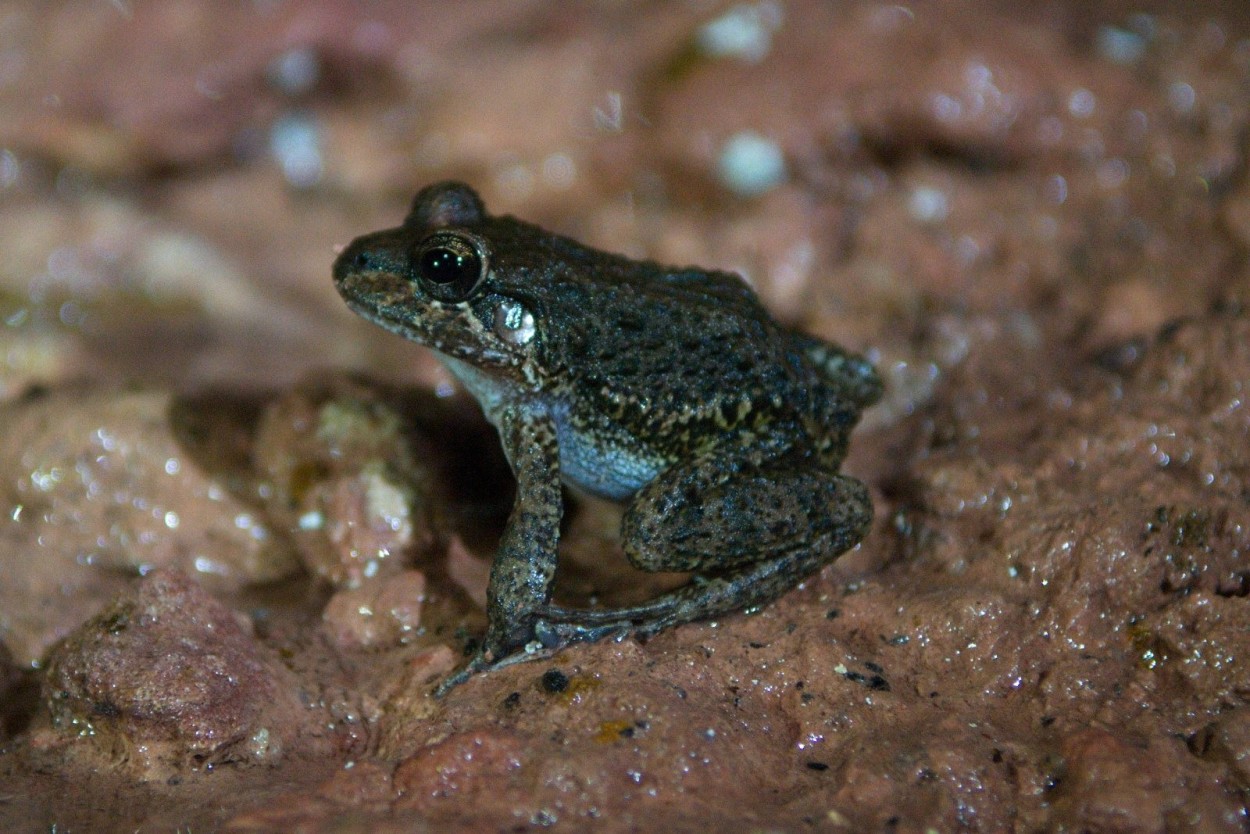

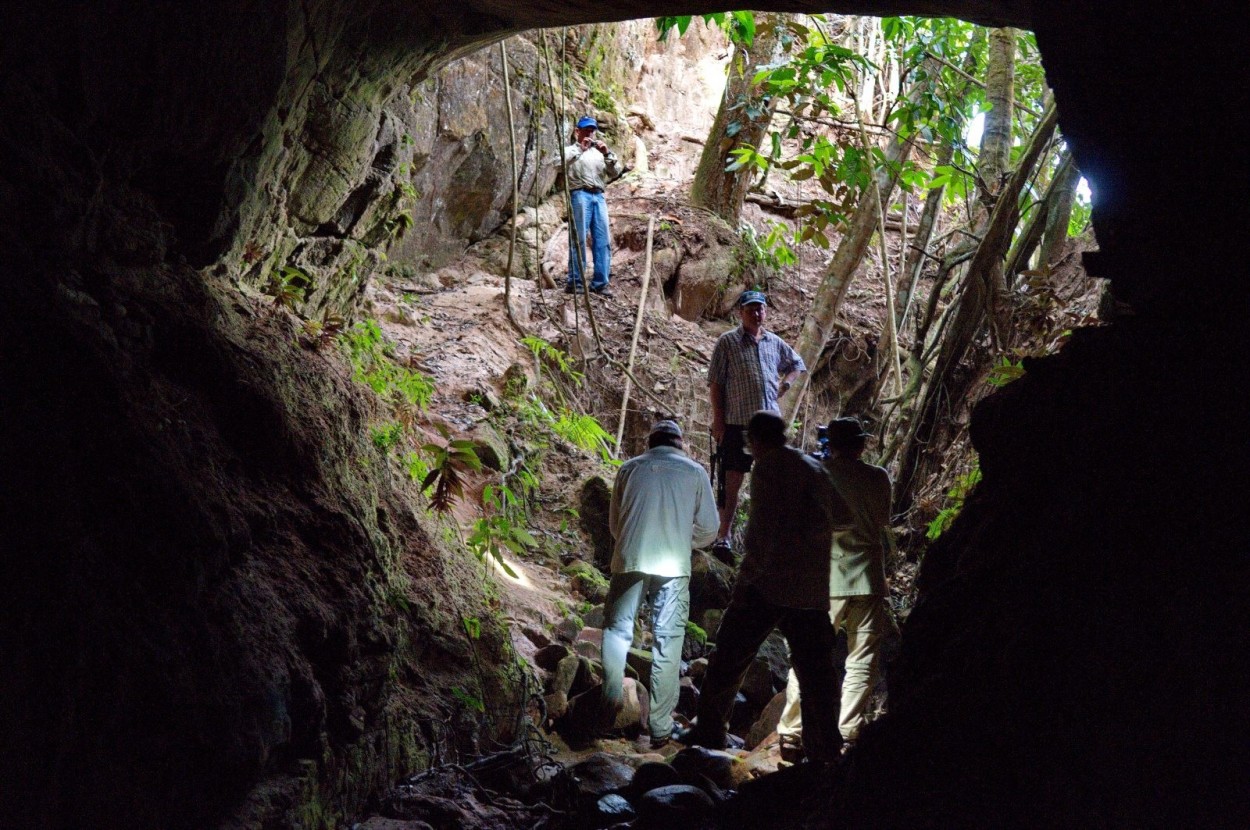
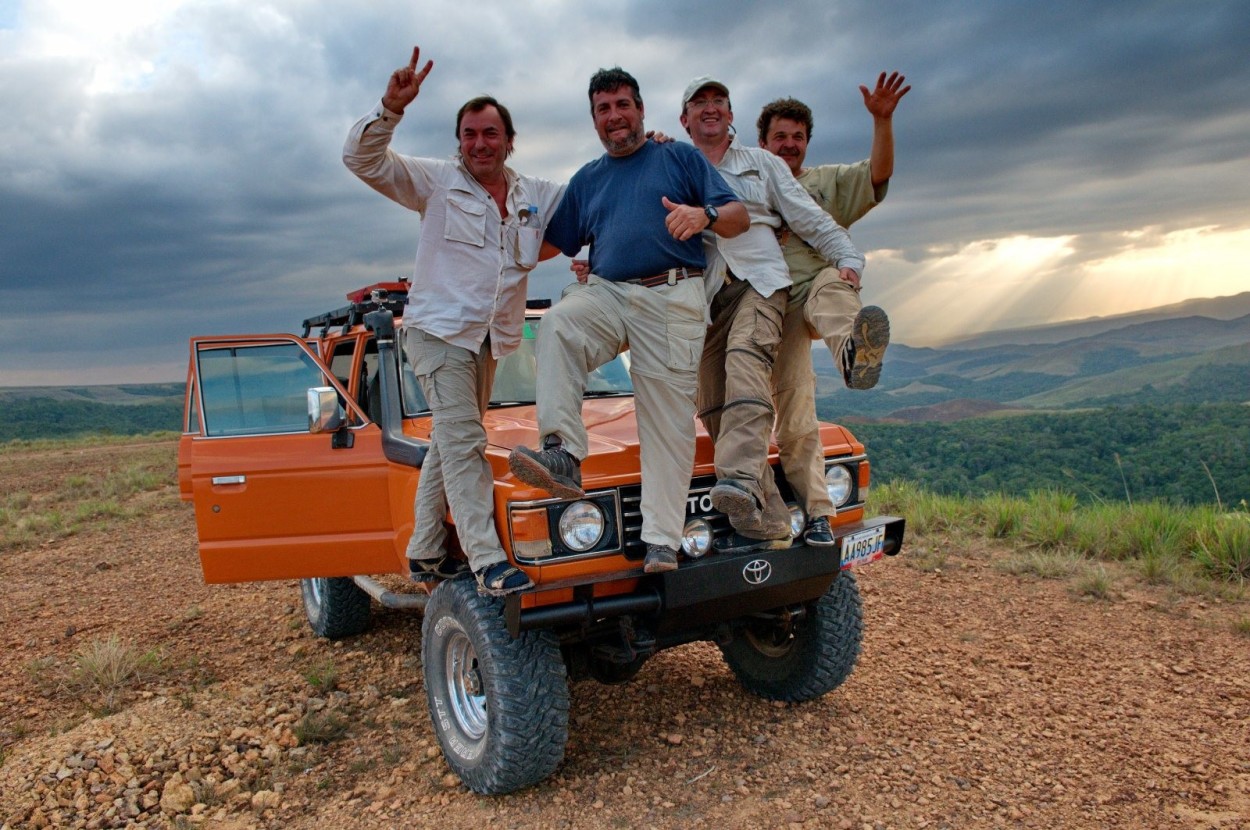
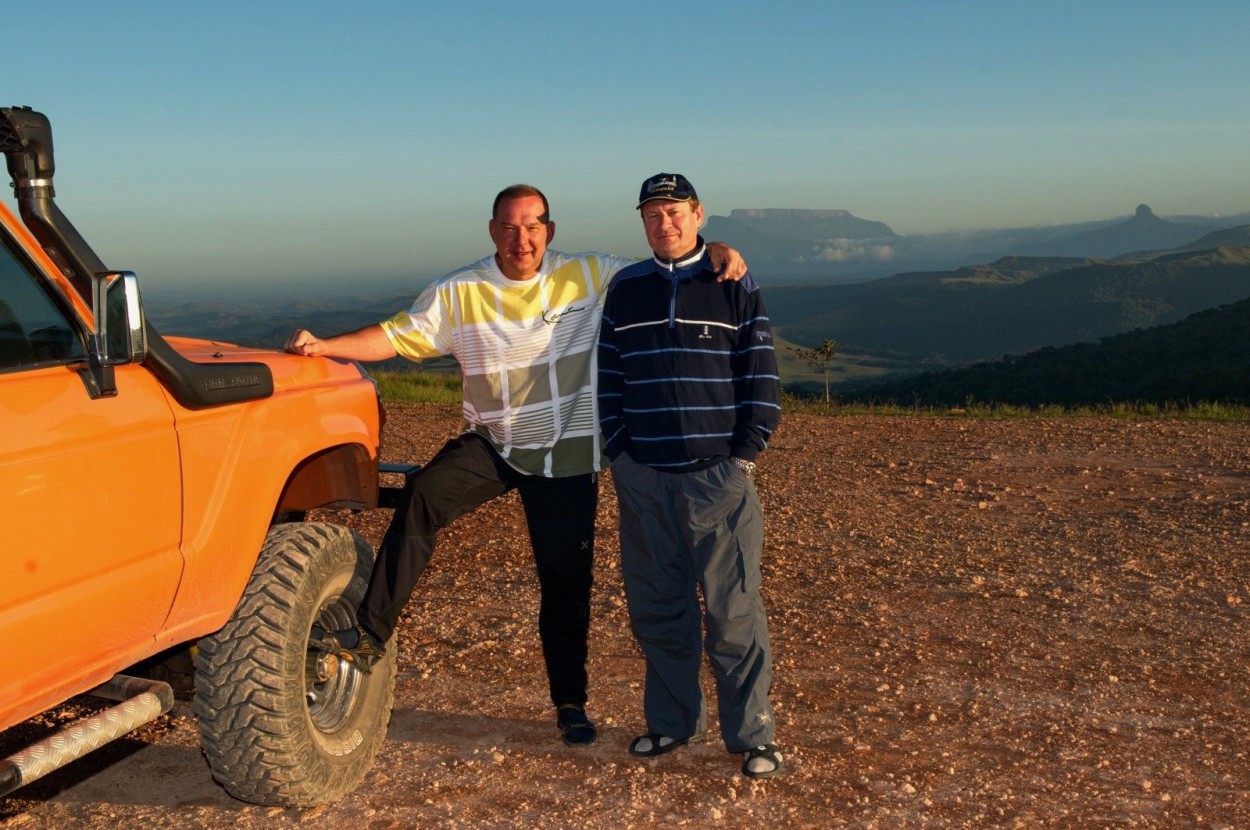
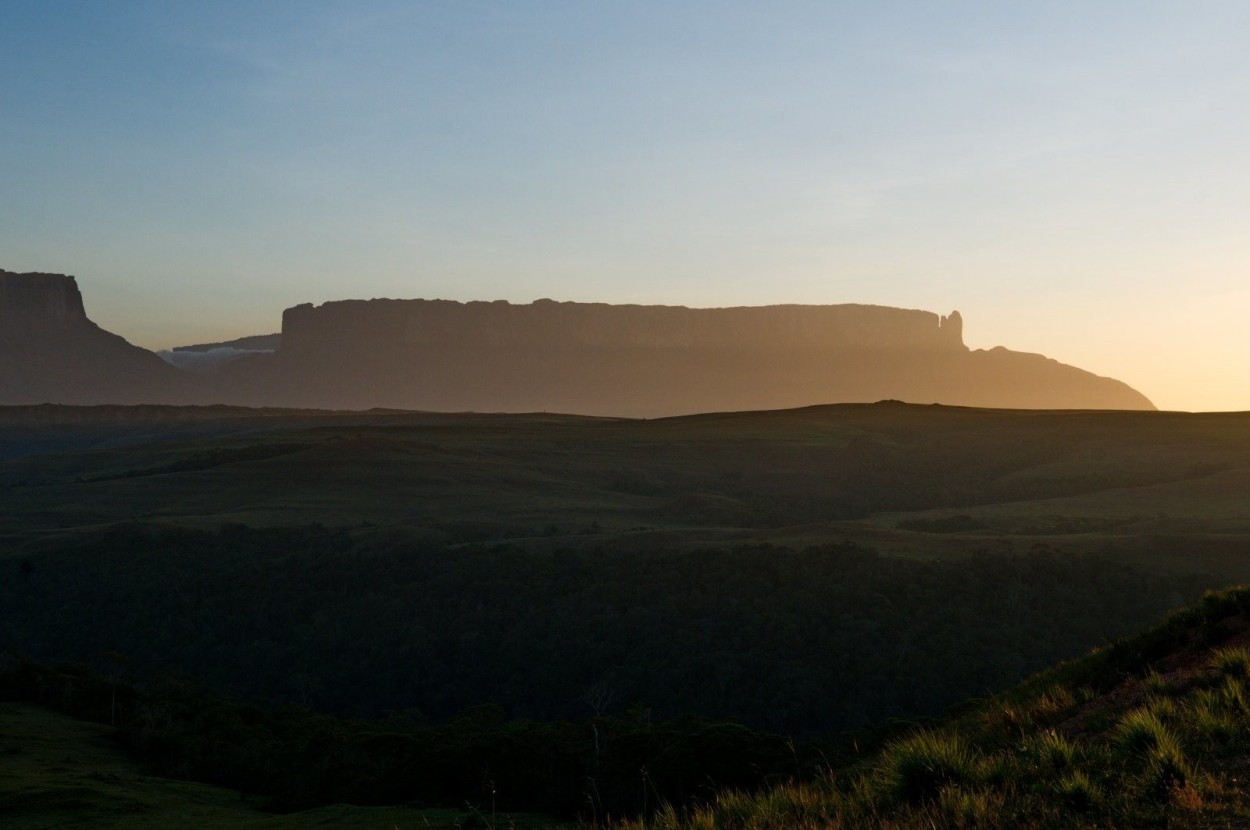
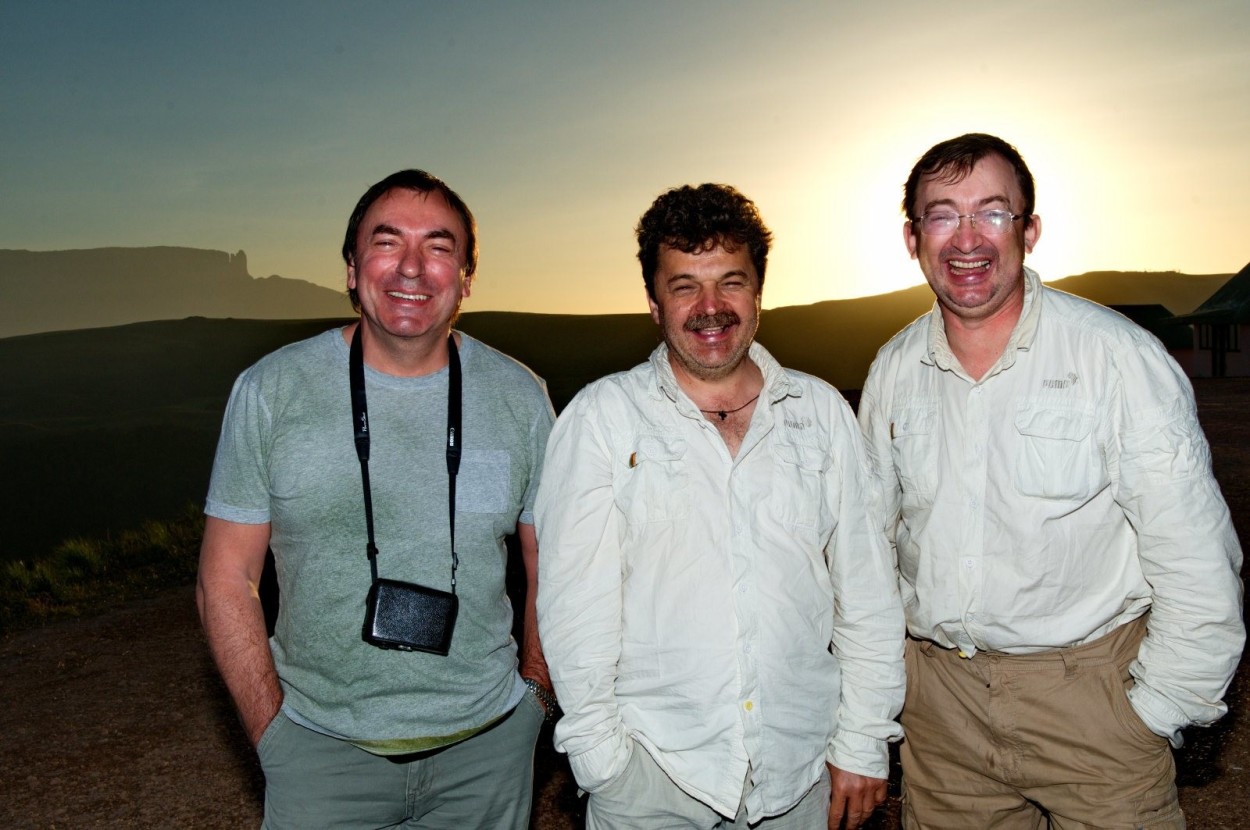
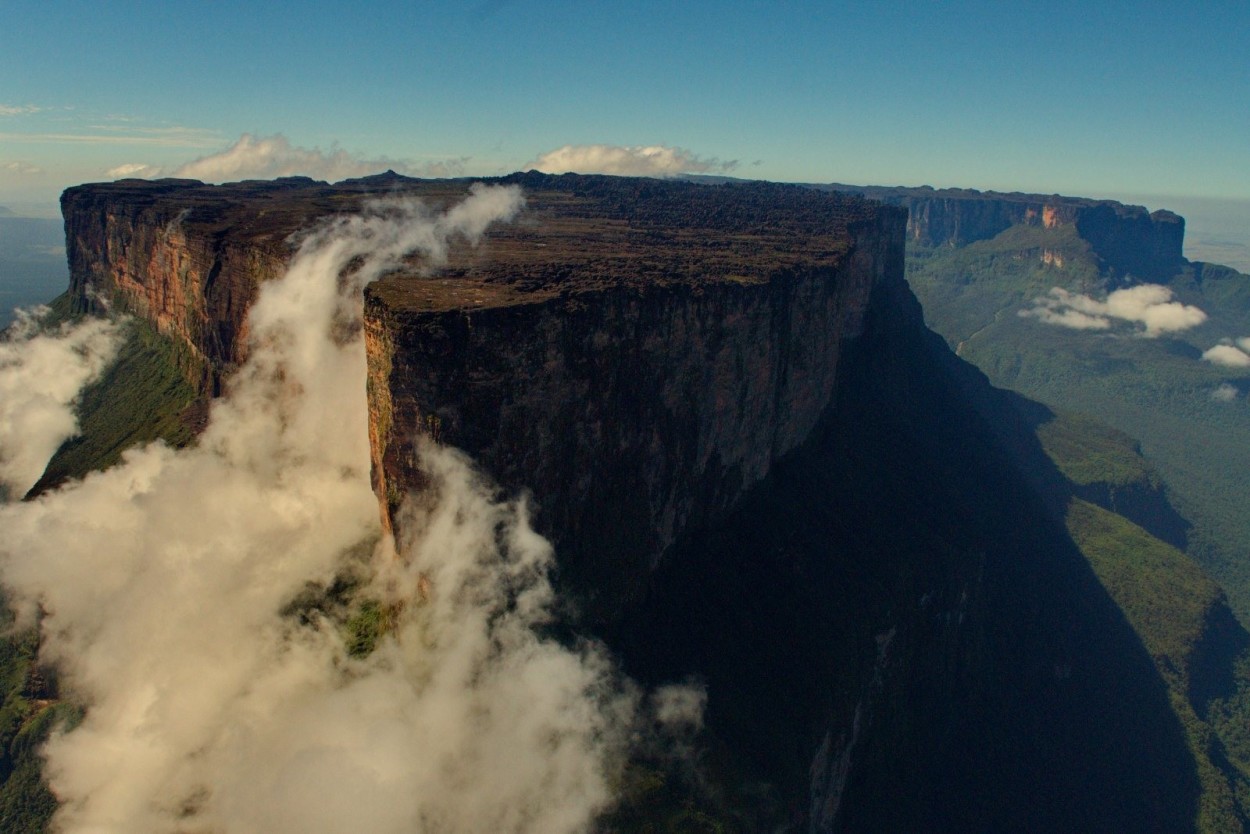

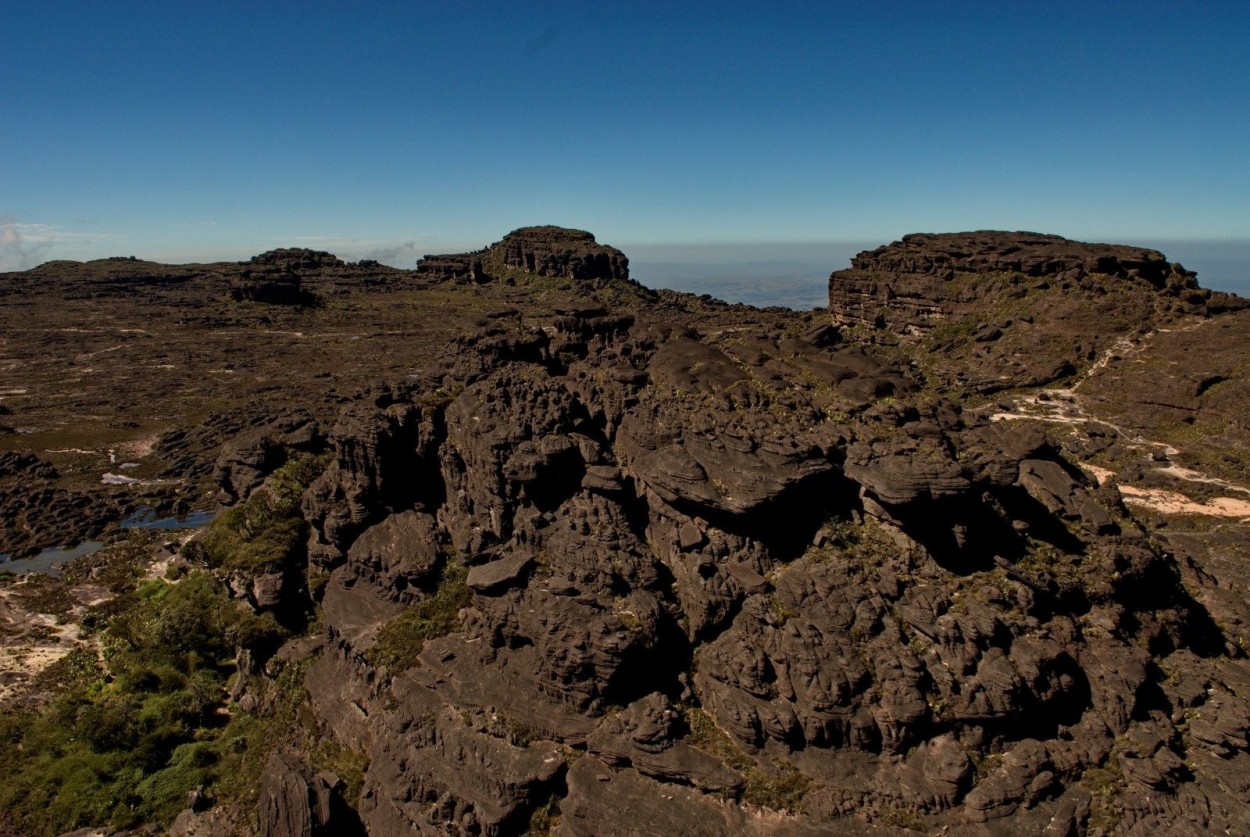
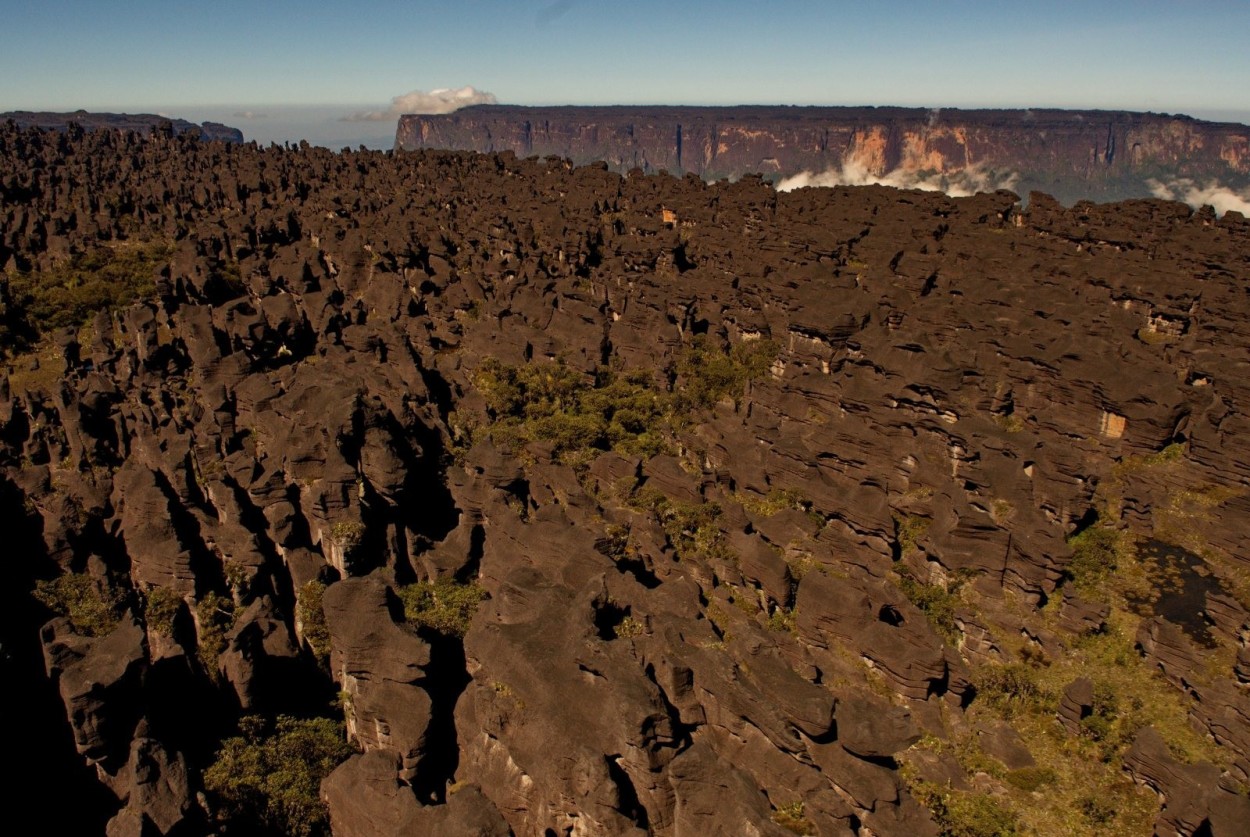
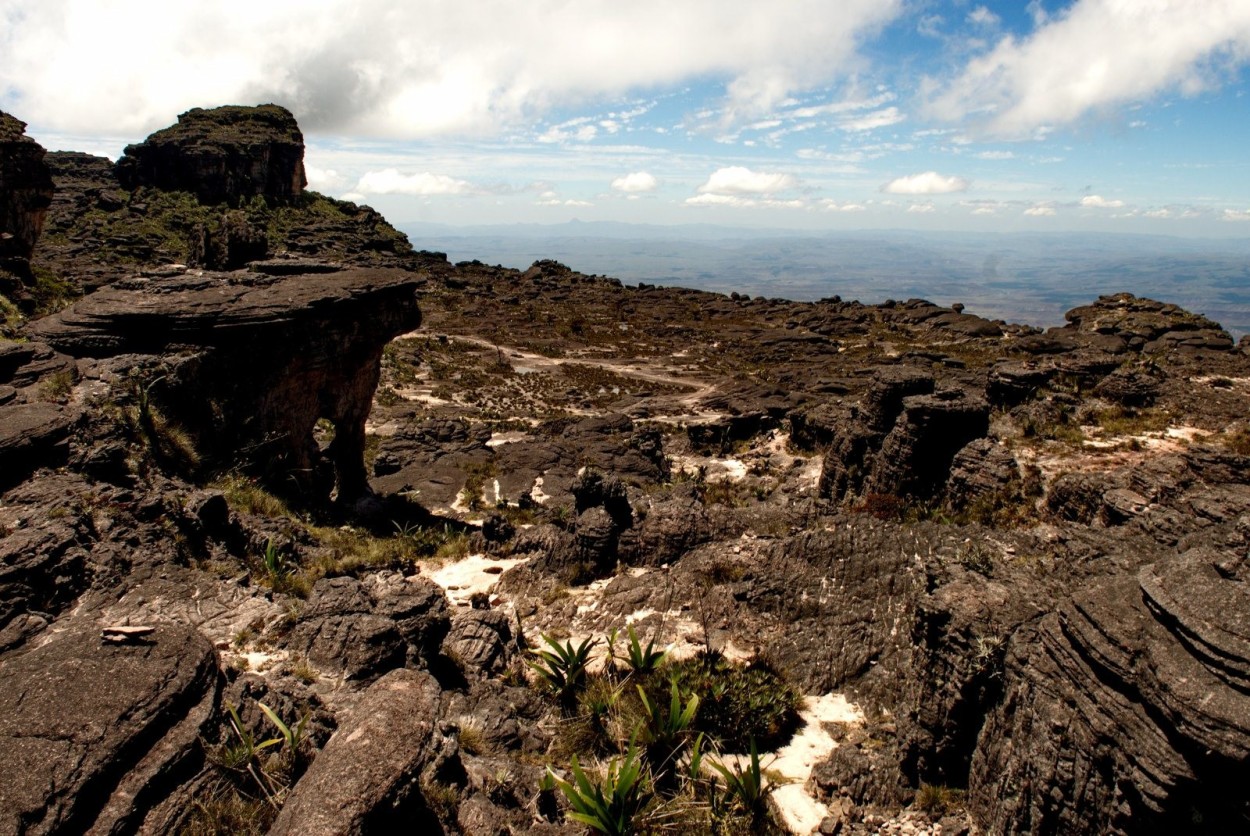
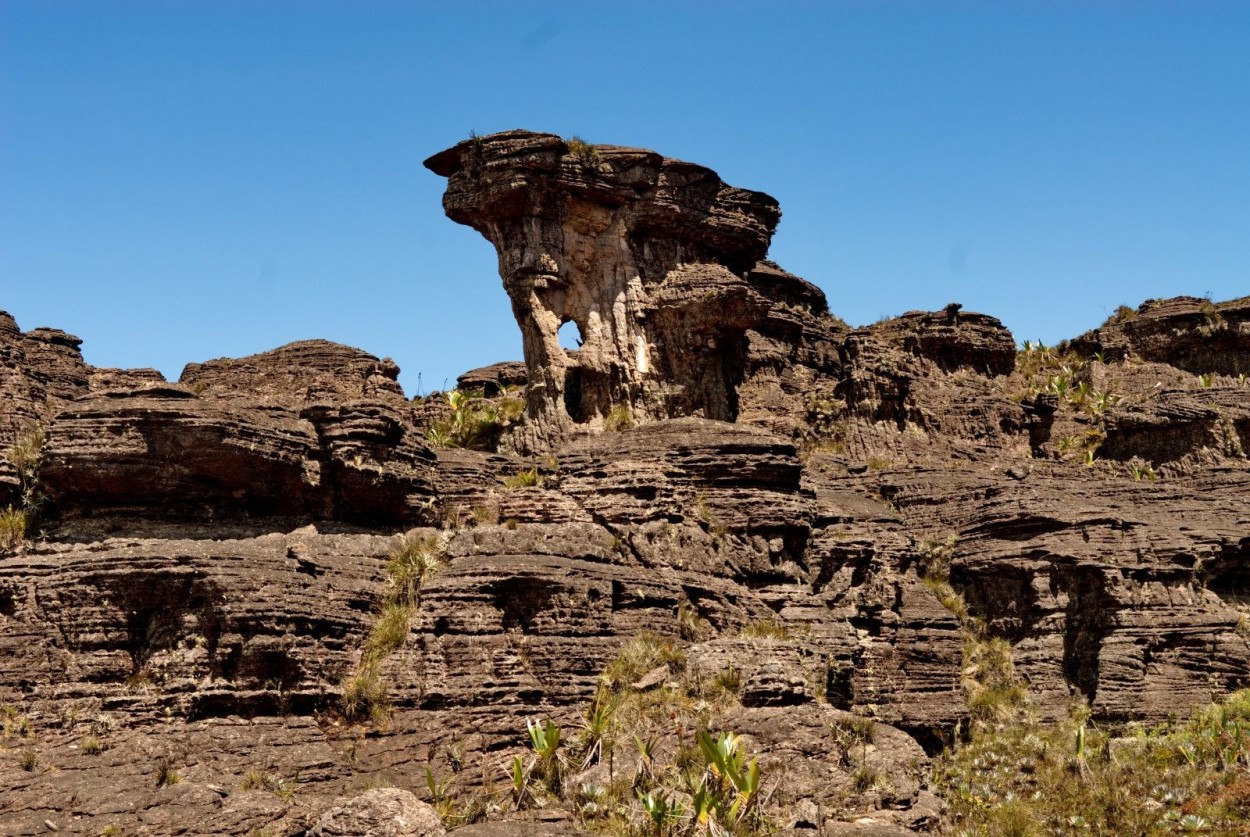
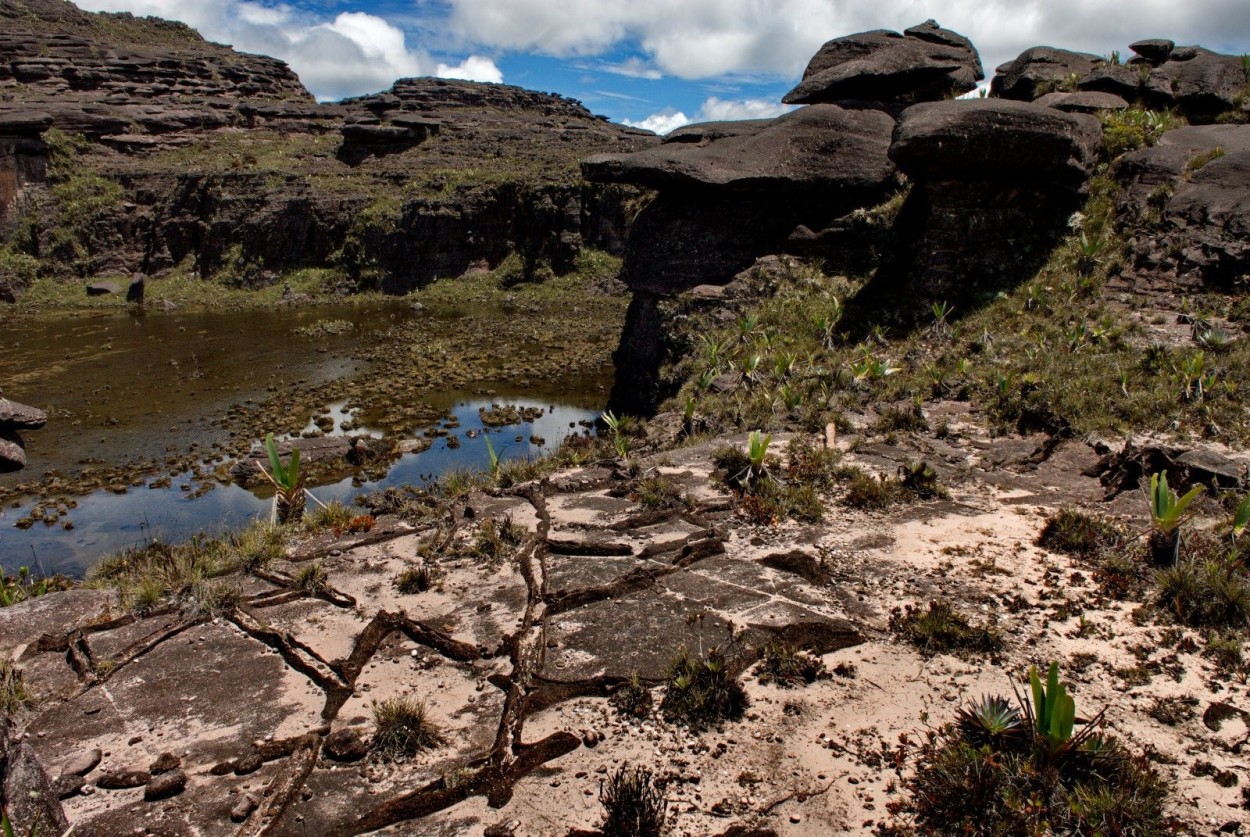
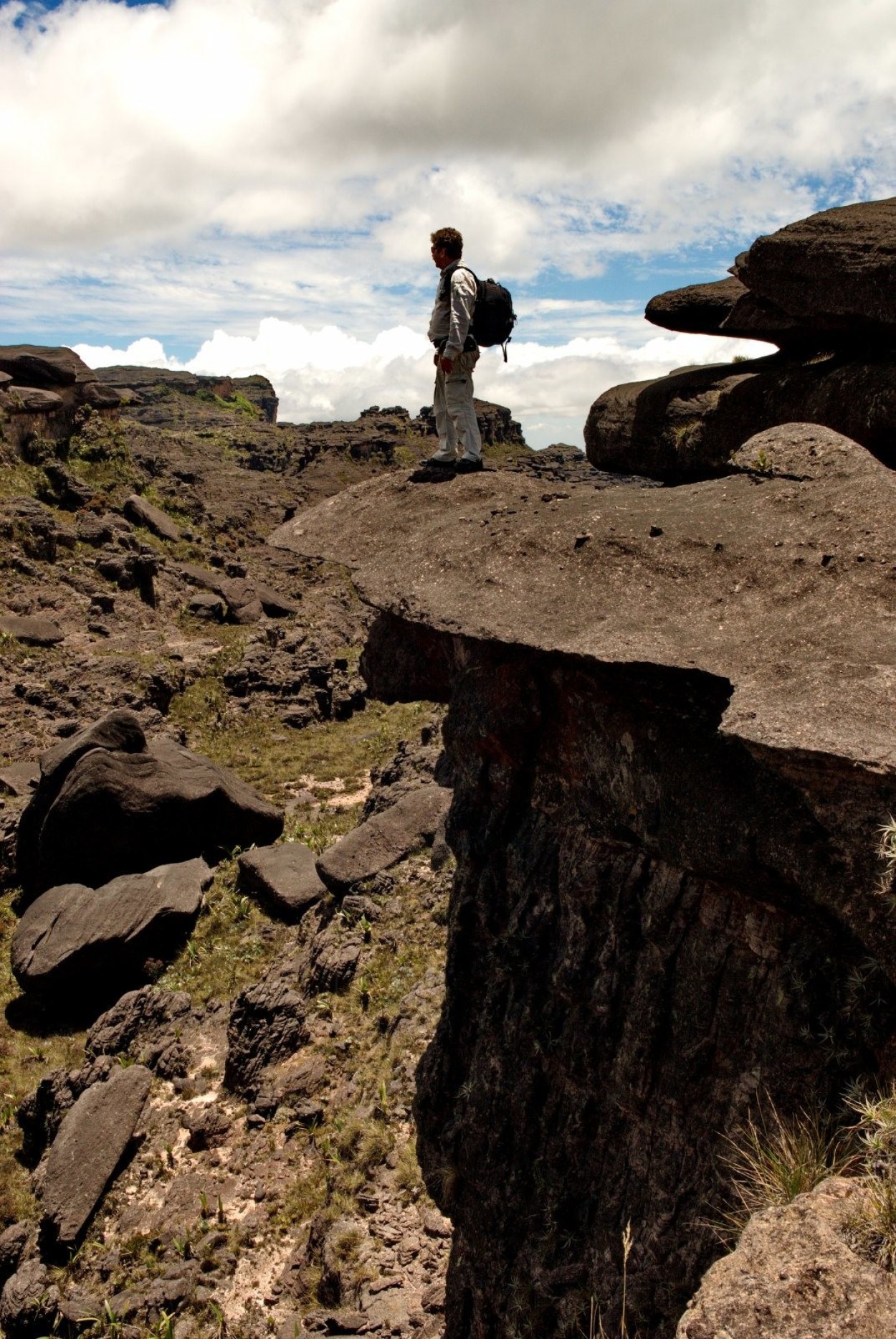
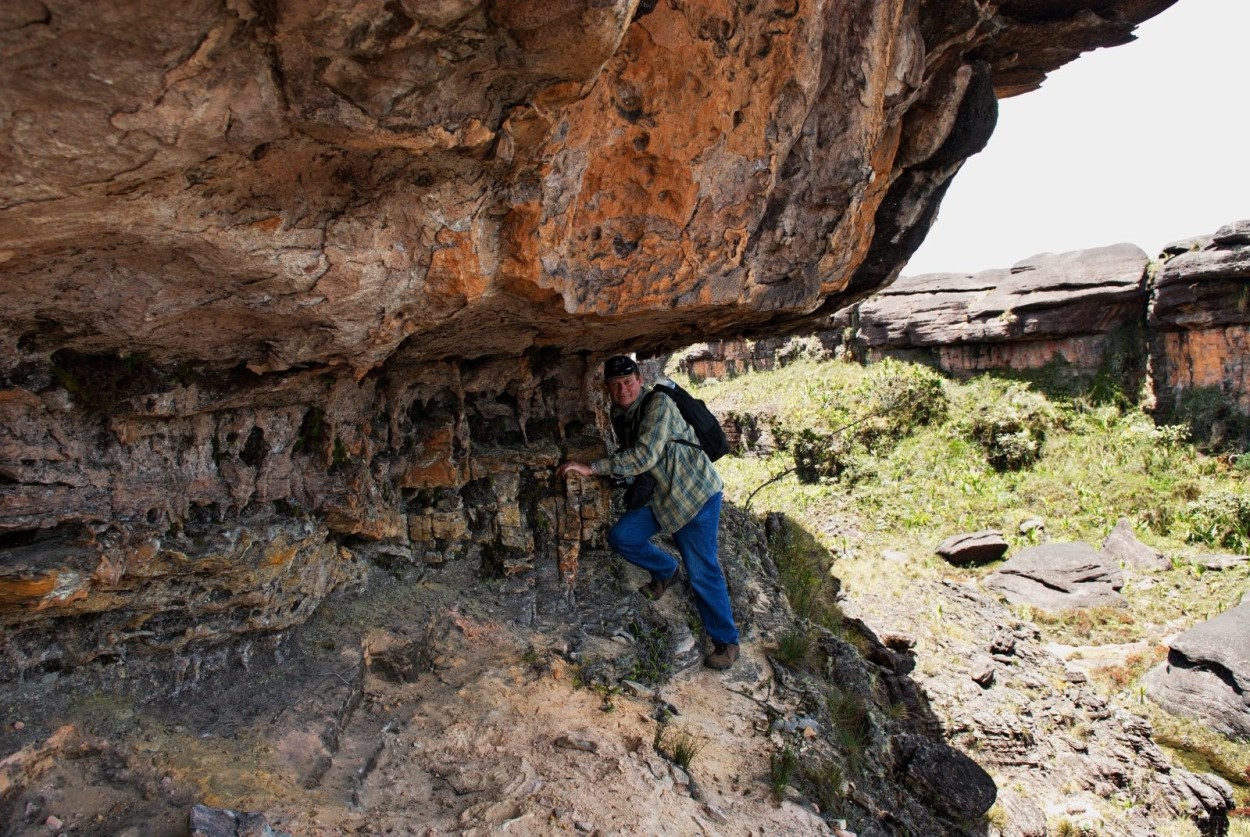
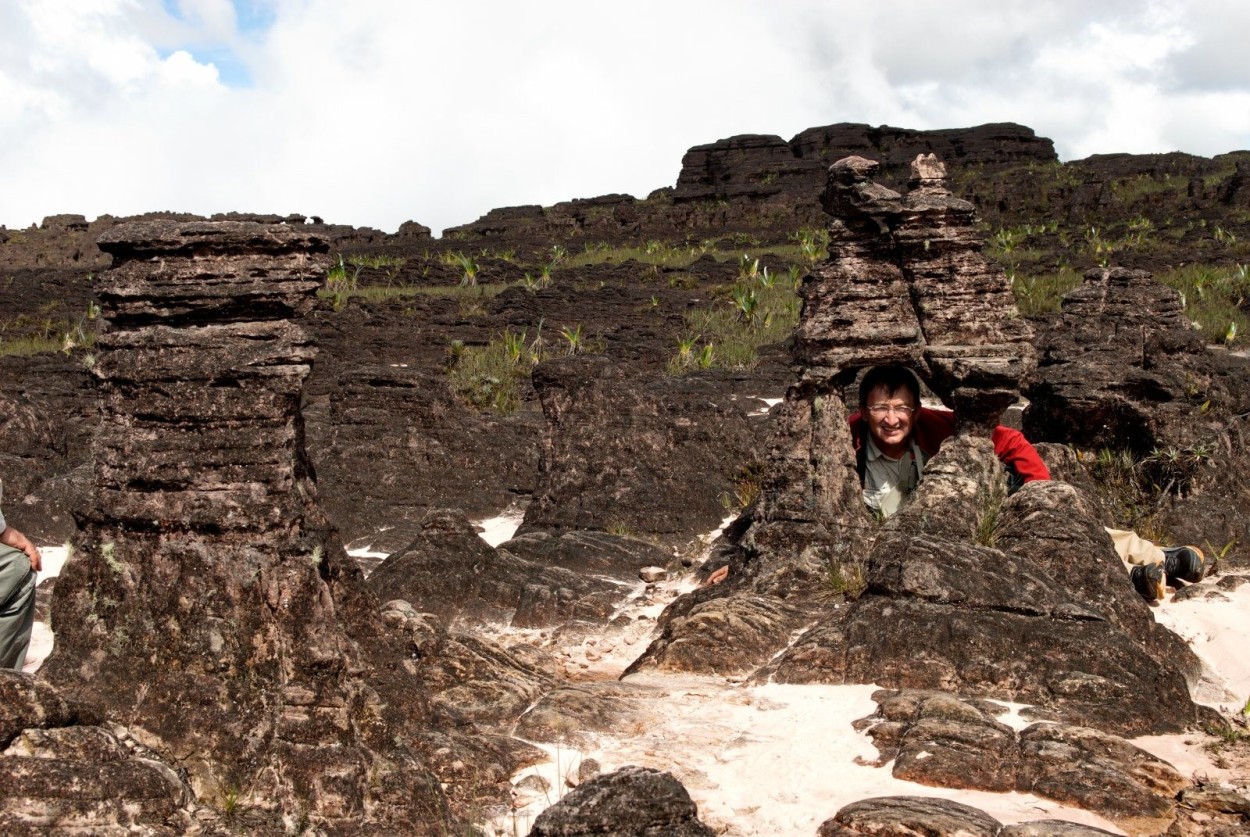
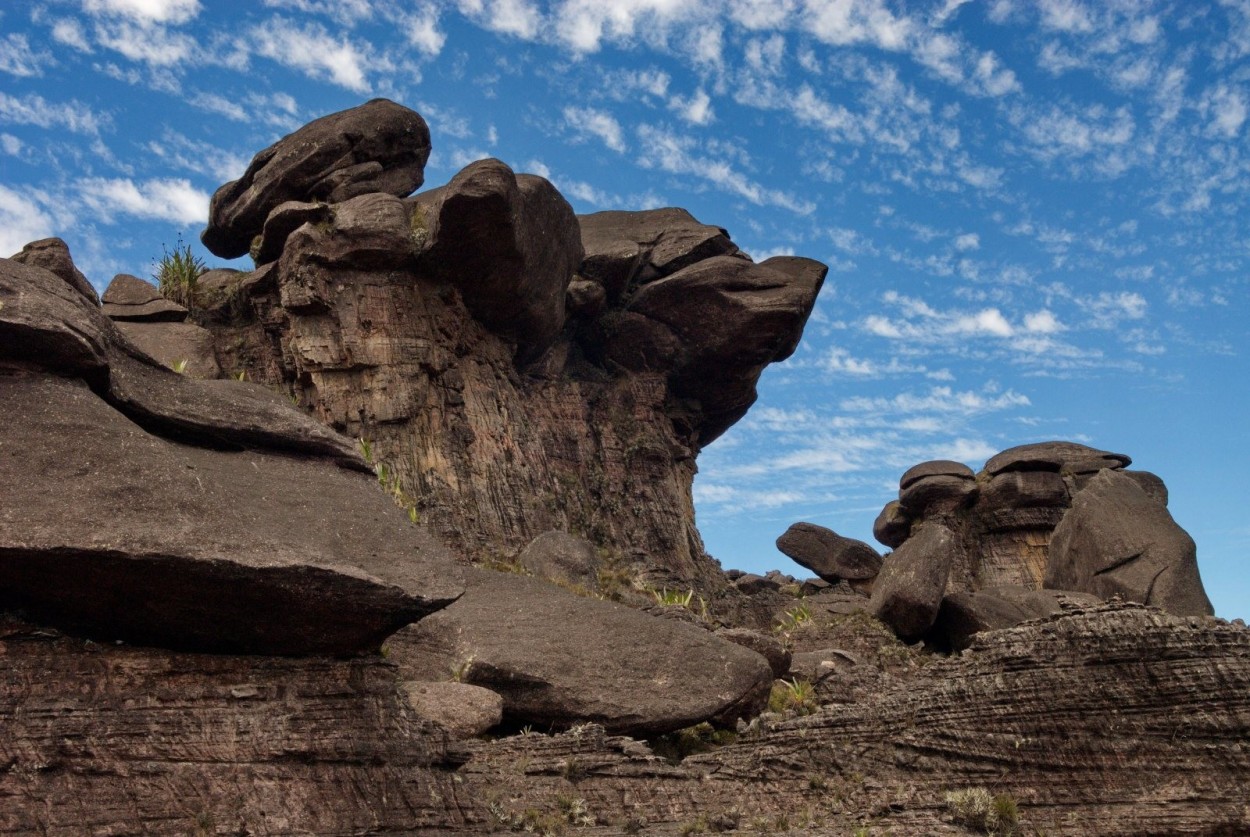
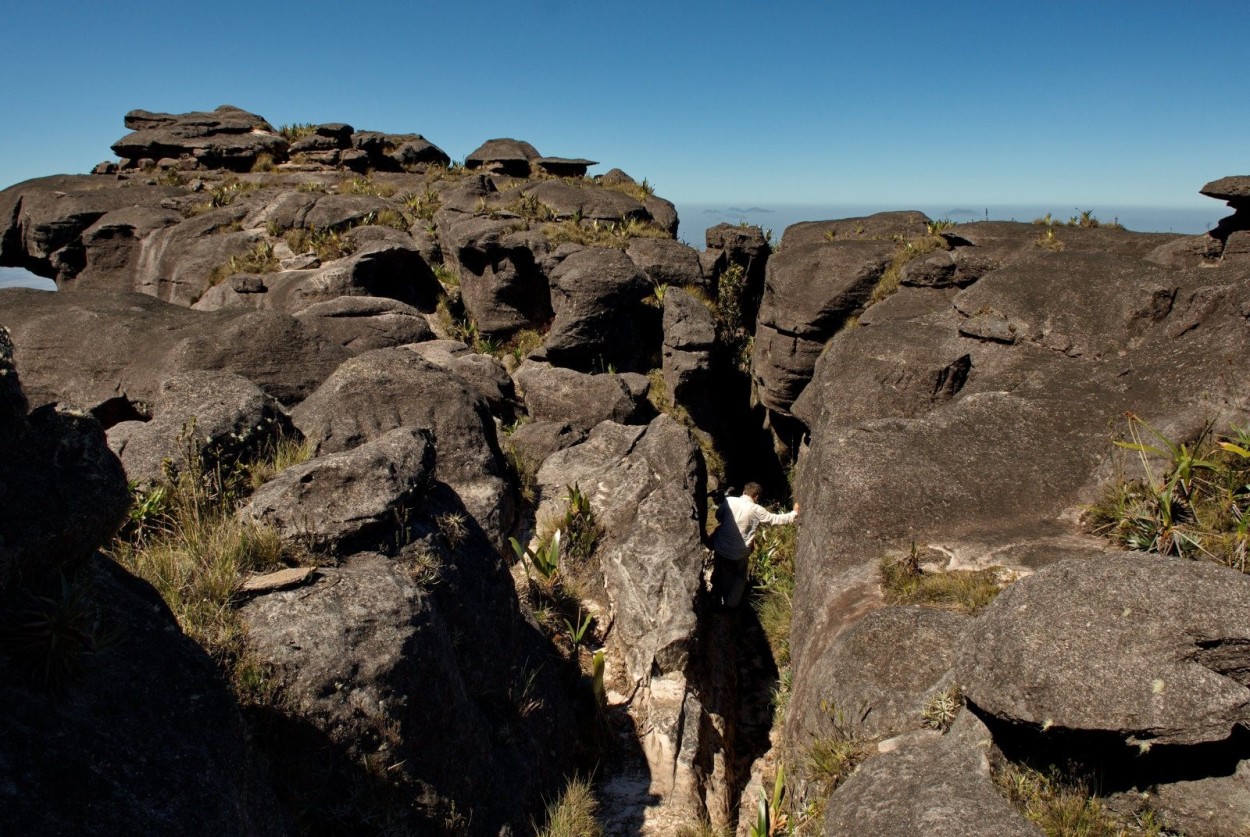
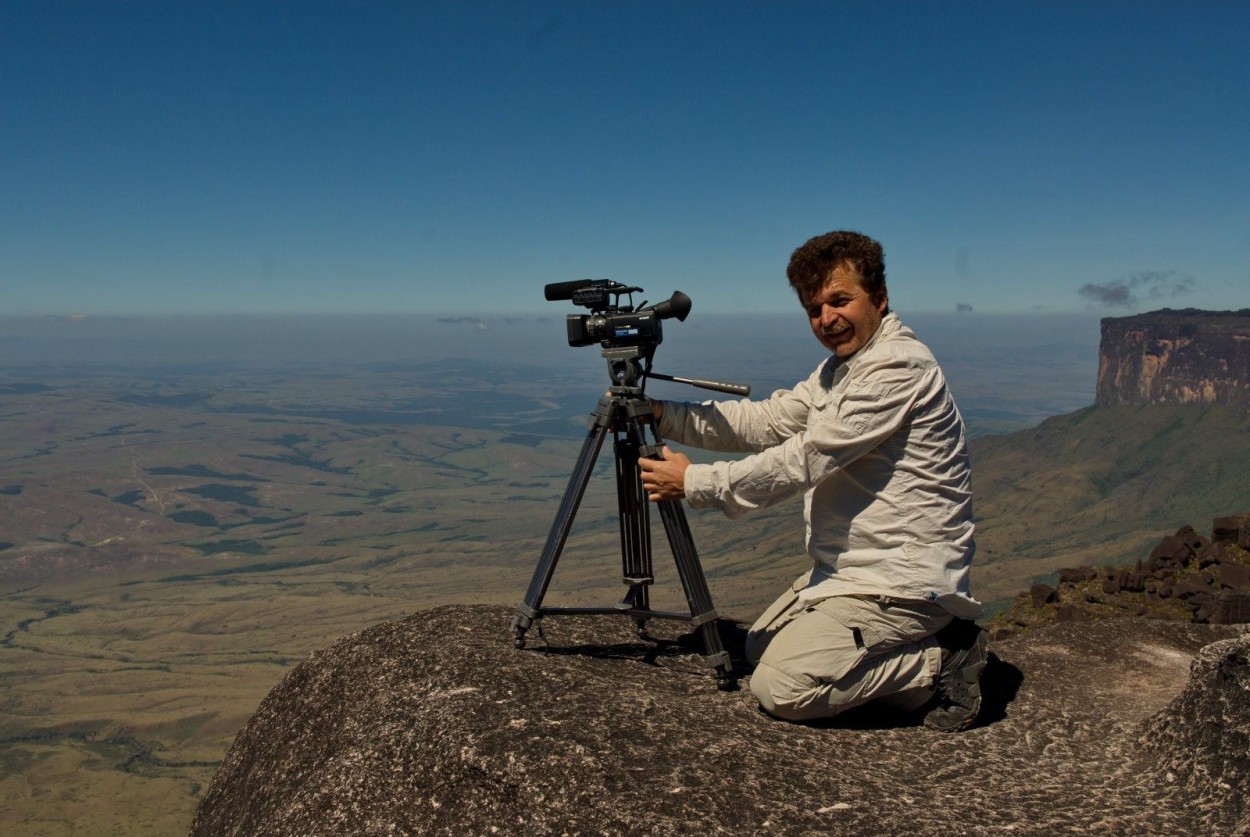
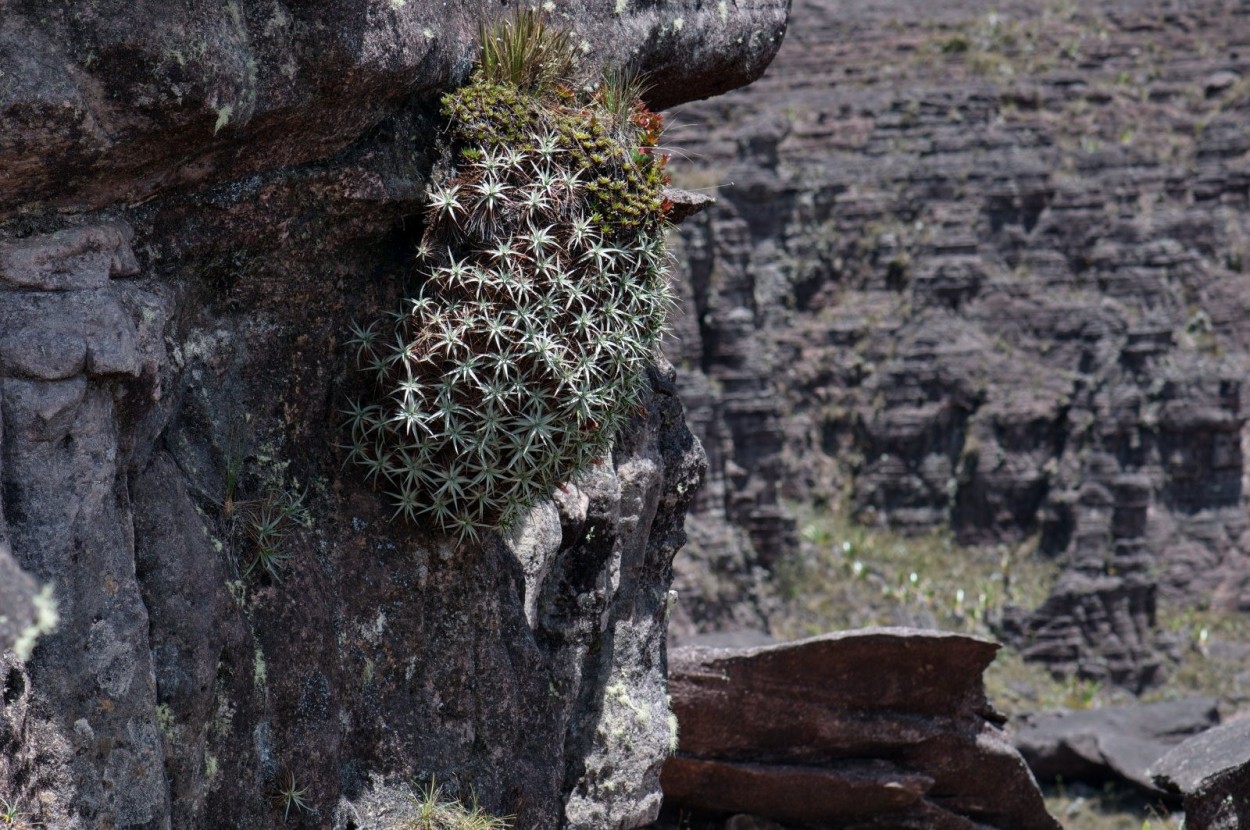
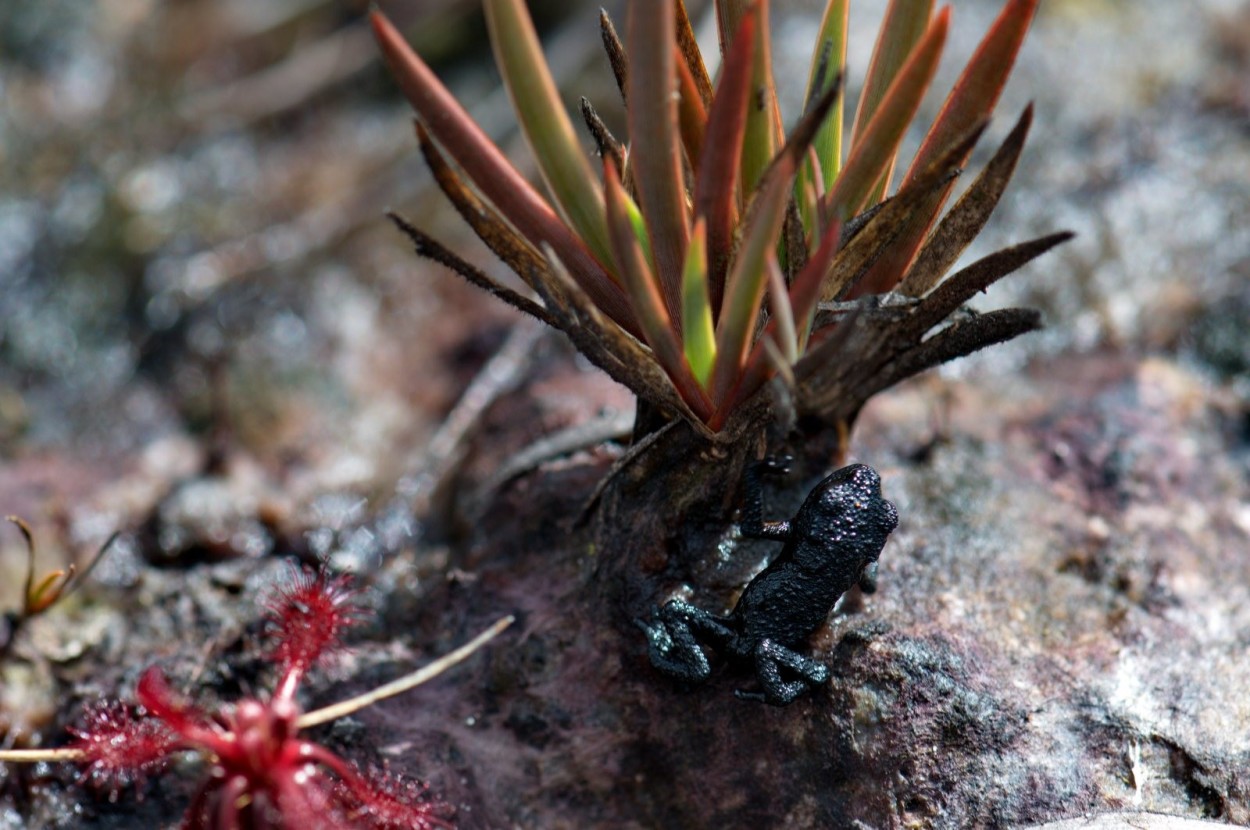

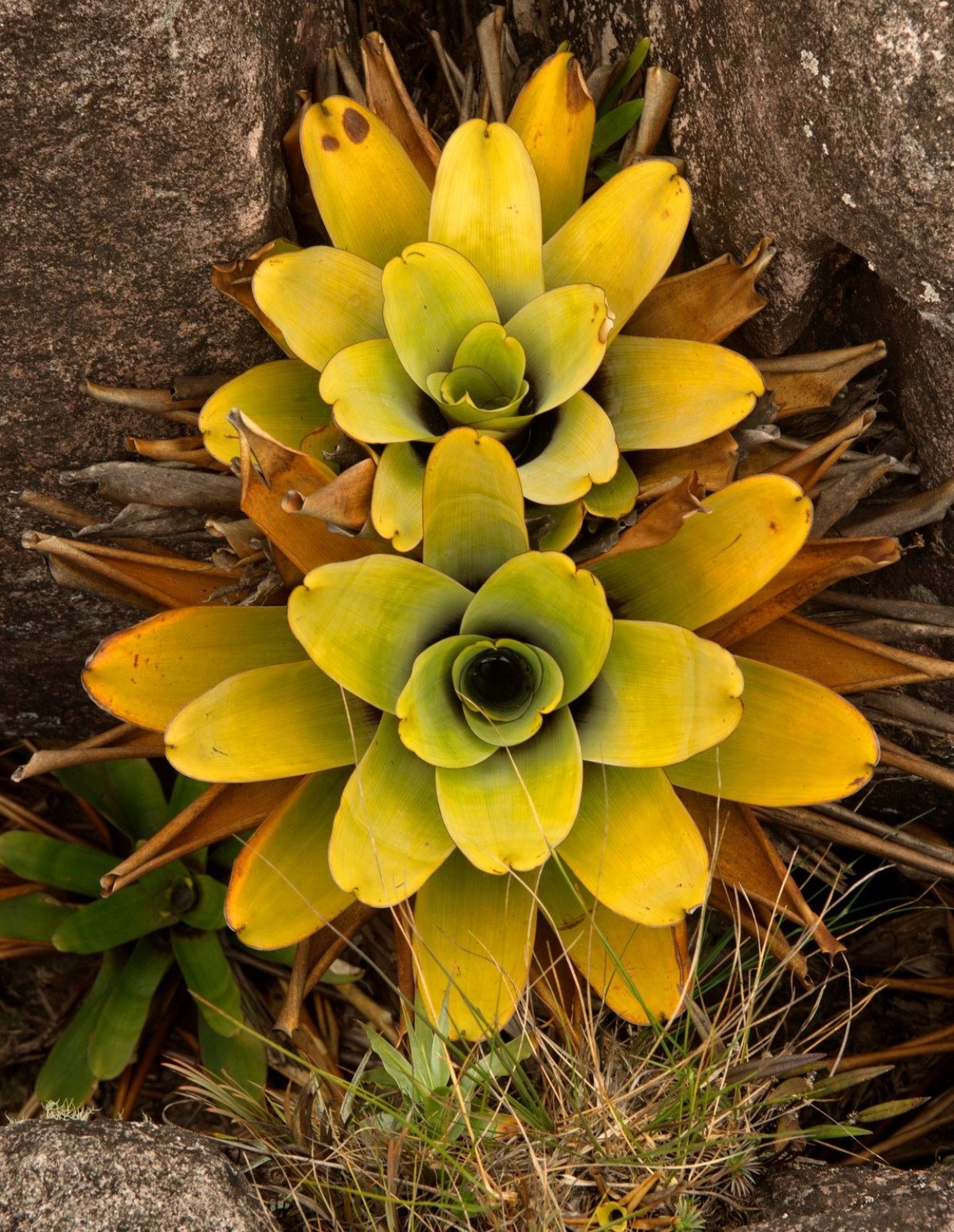

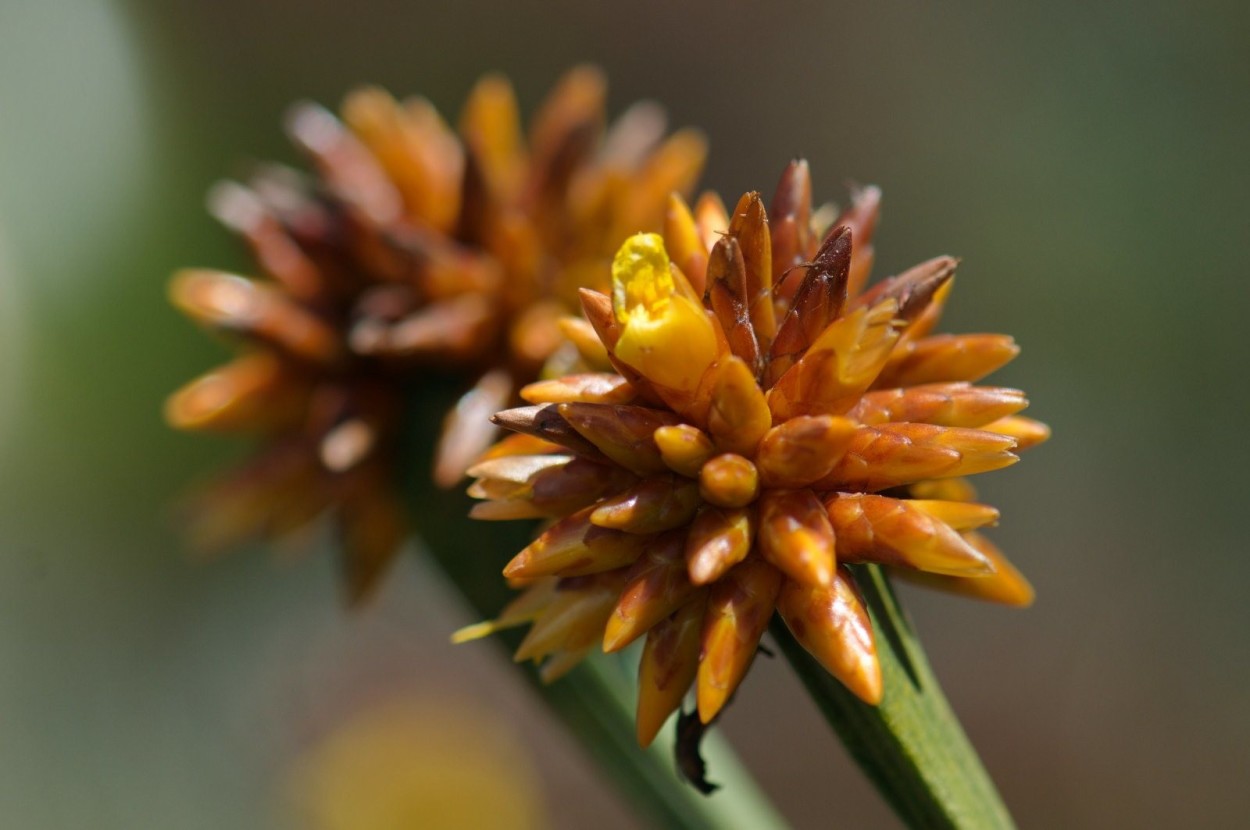
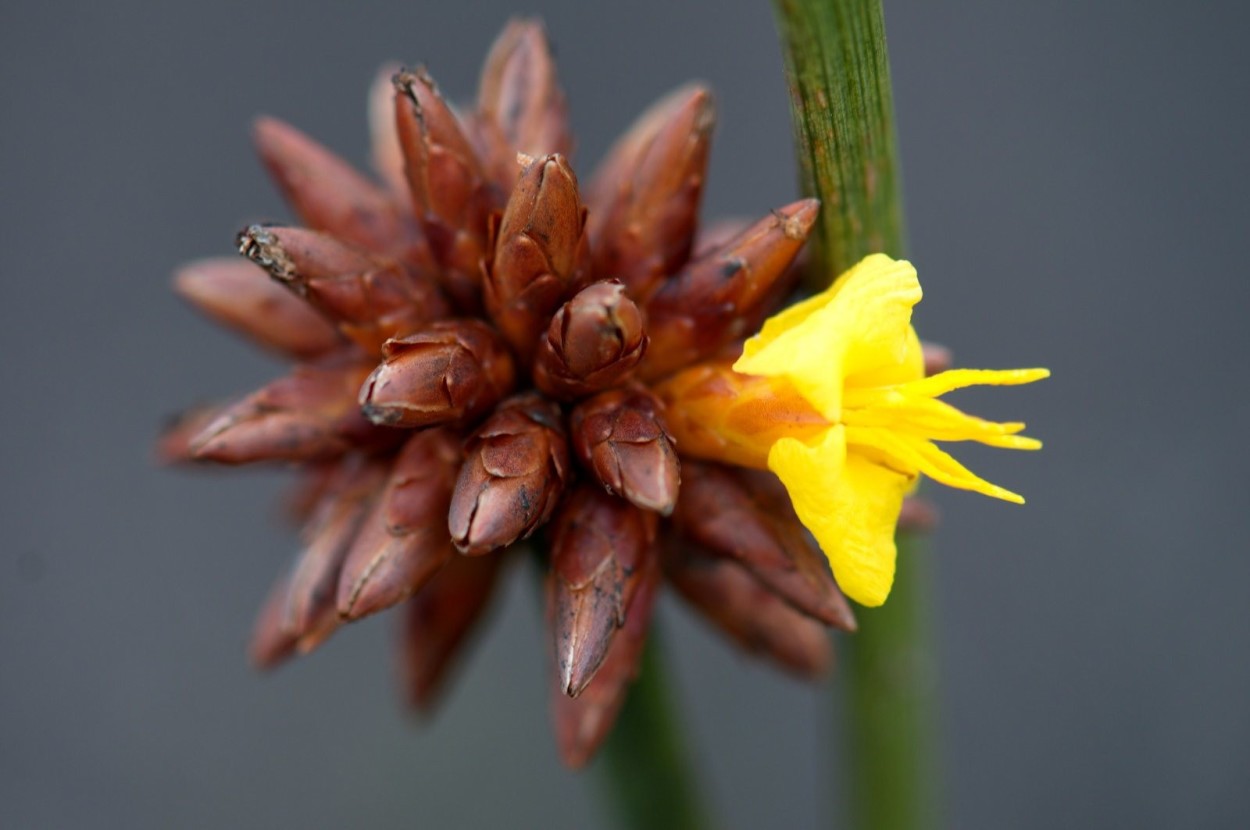
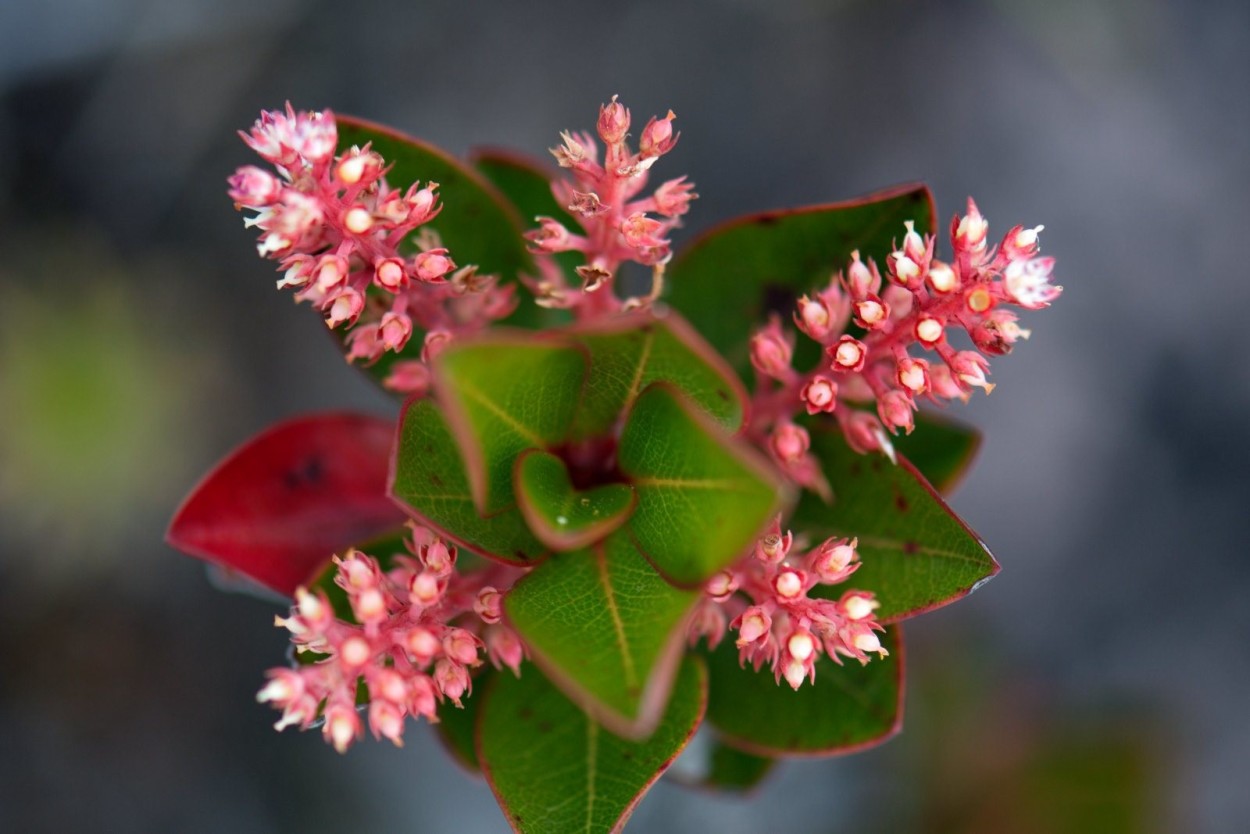
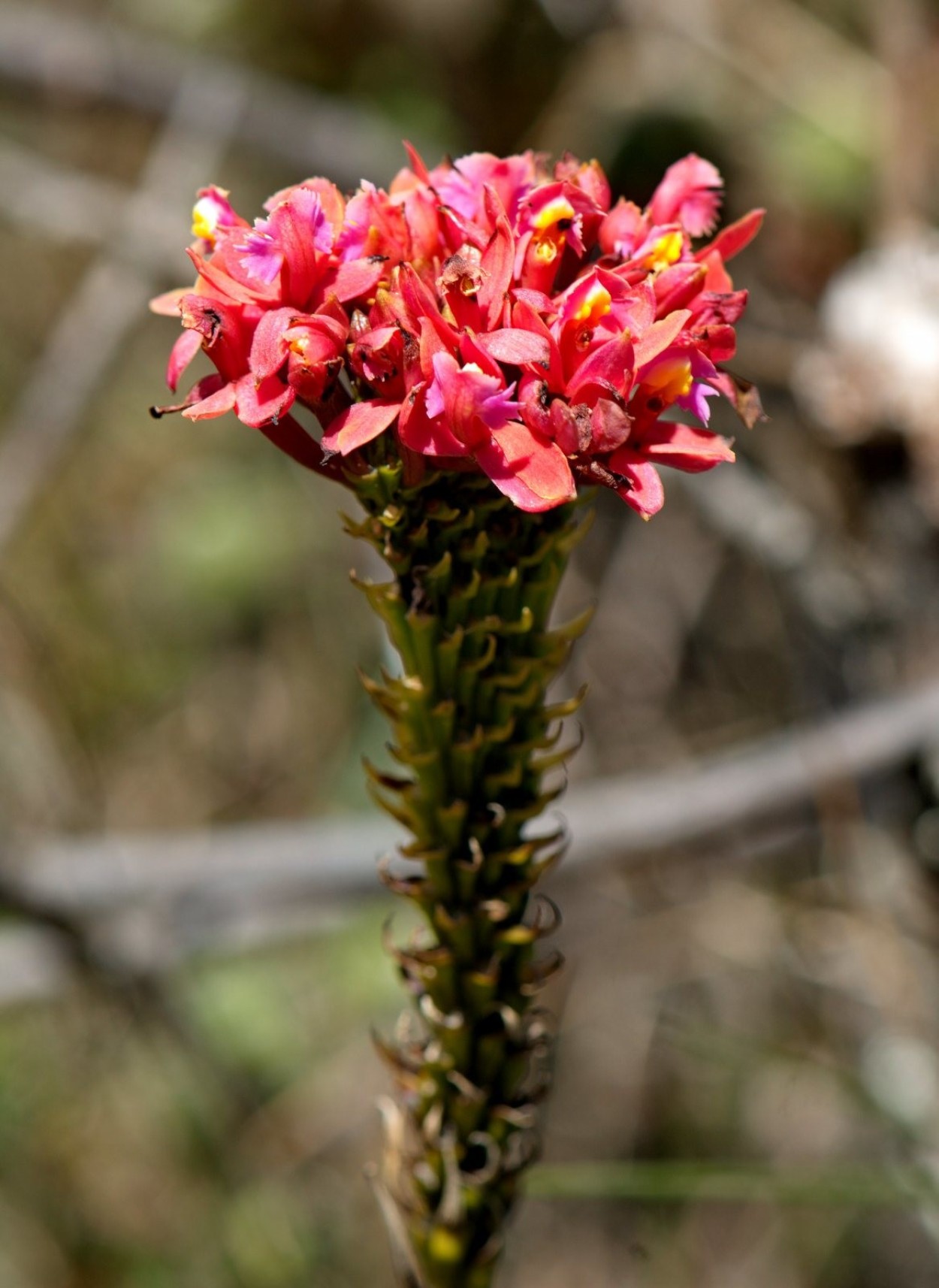

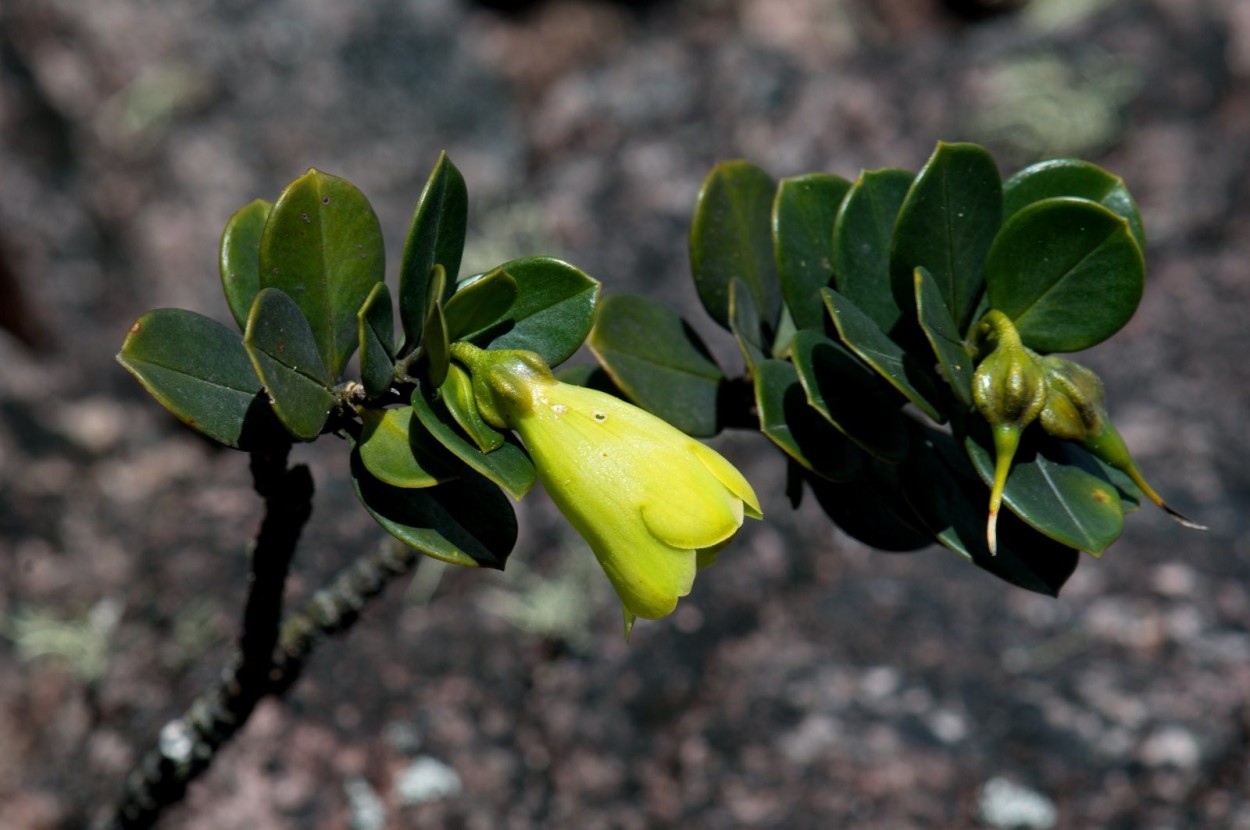
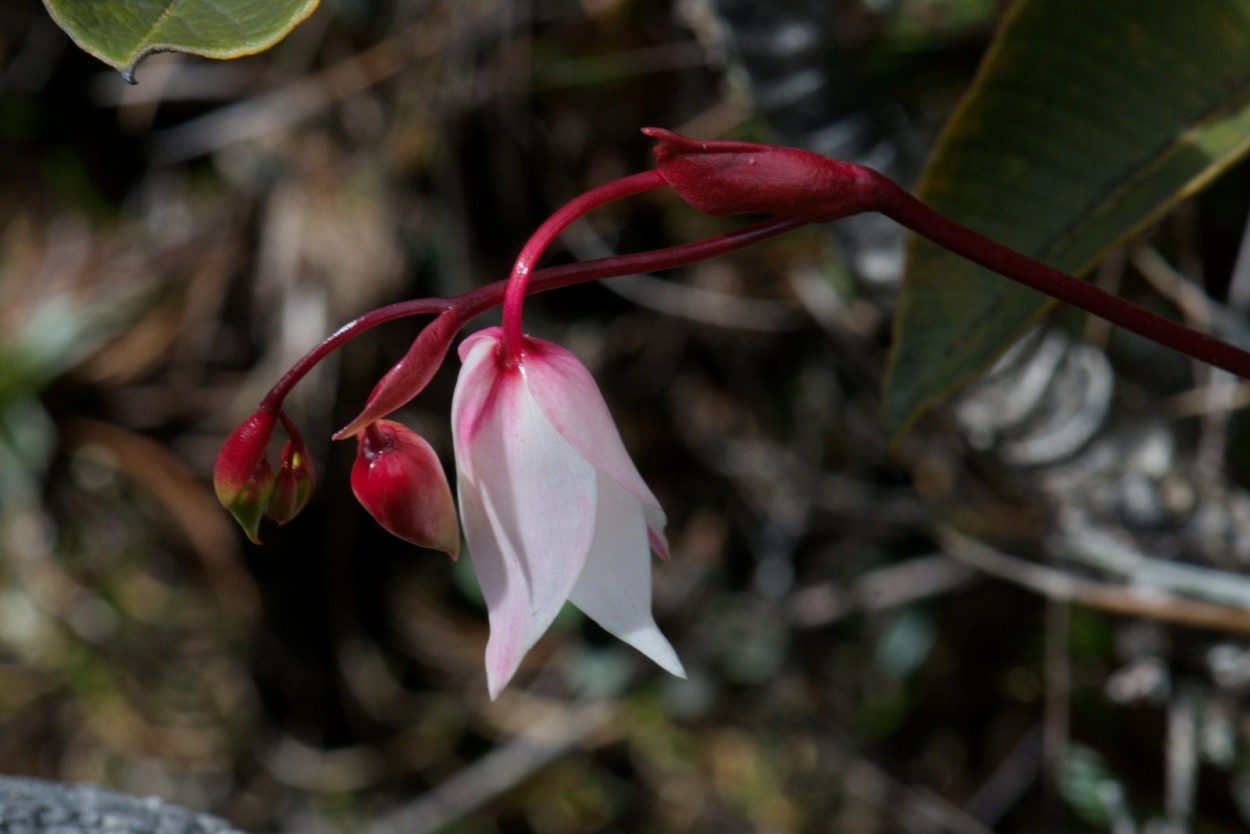

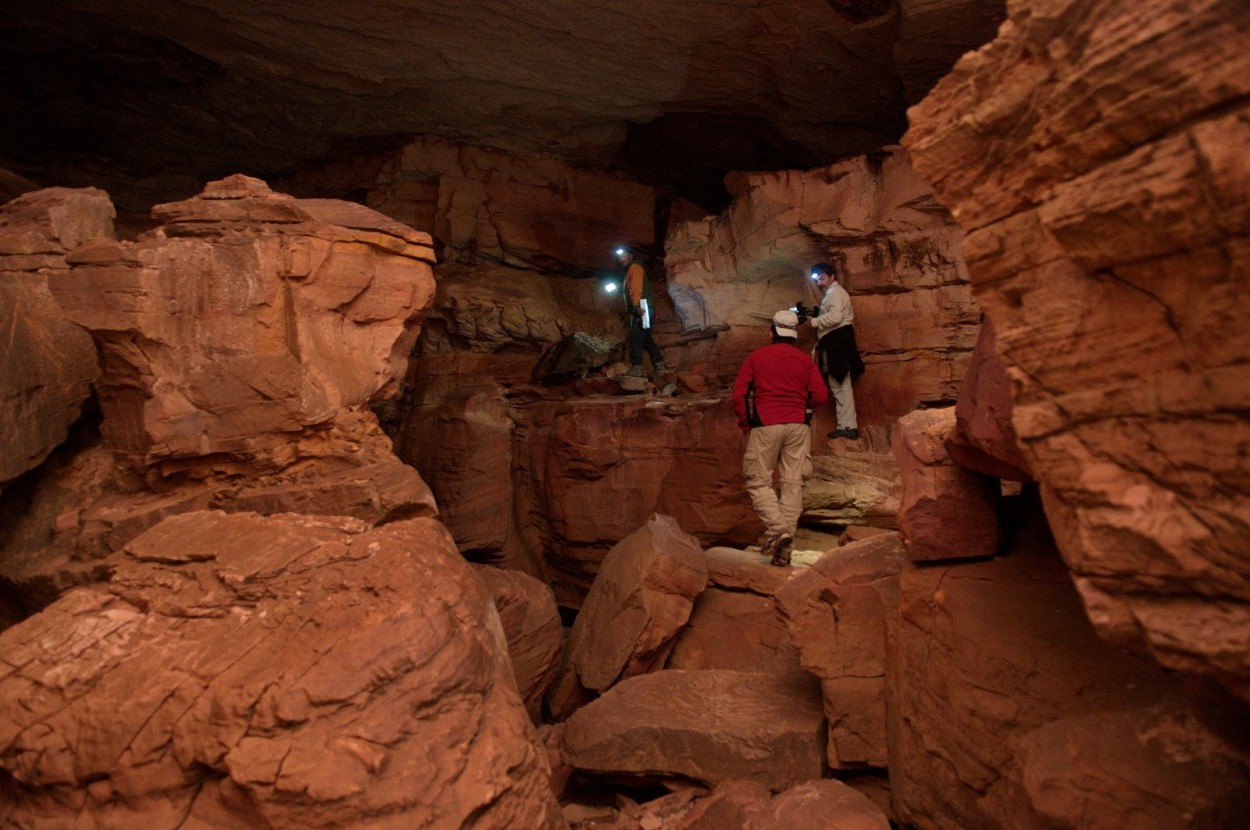
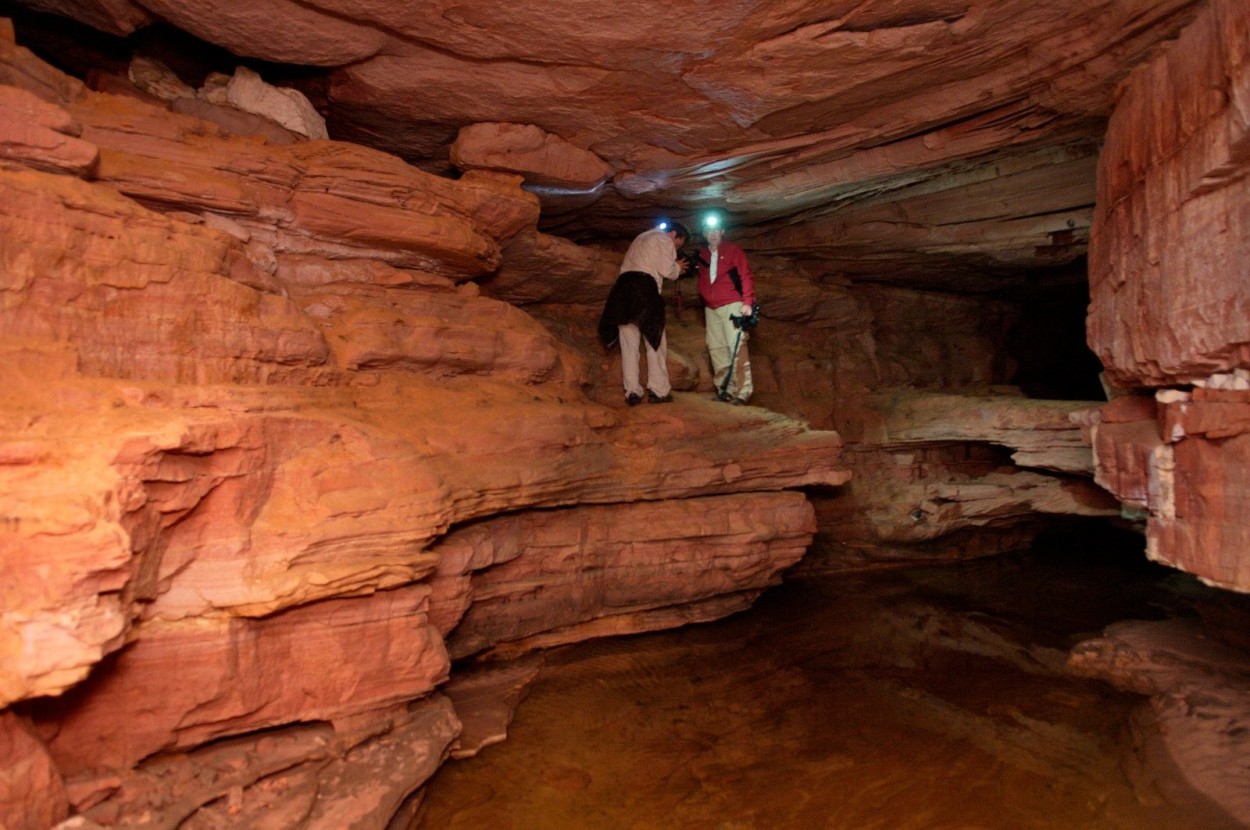
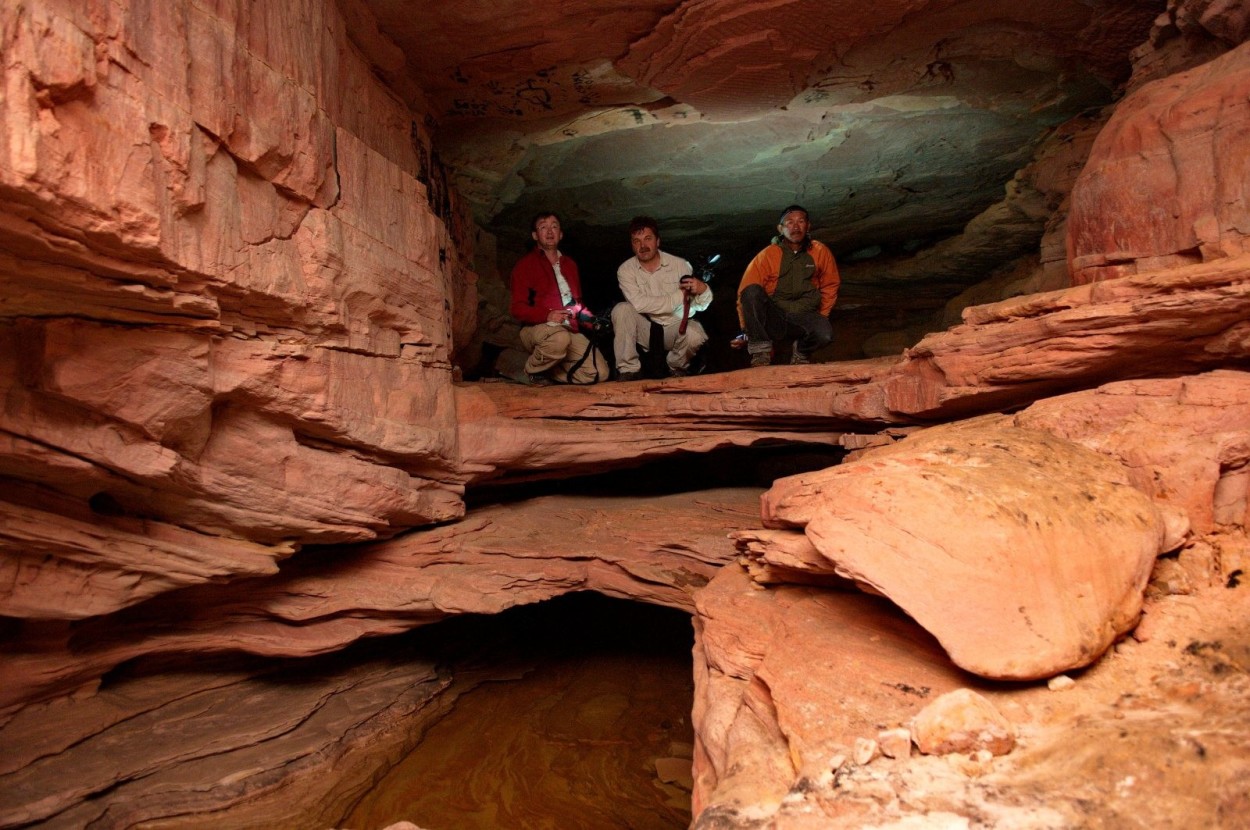
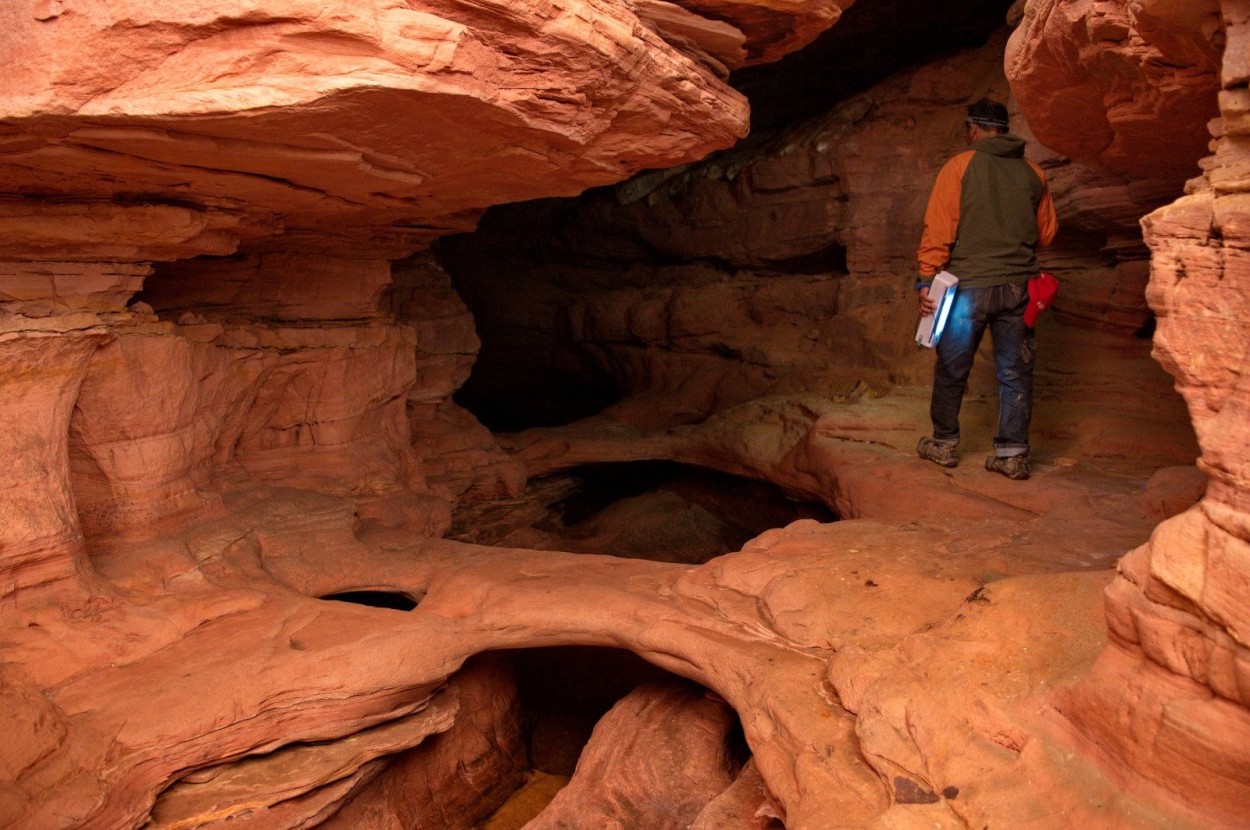
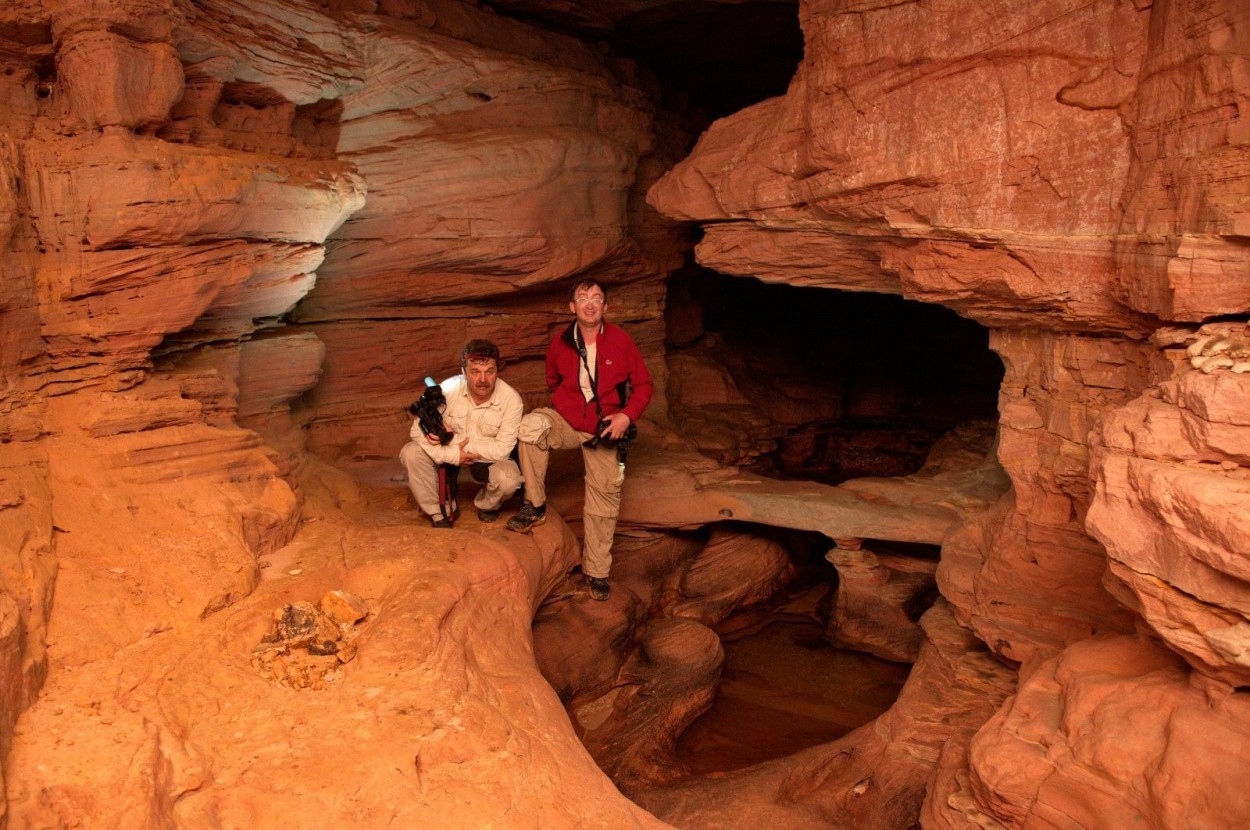
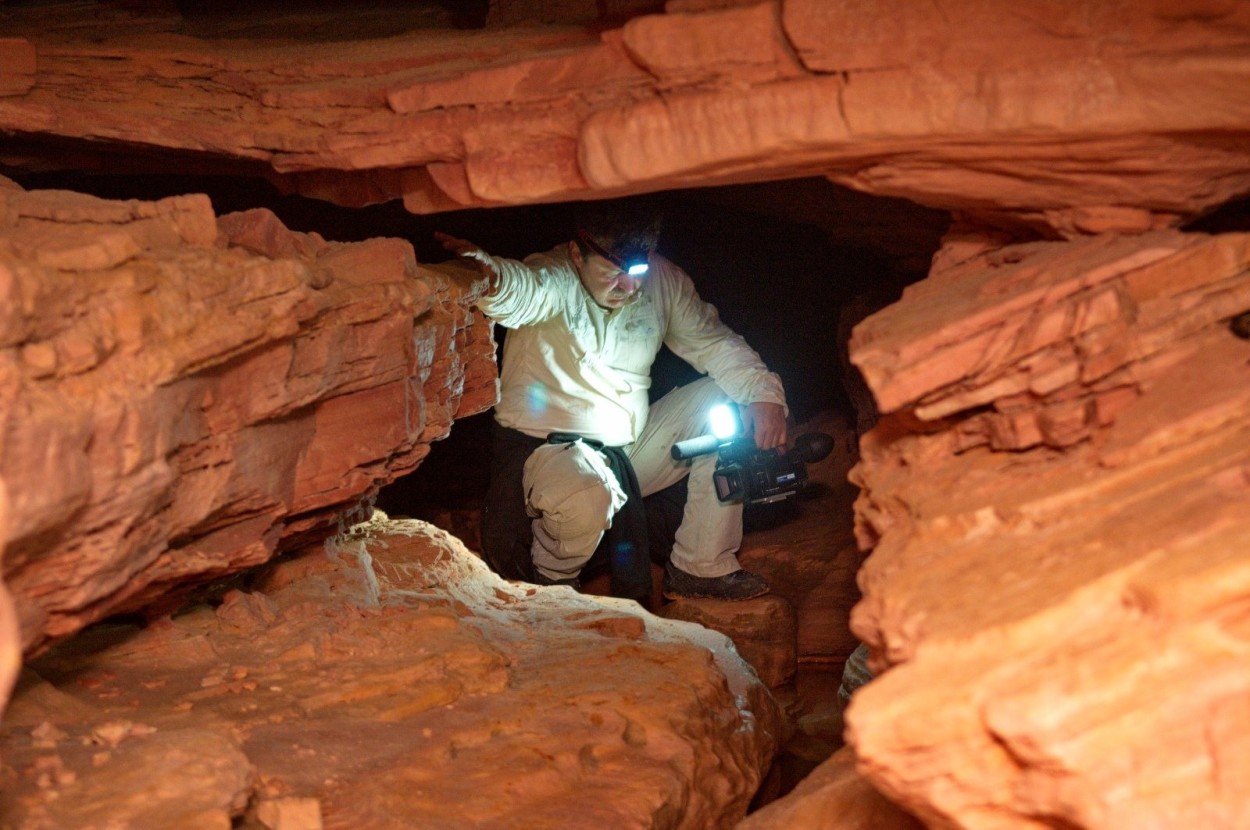
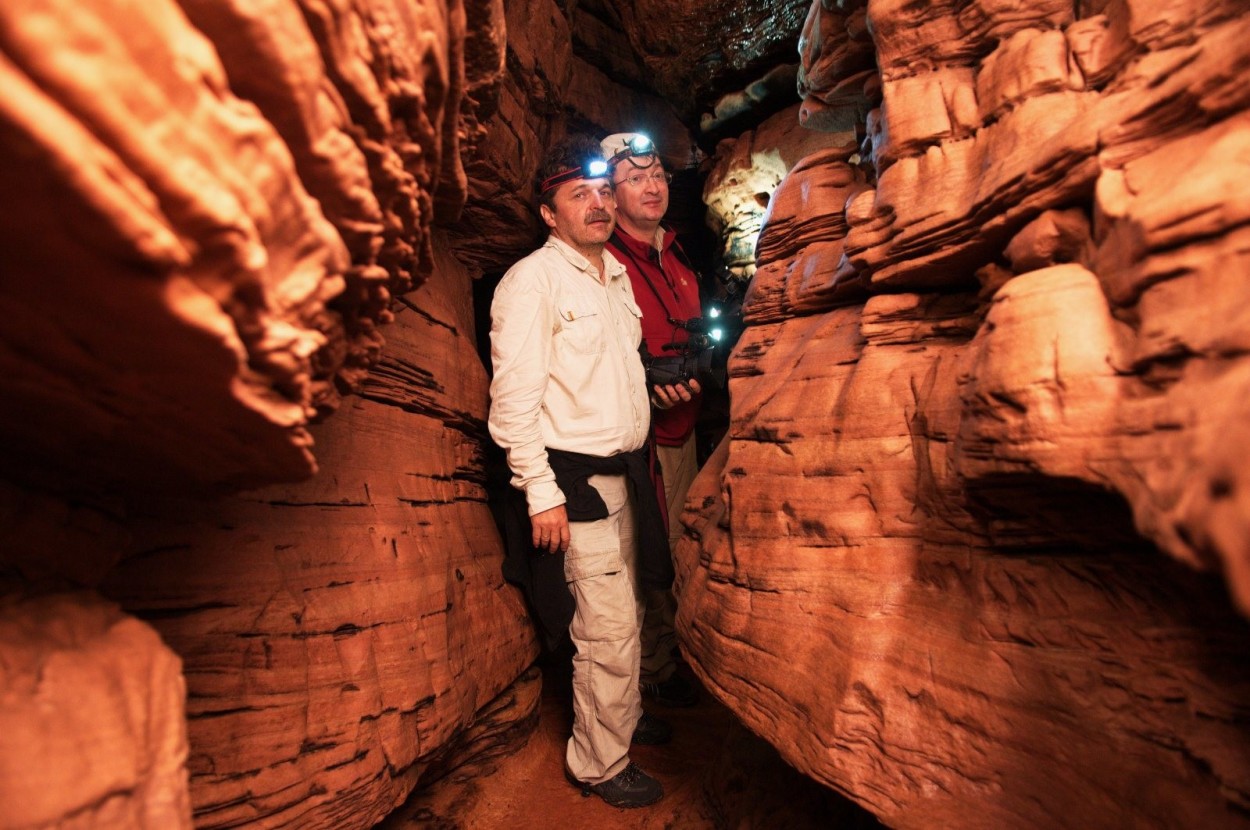
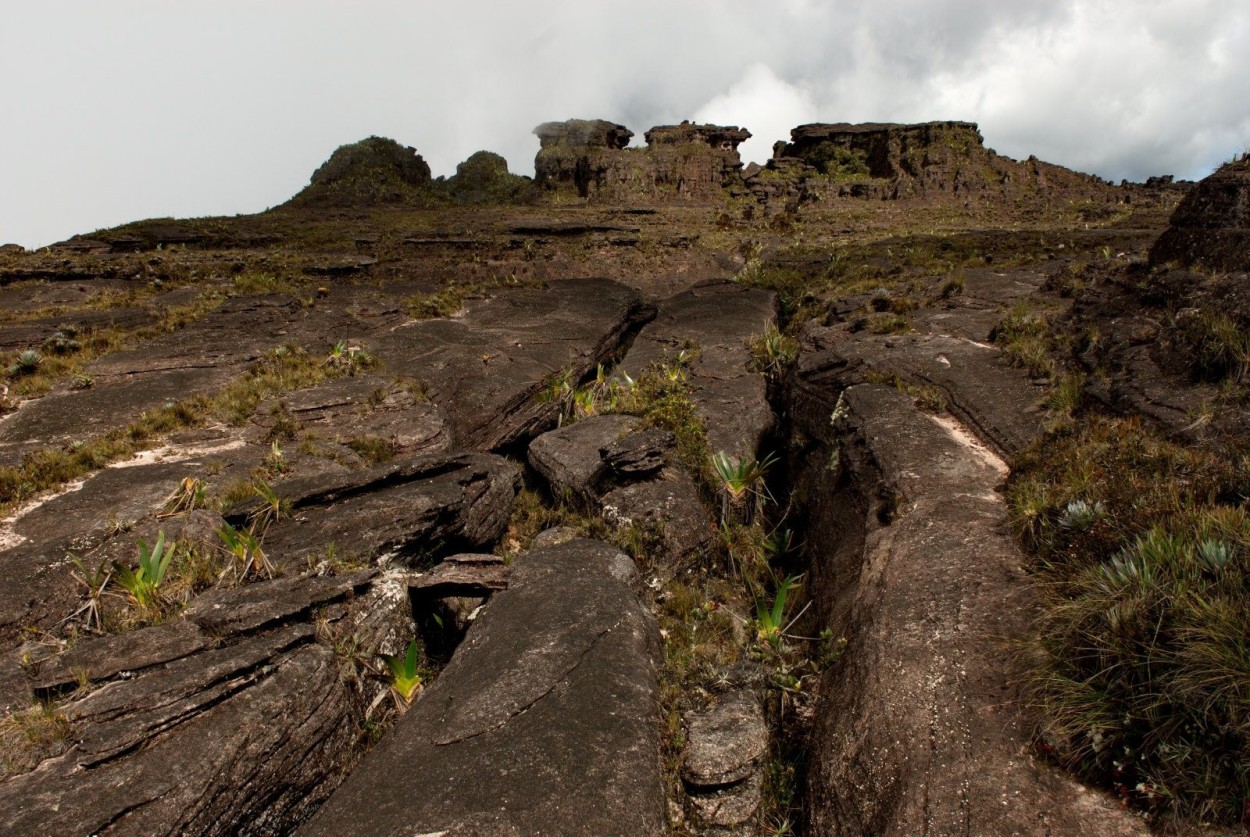

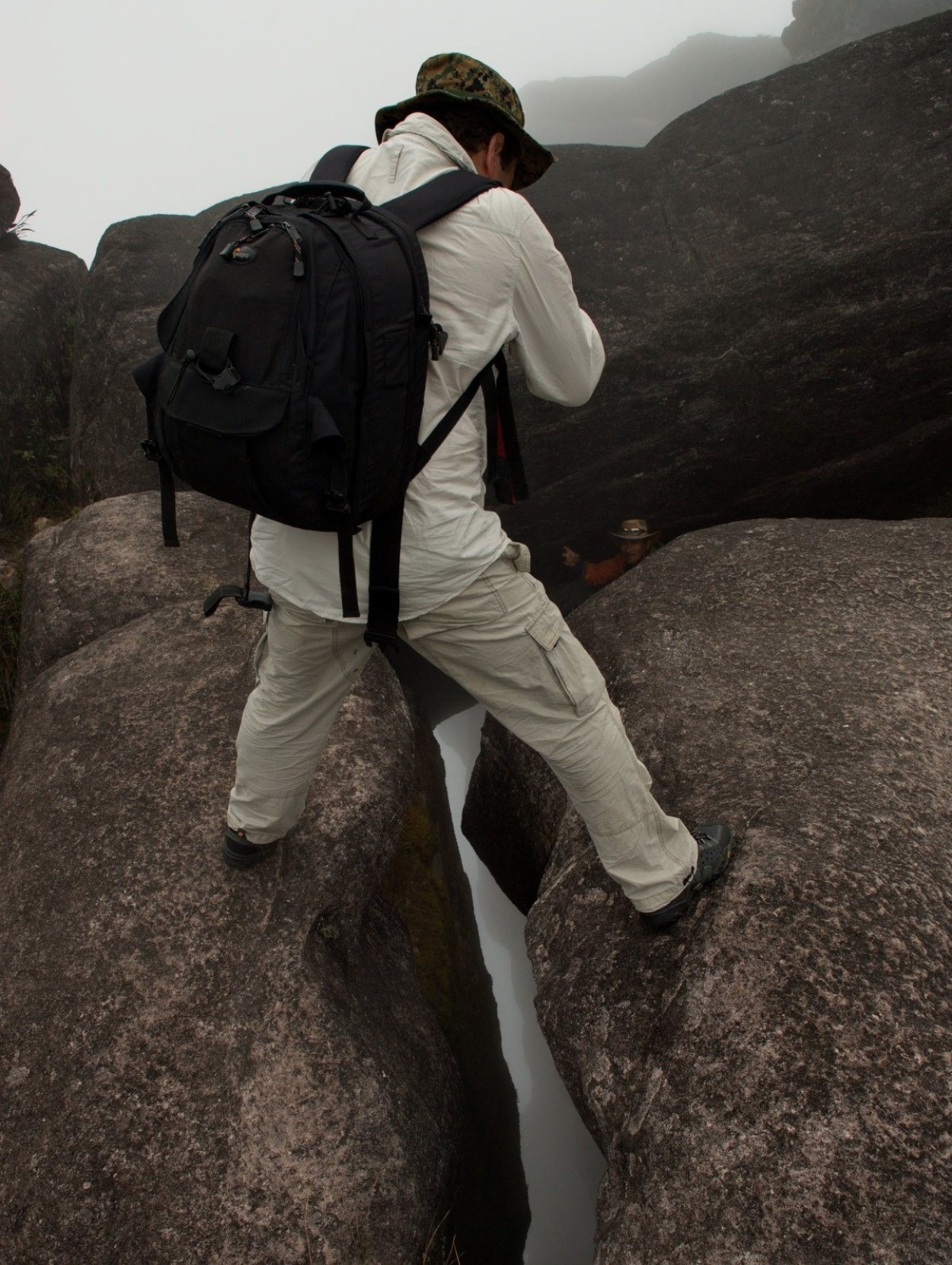


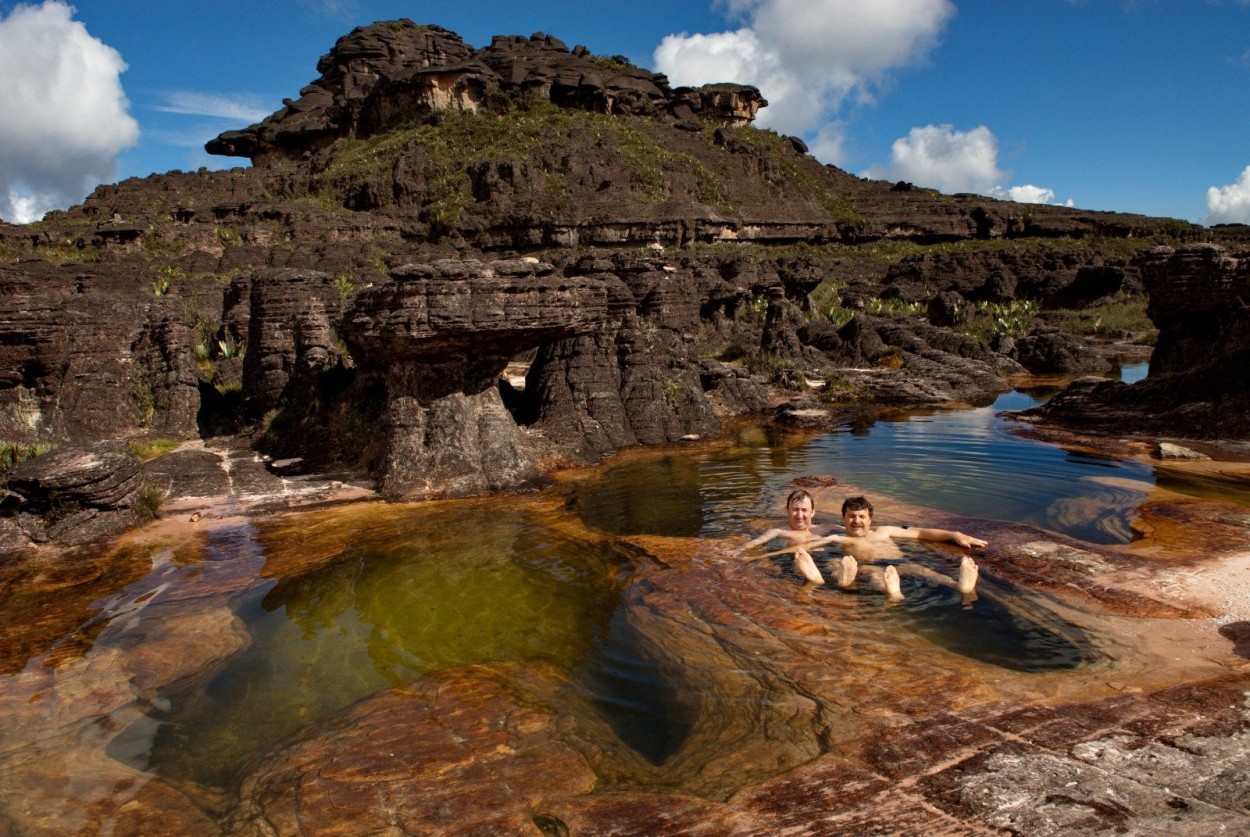
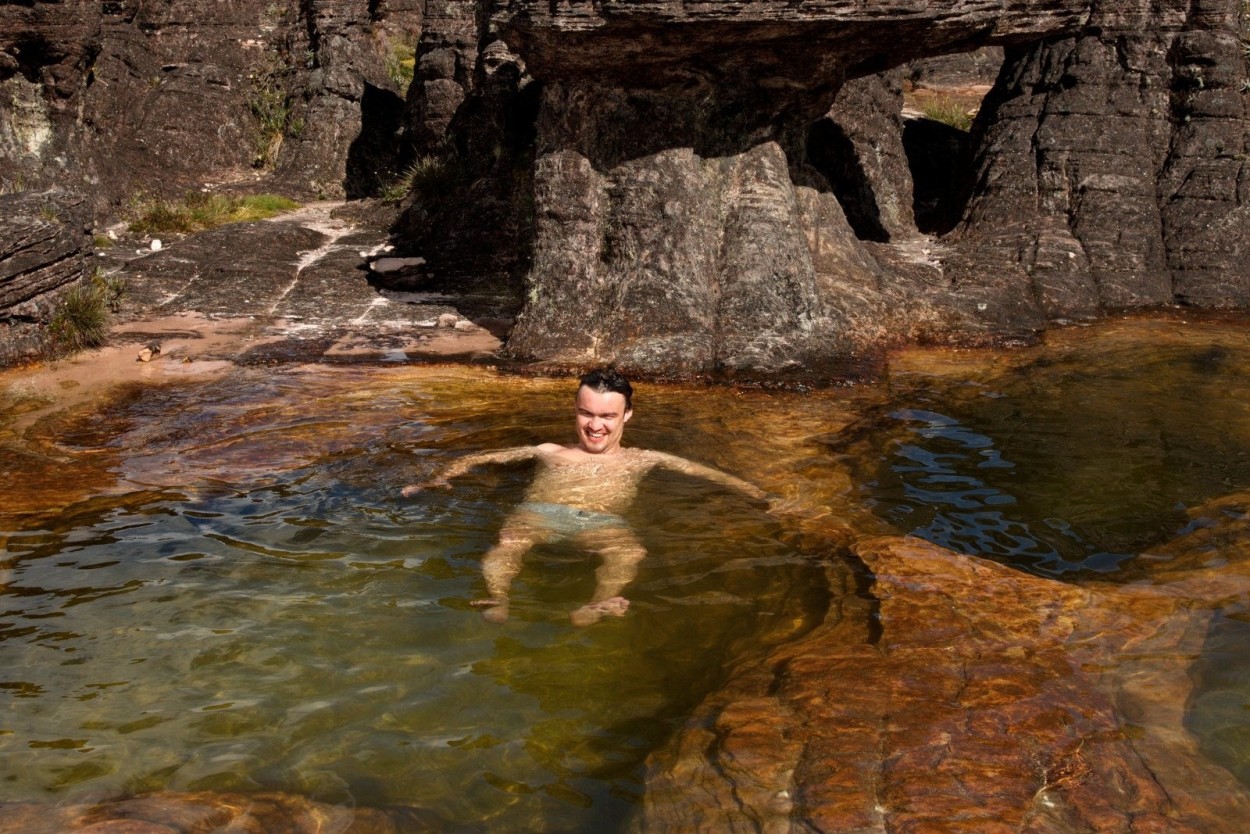
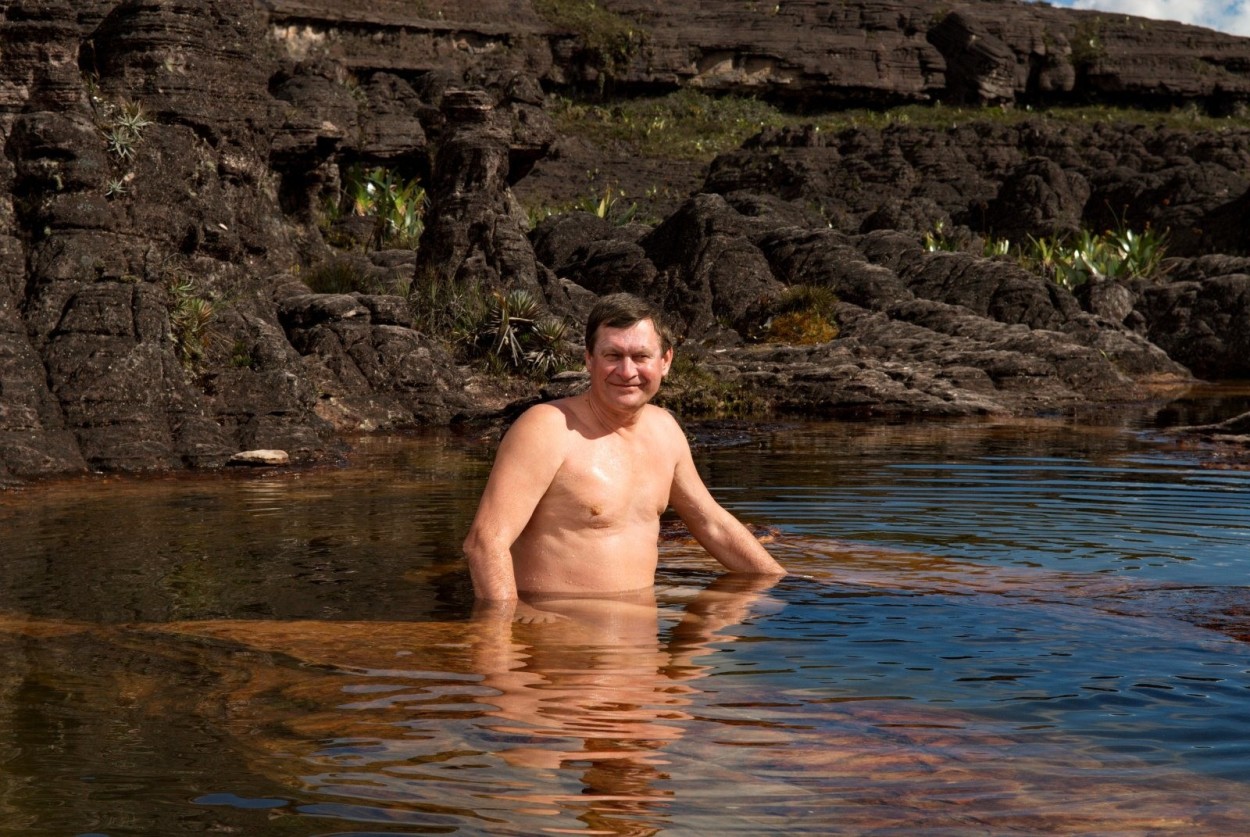
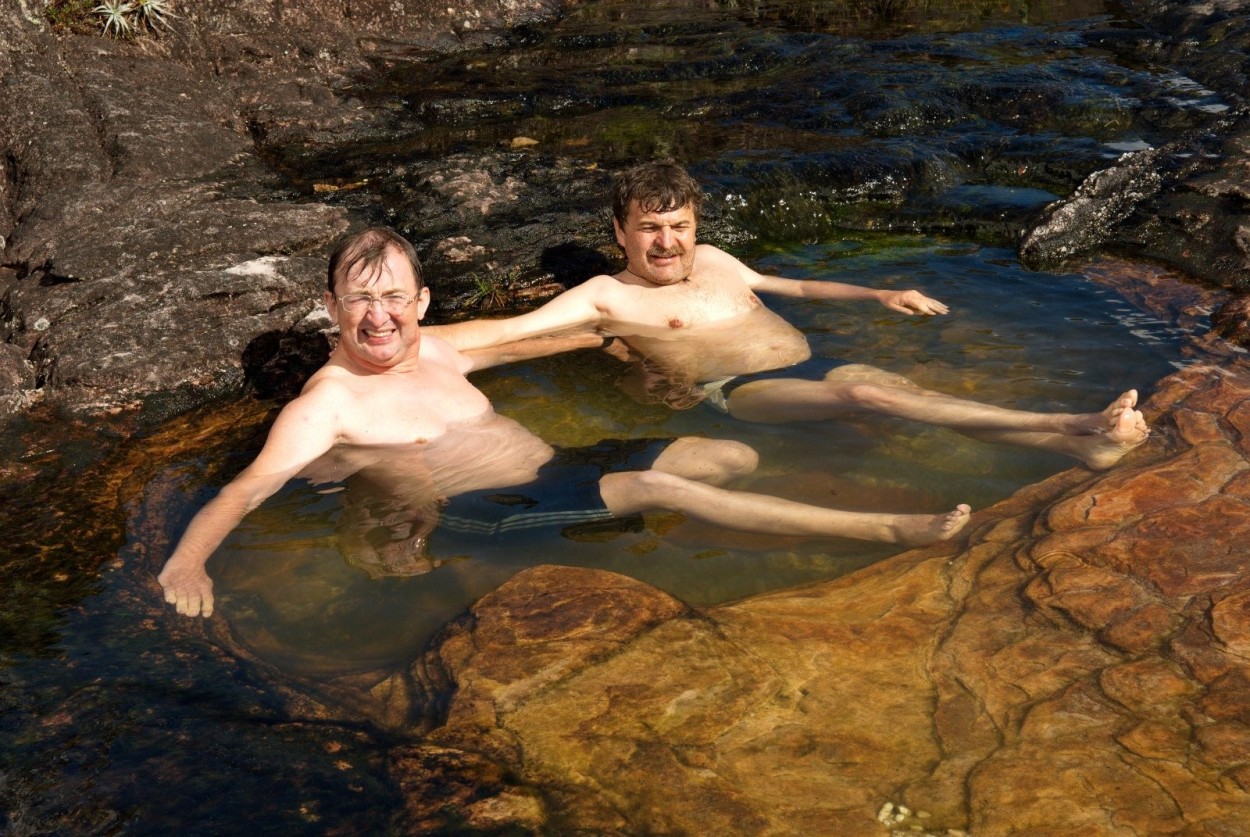
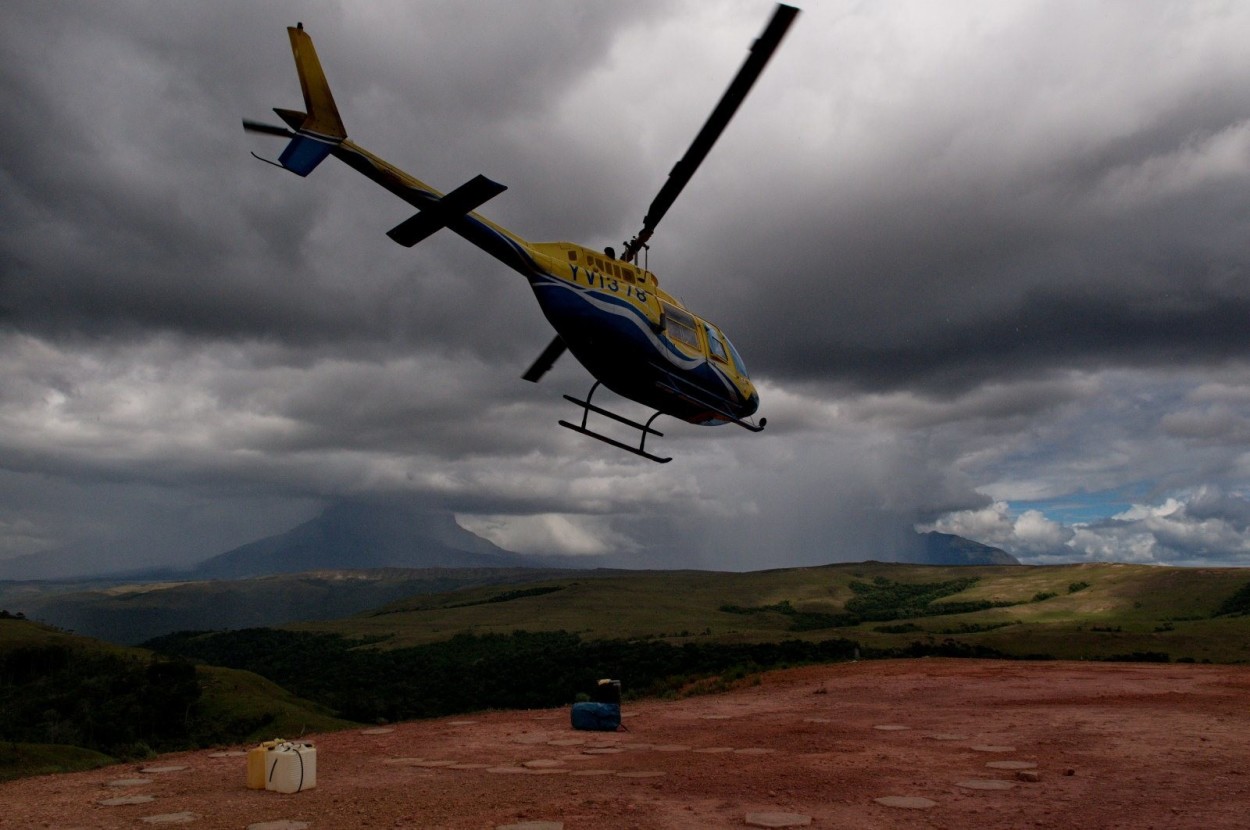
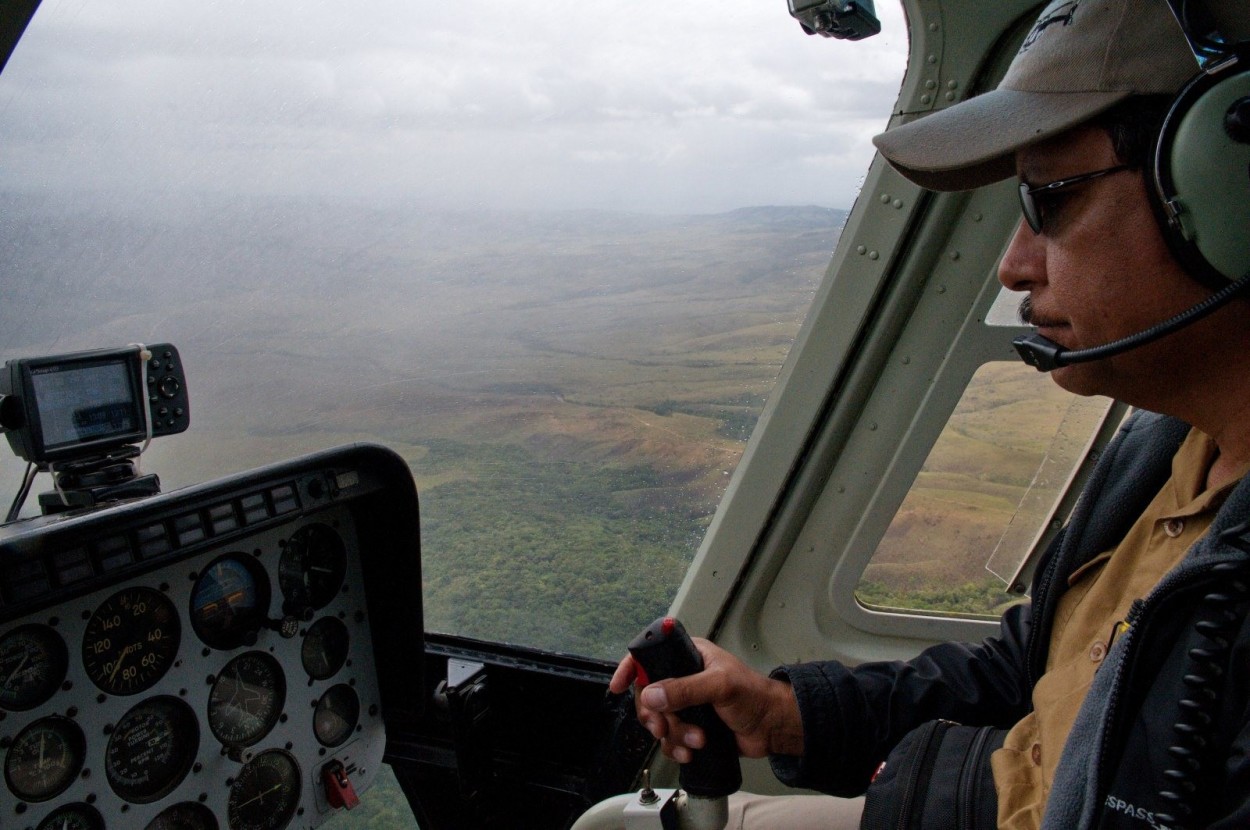
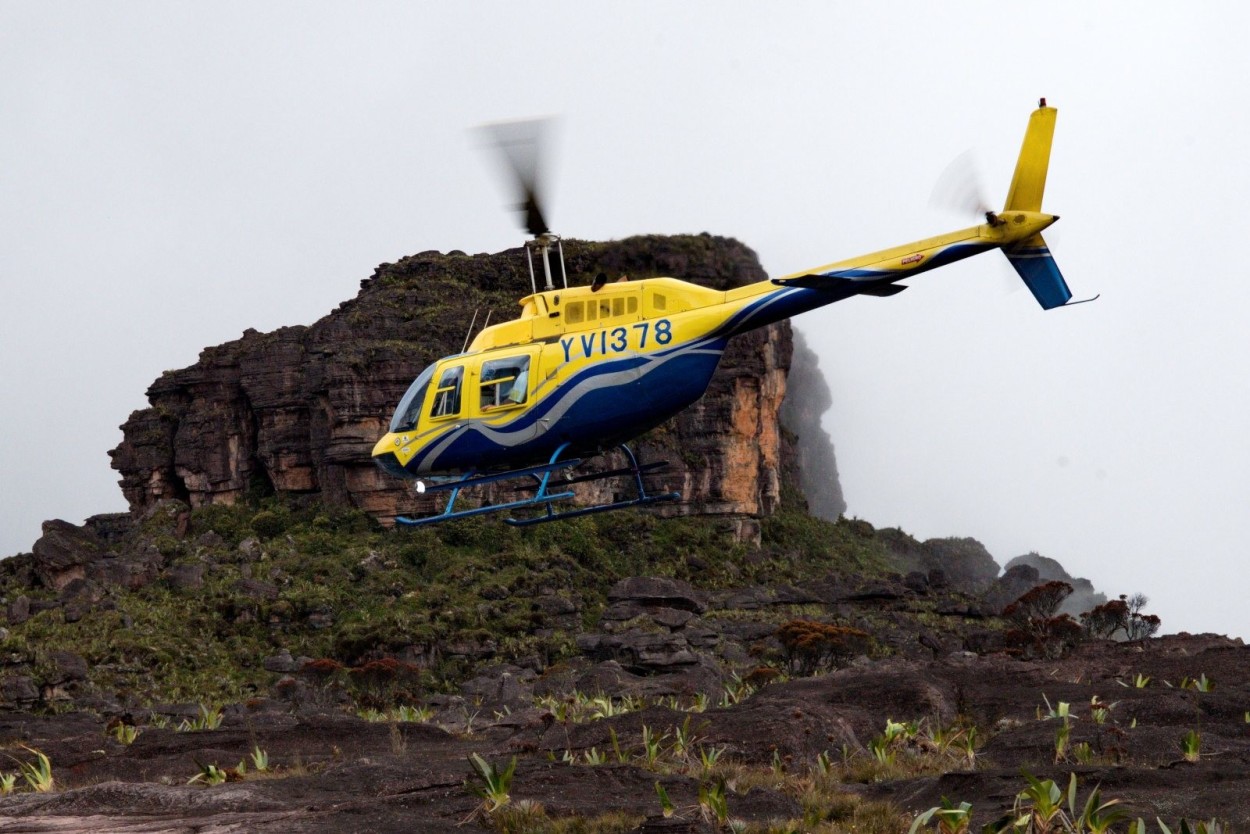

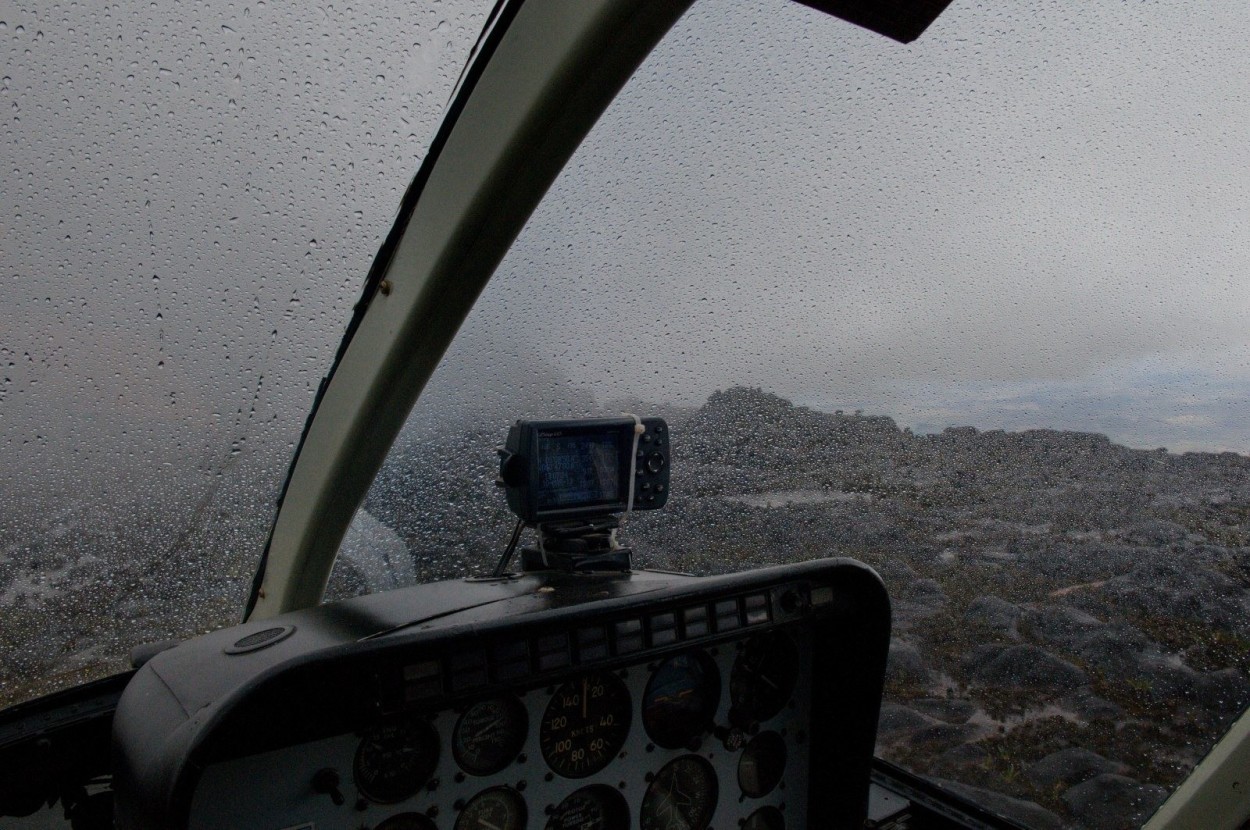


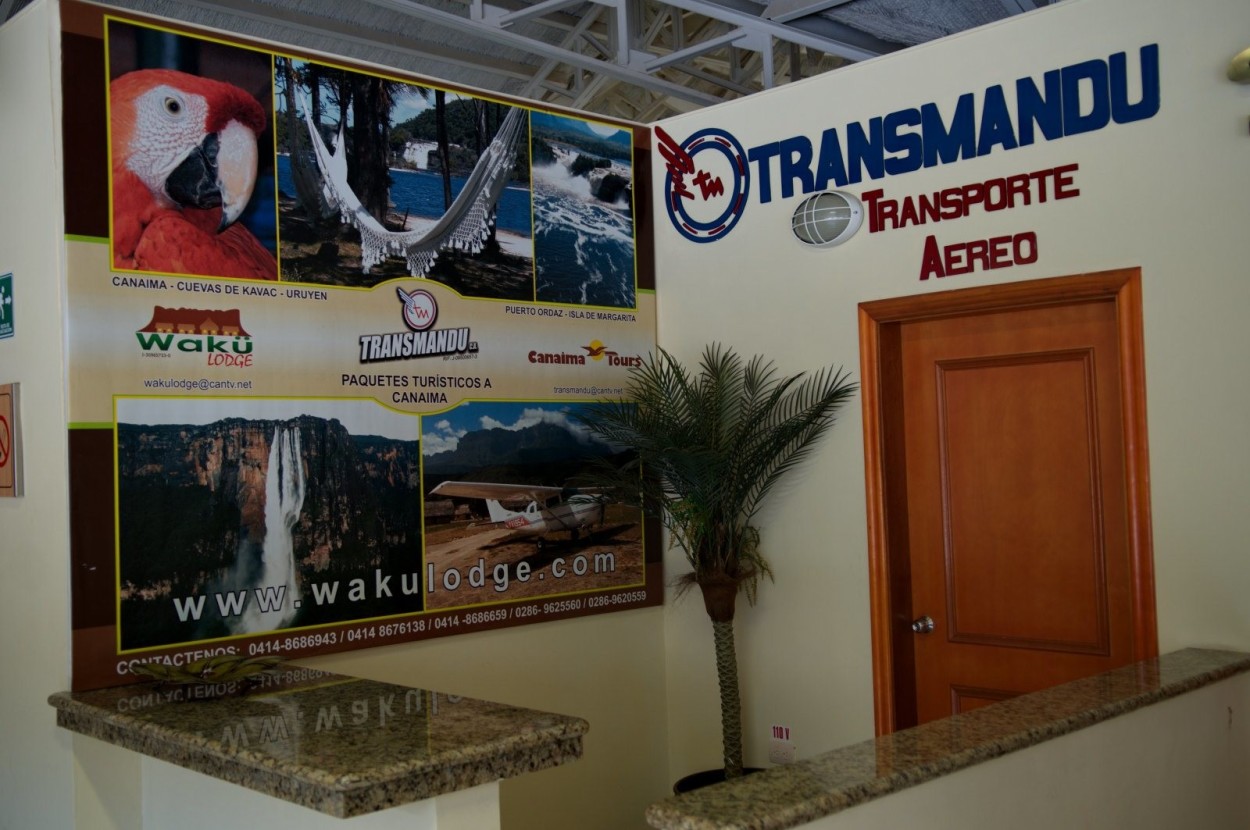
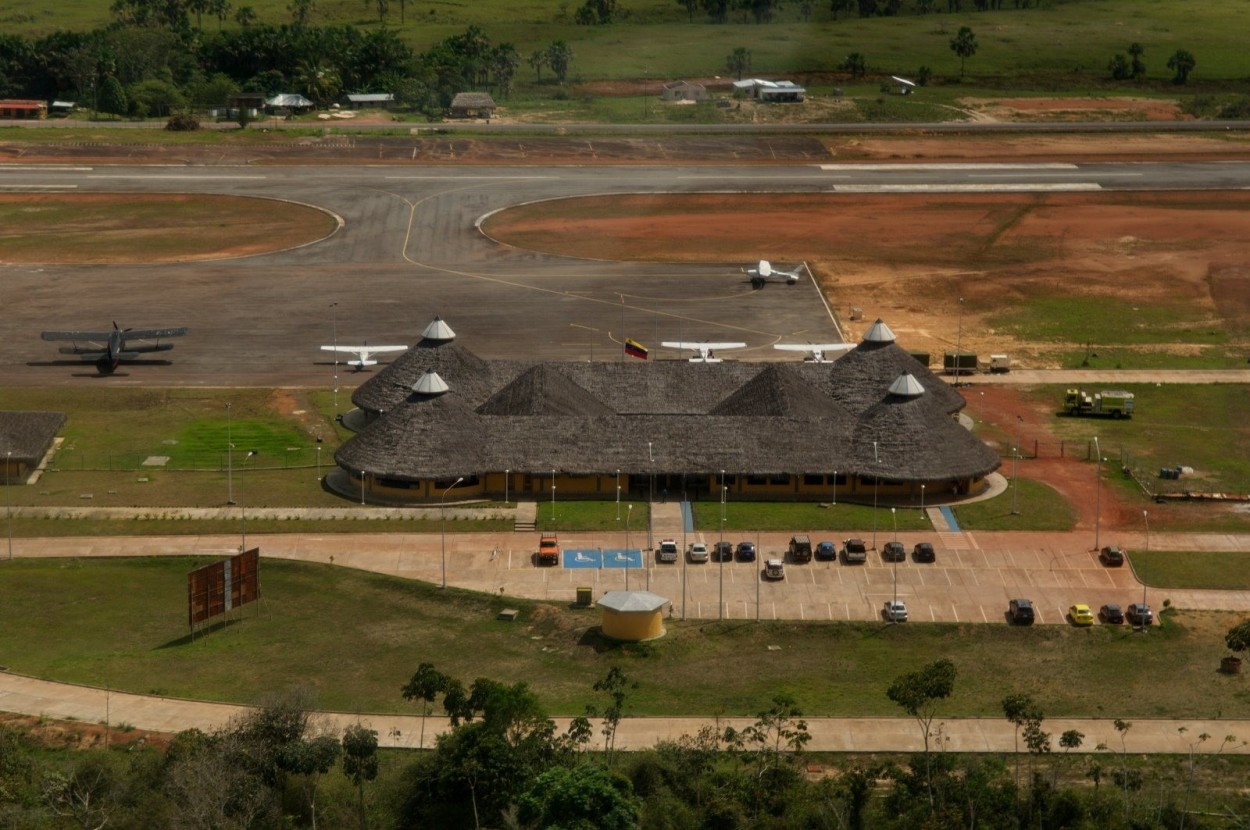
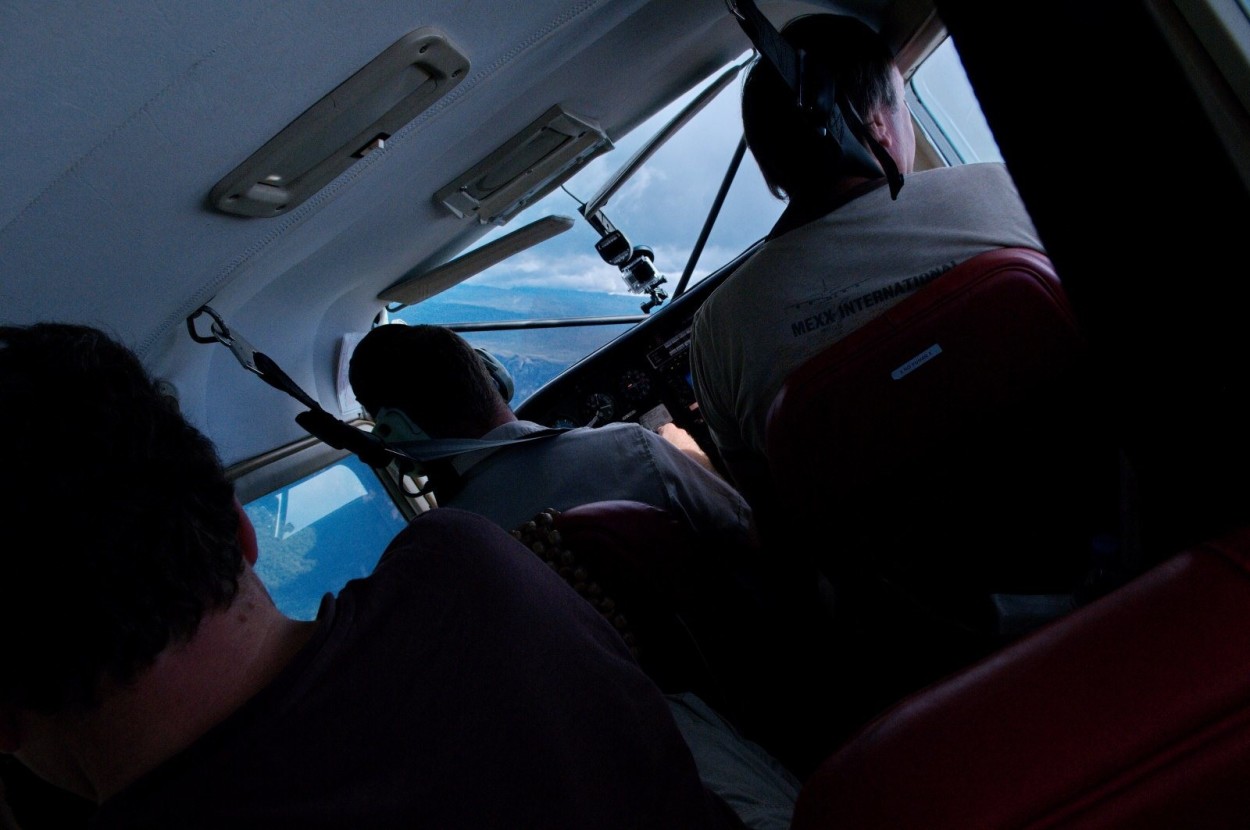
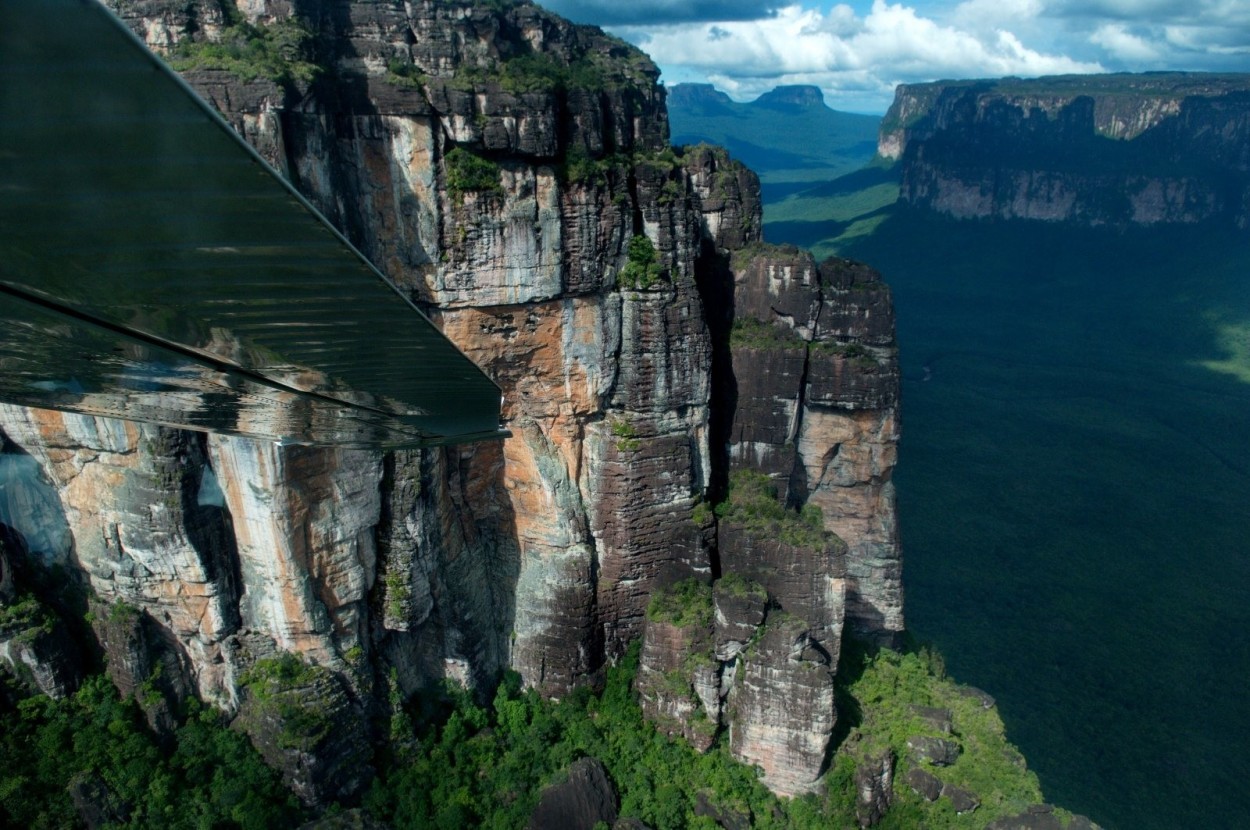

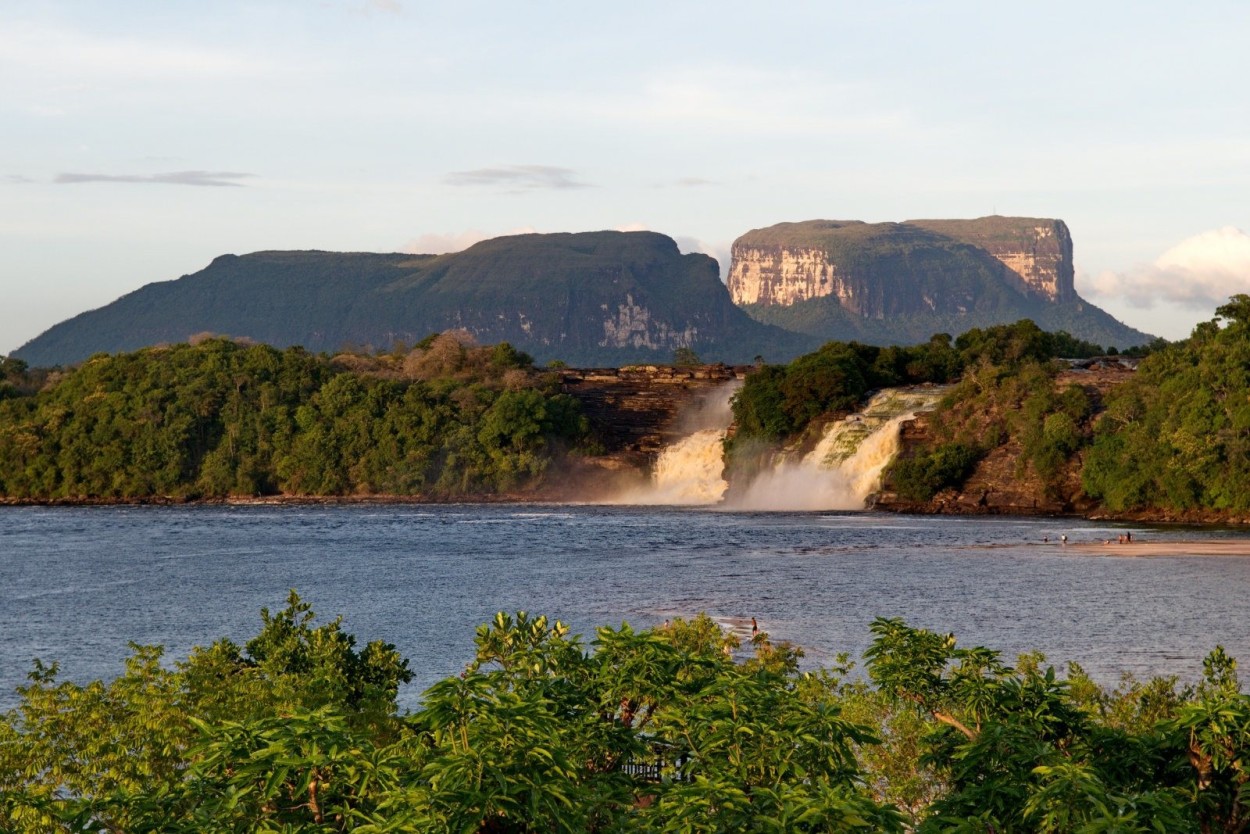
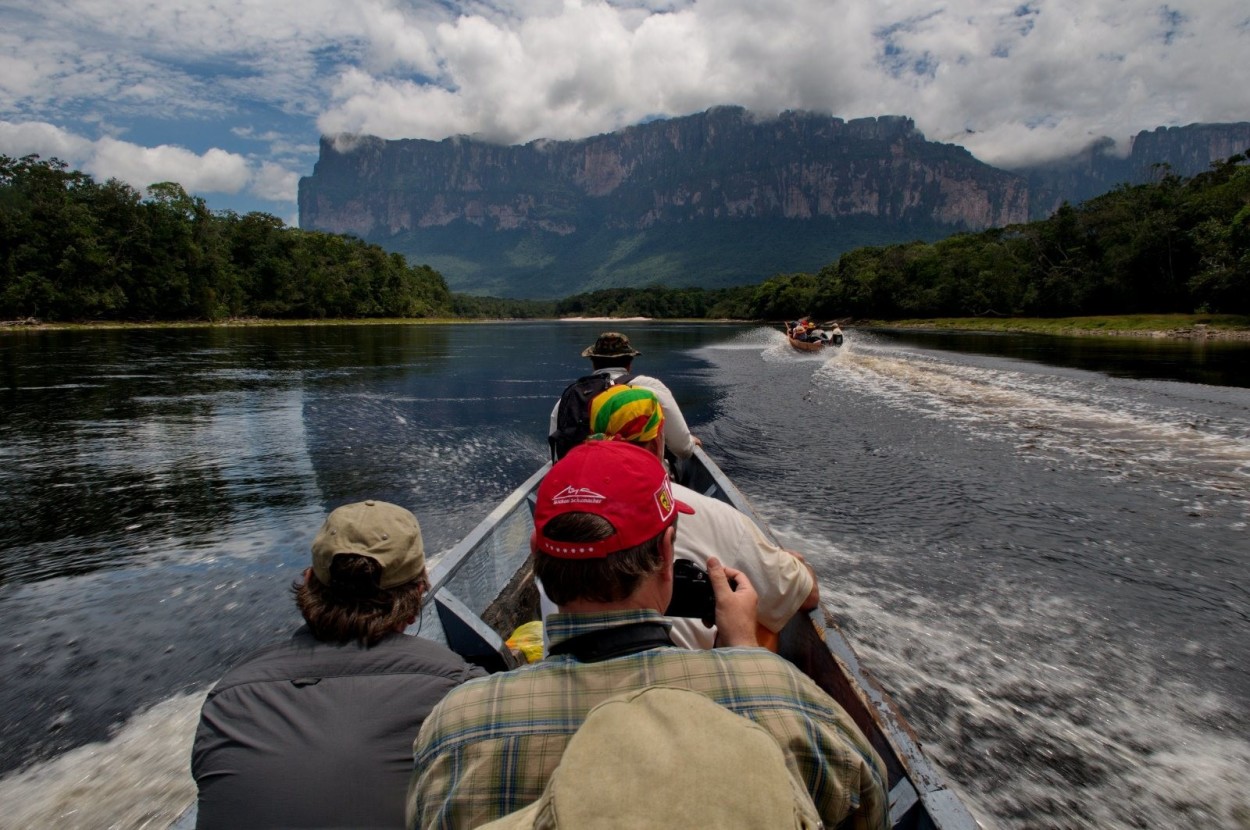
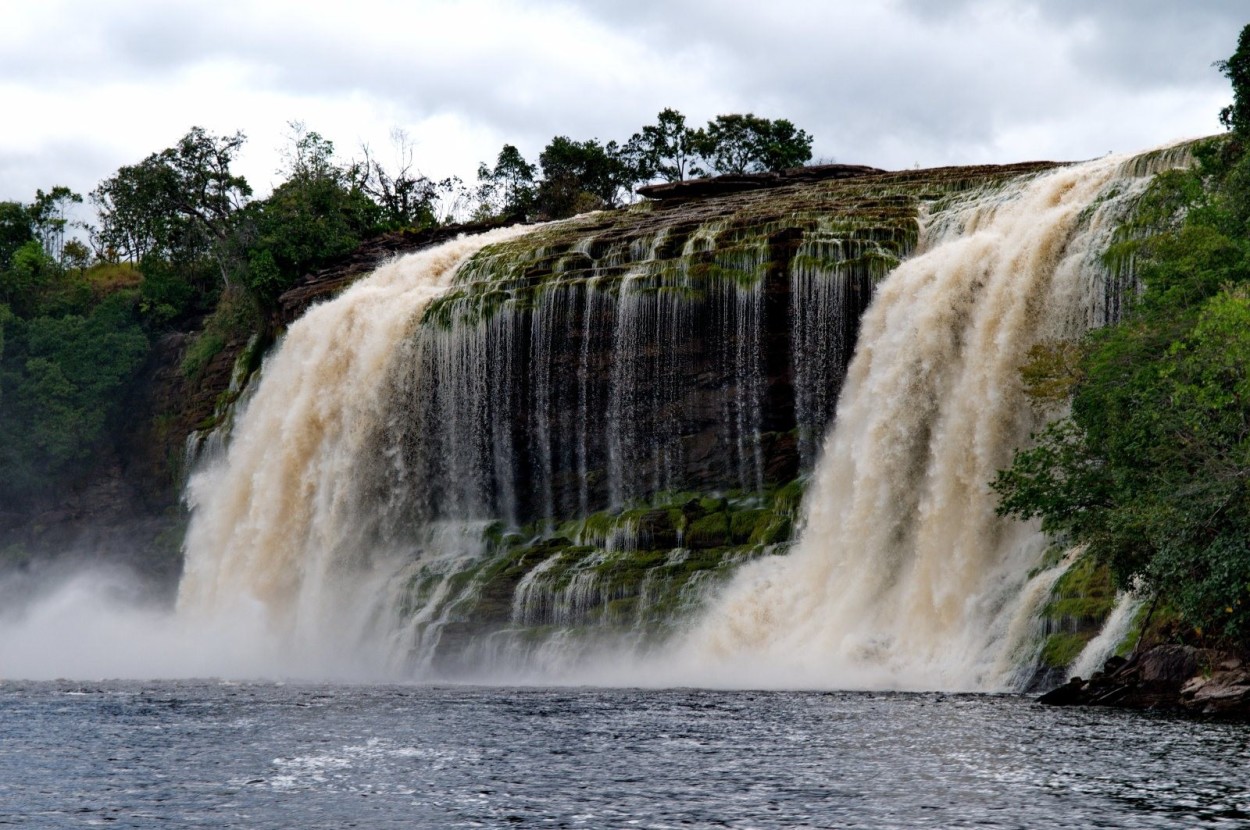
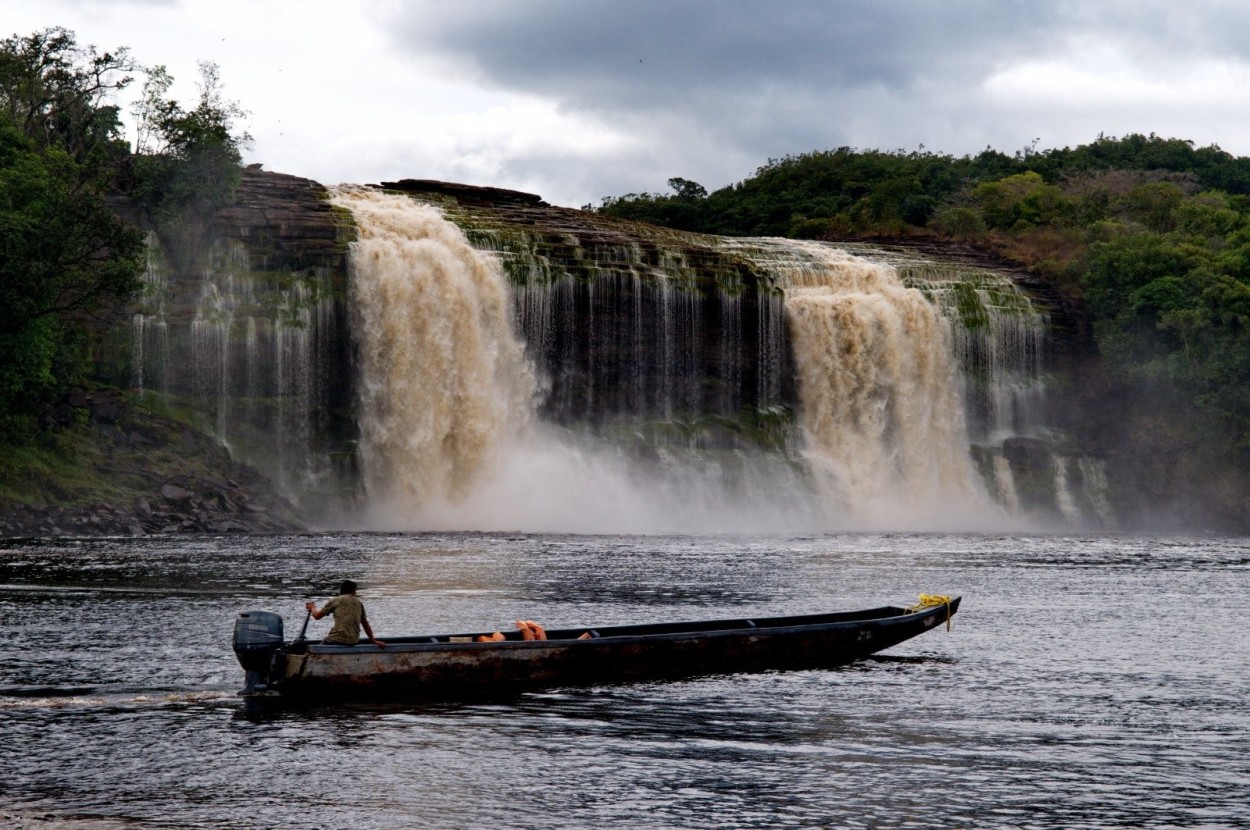
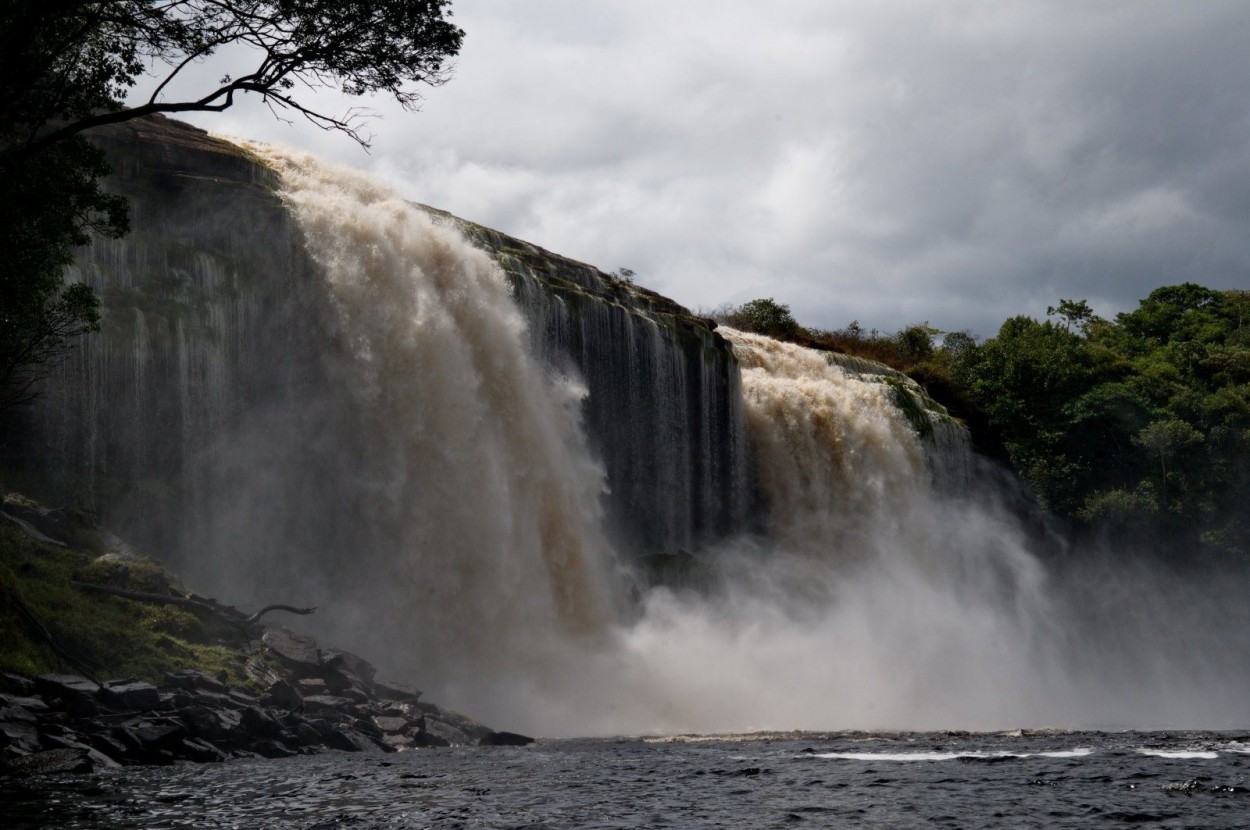
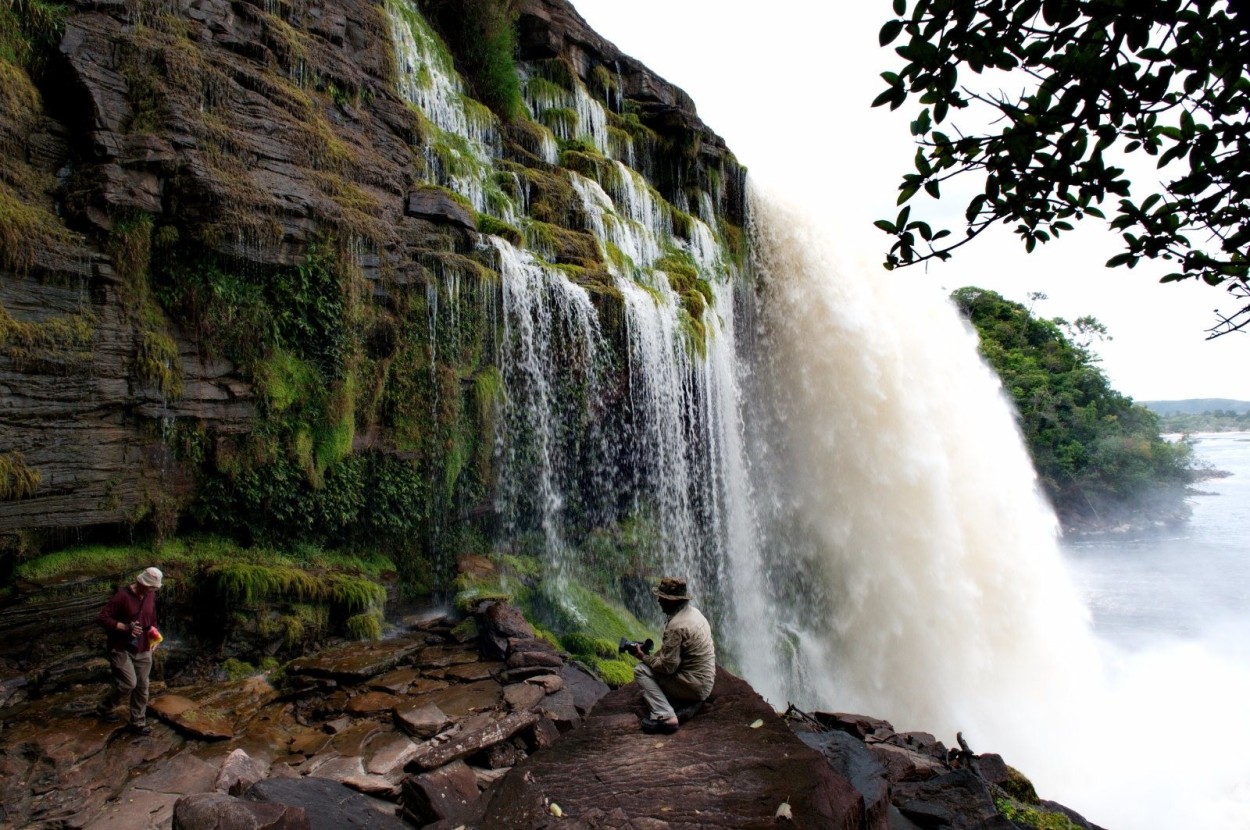

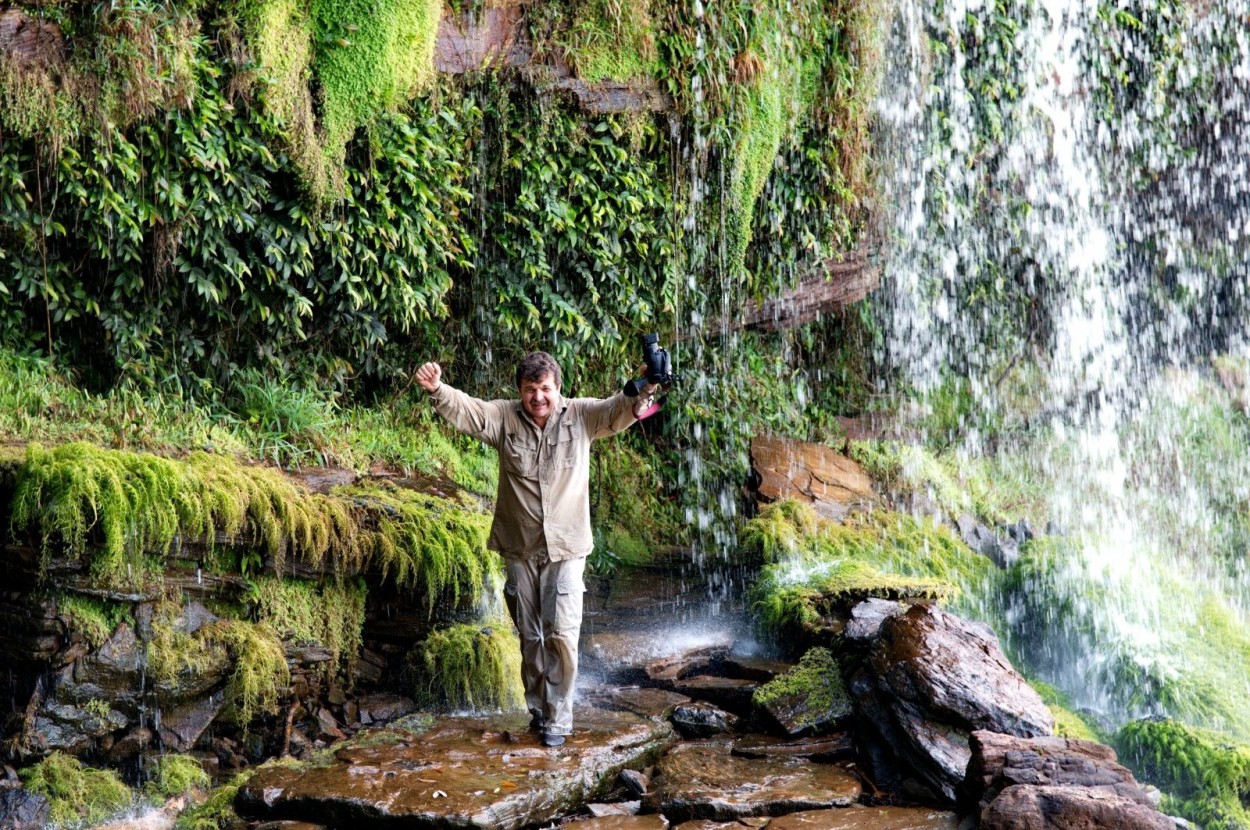
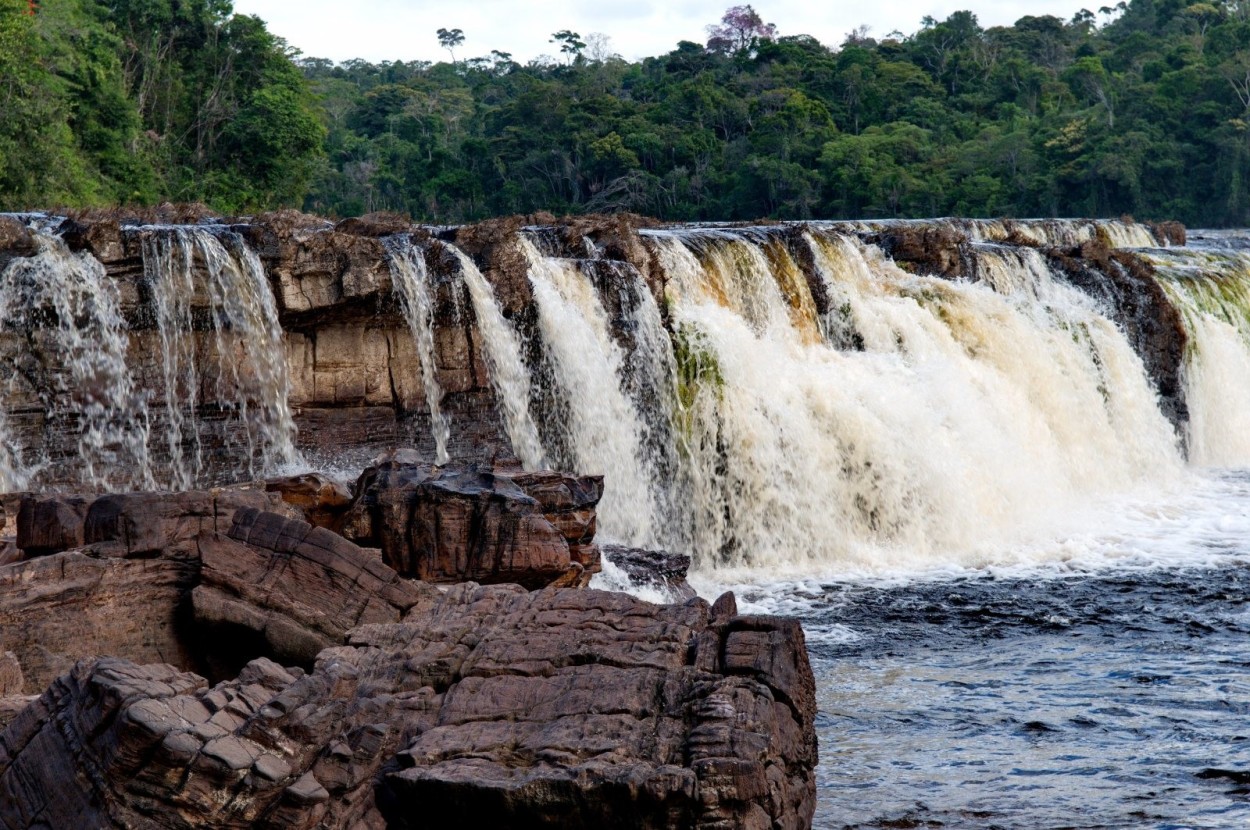
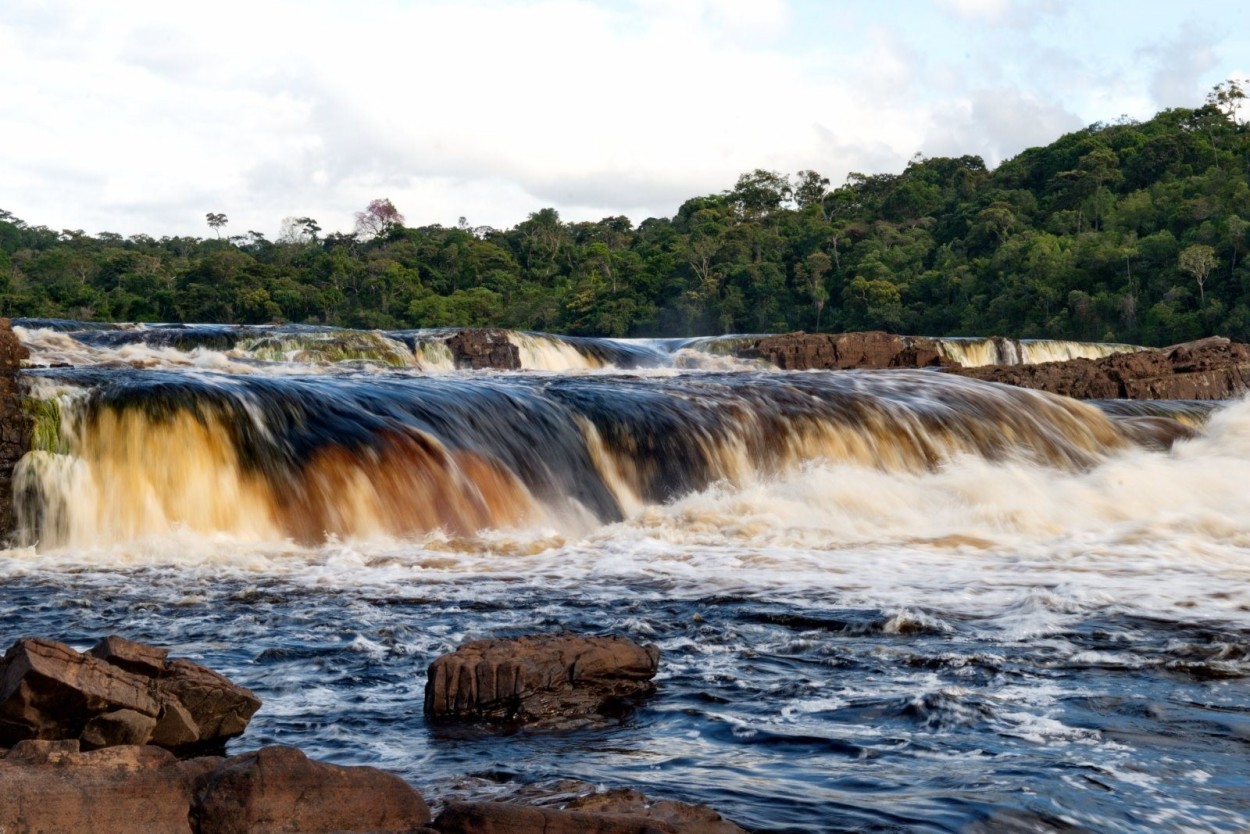
Comments
The post has no comments at the moment.
Leave Comment